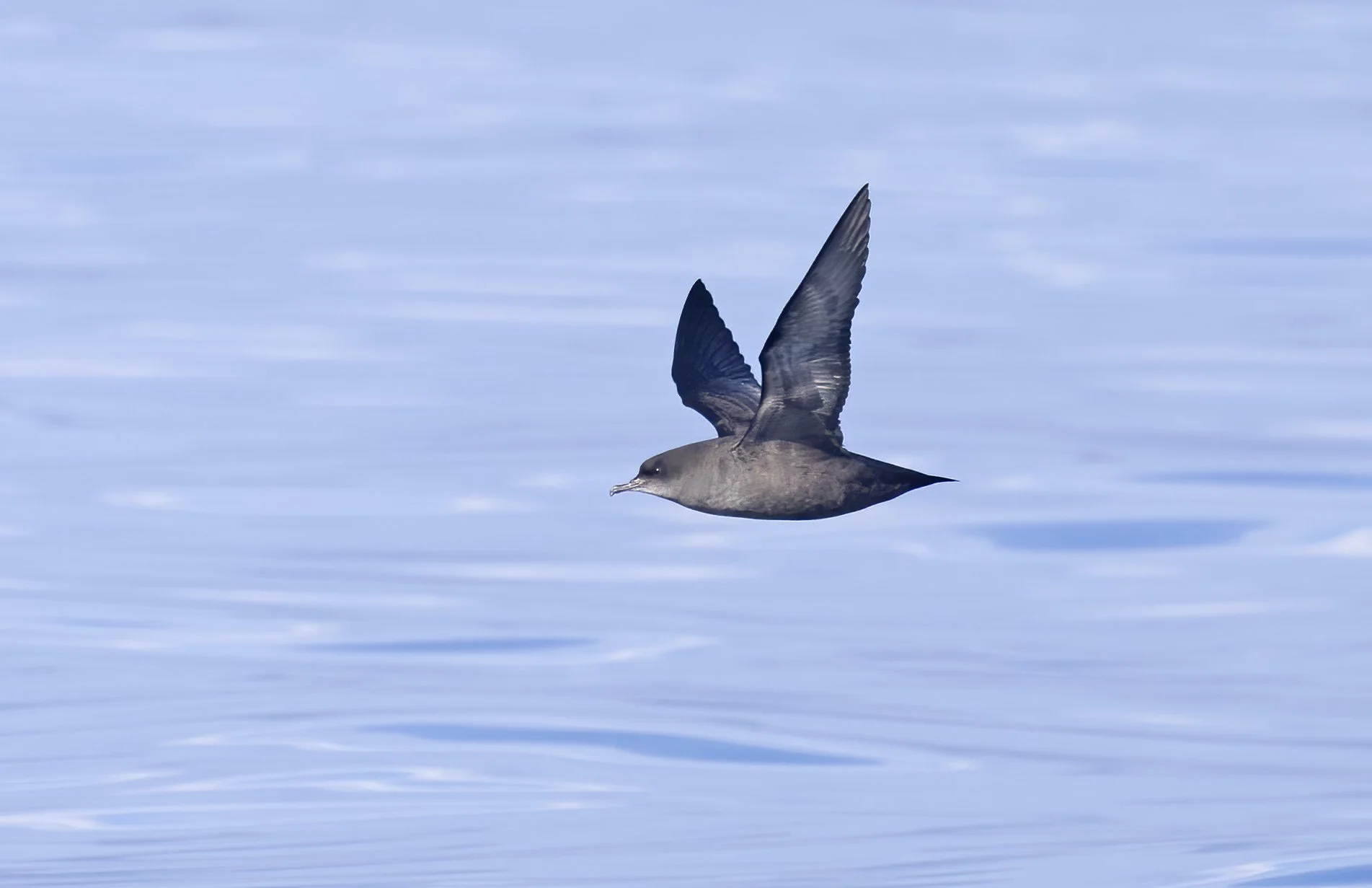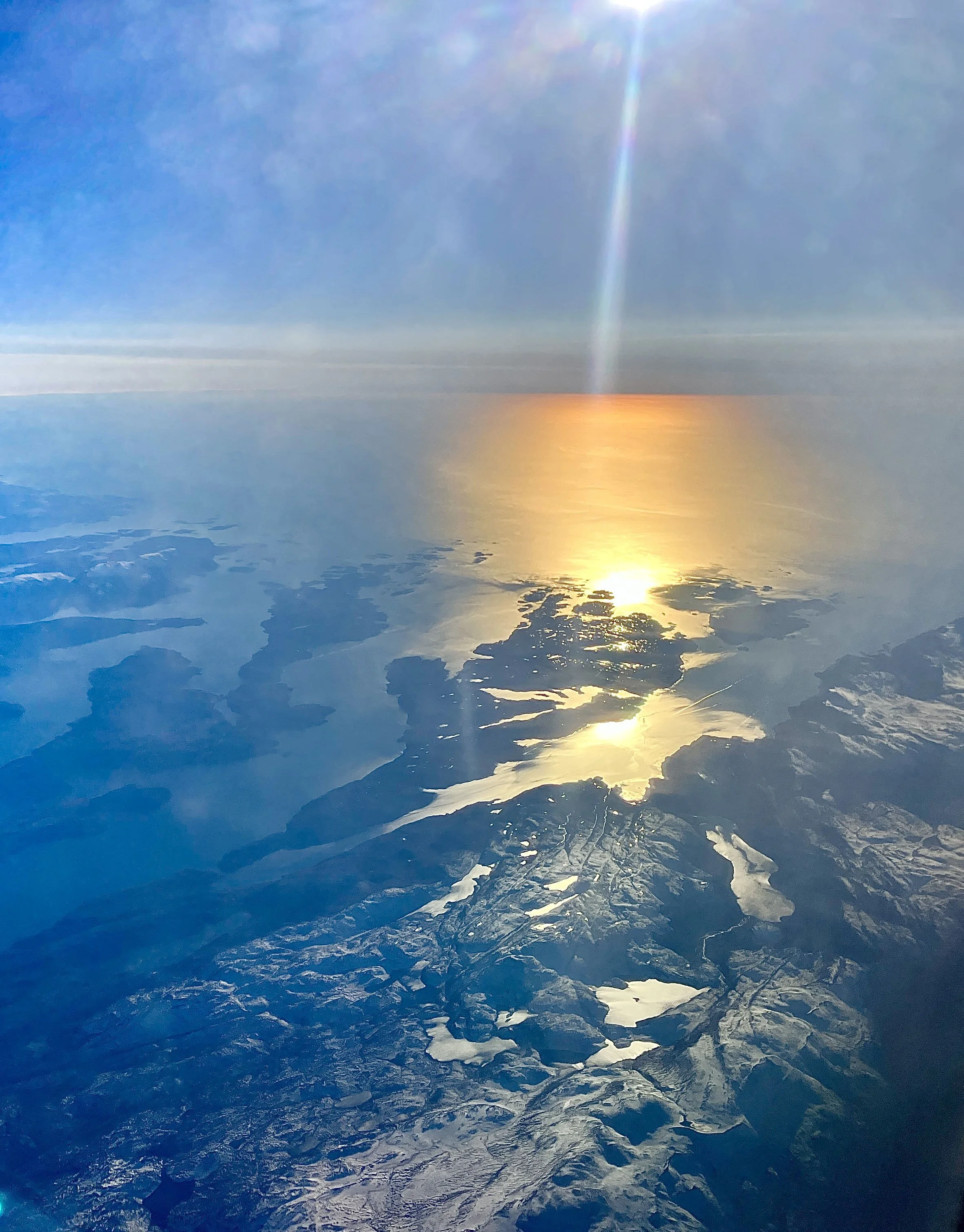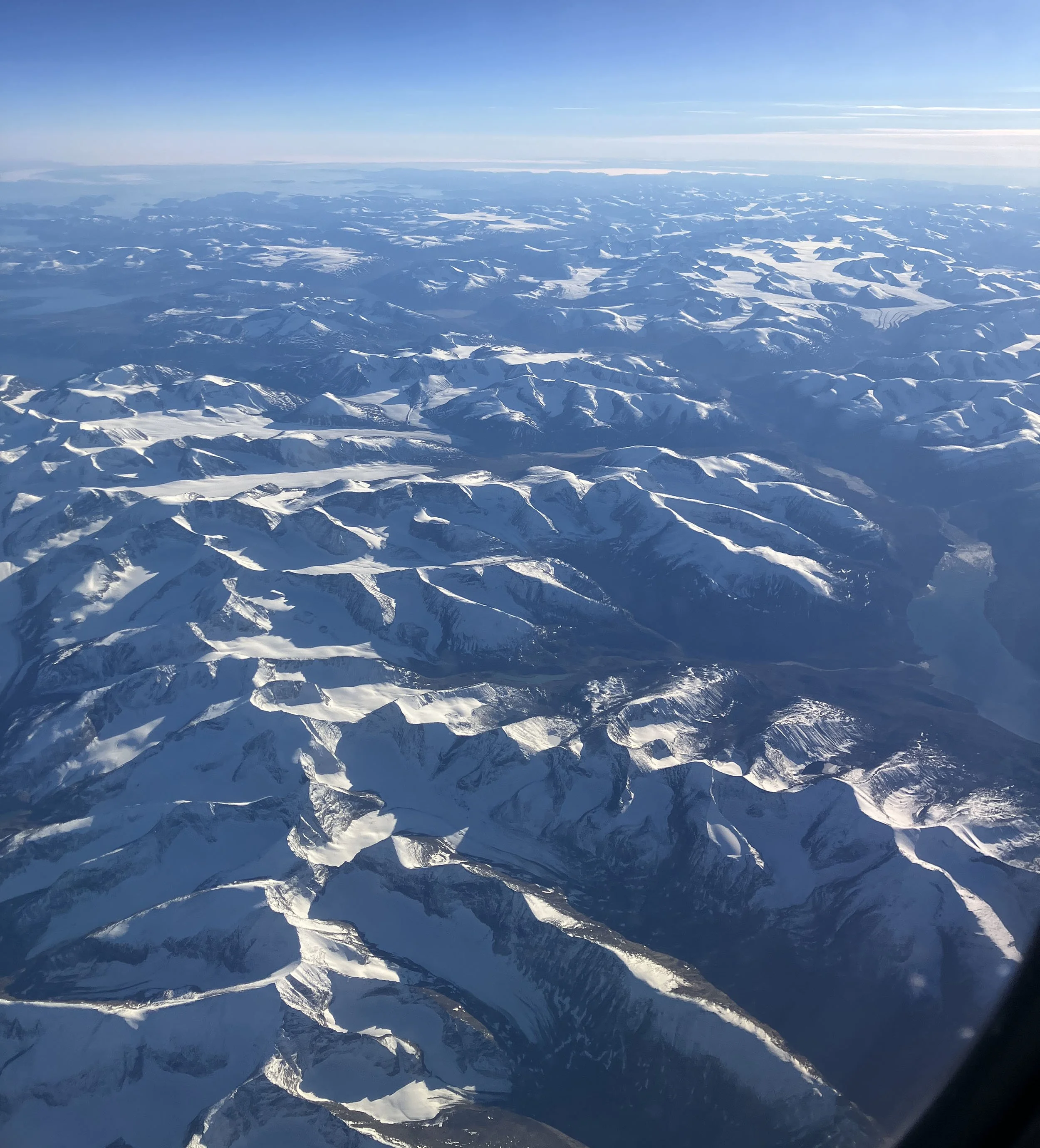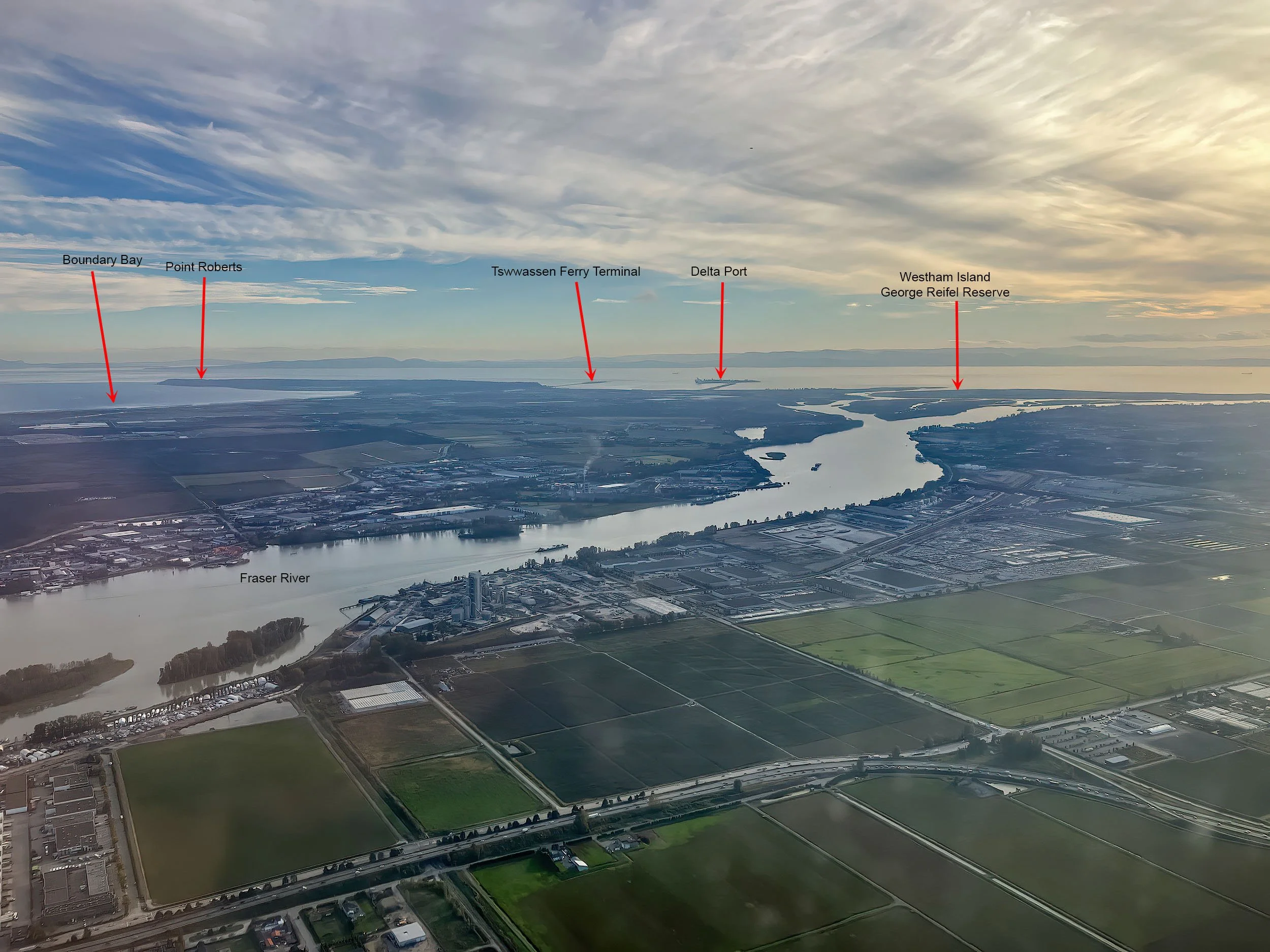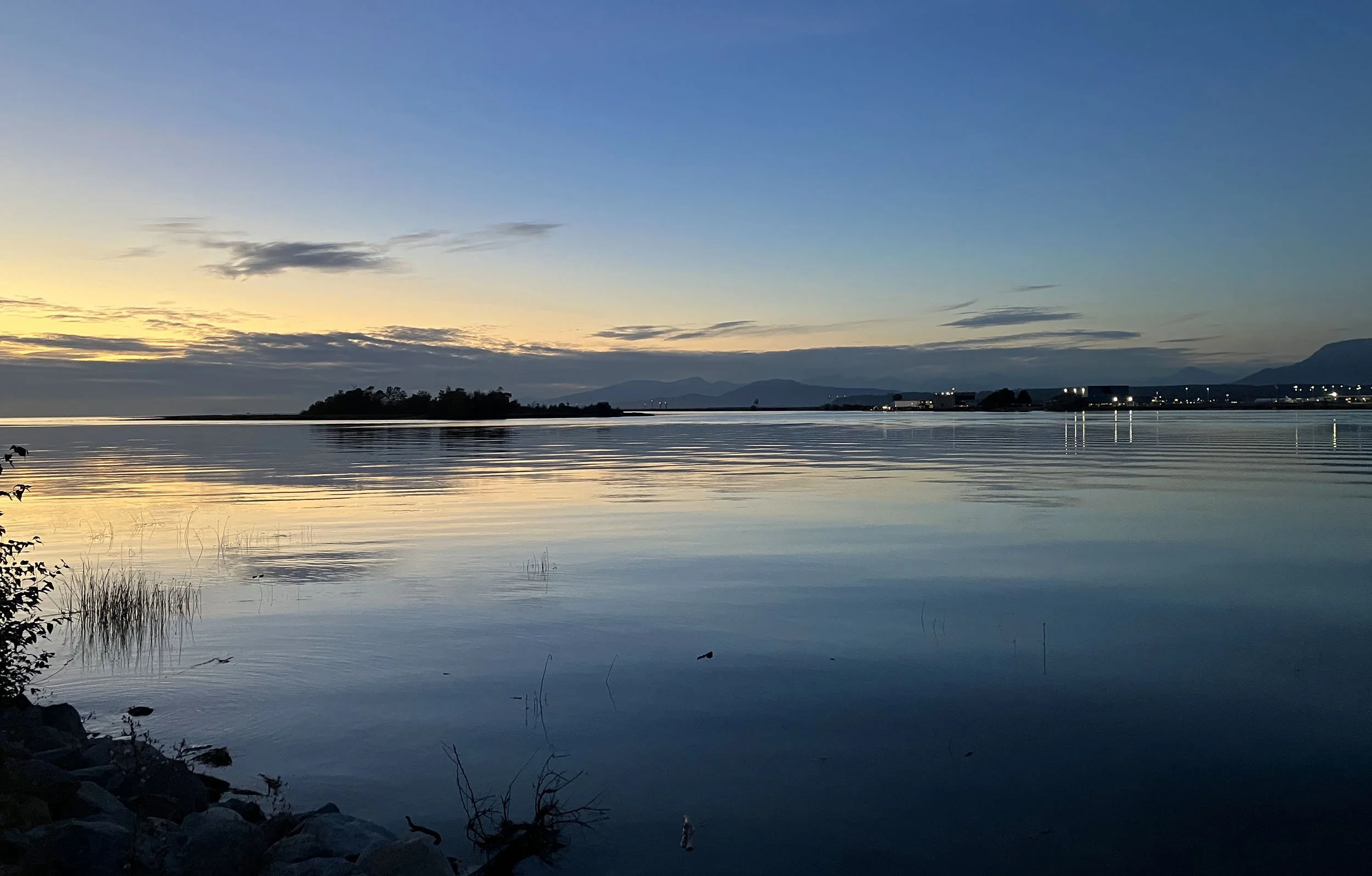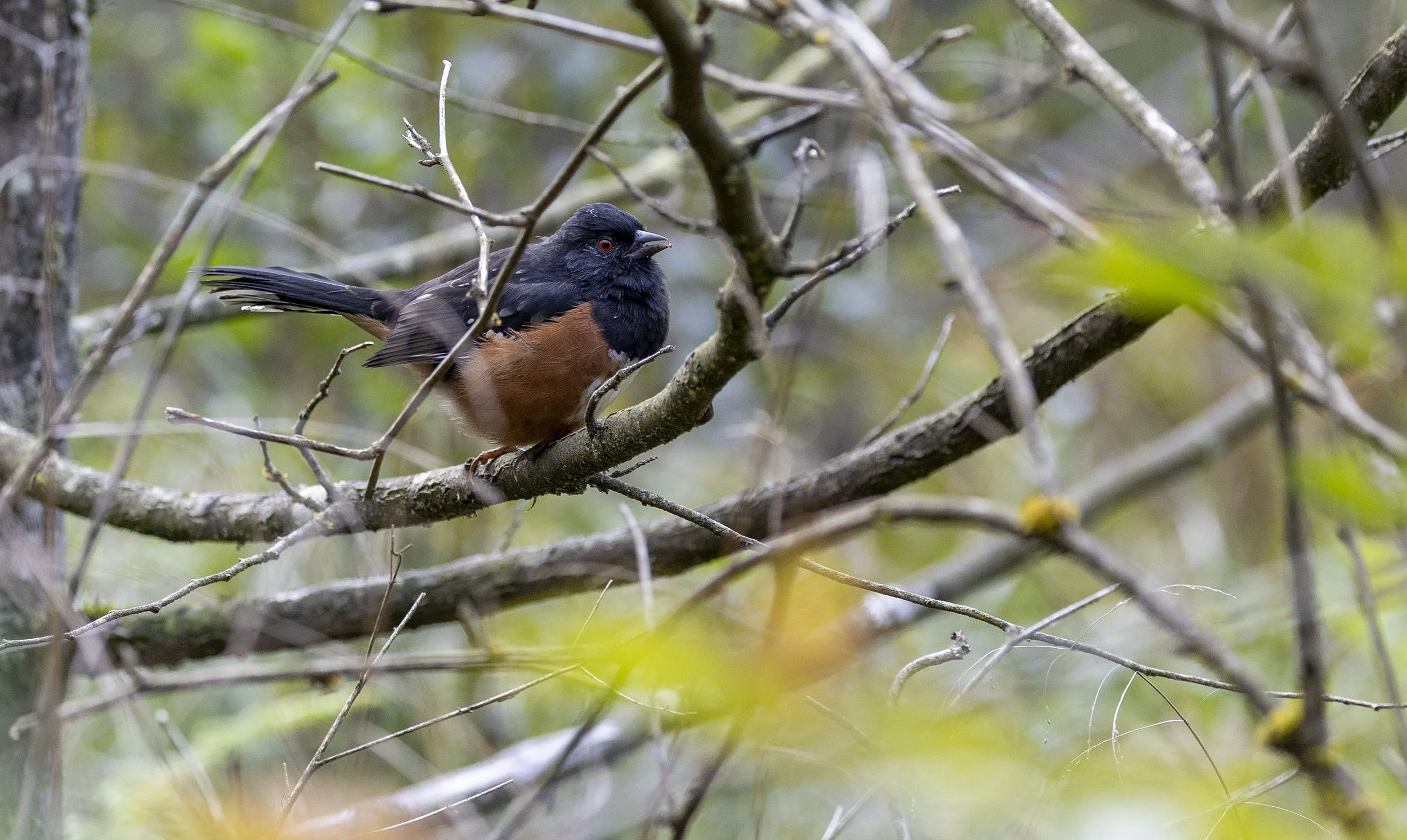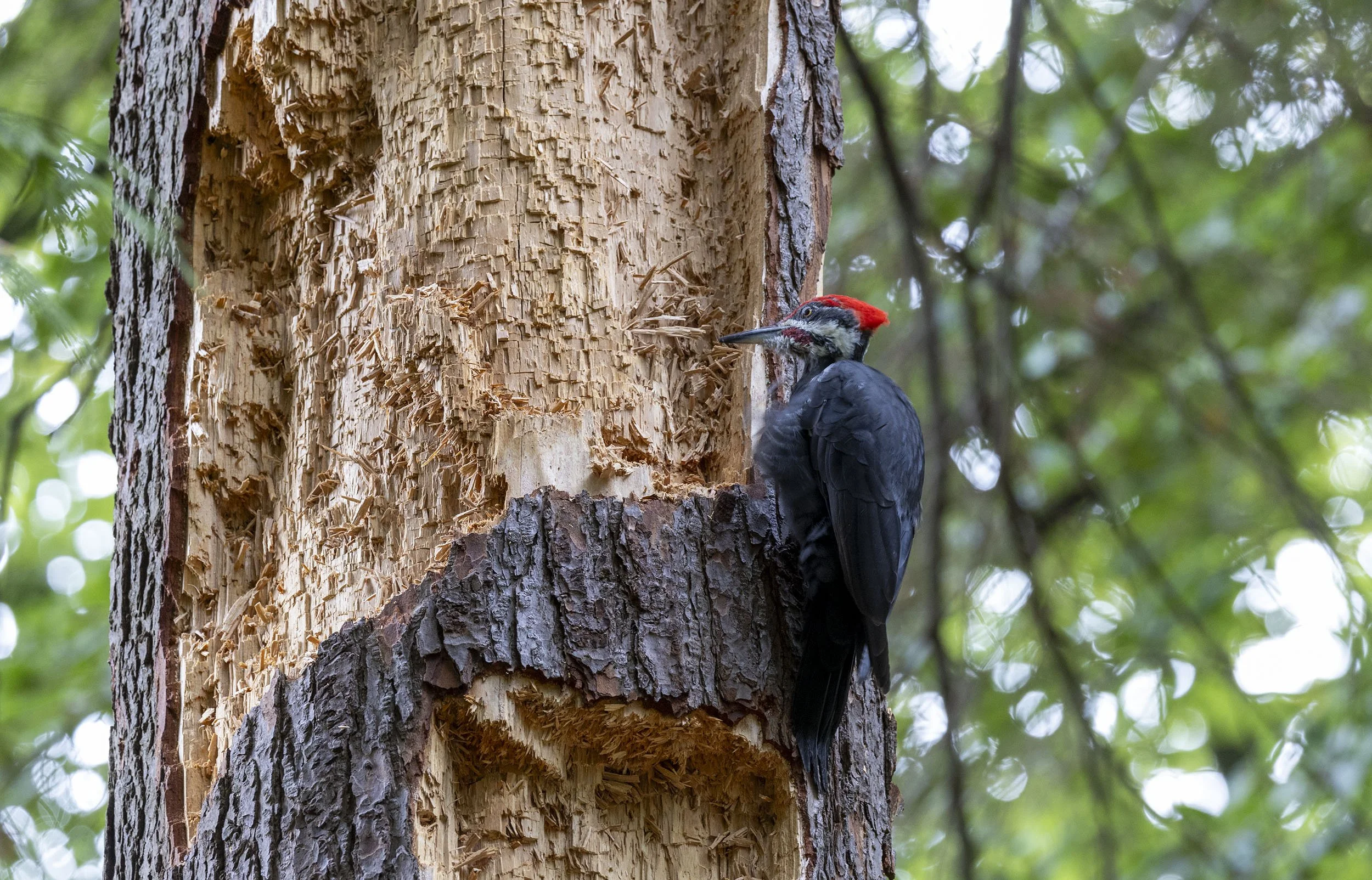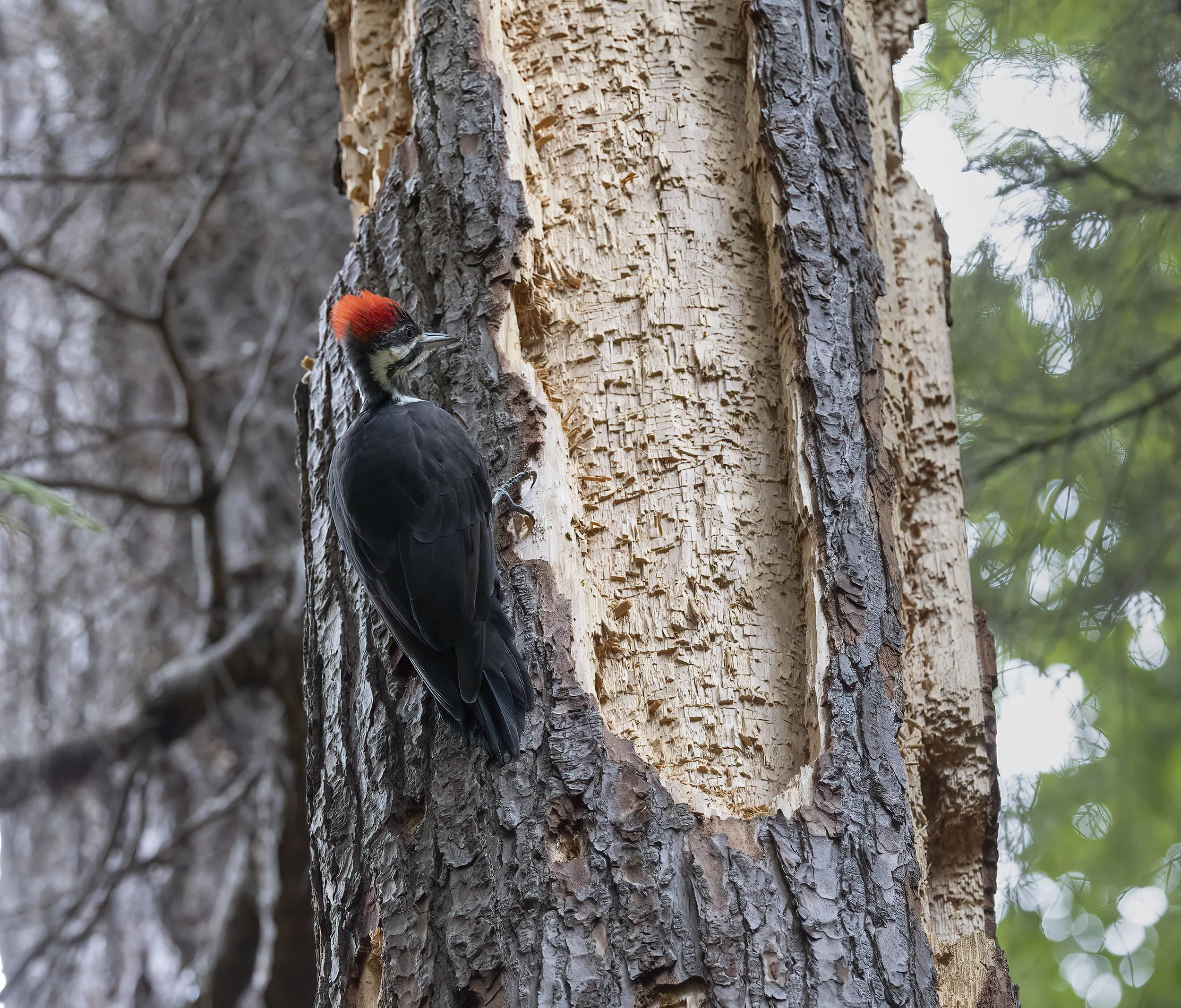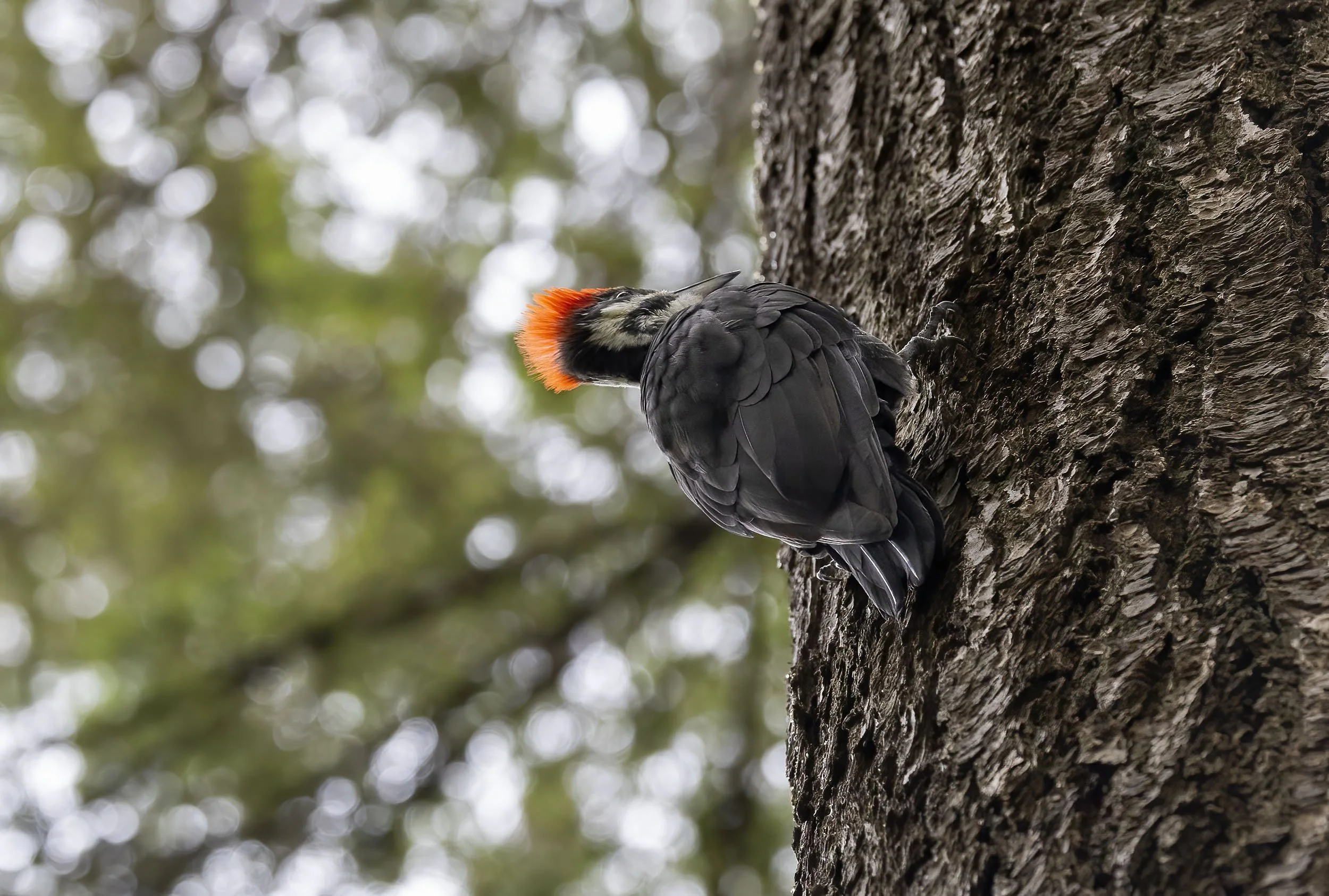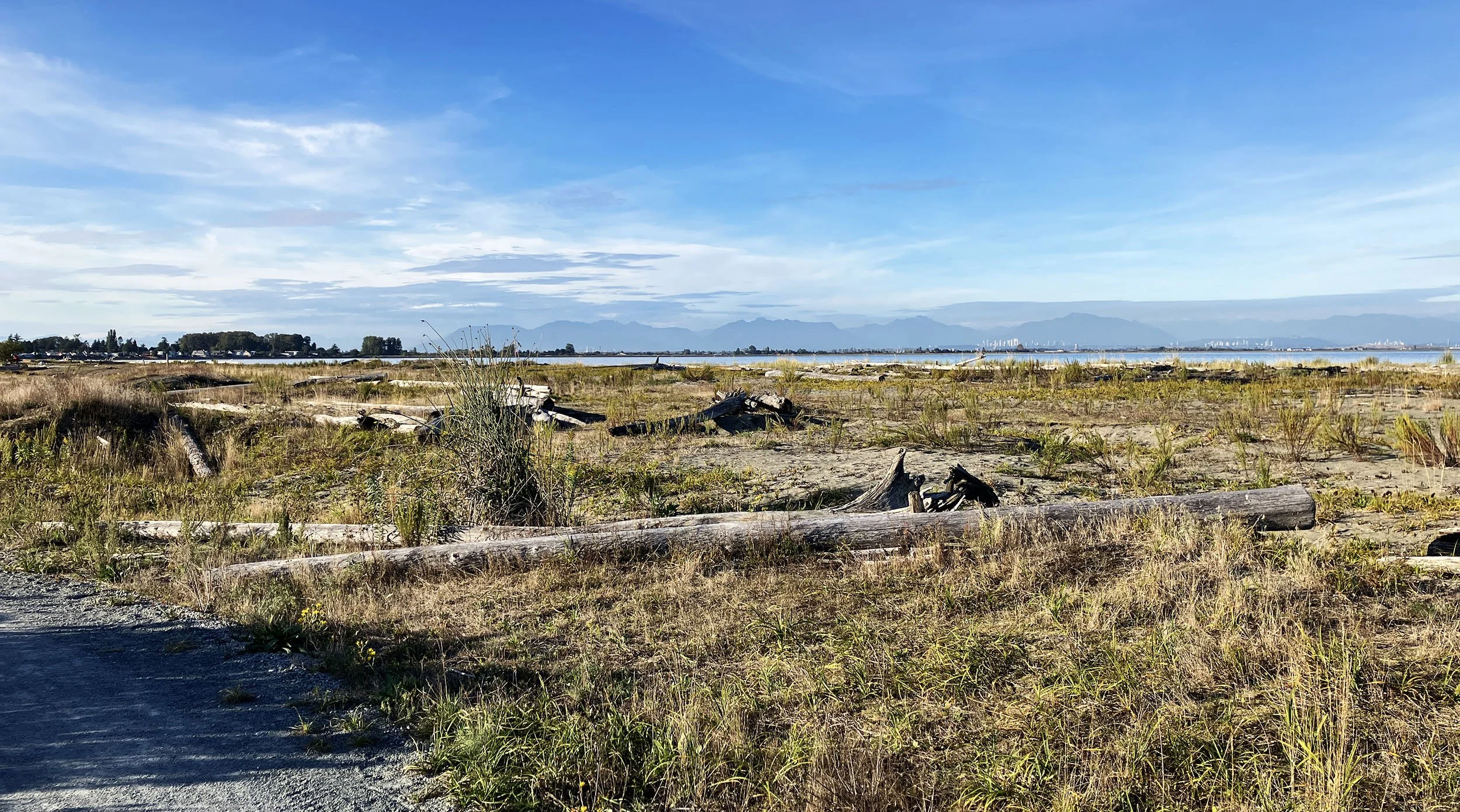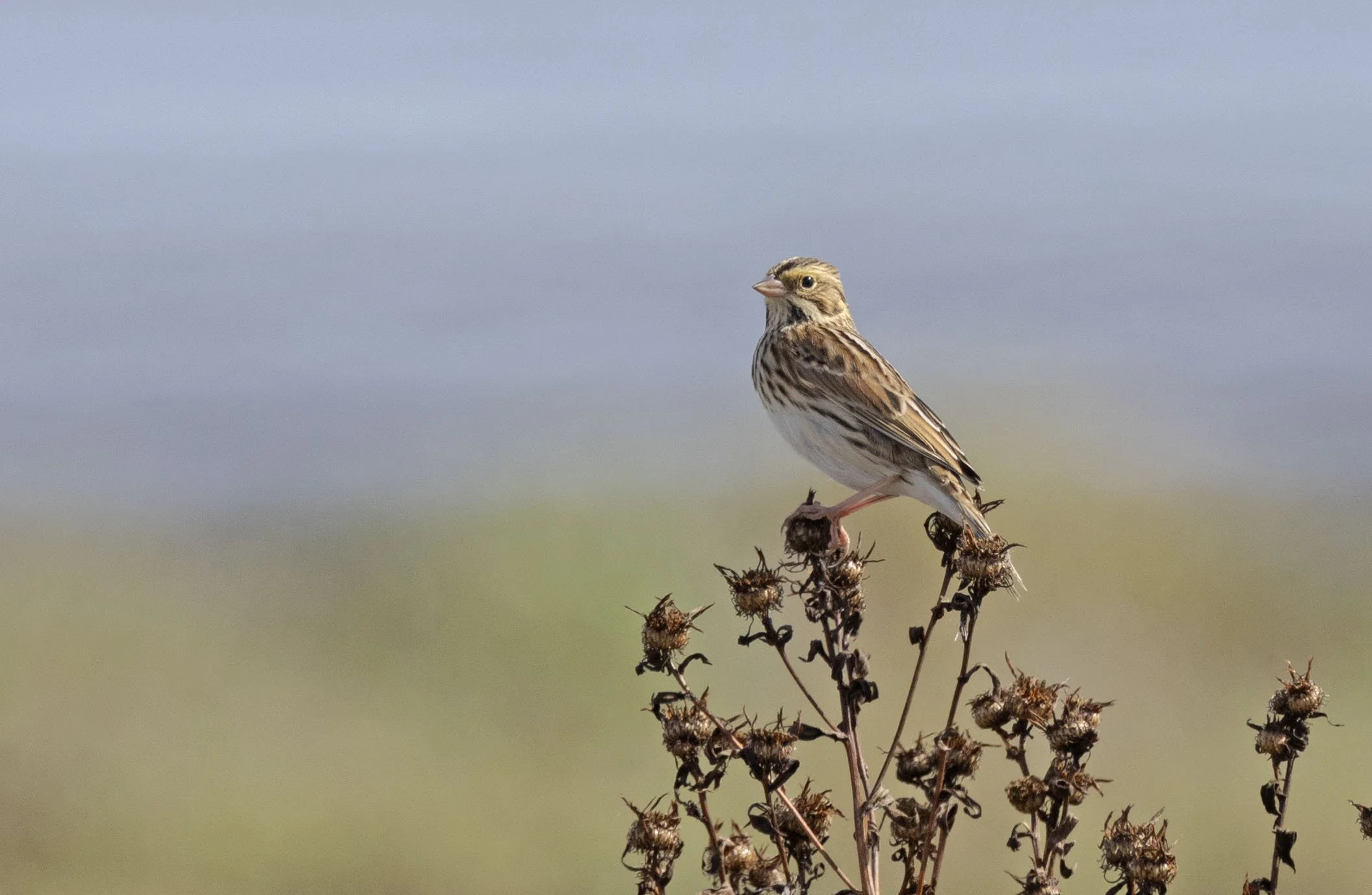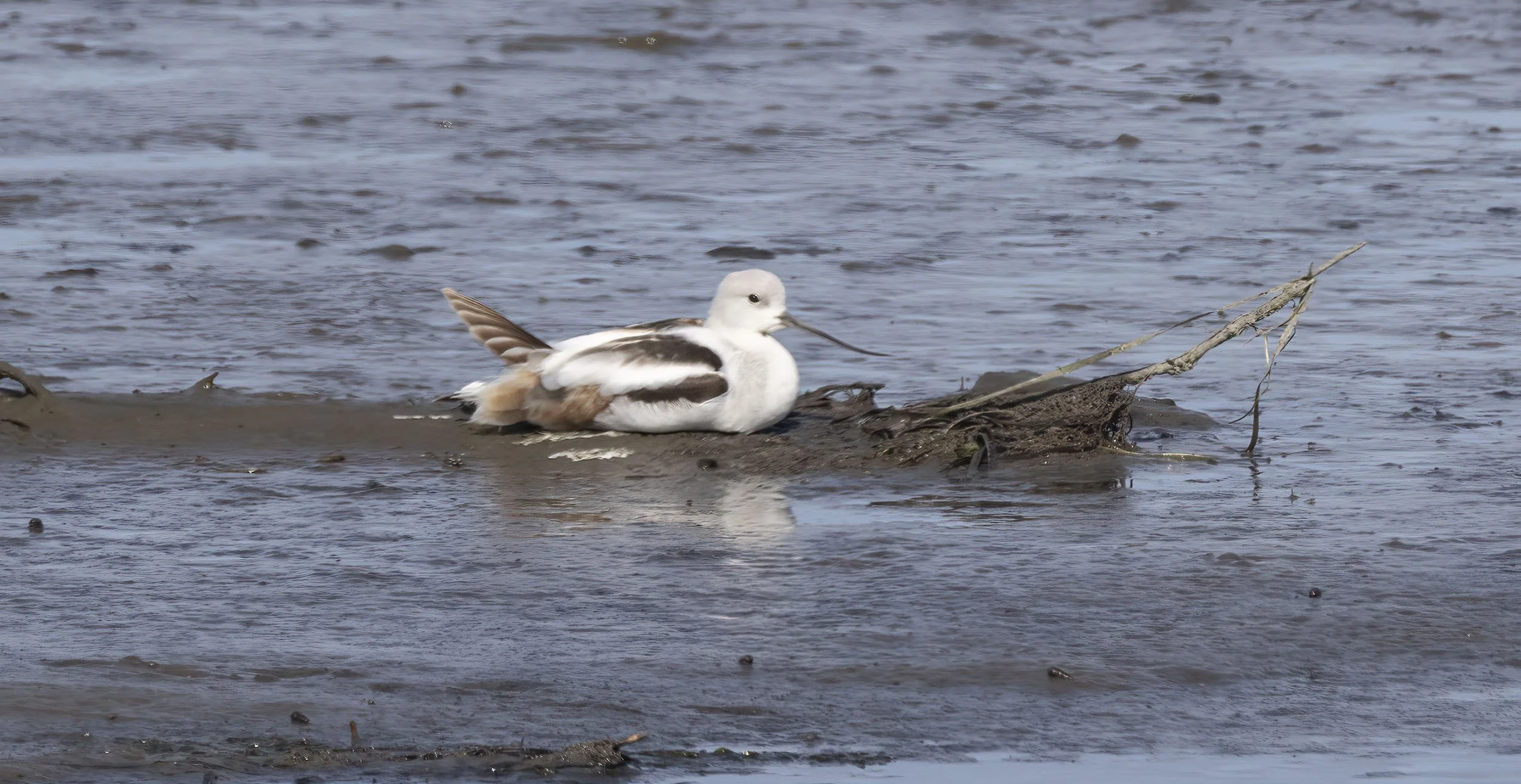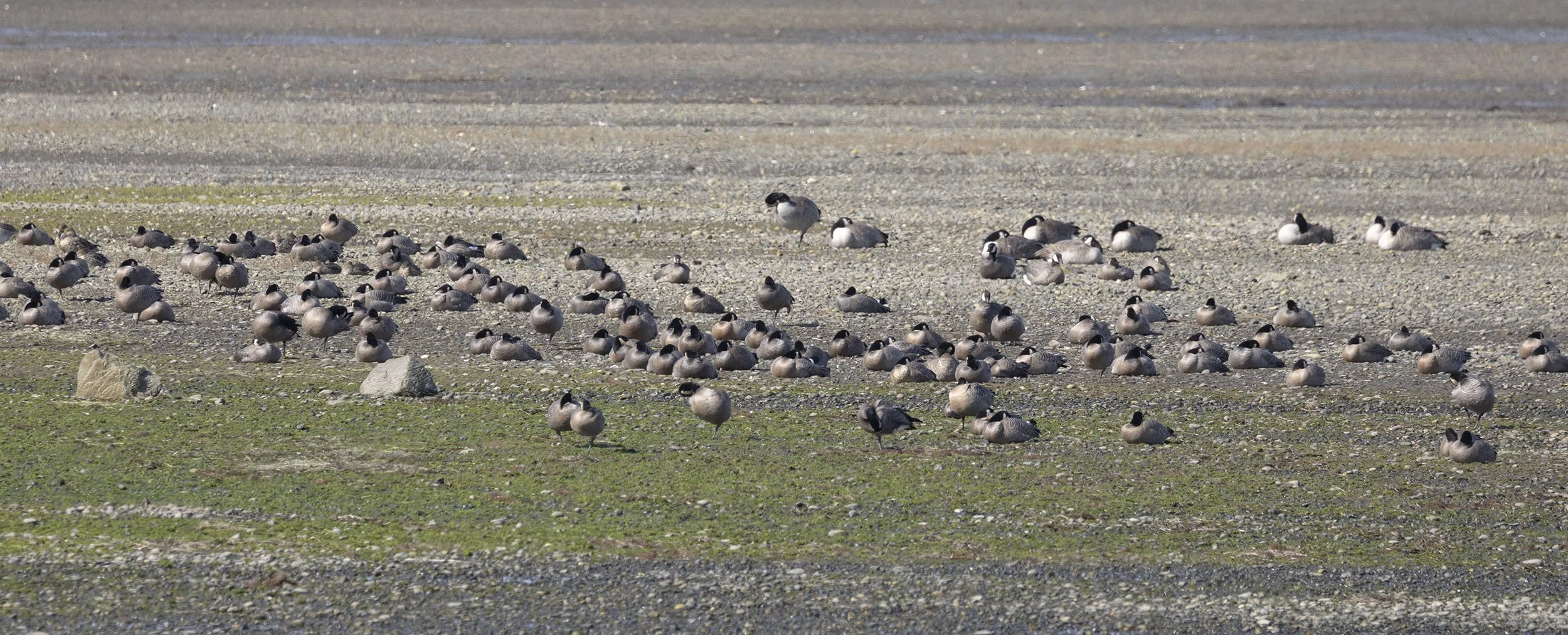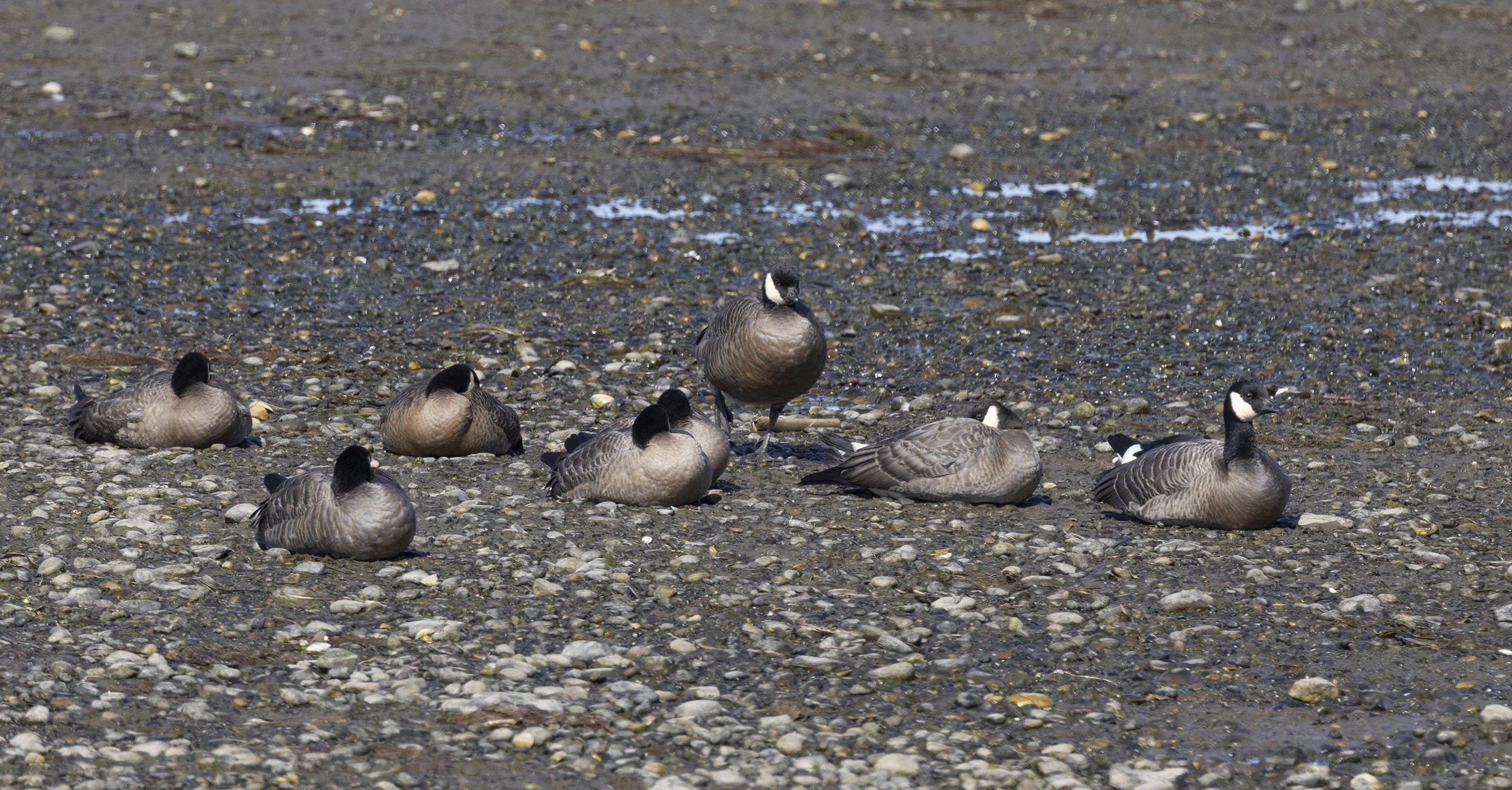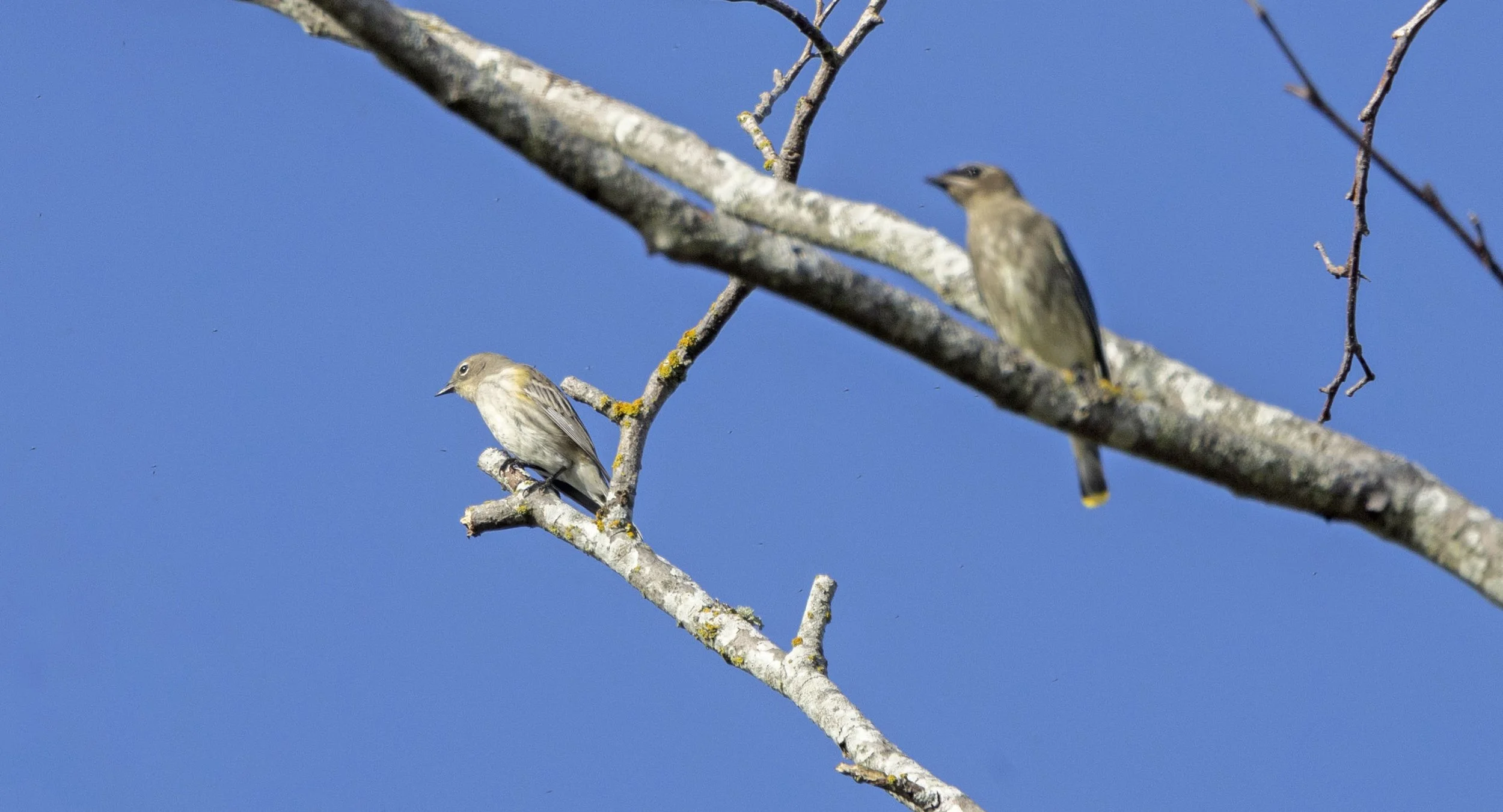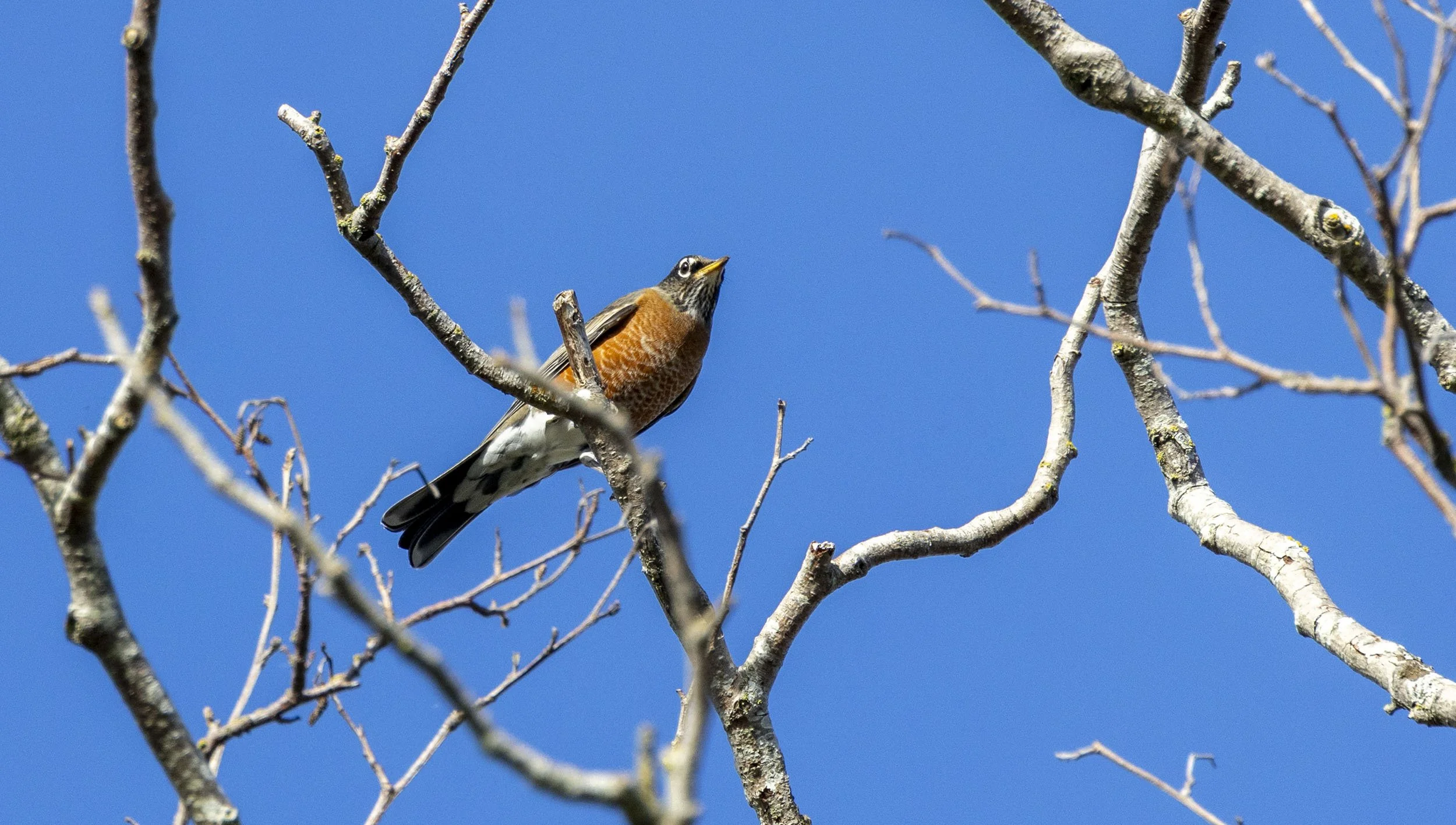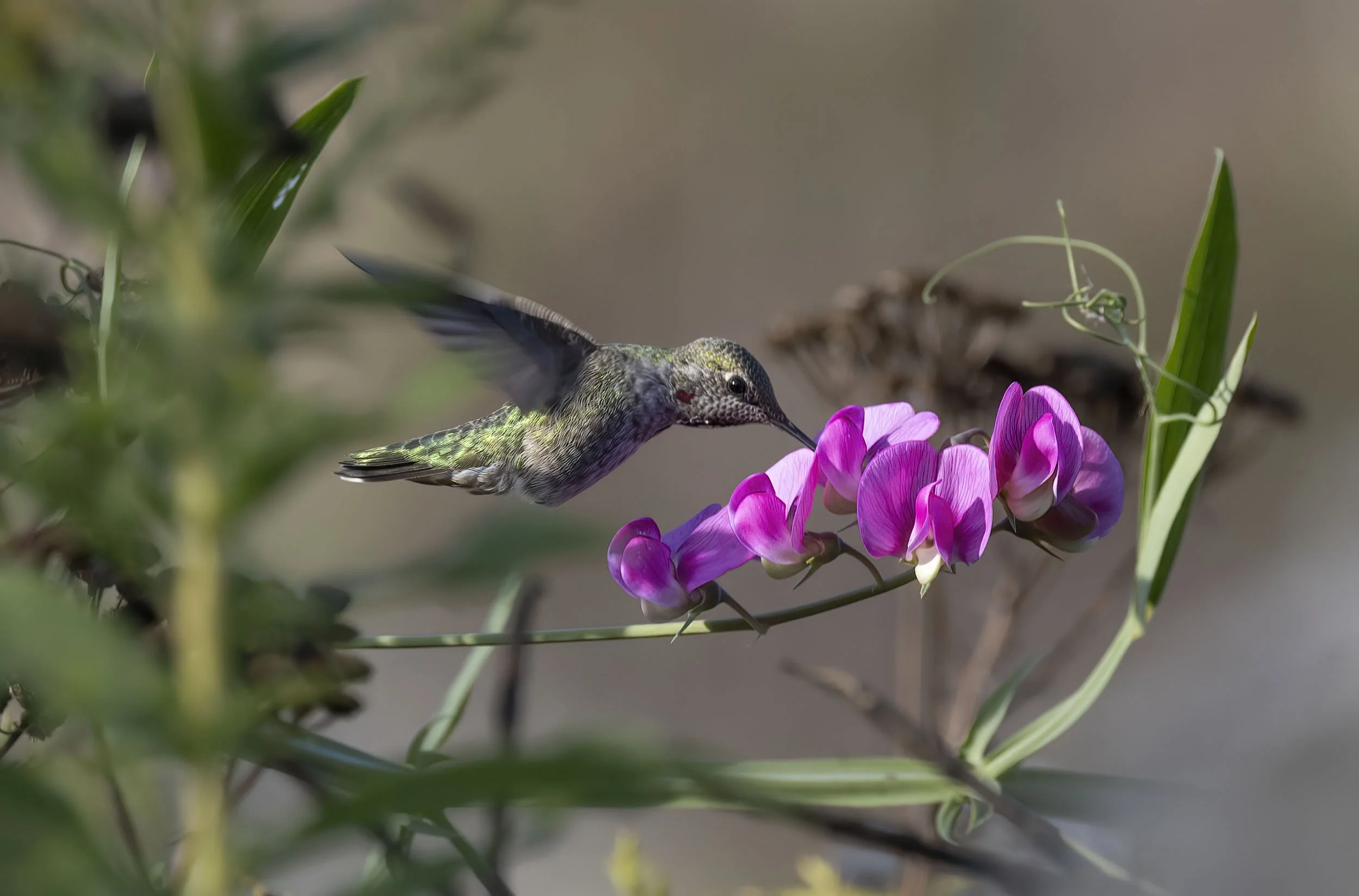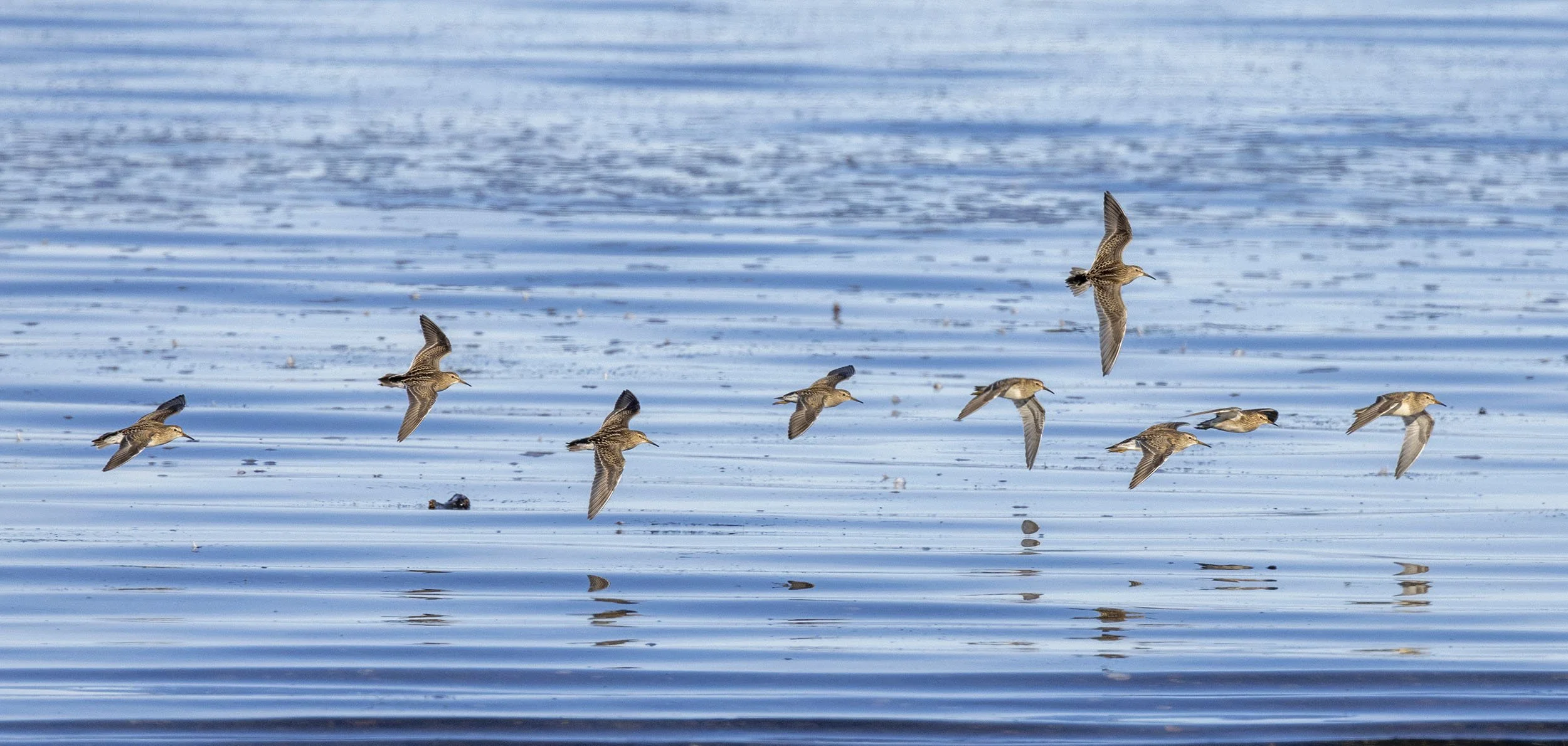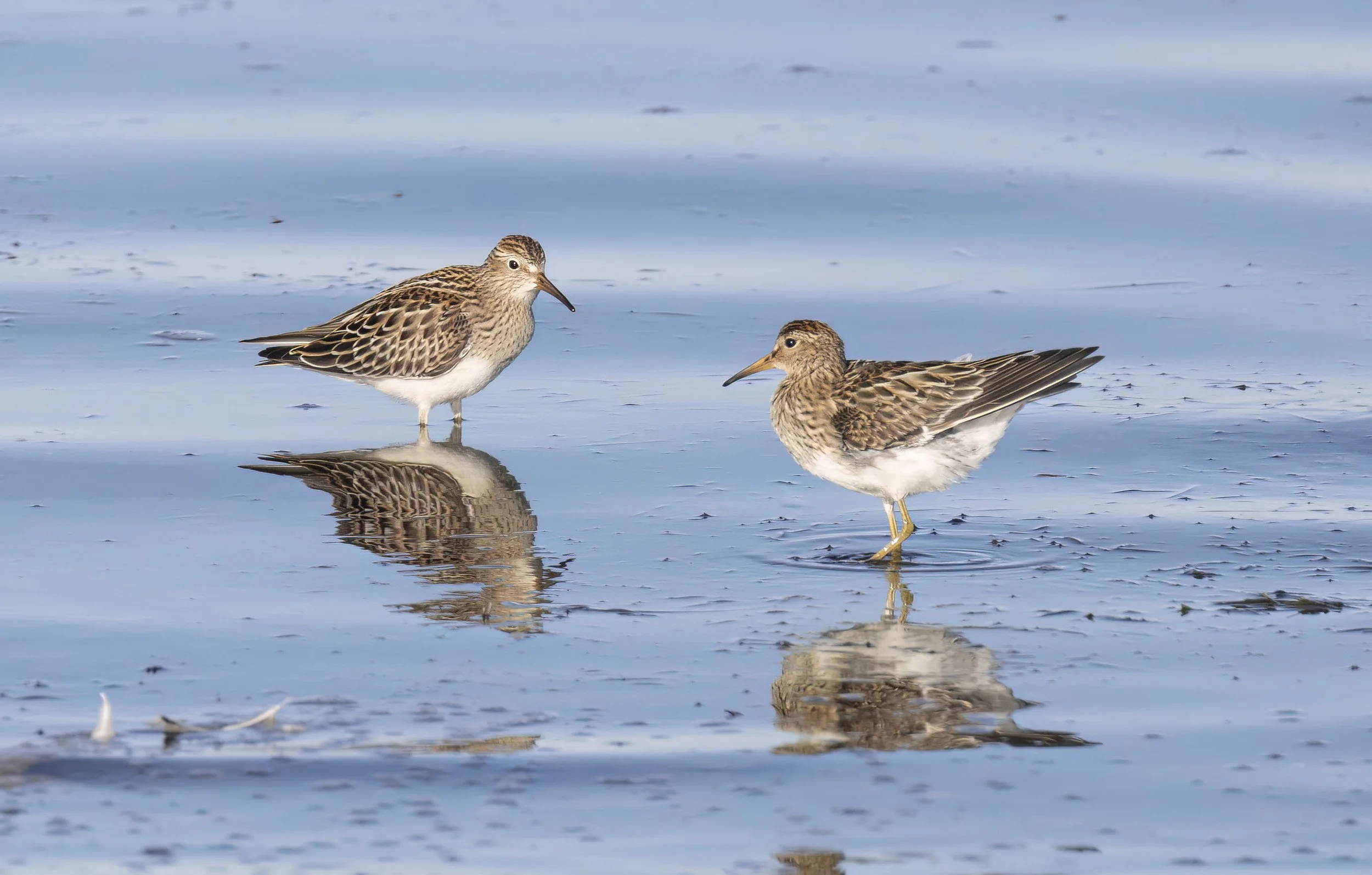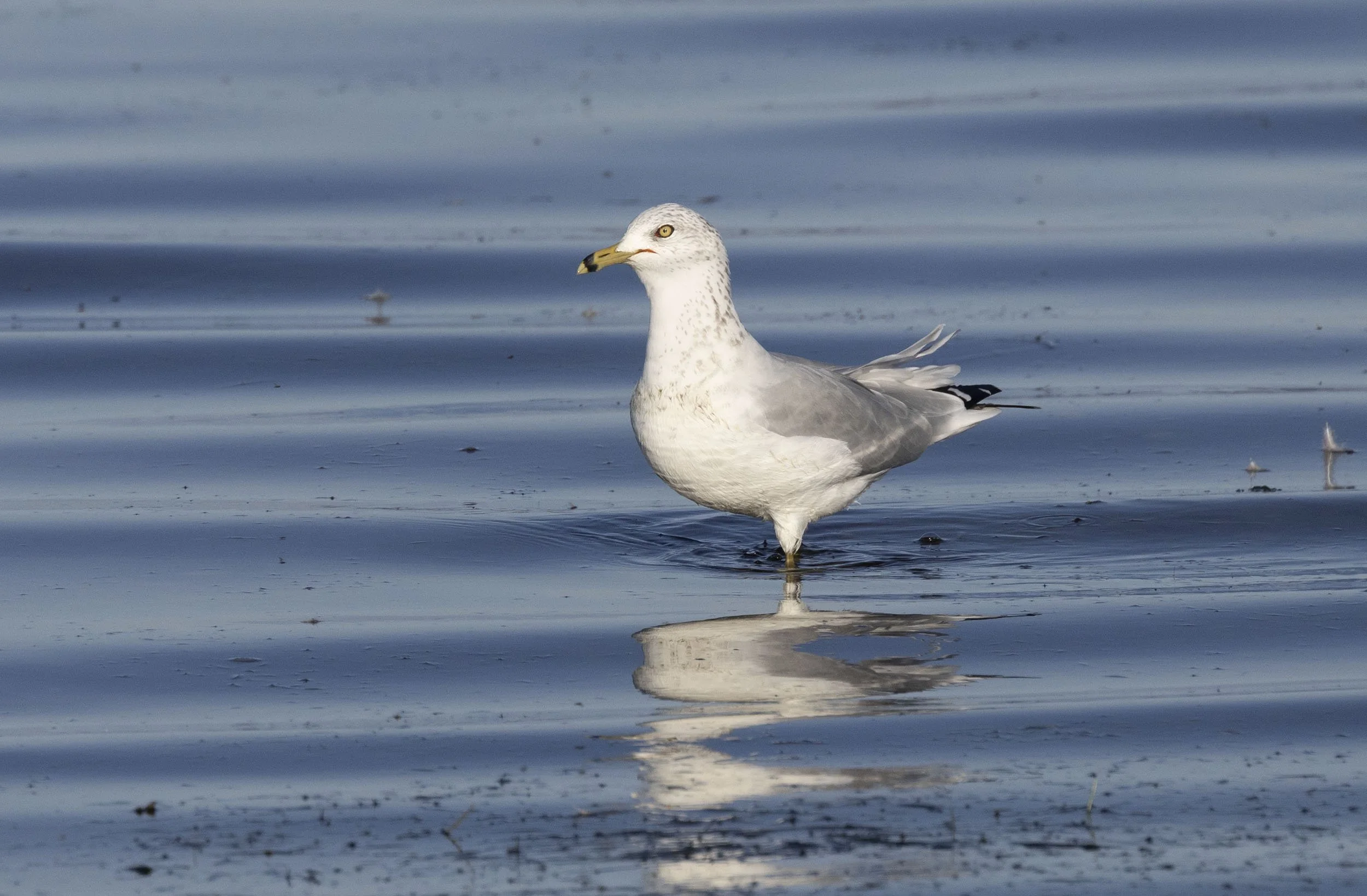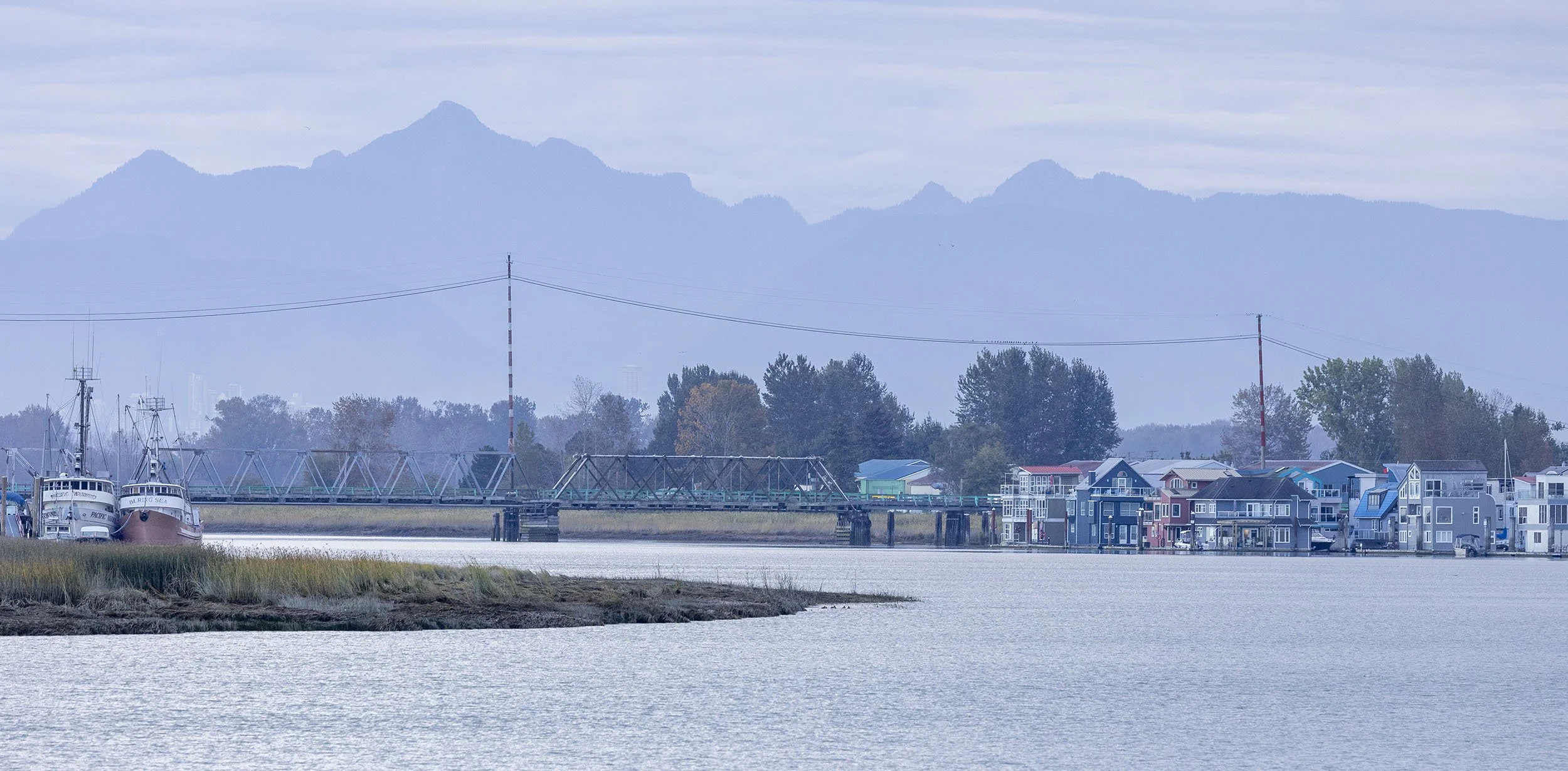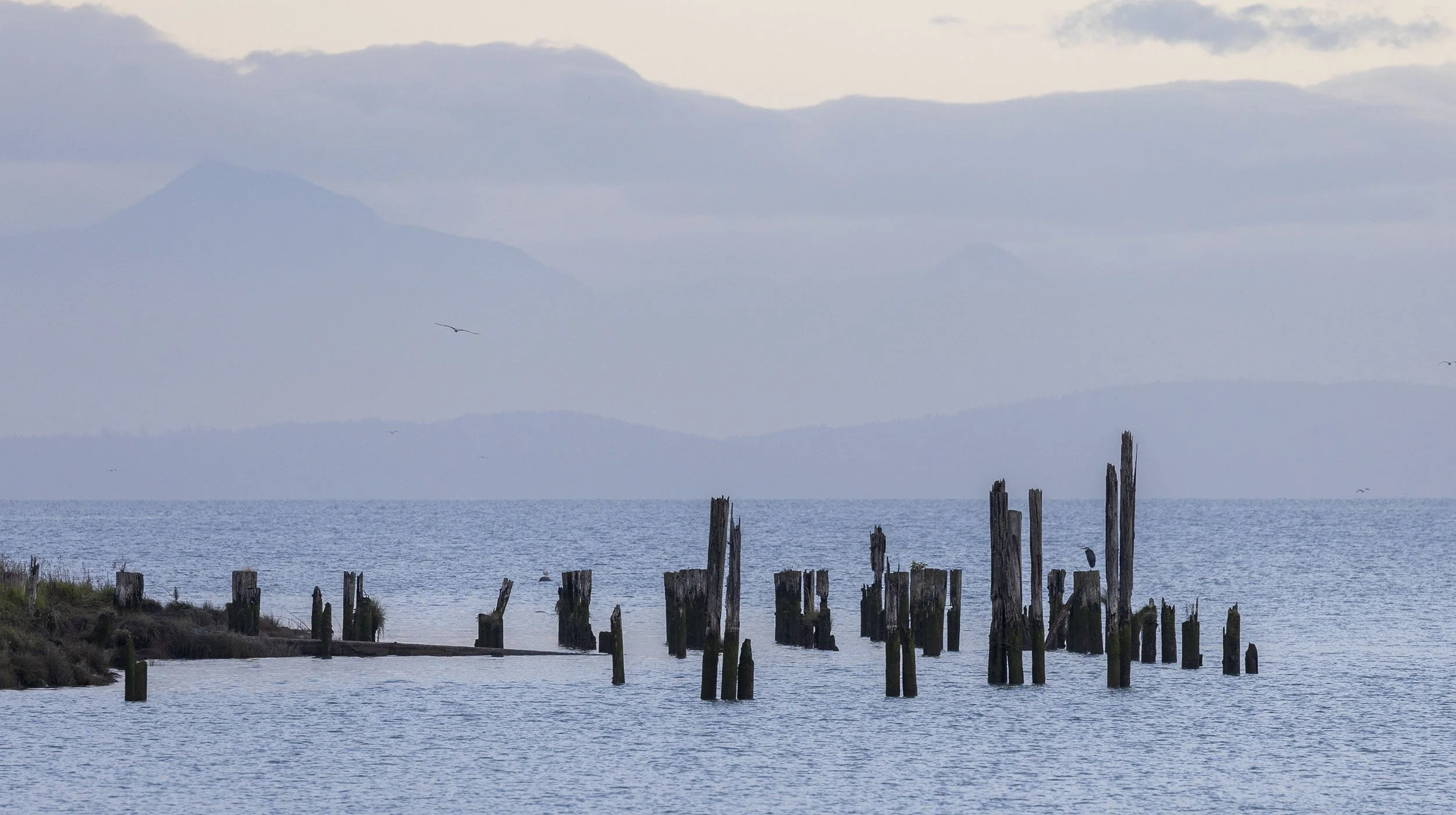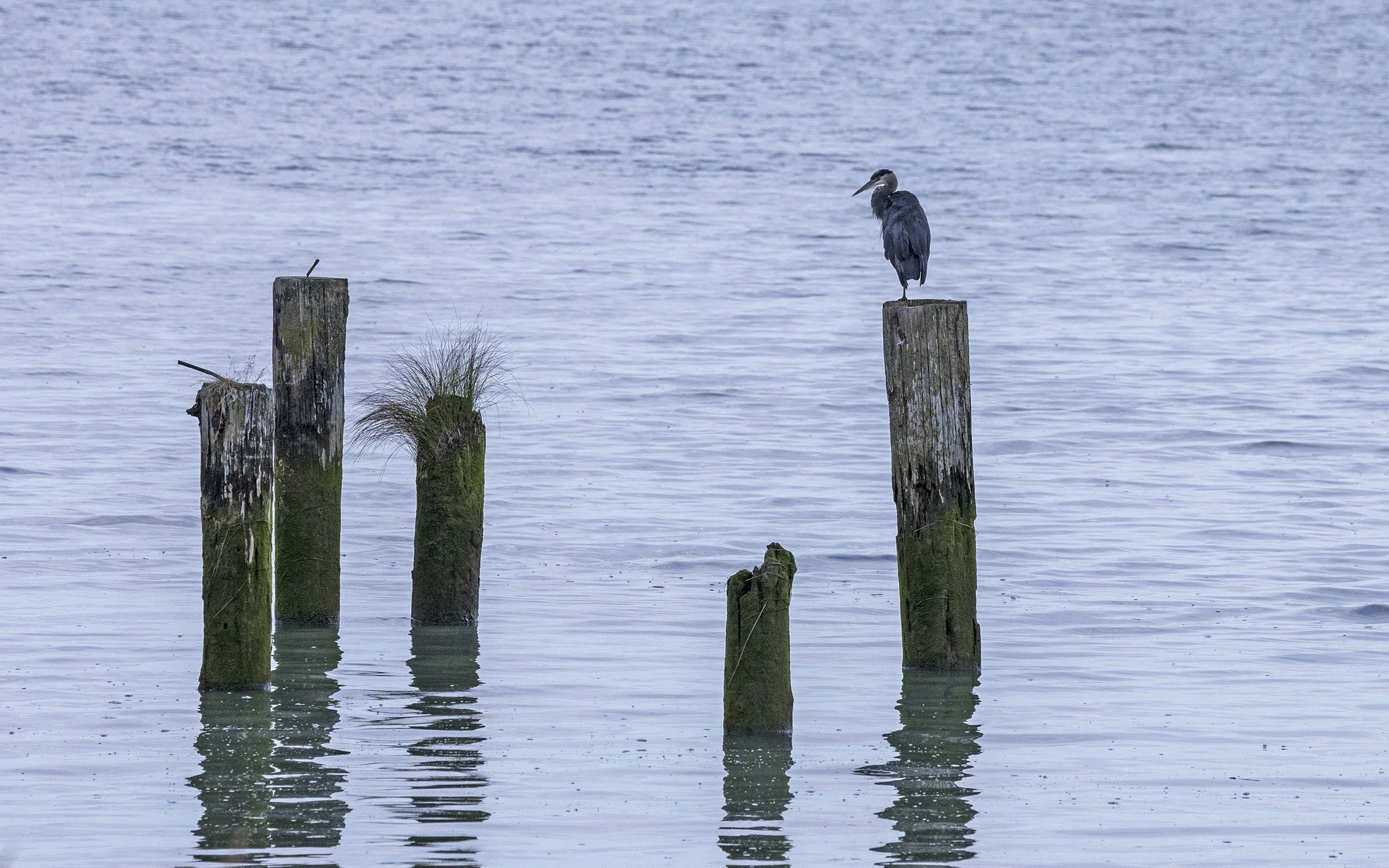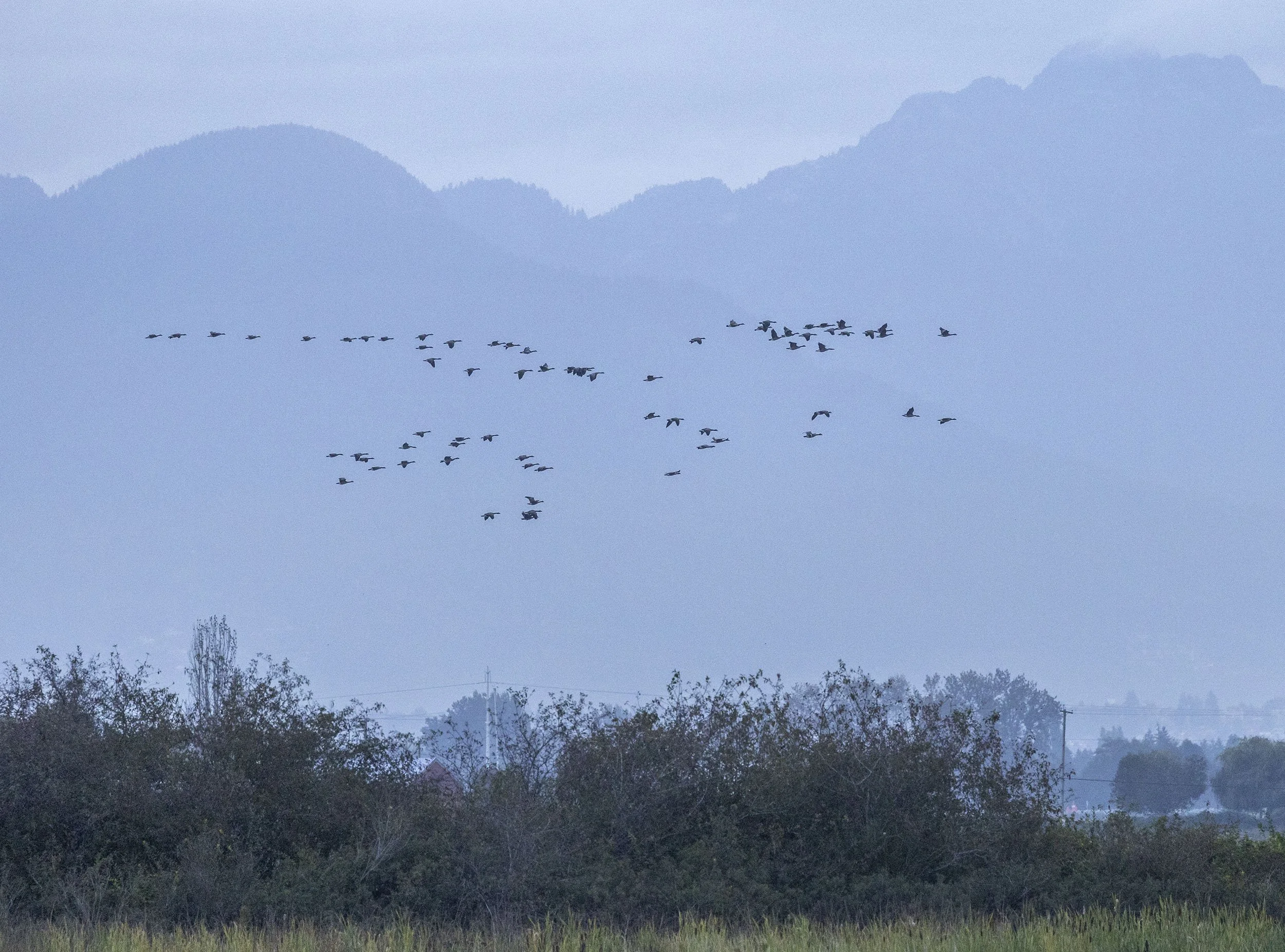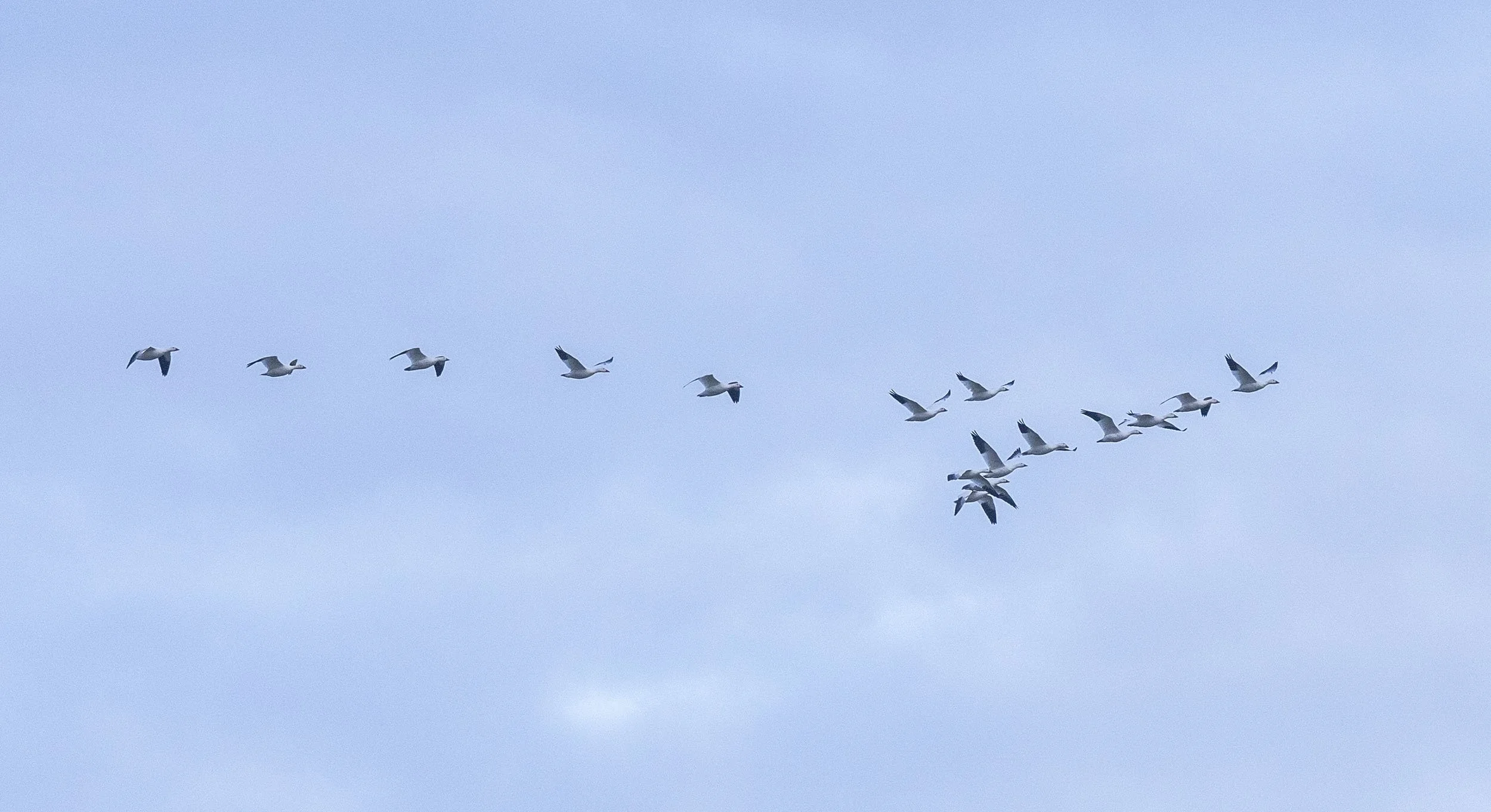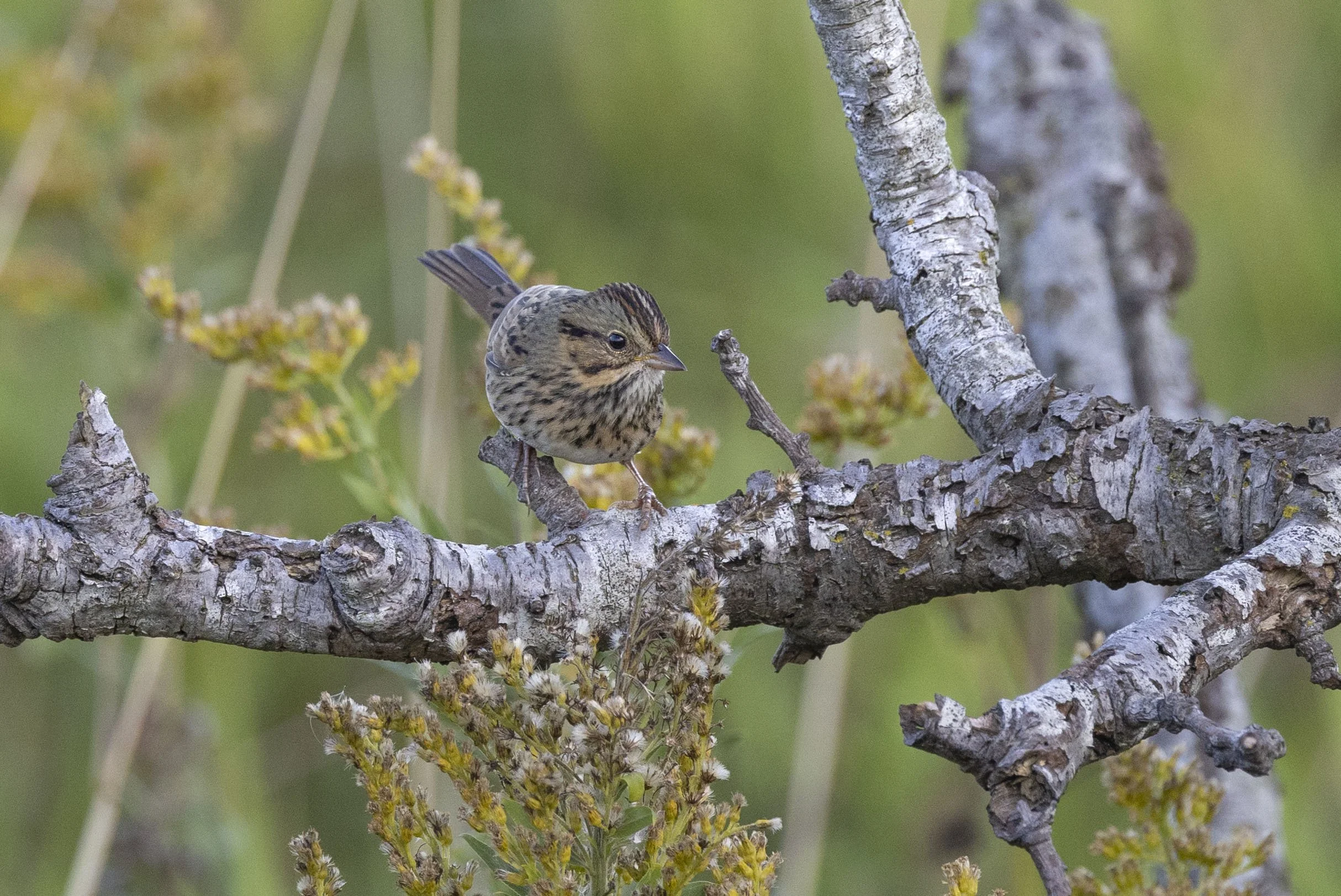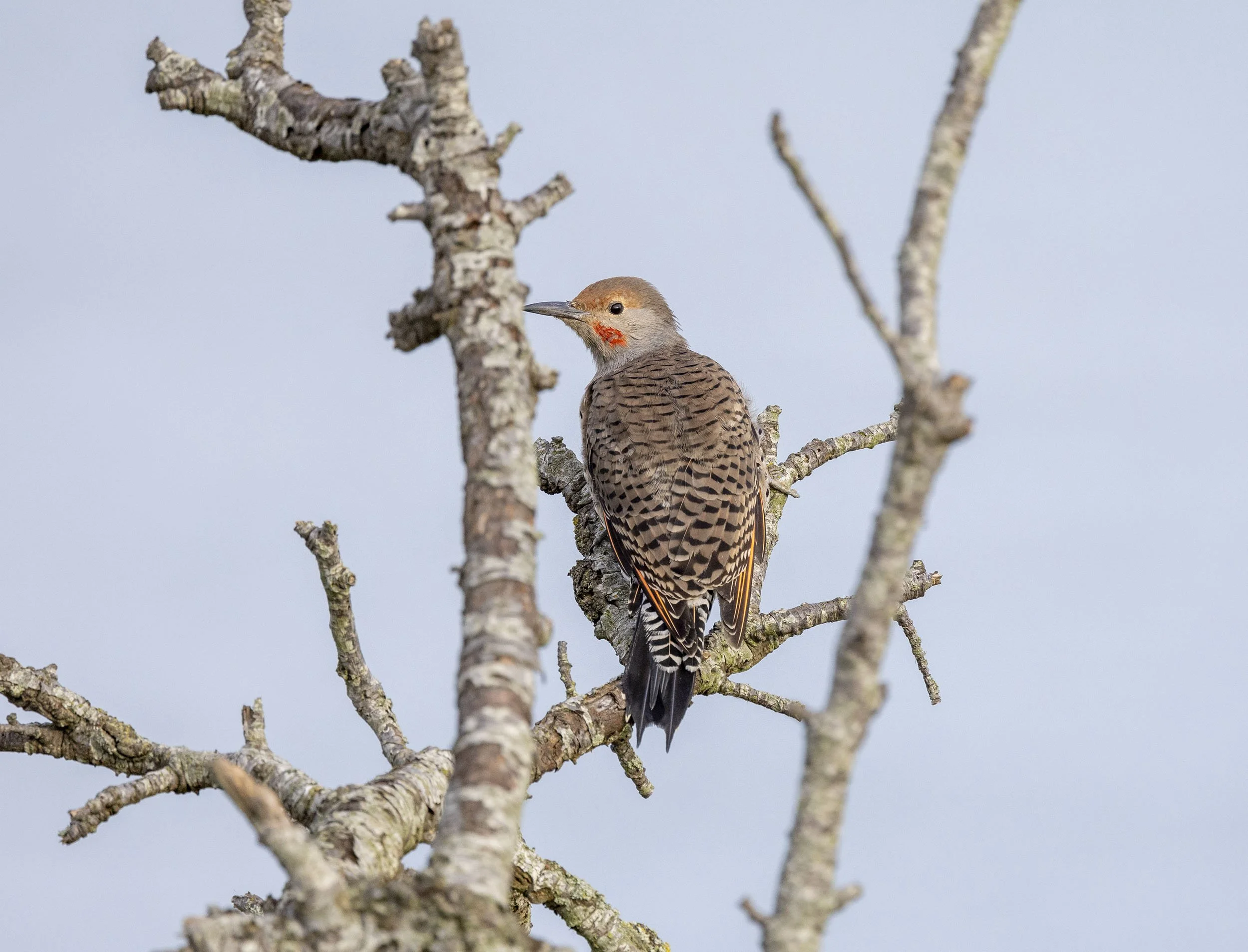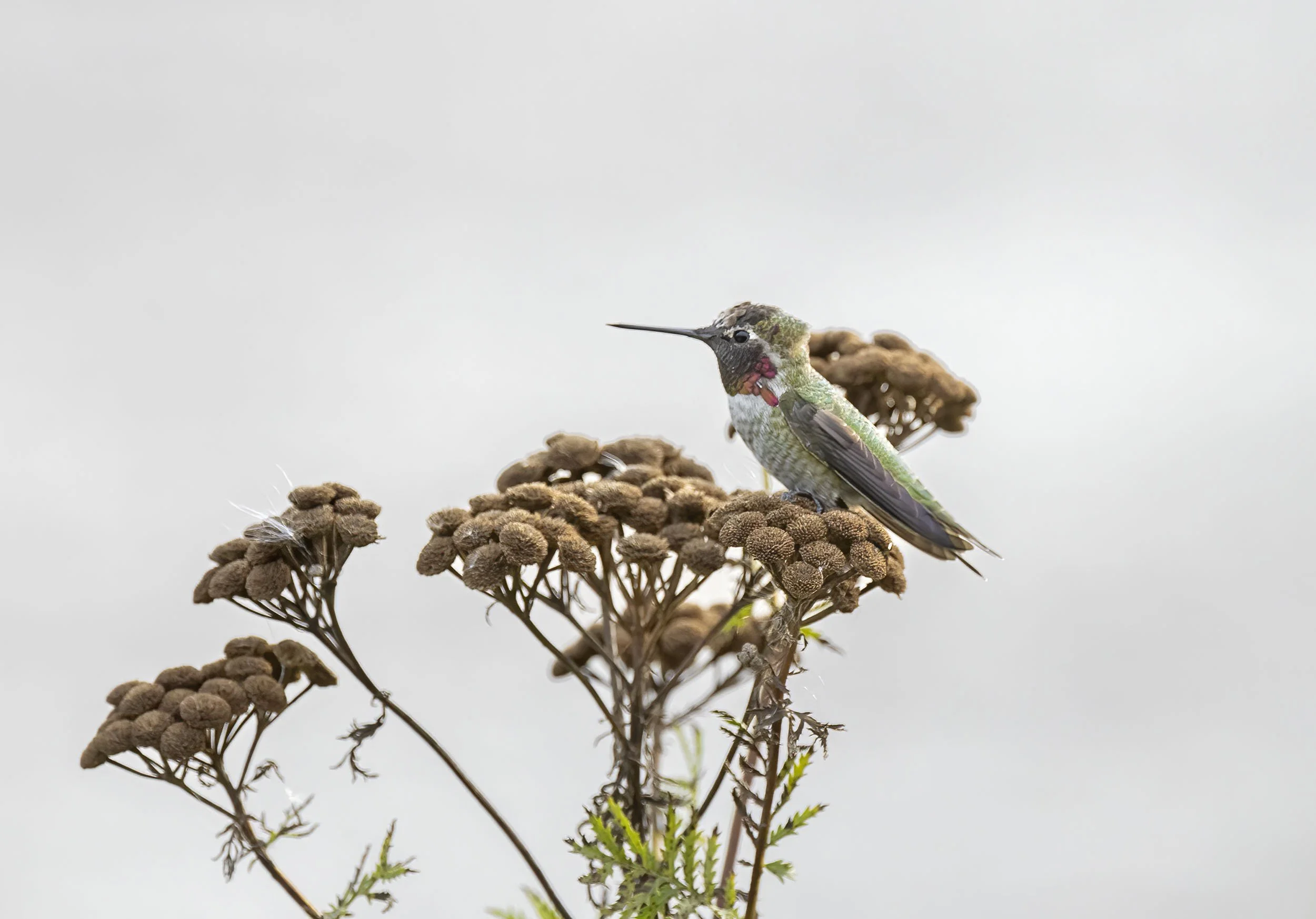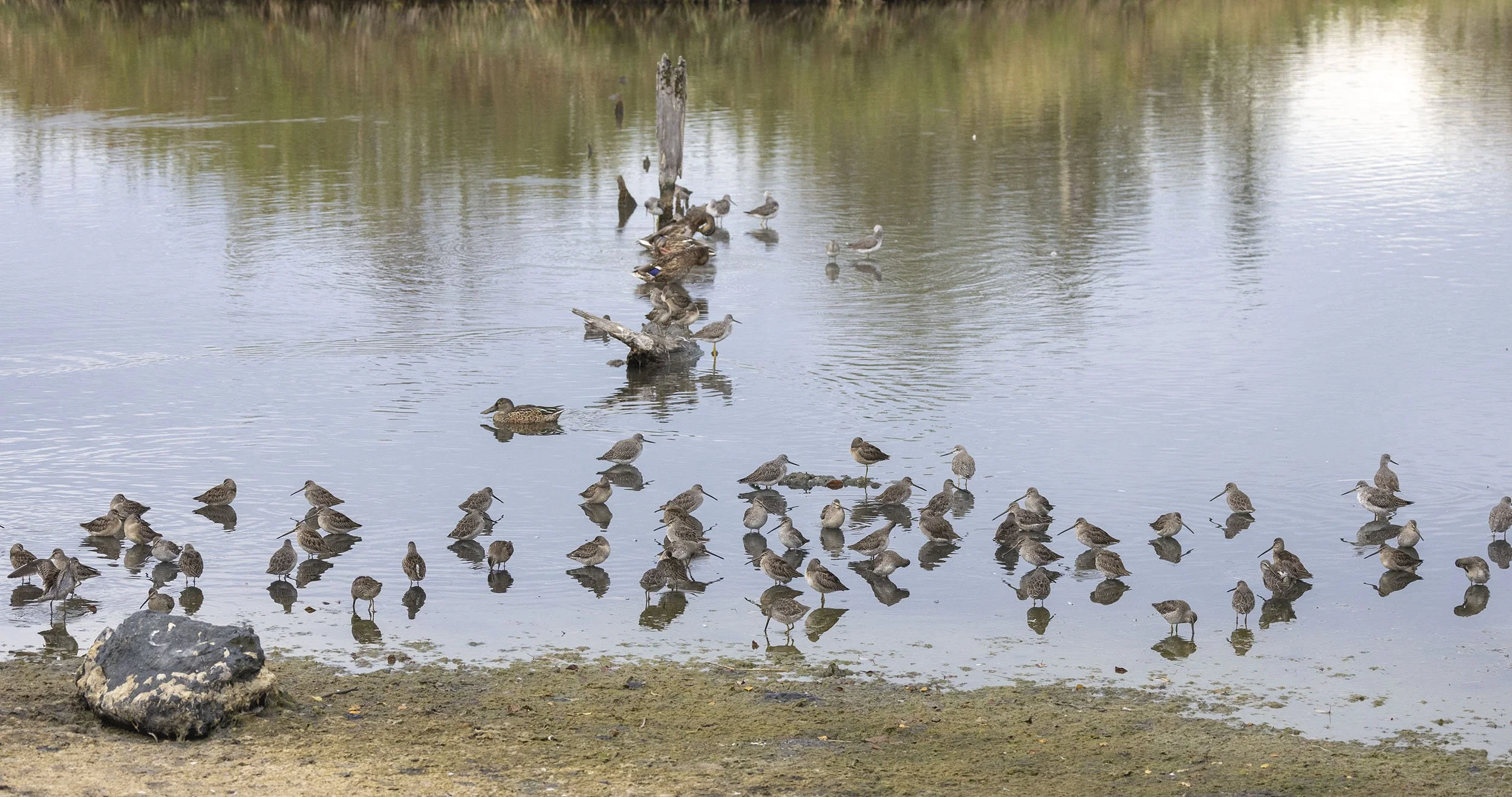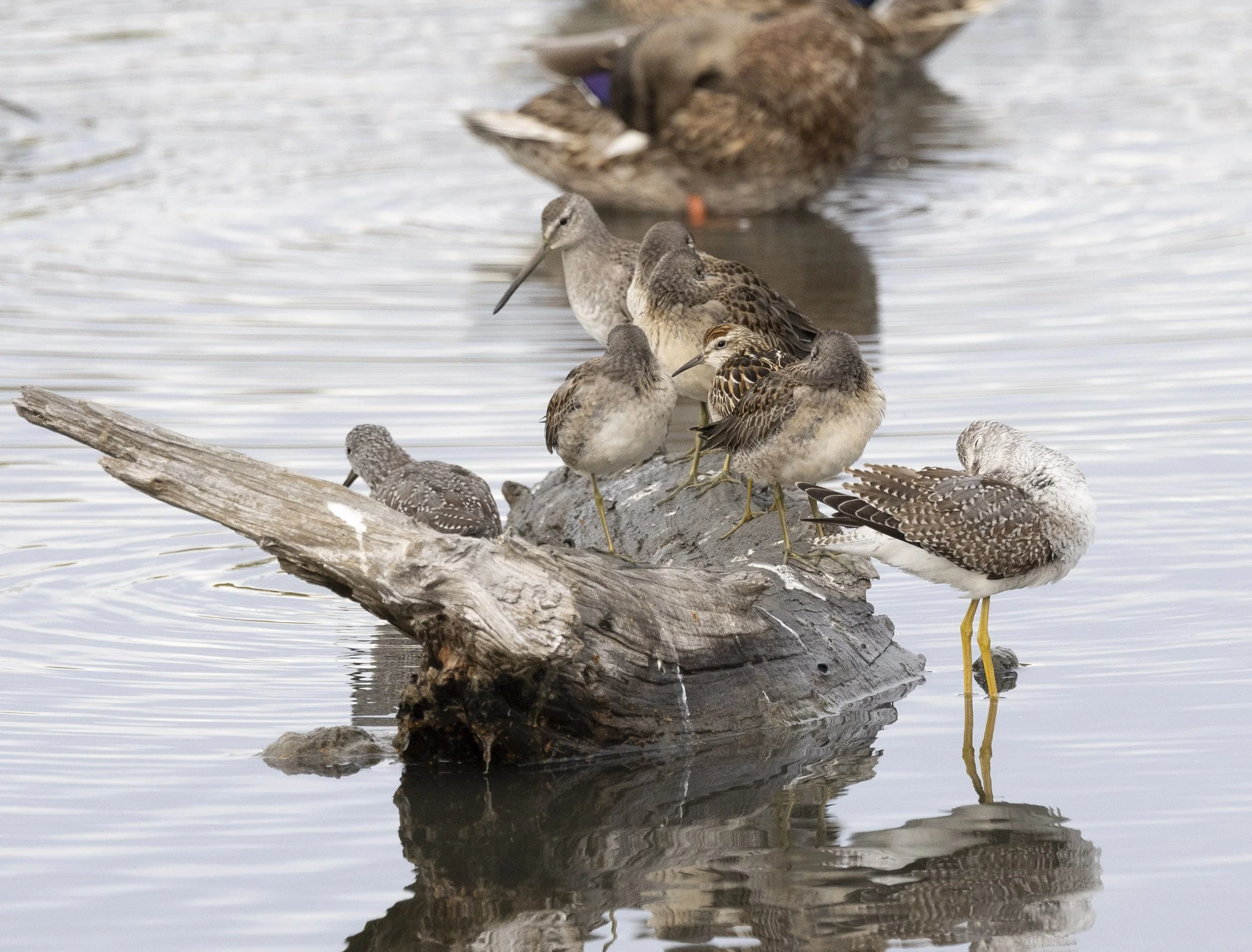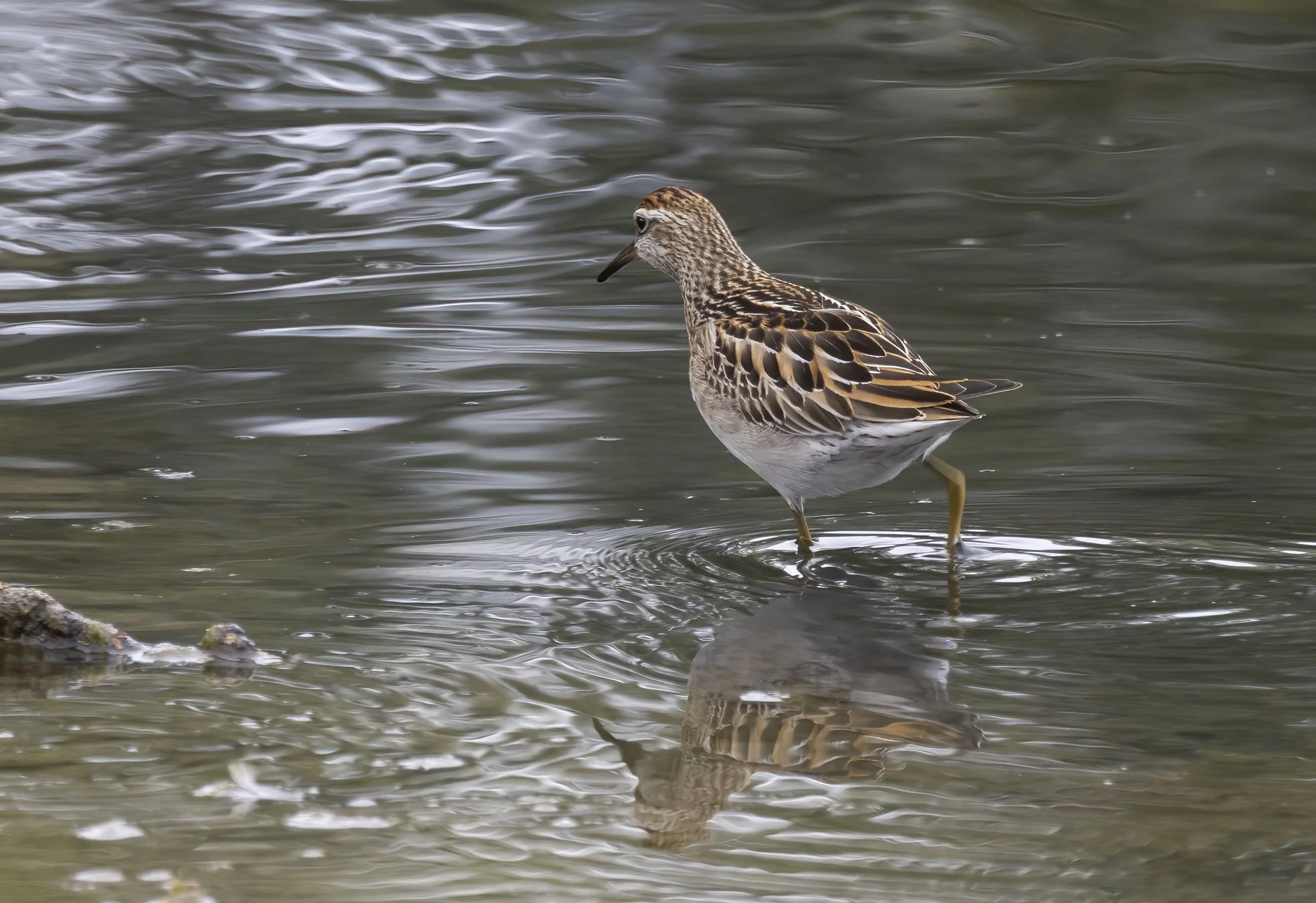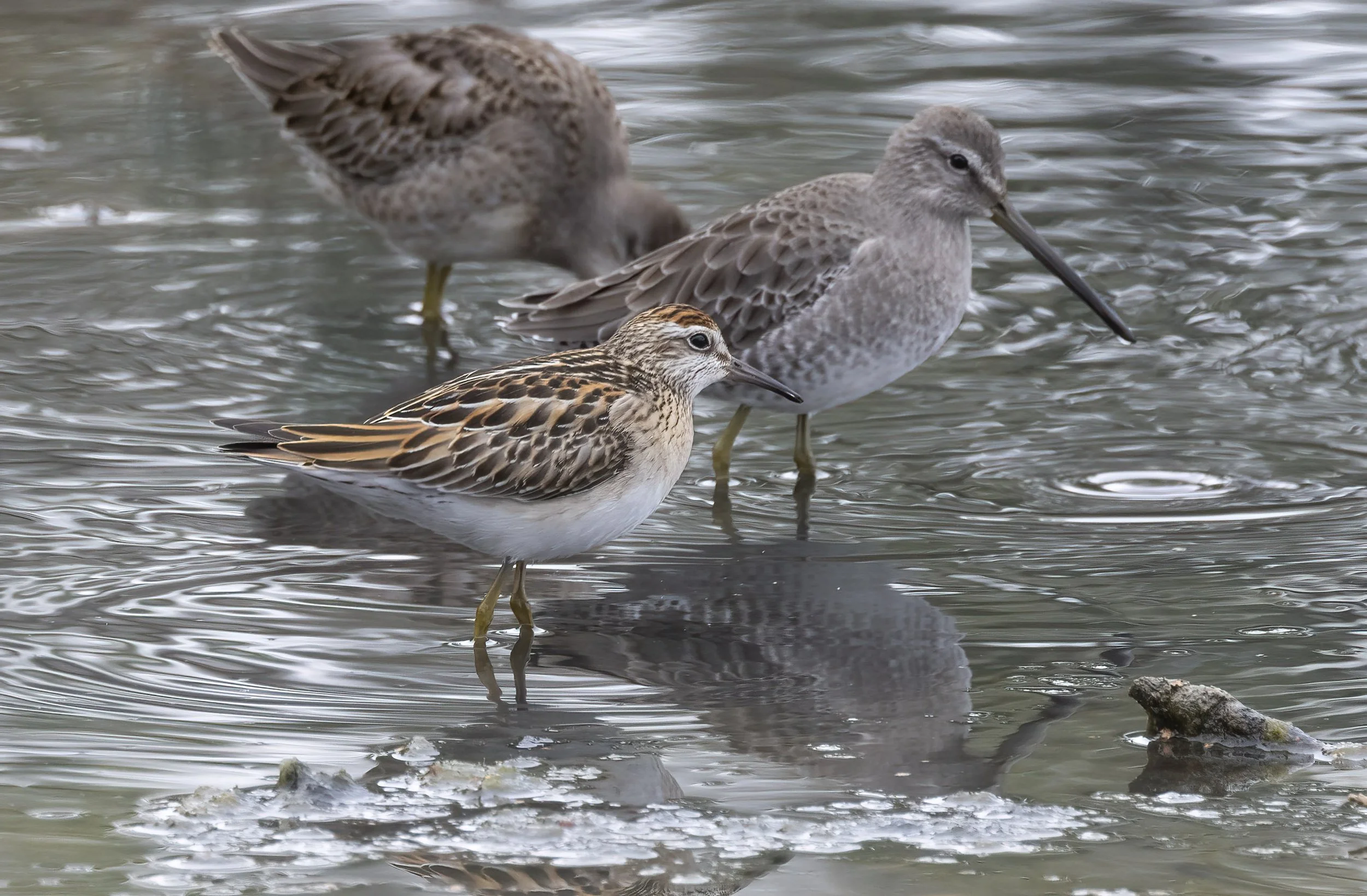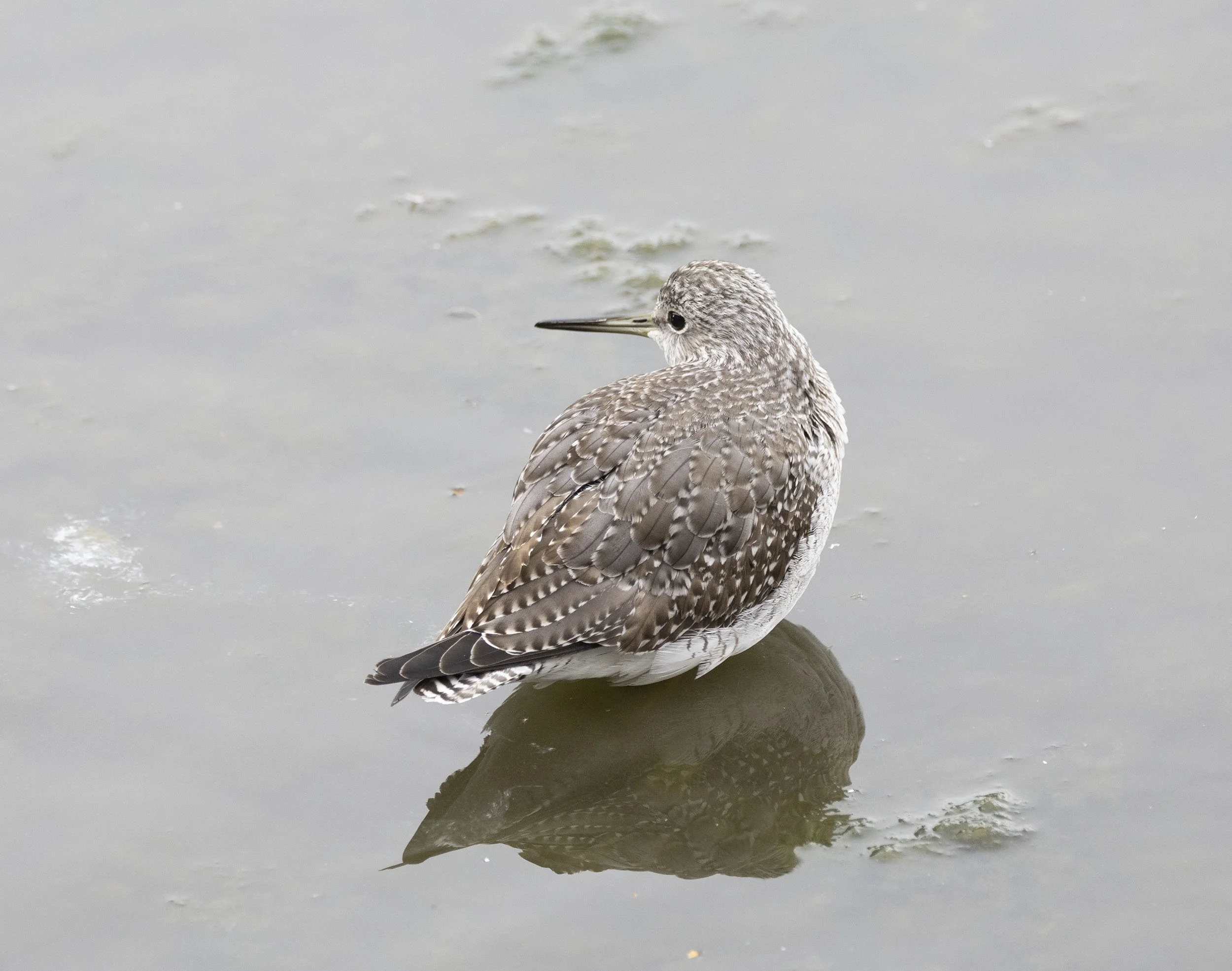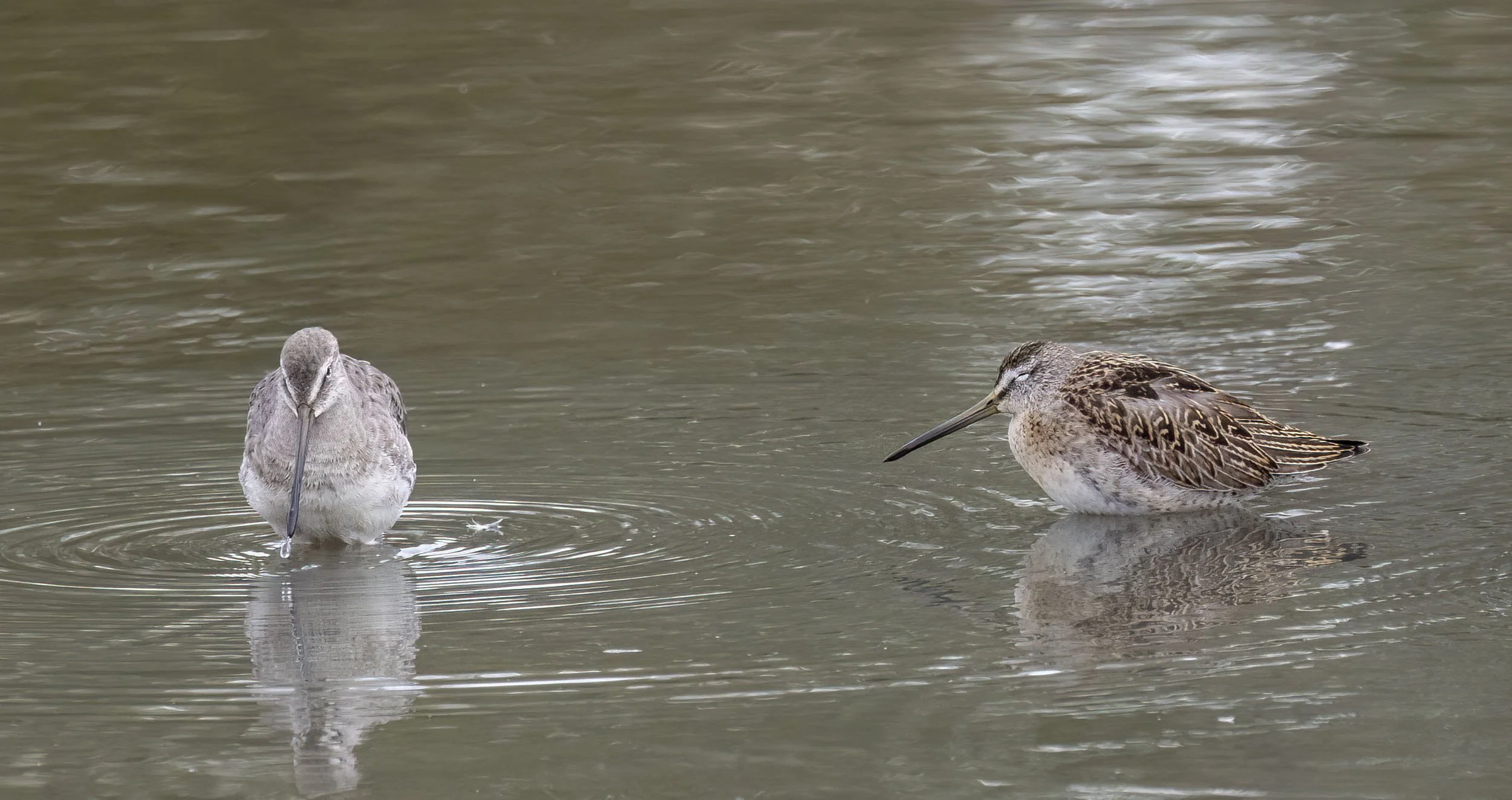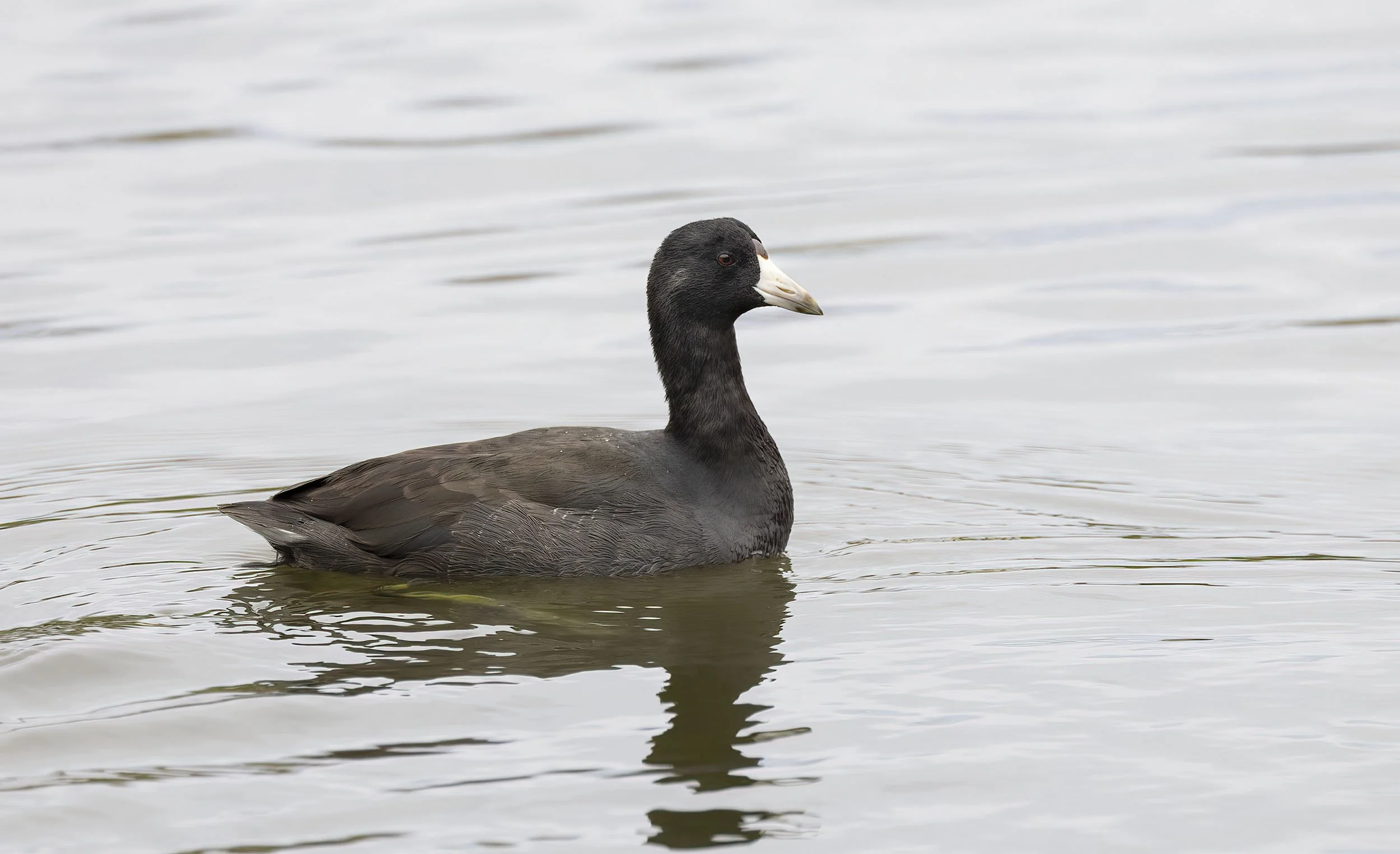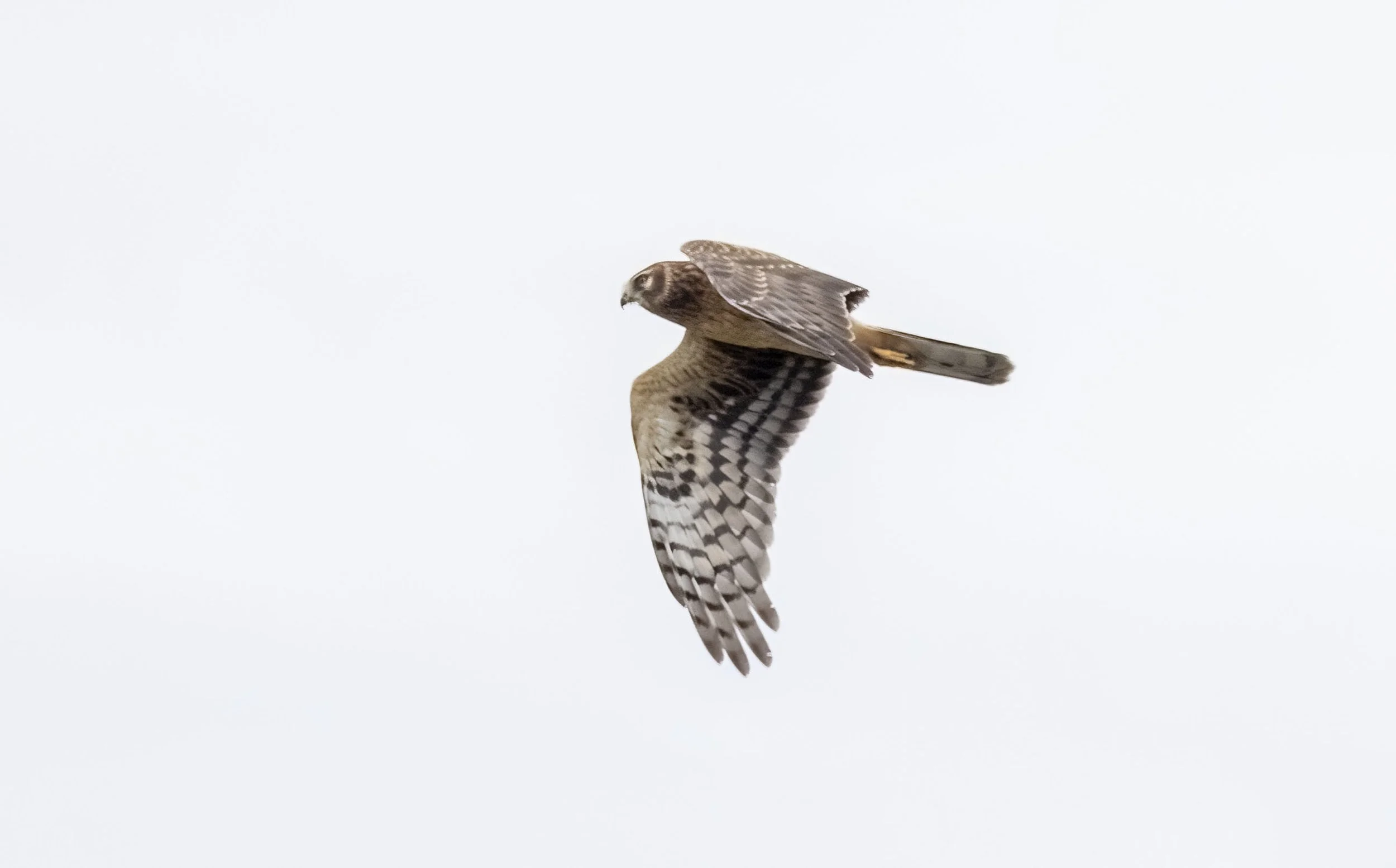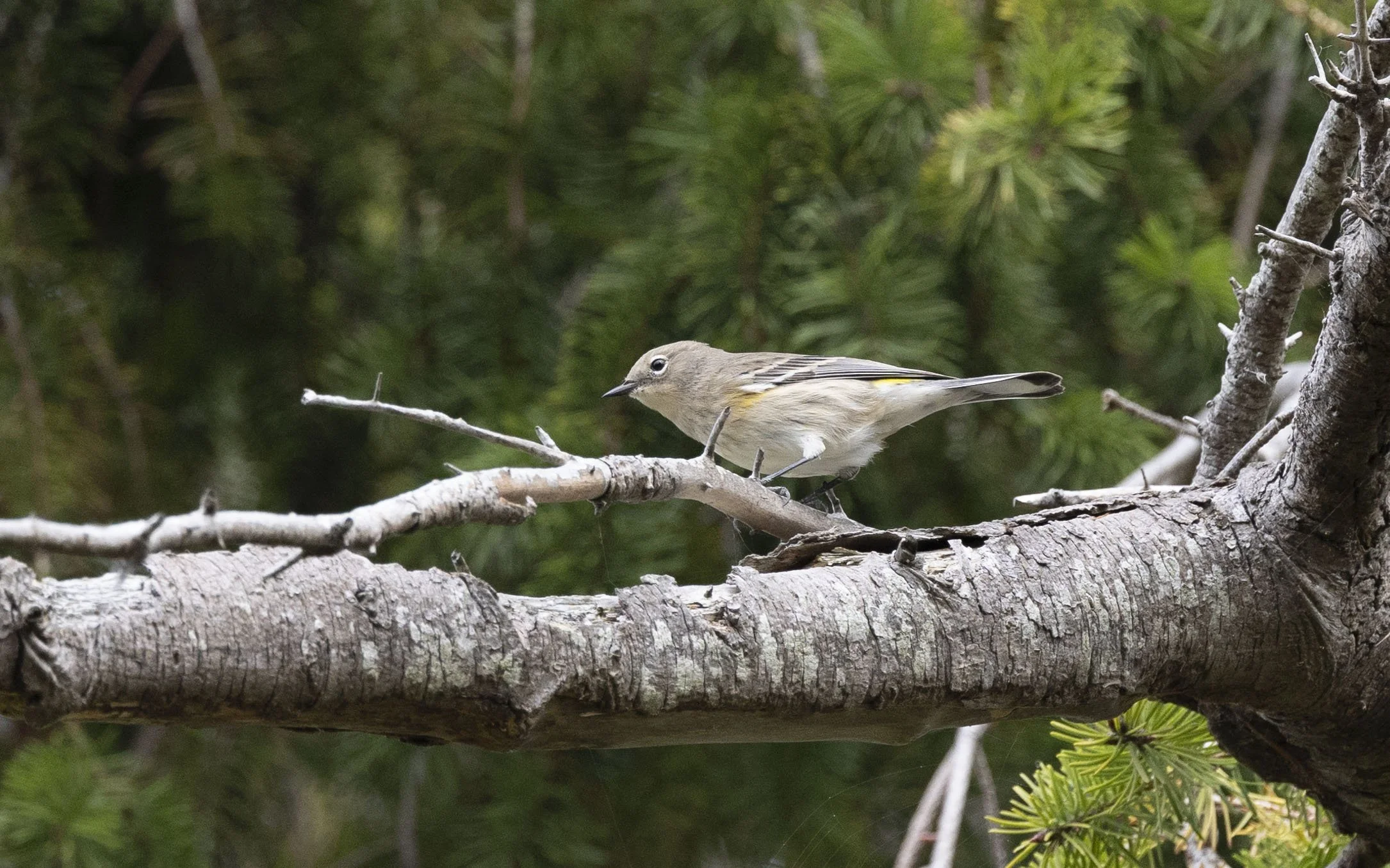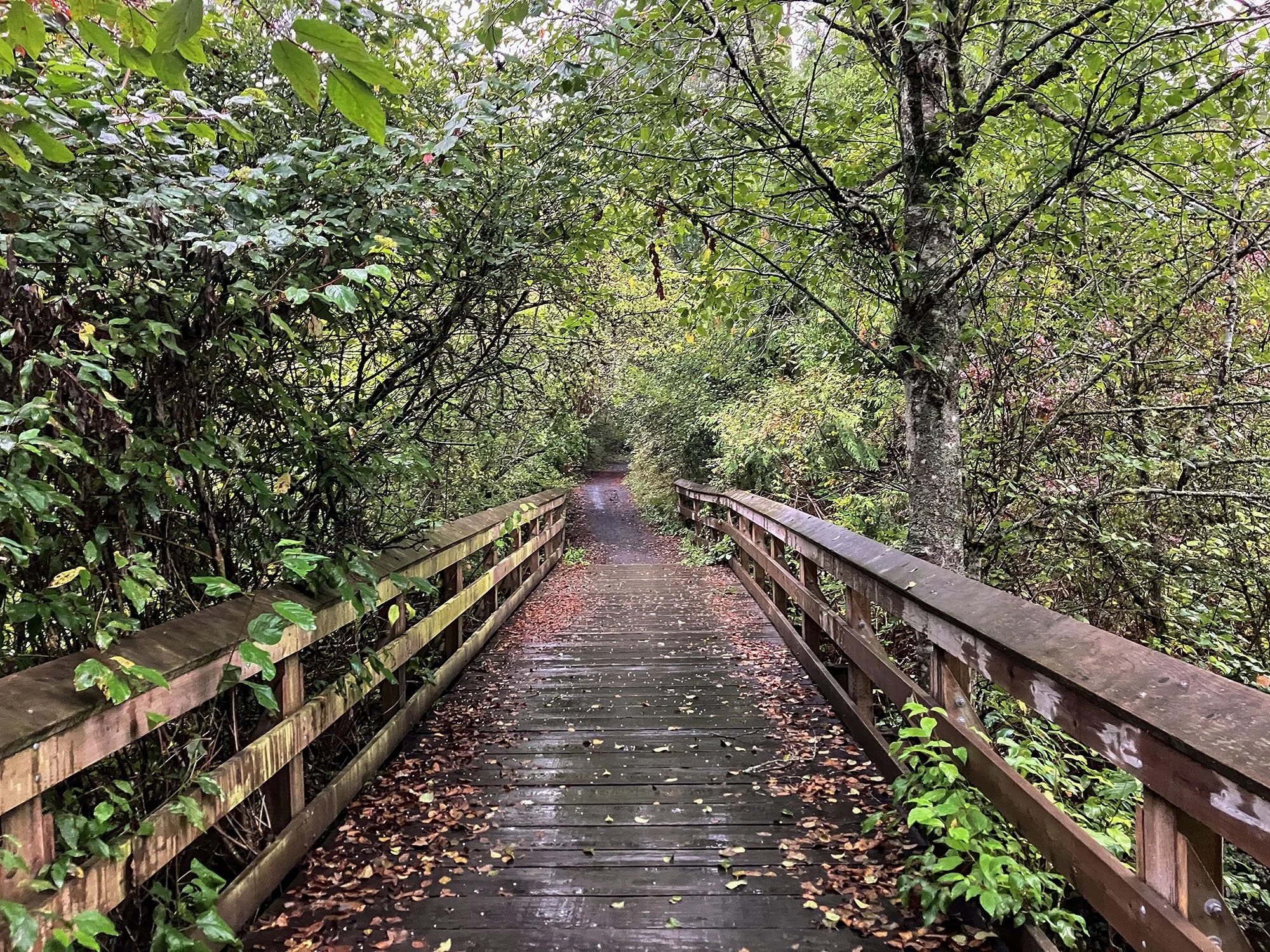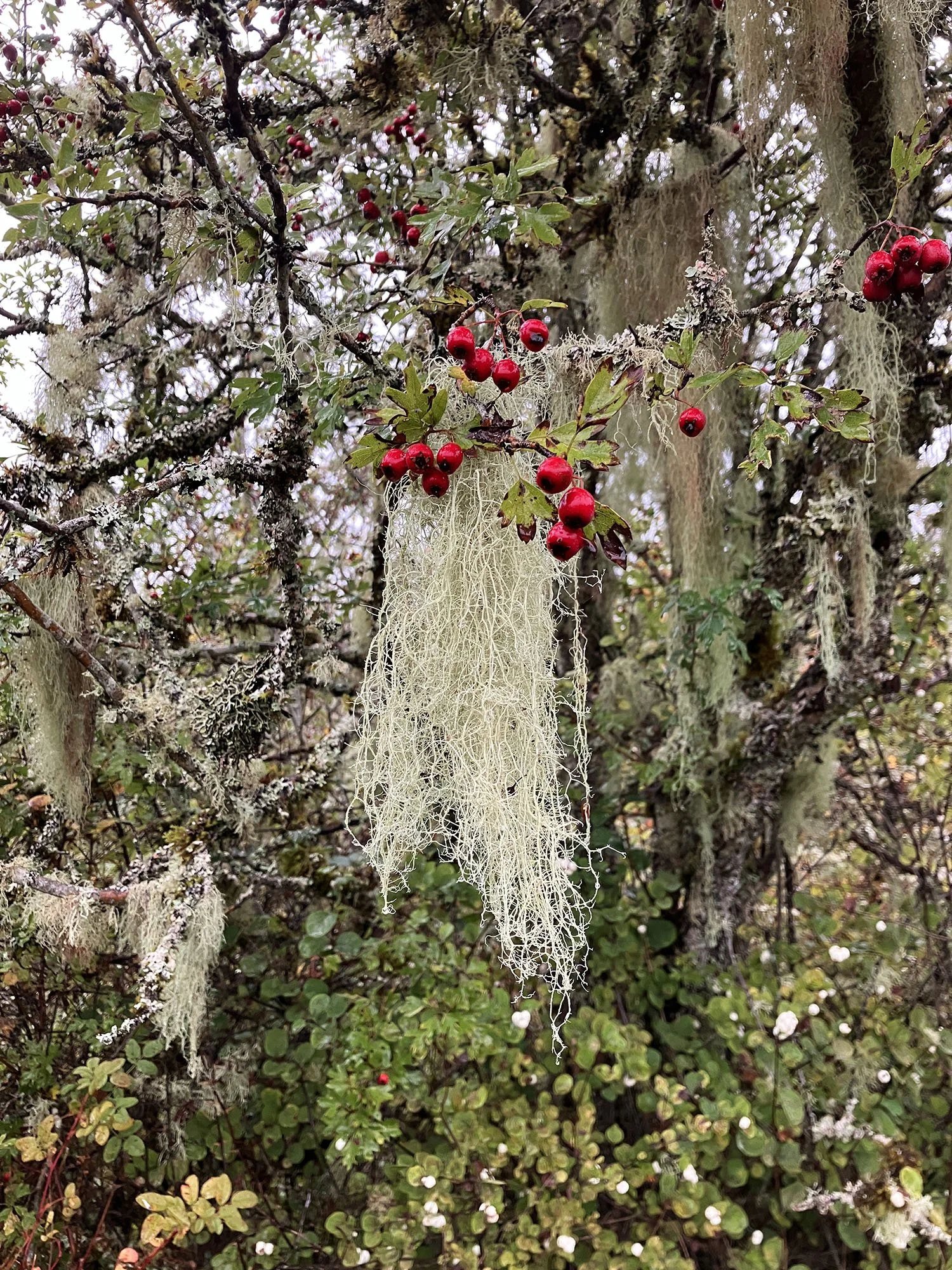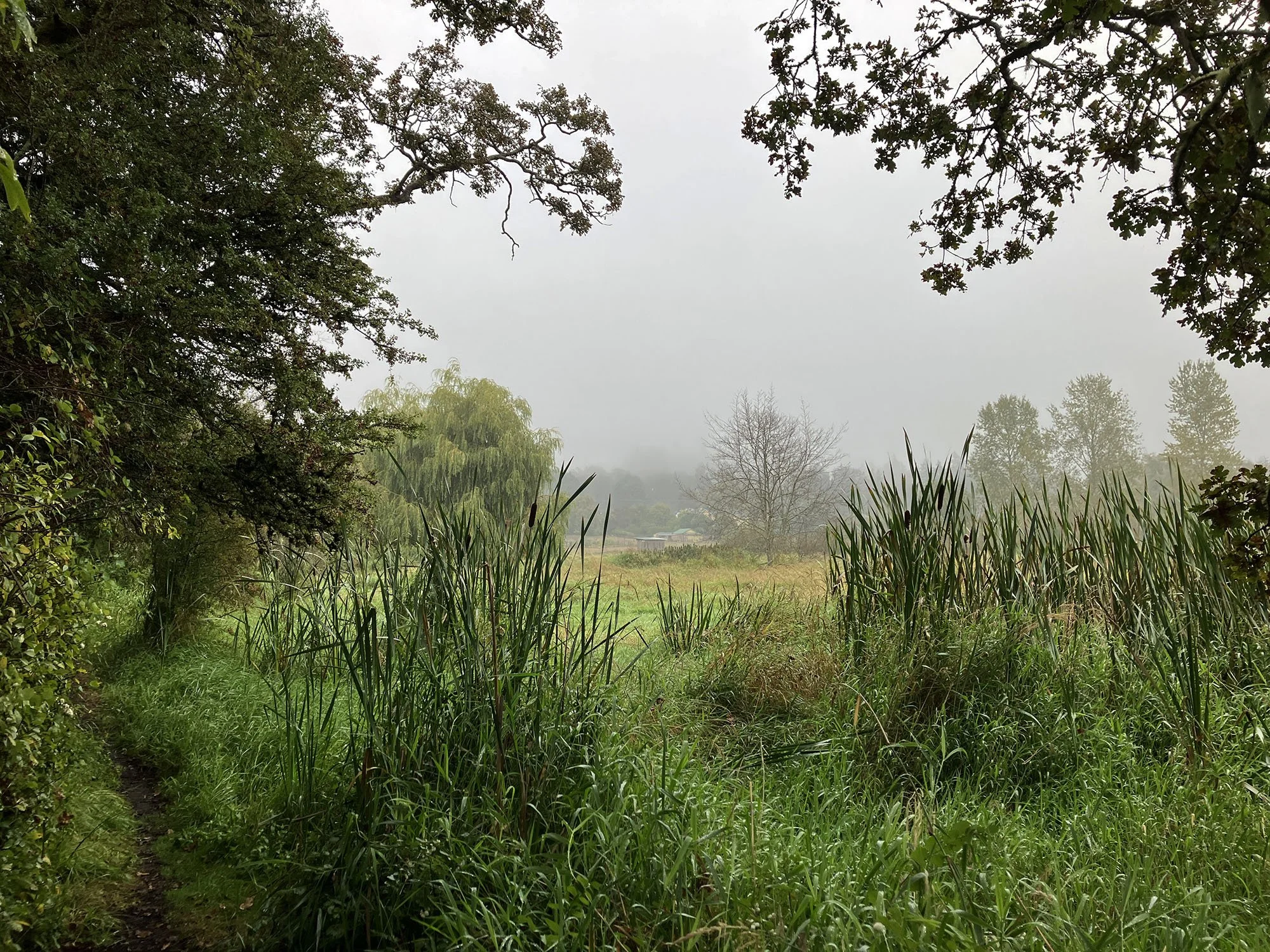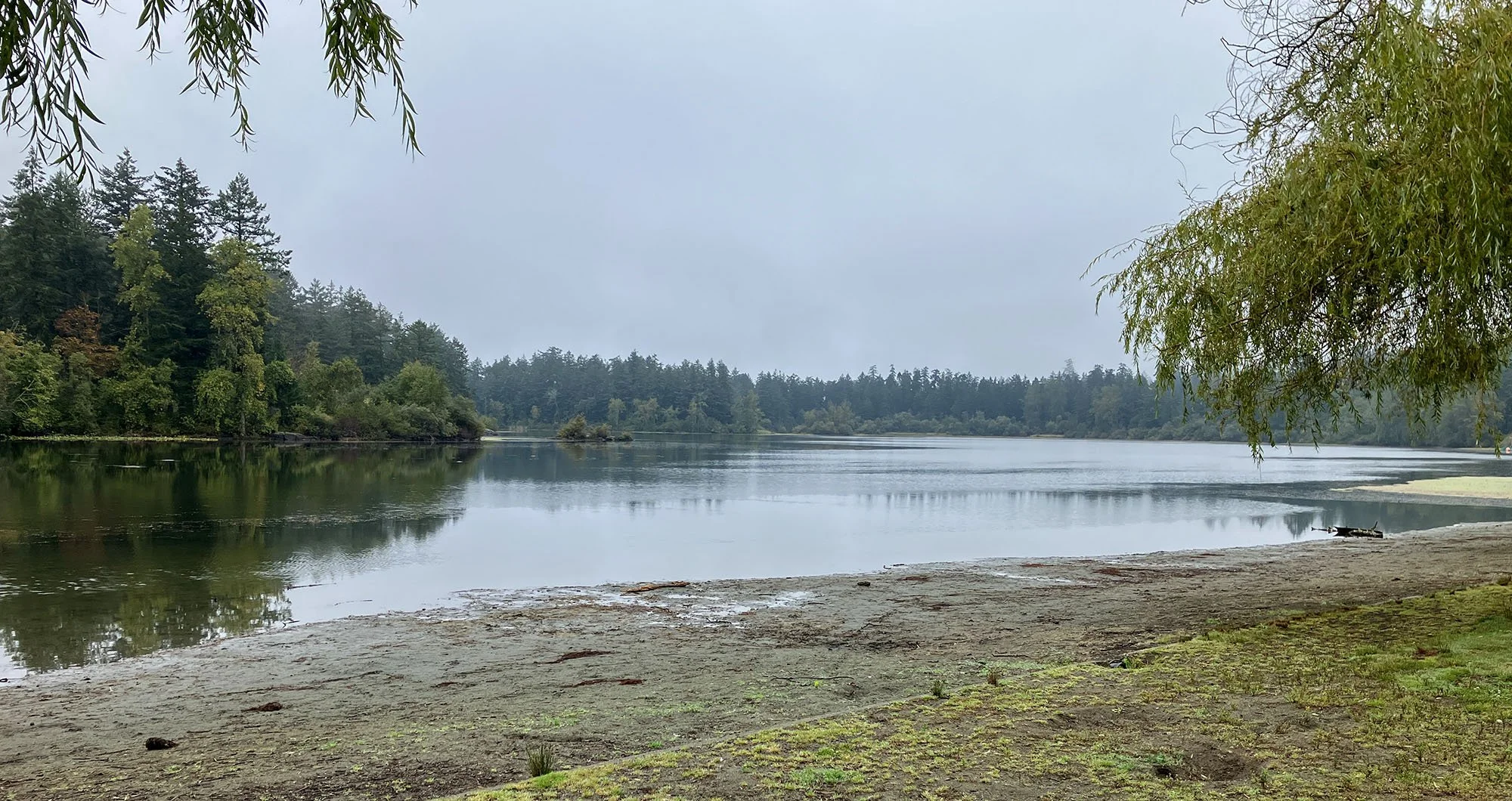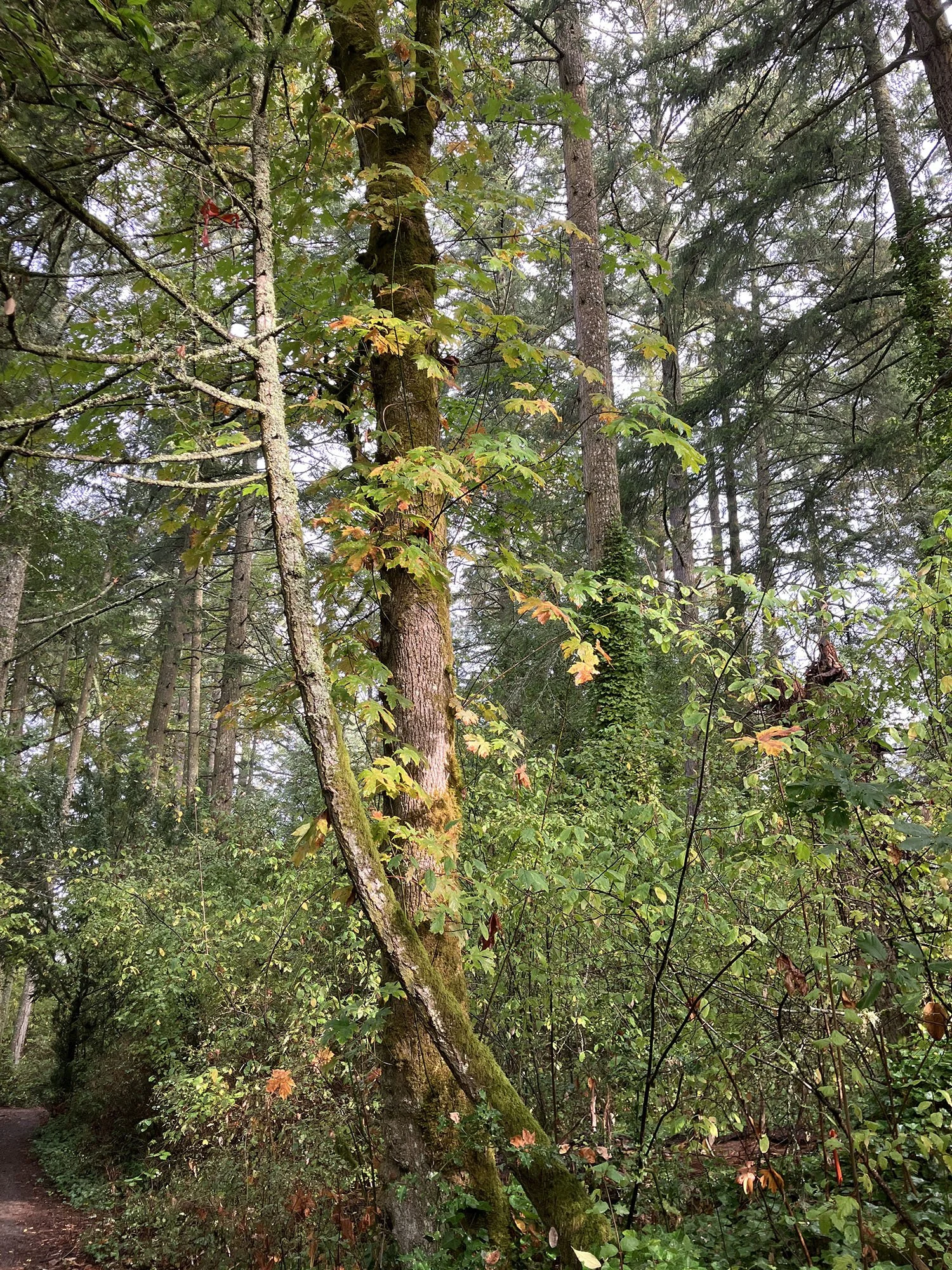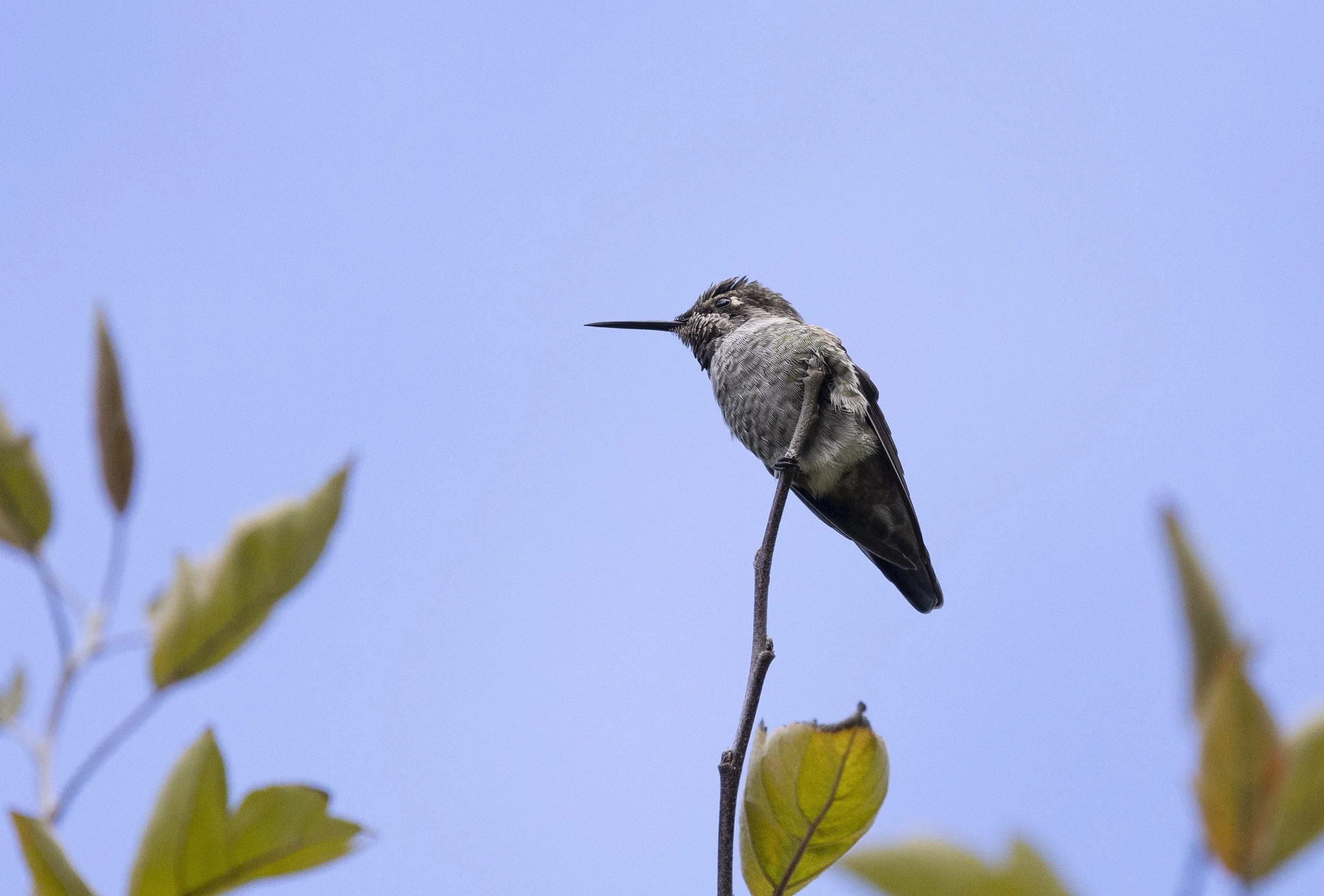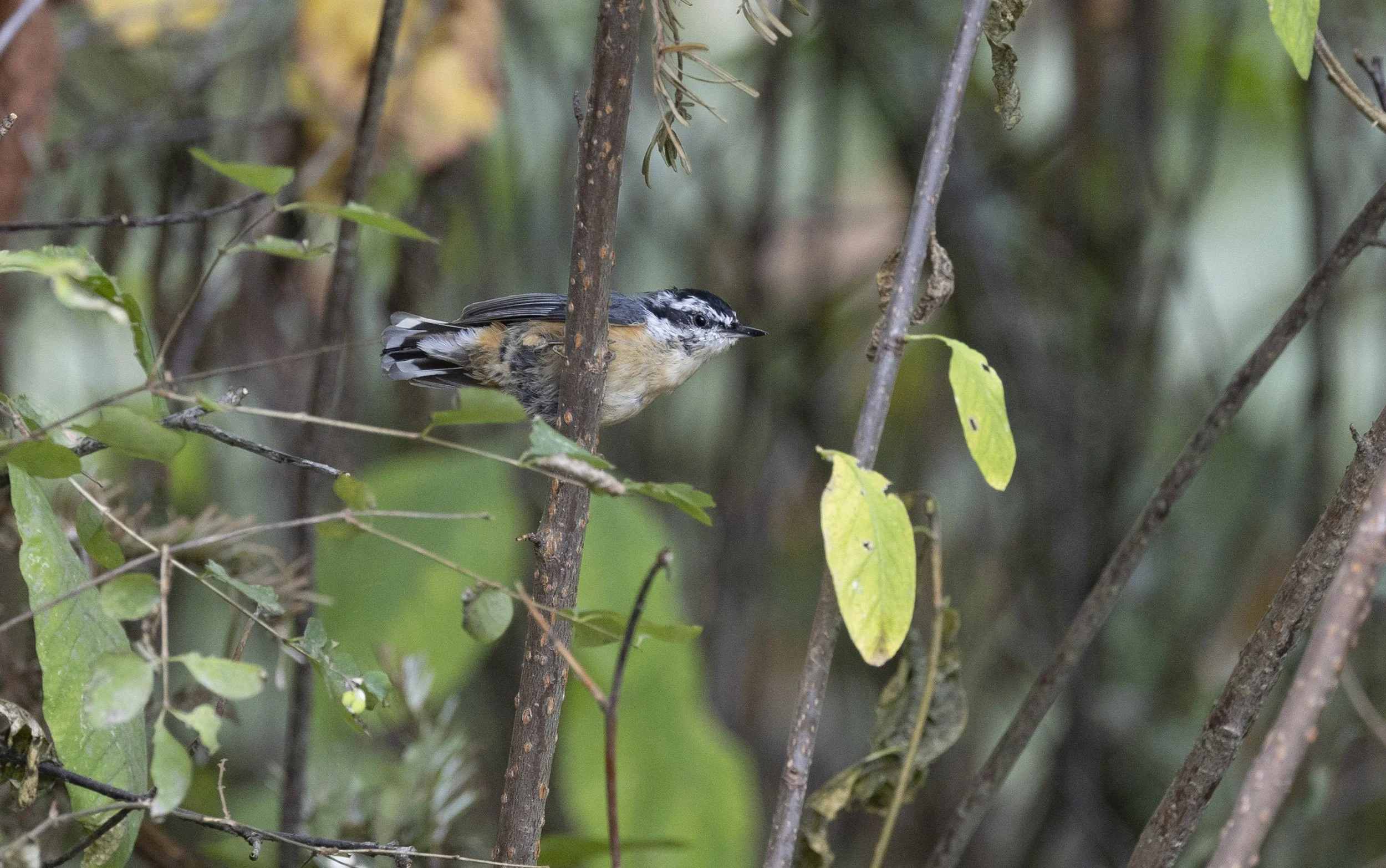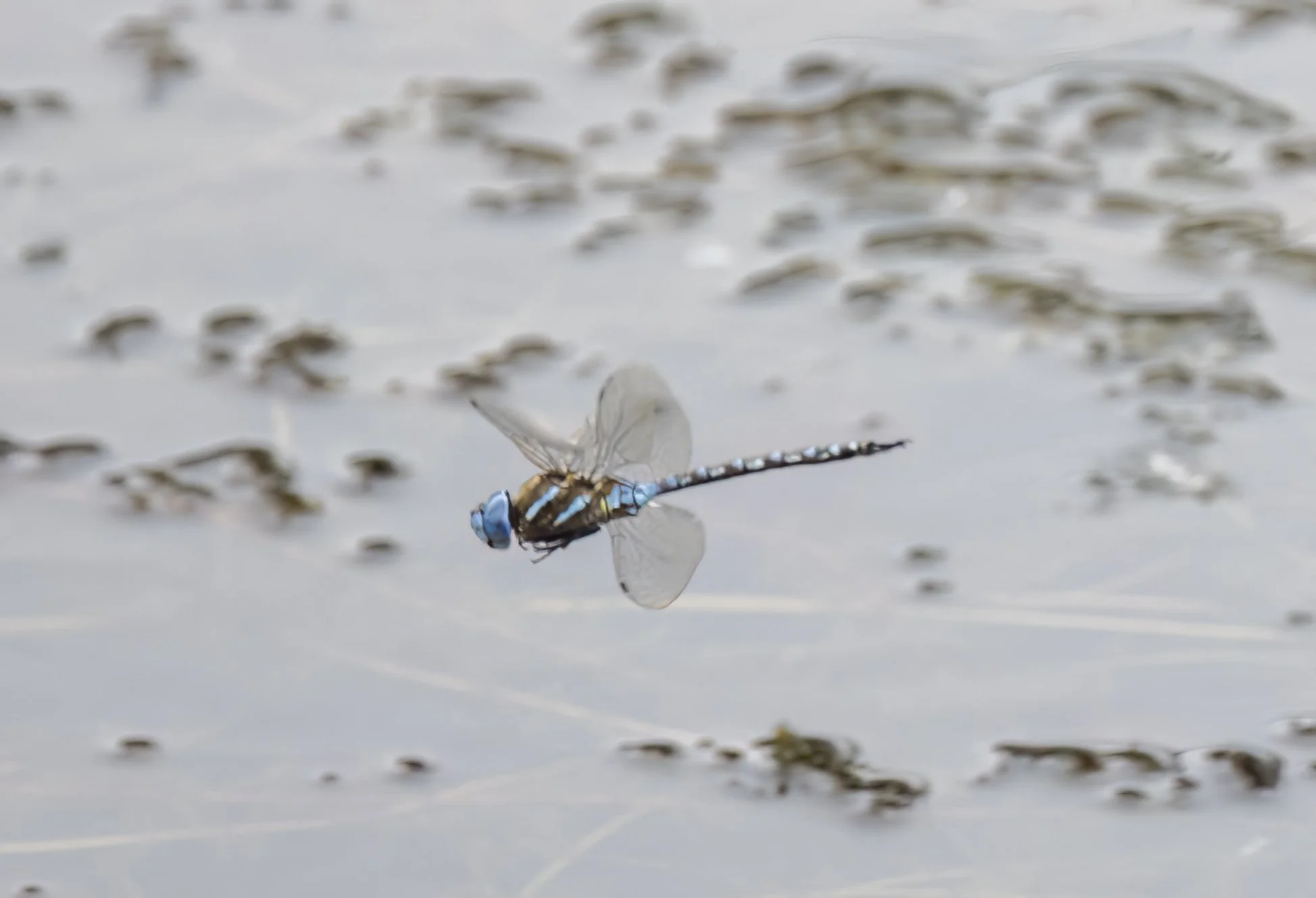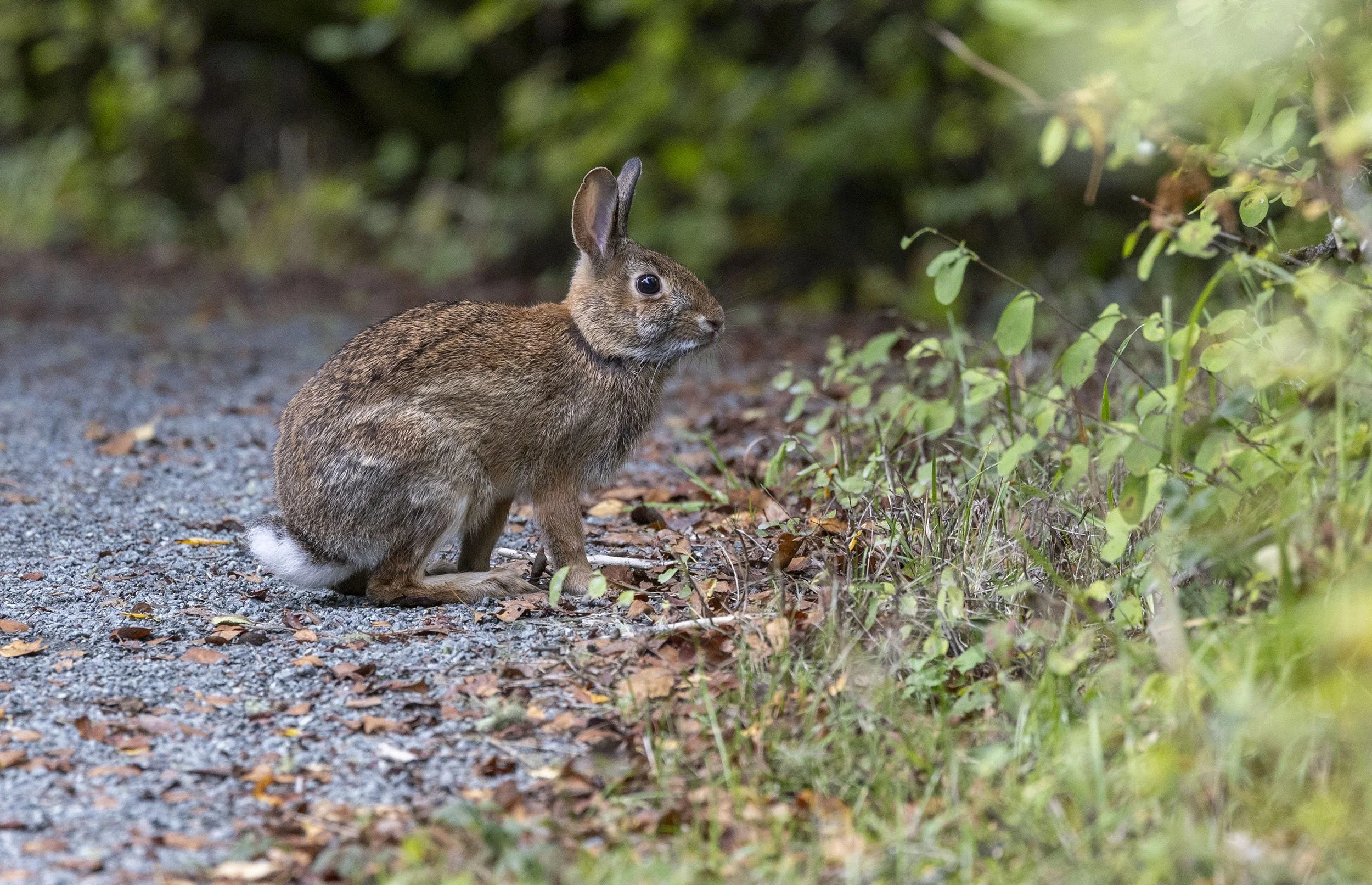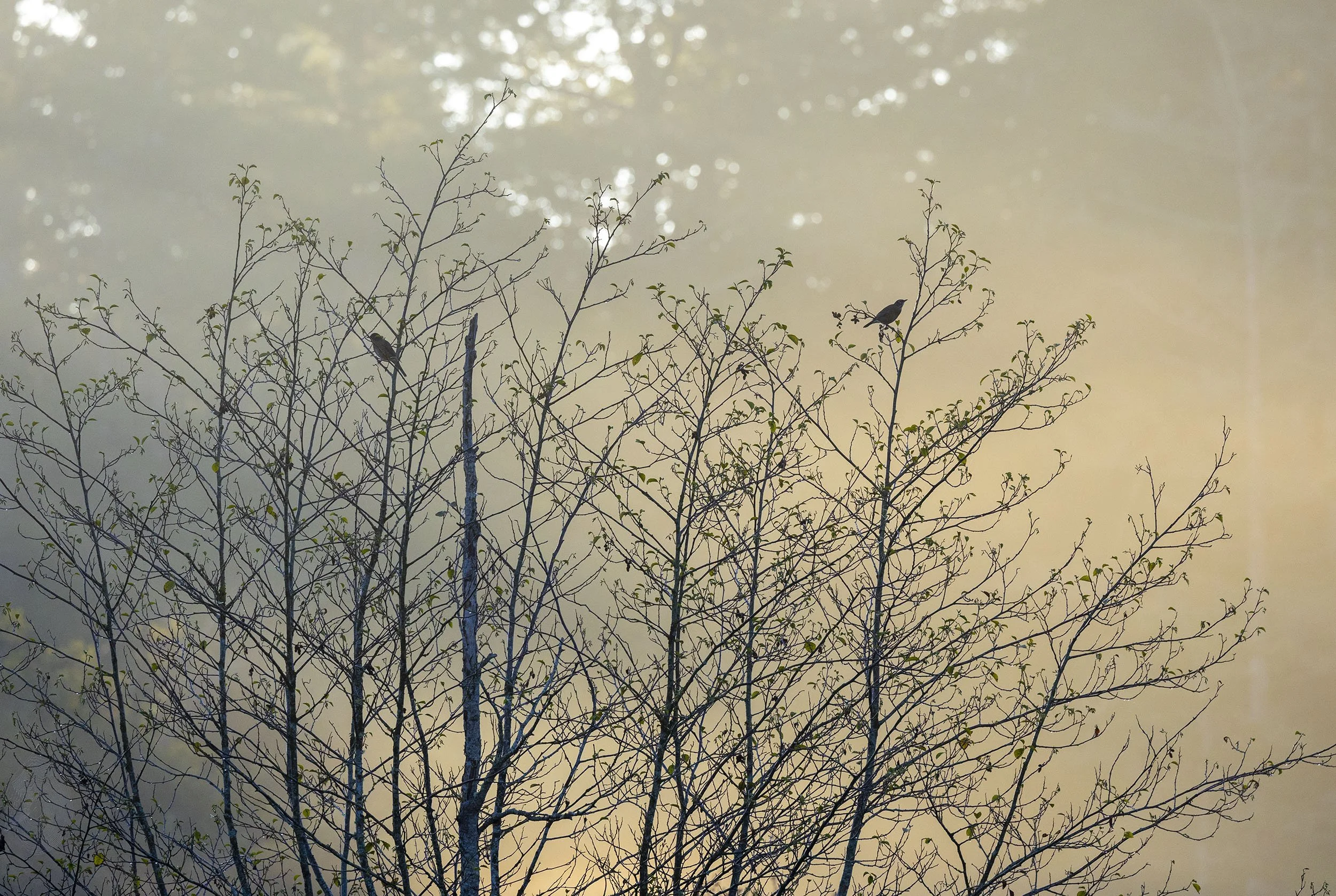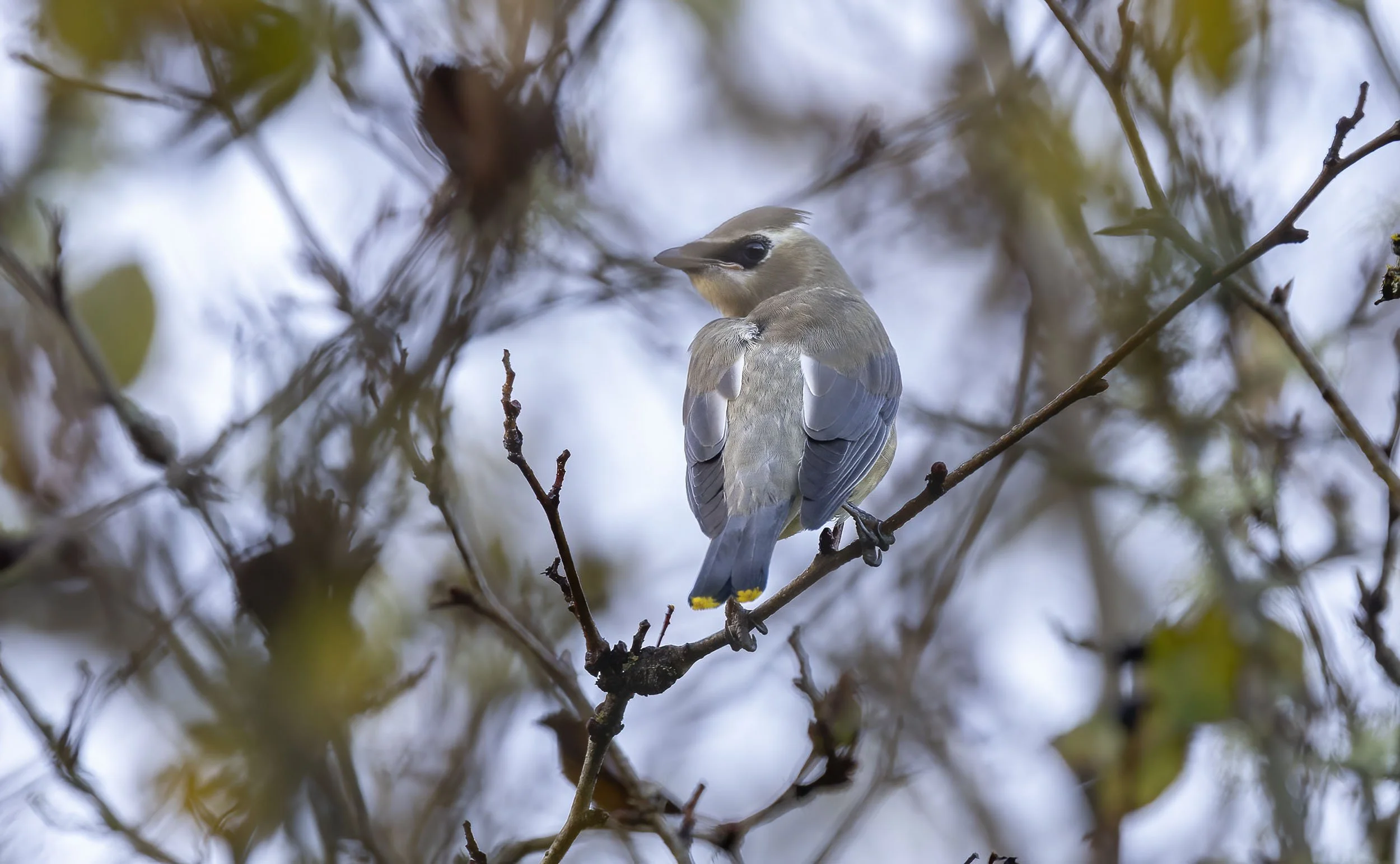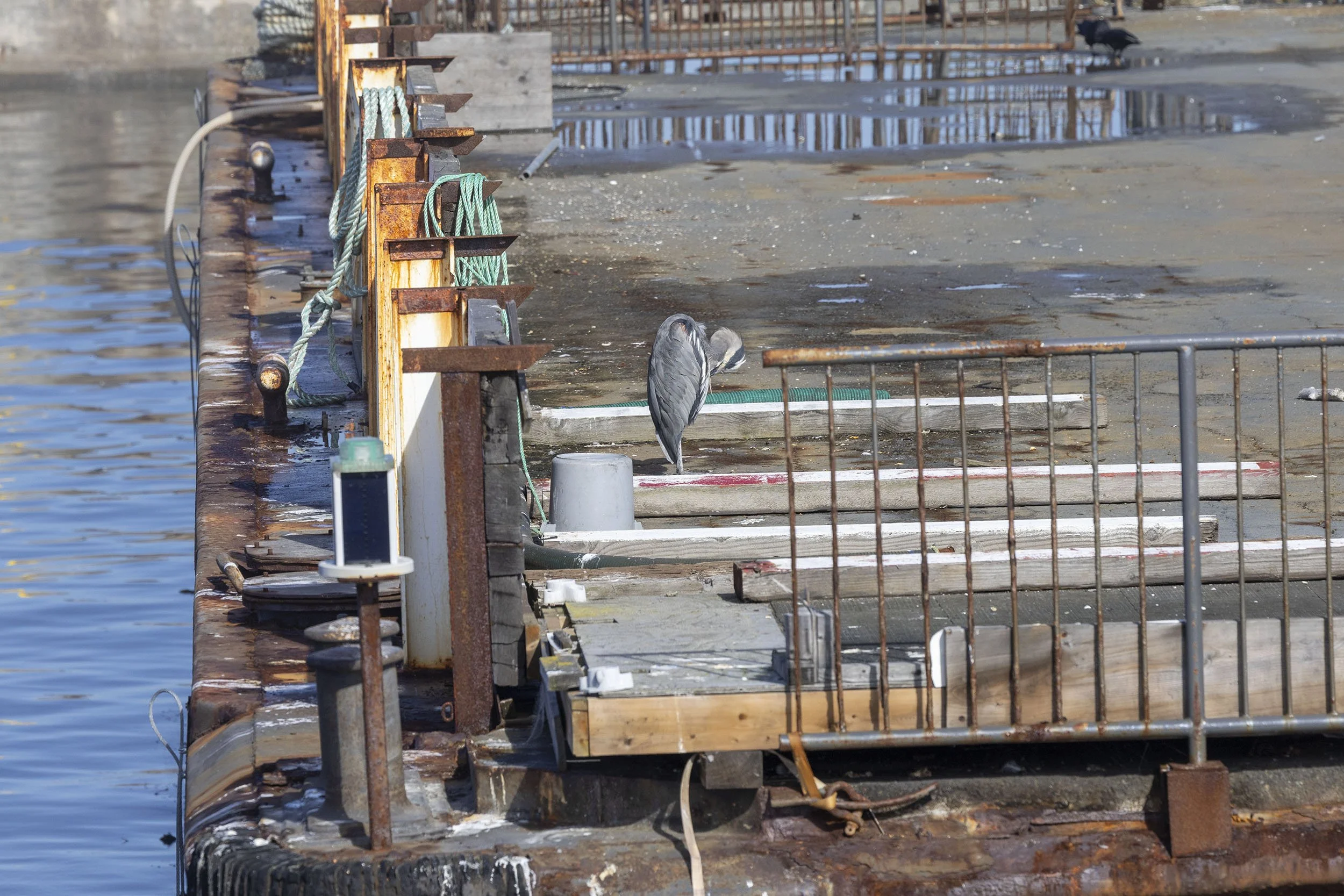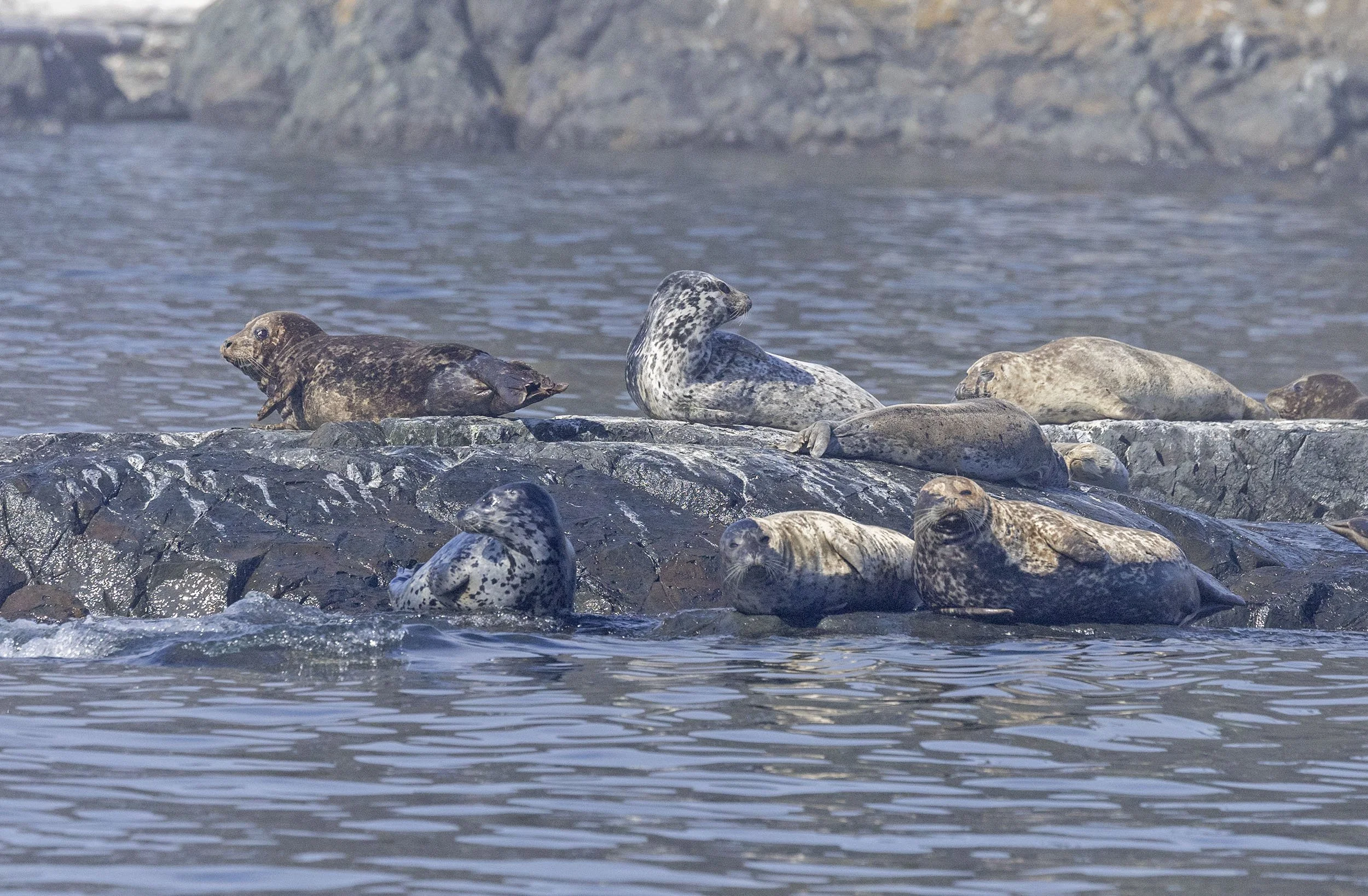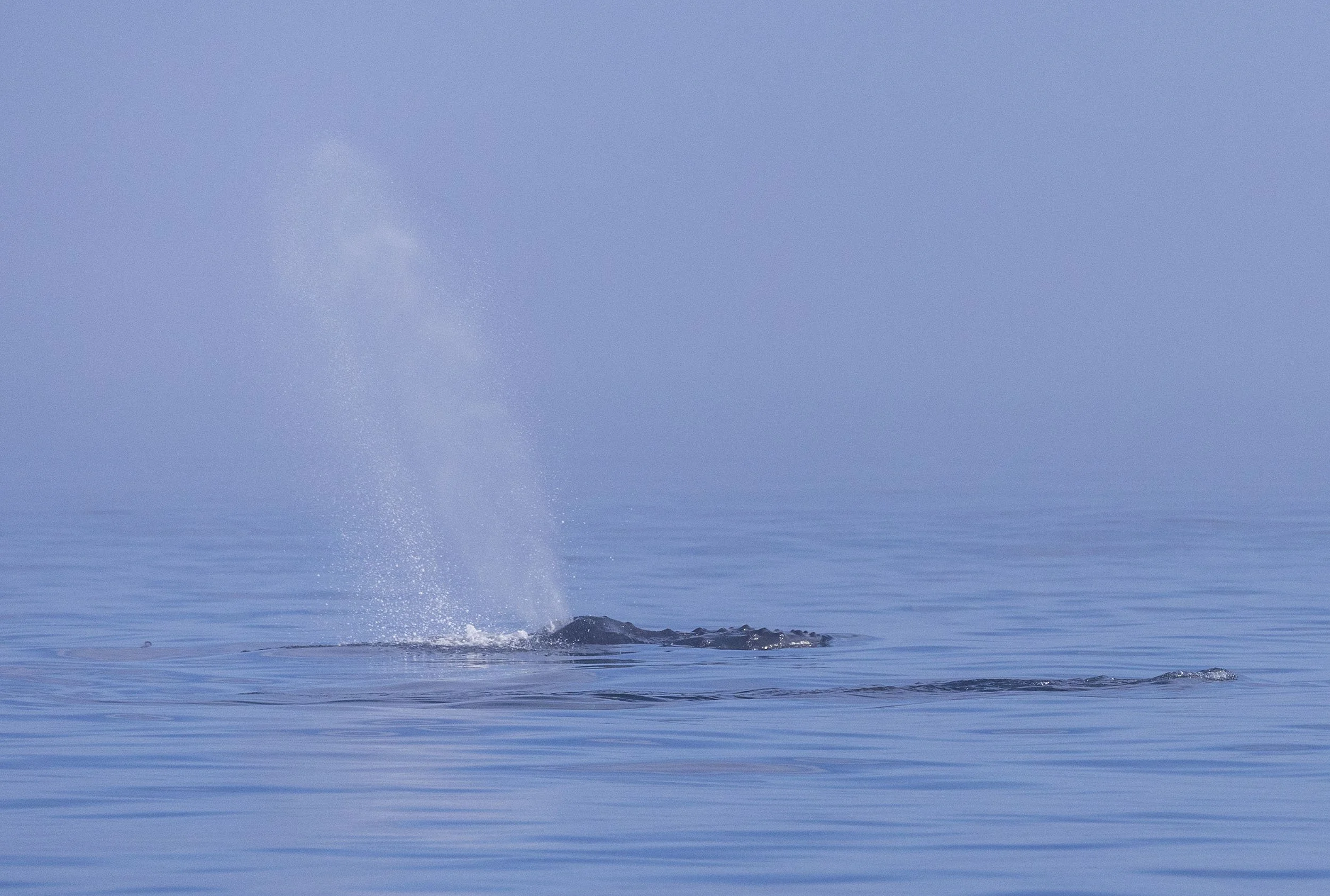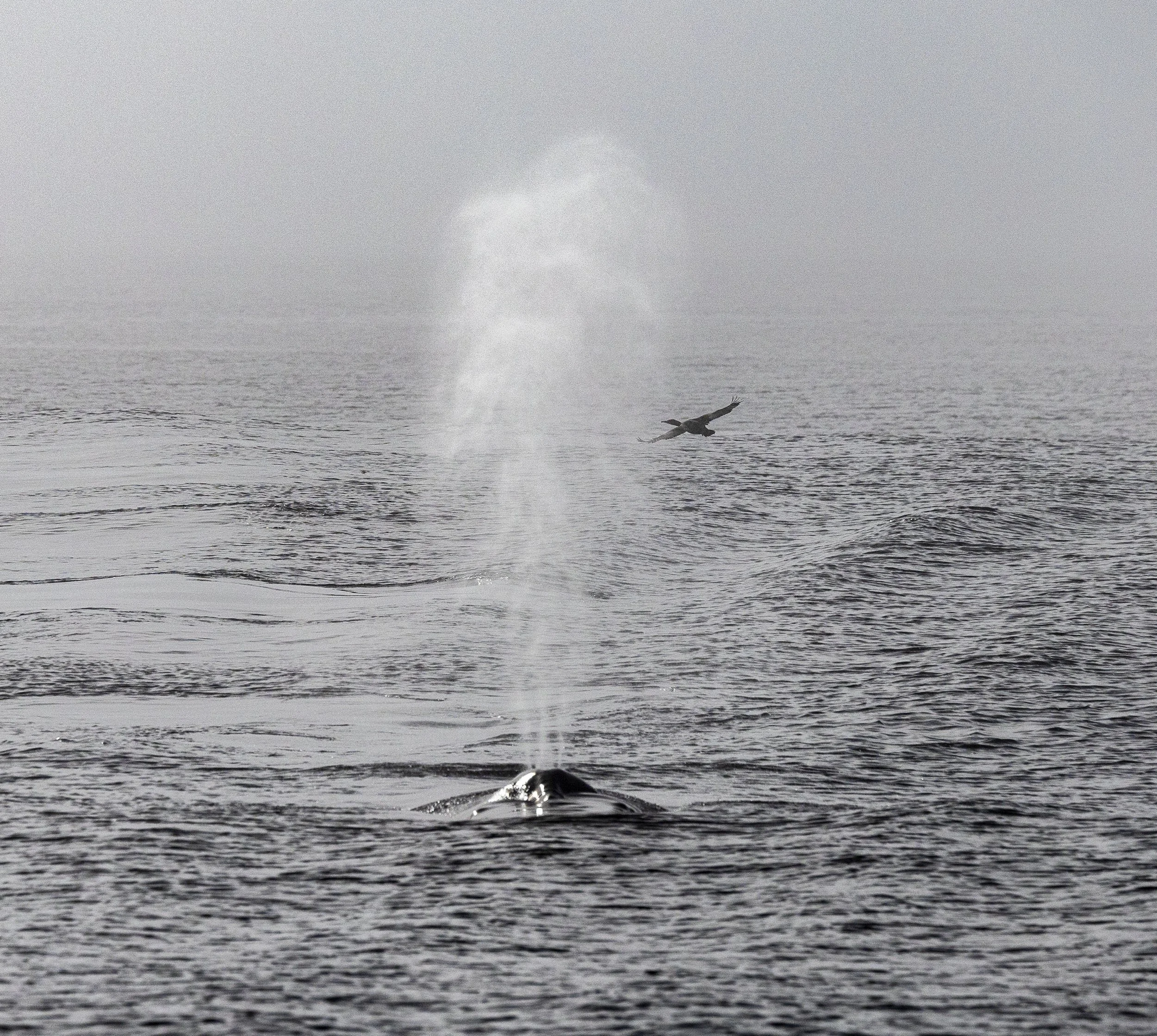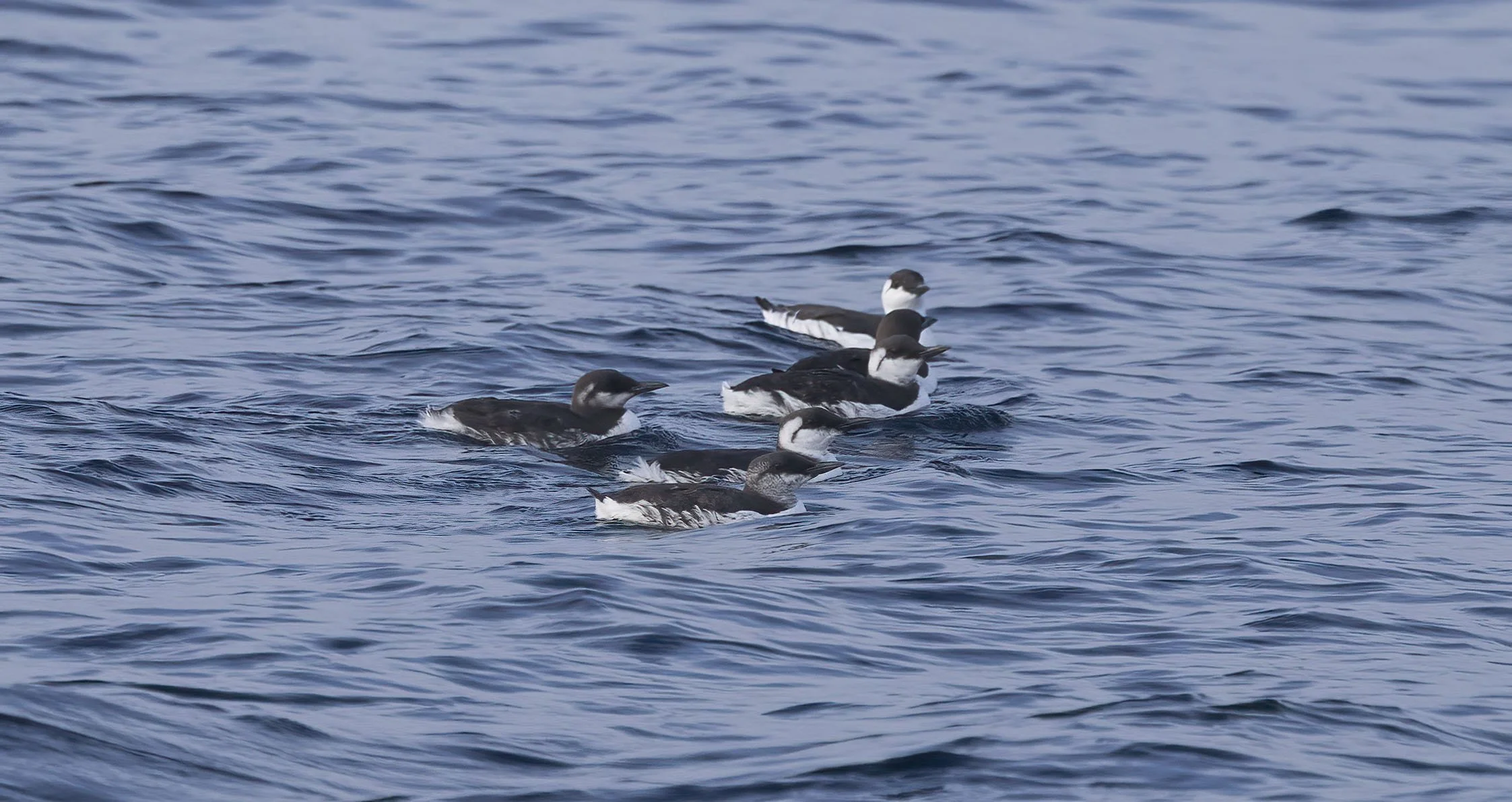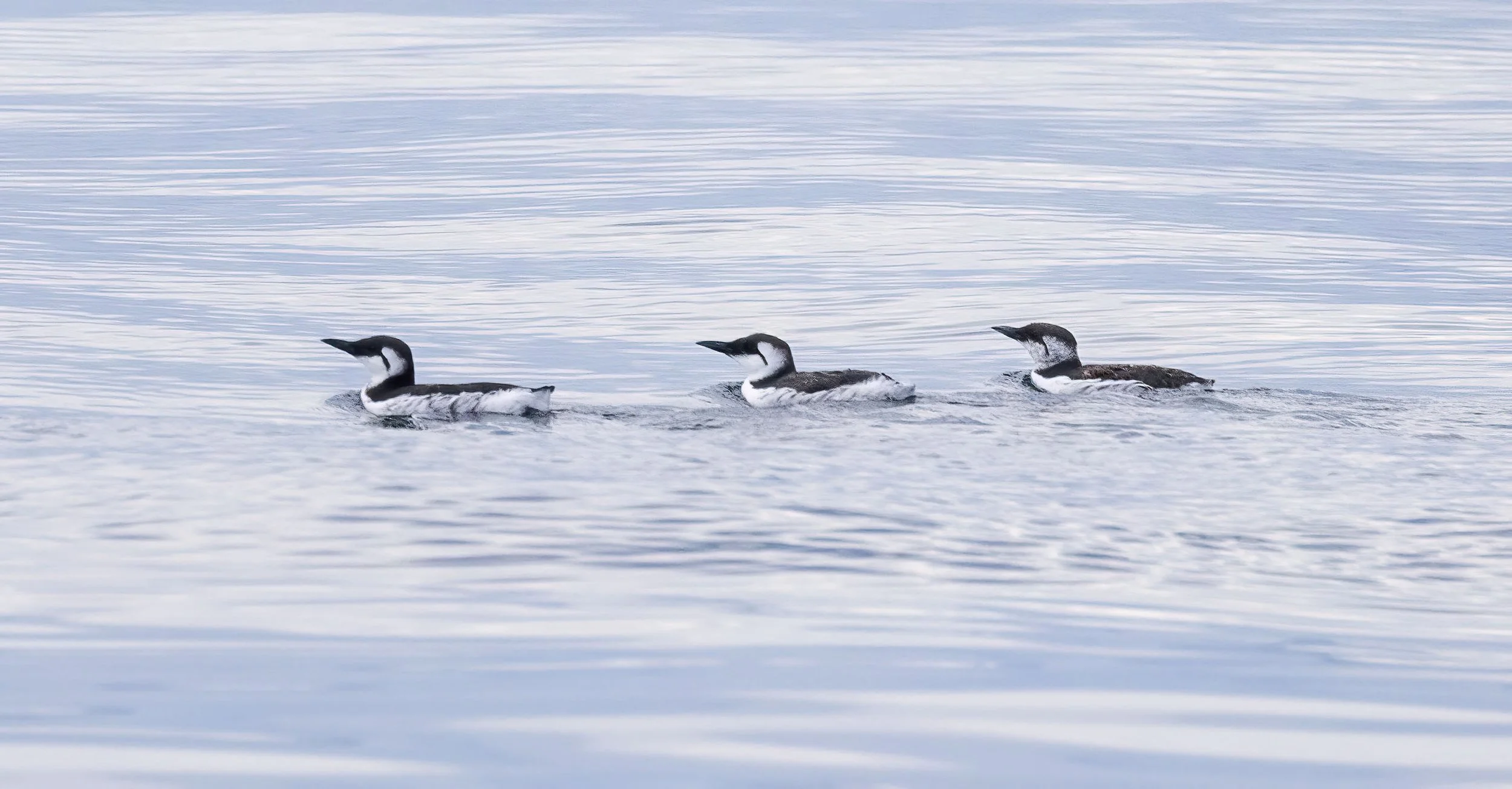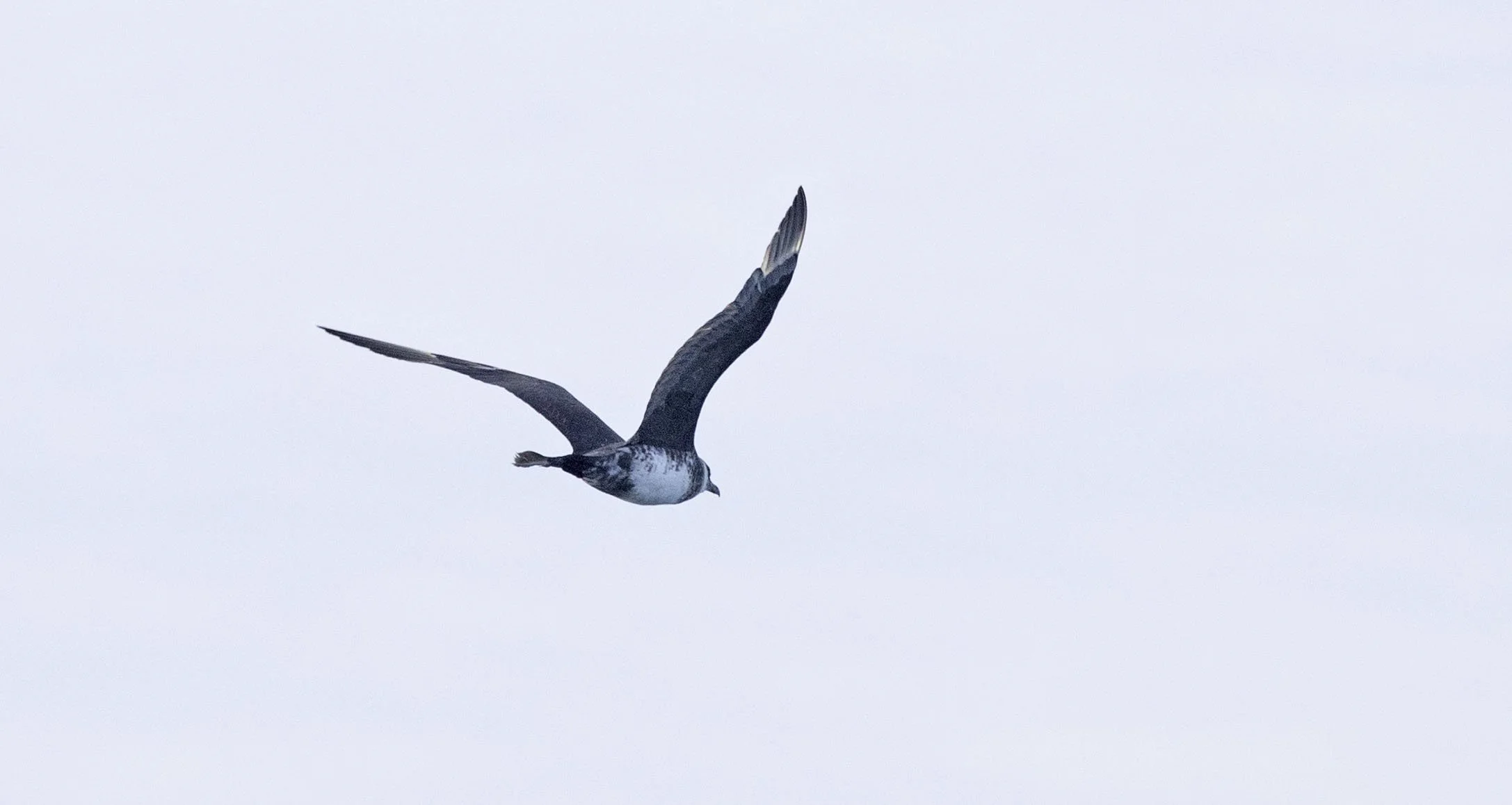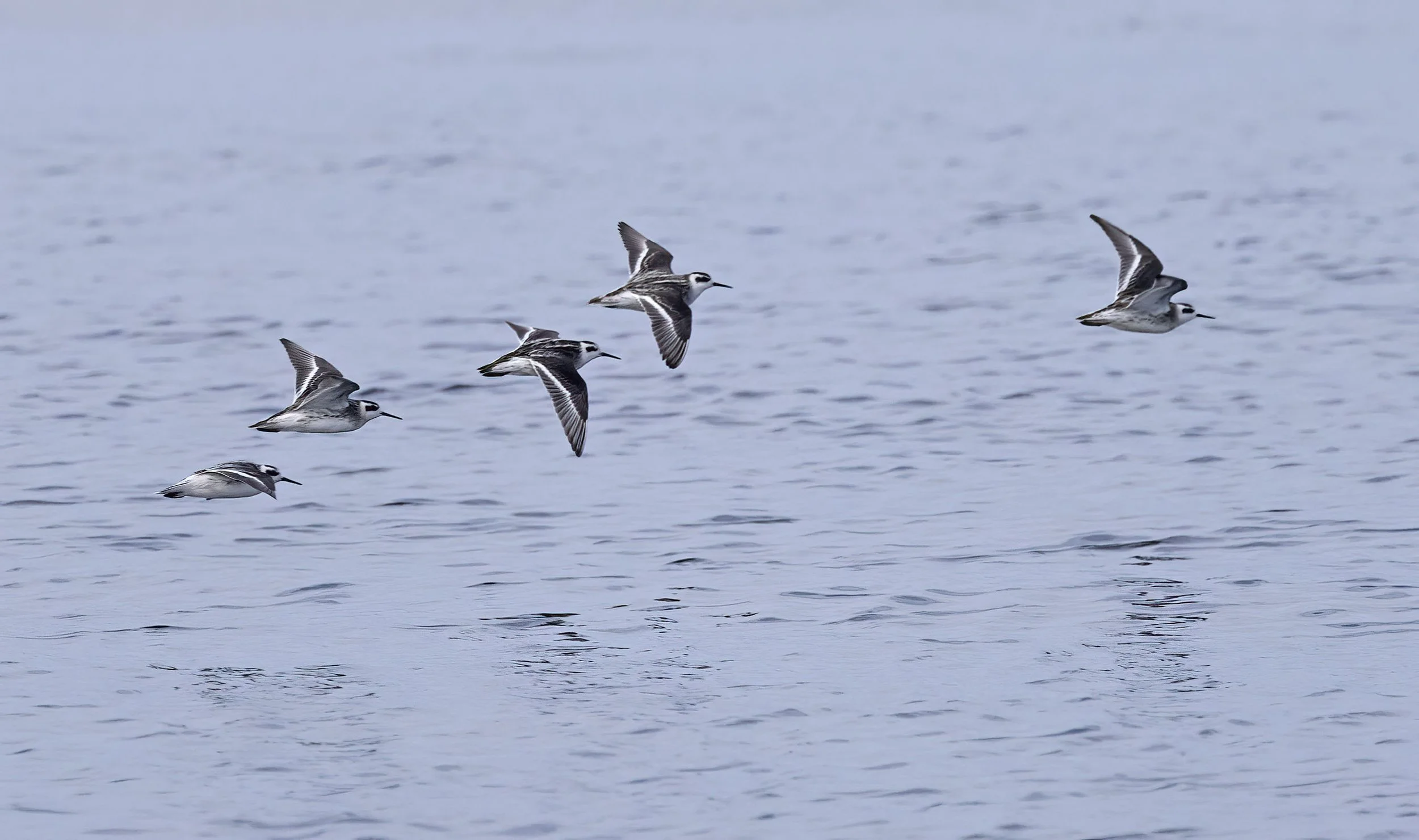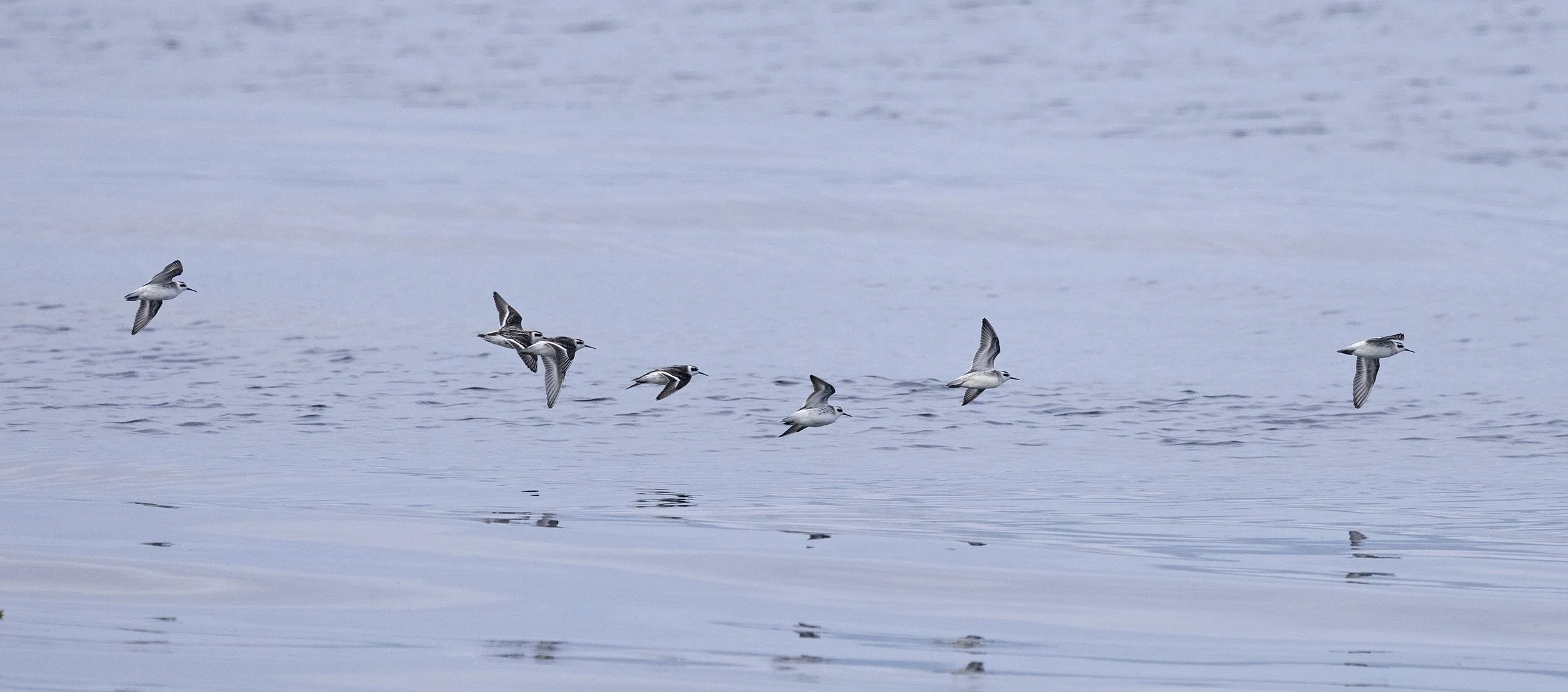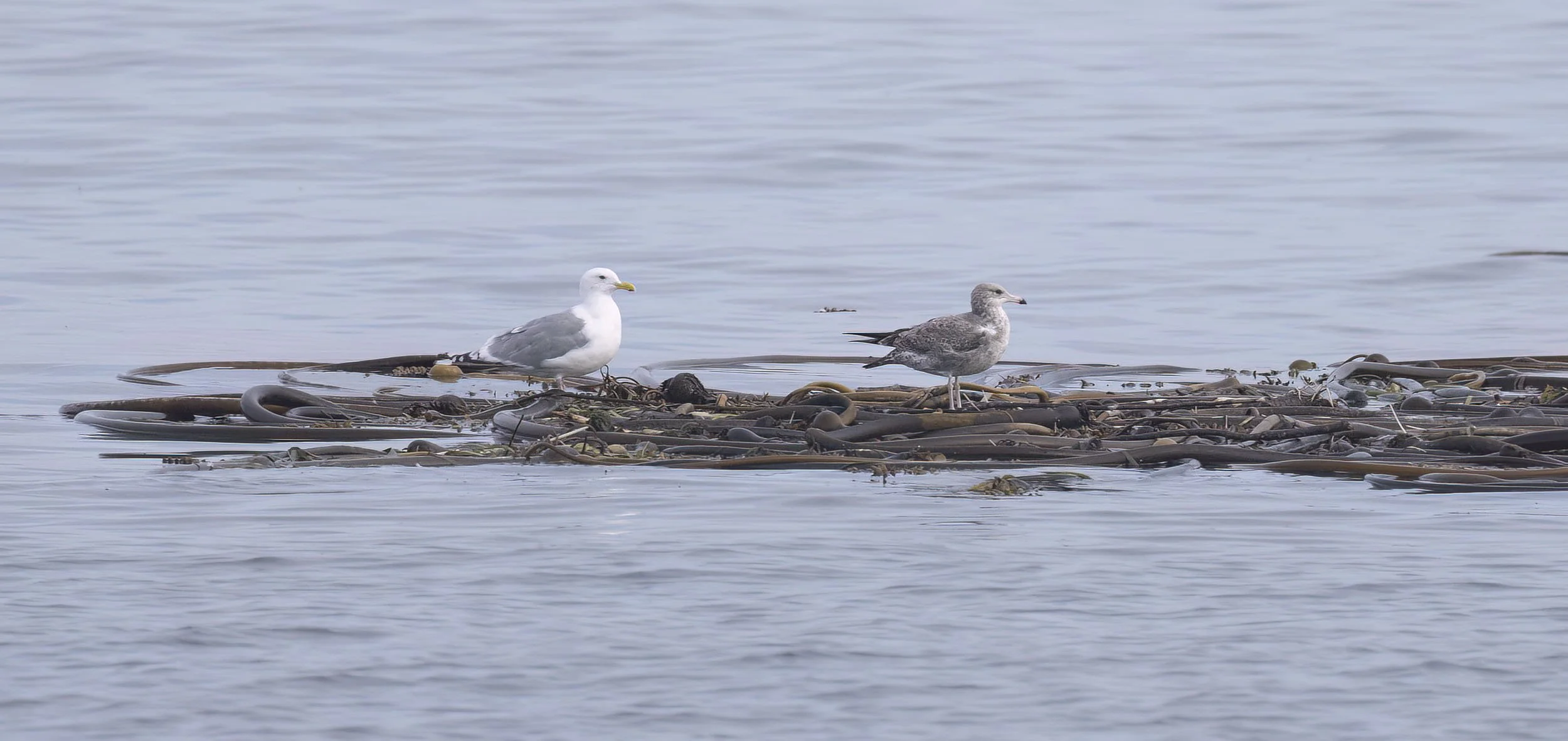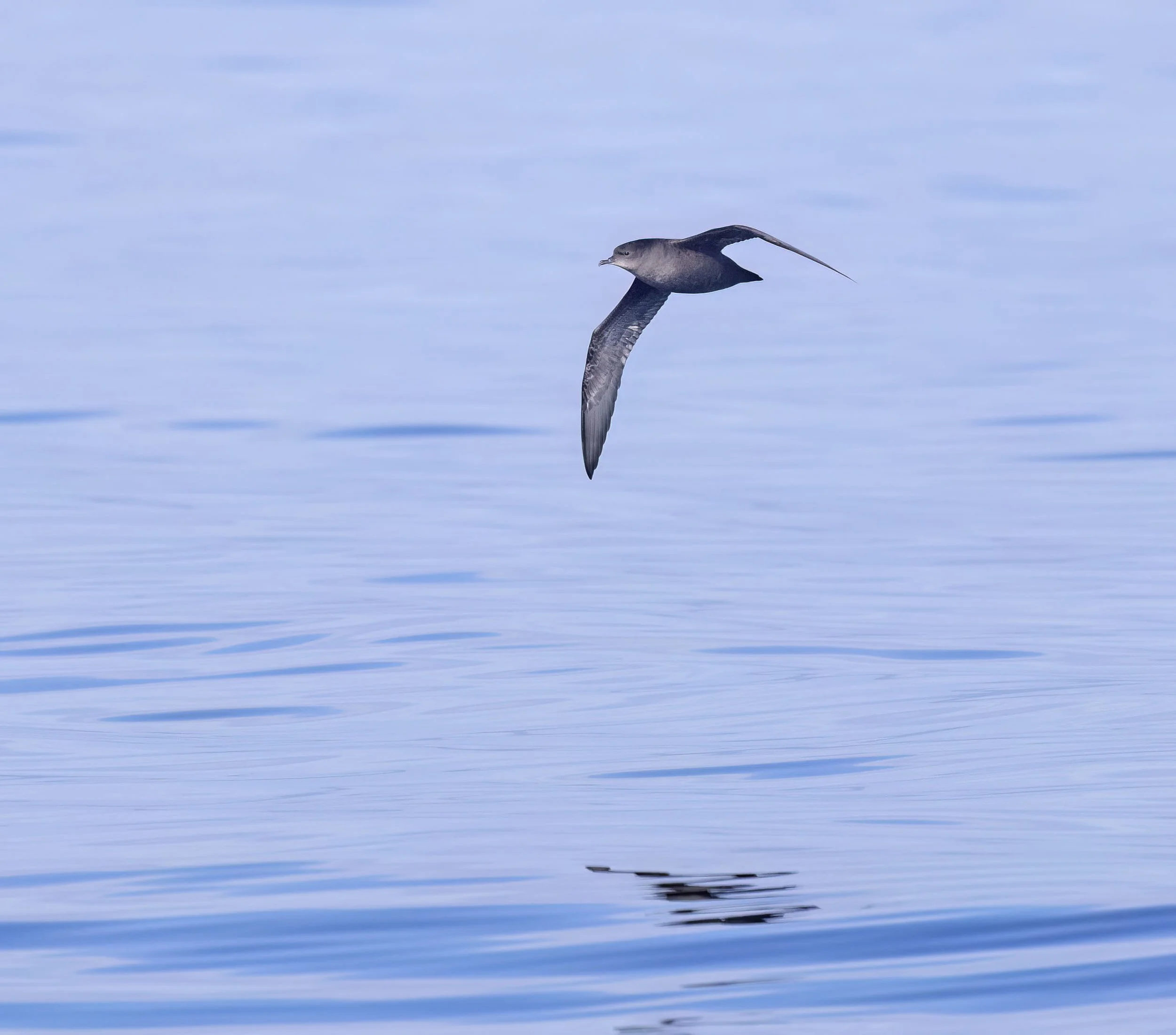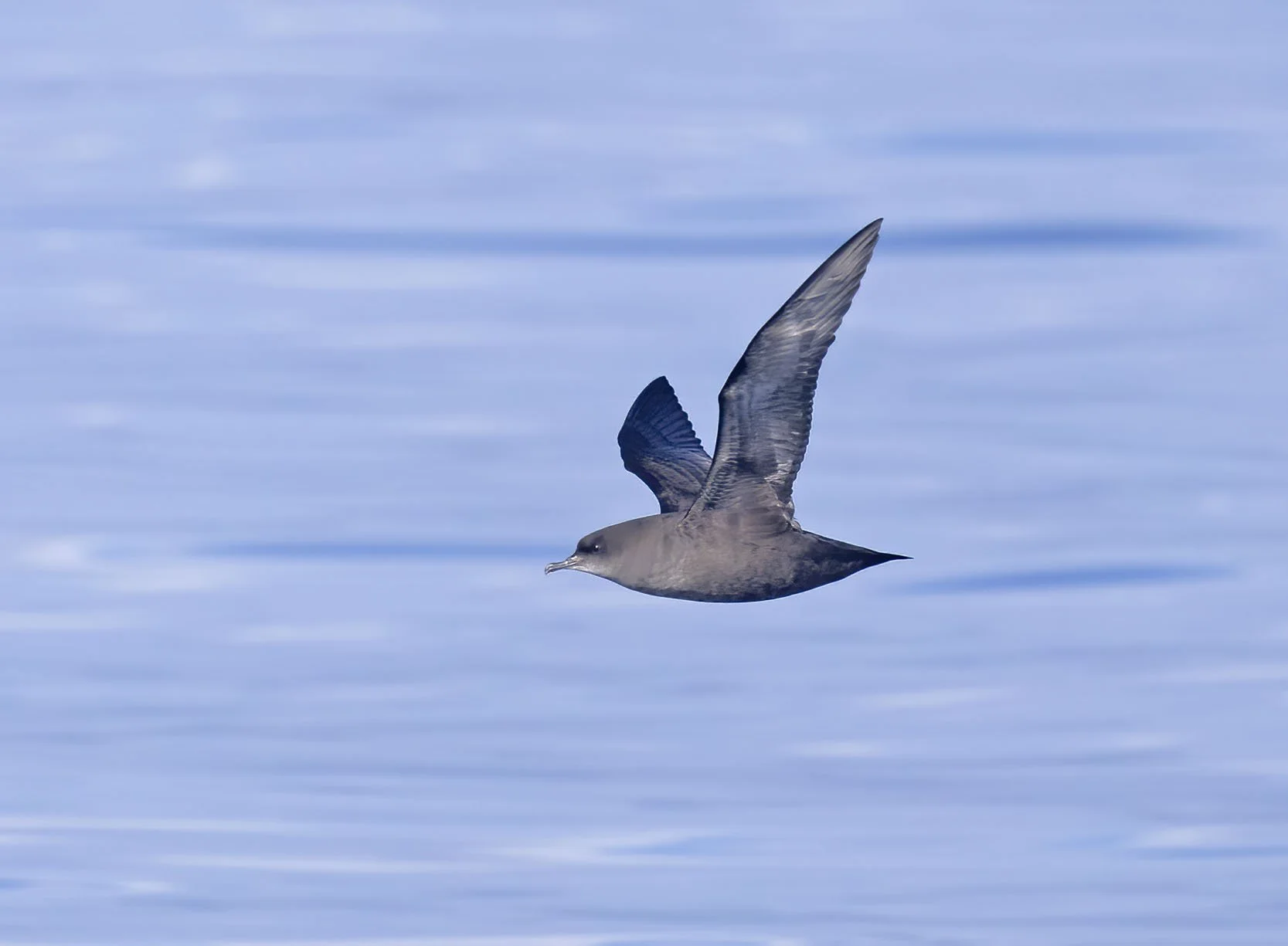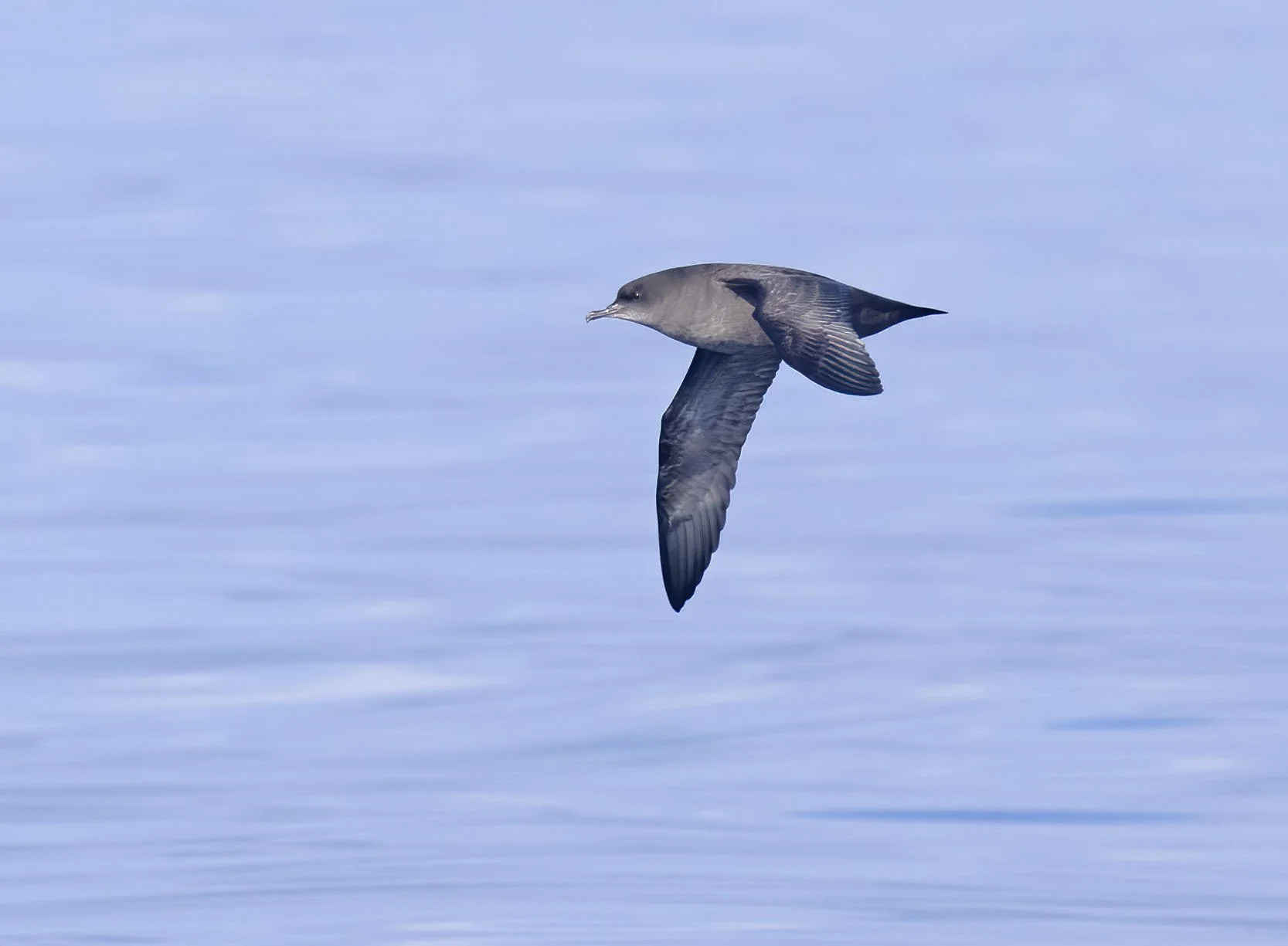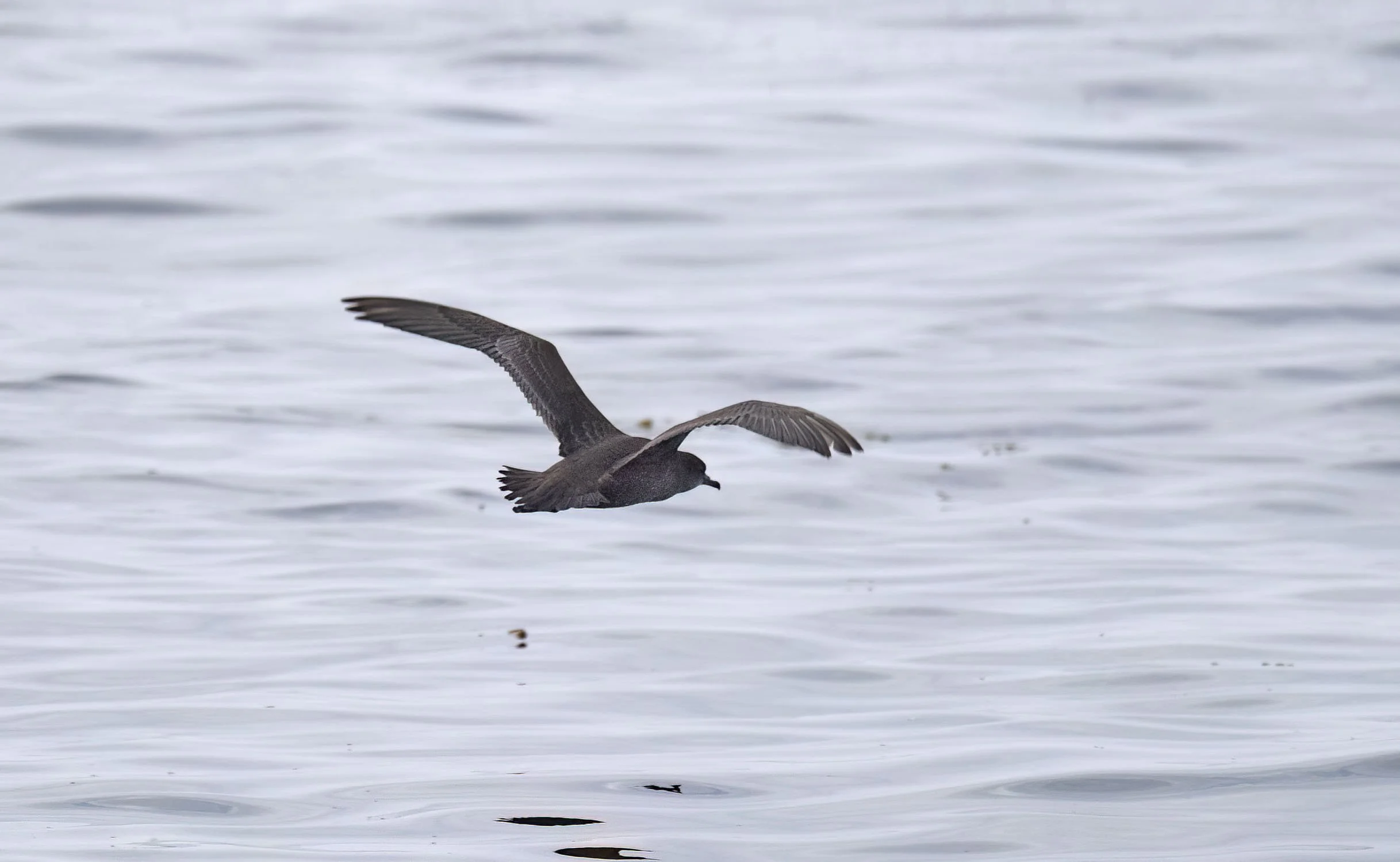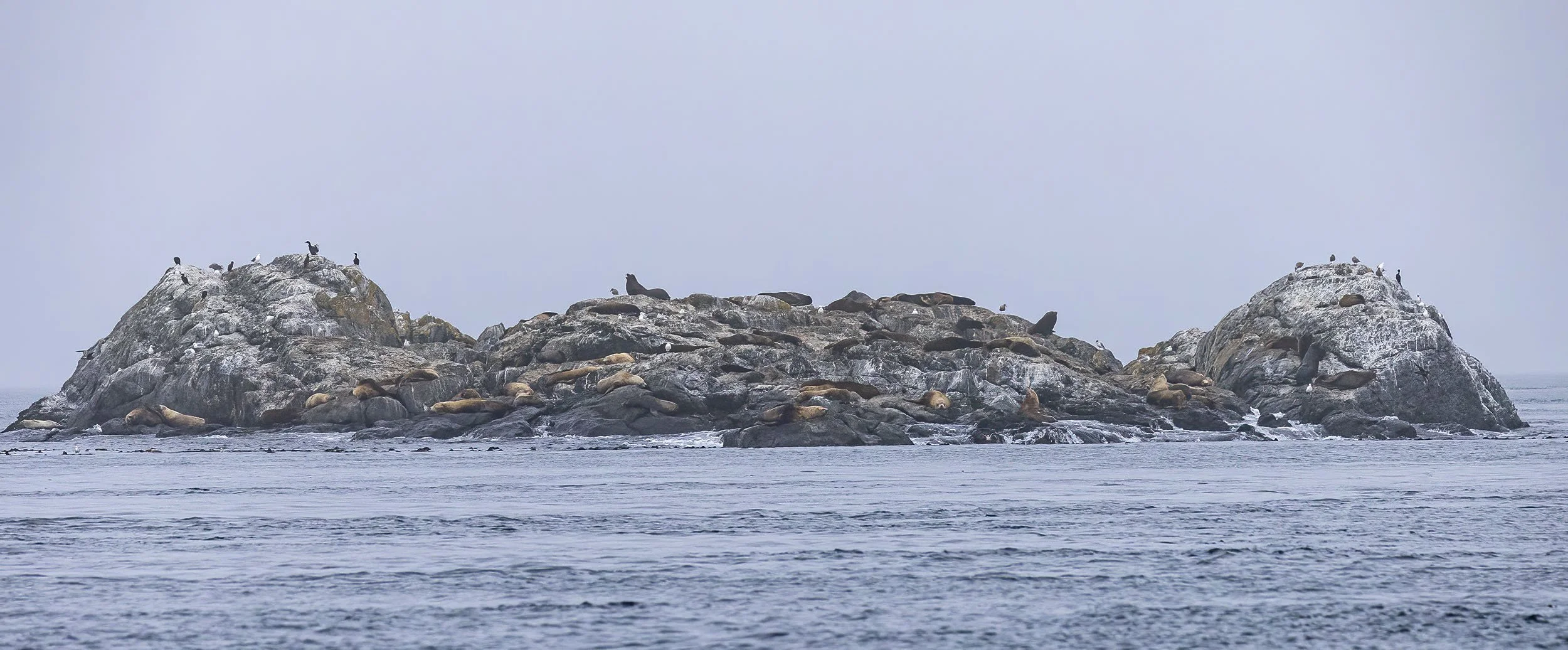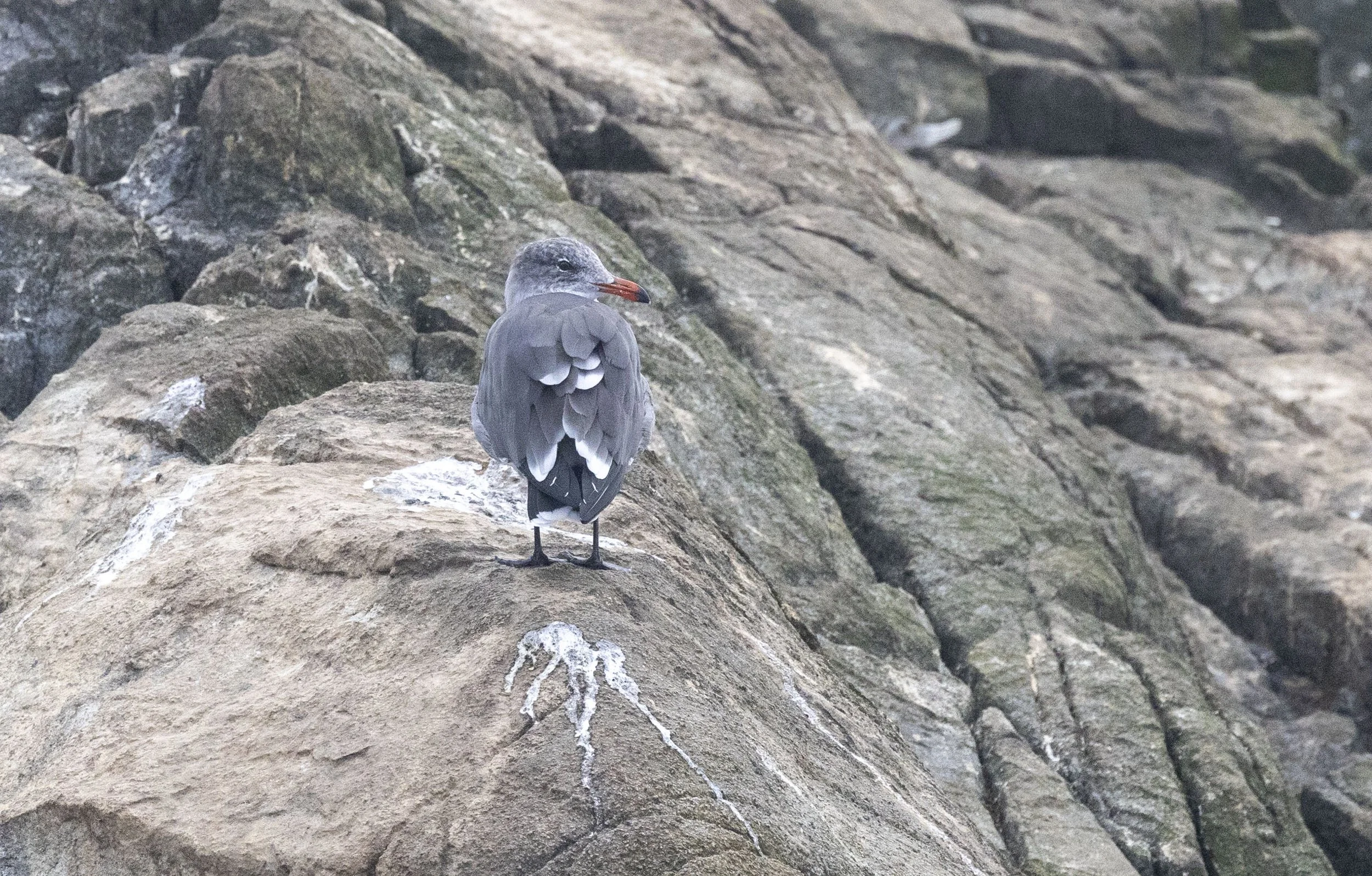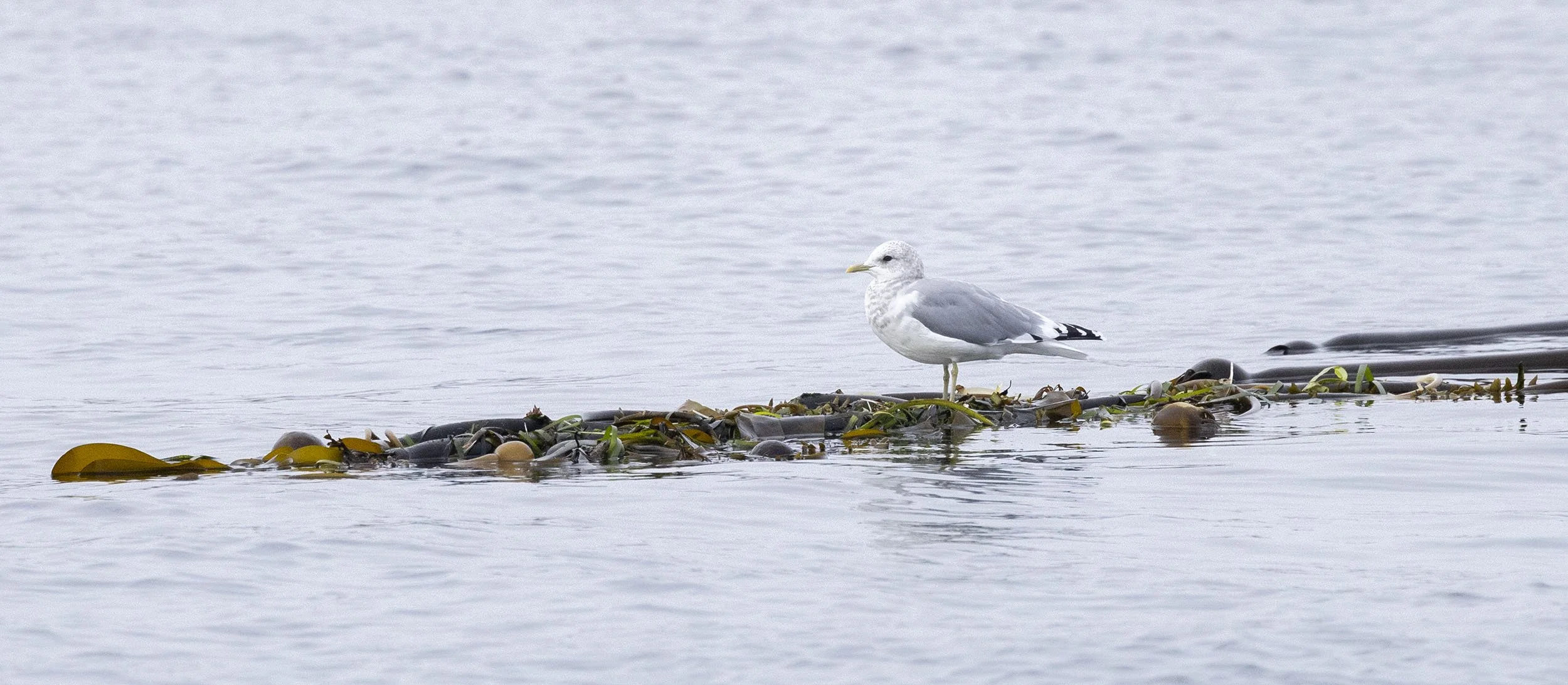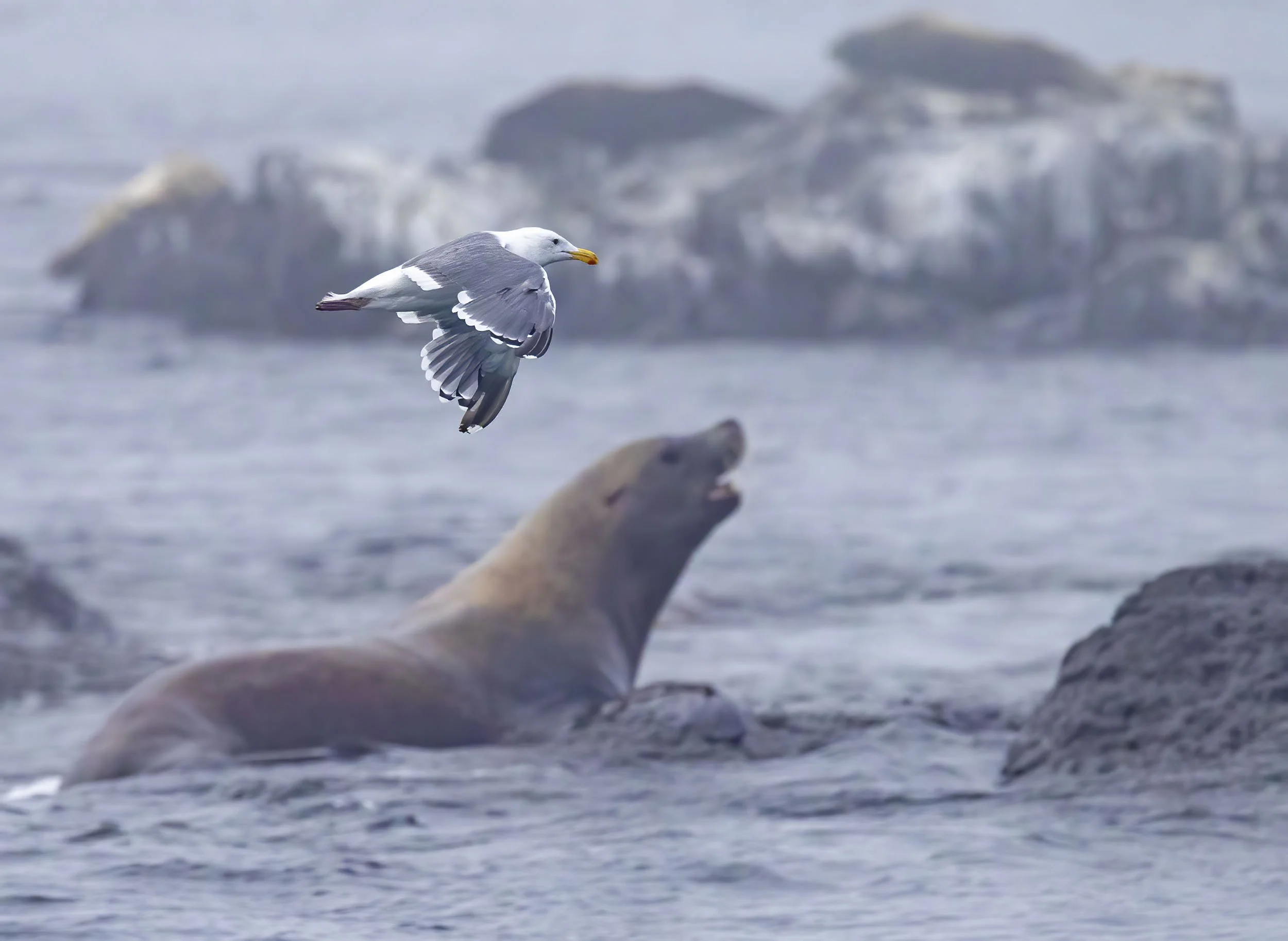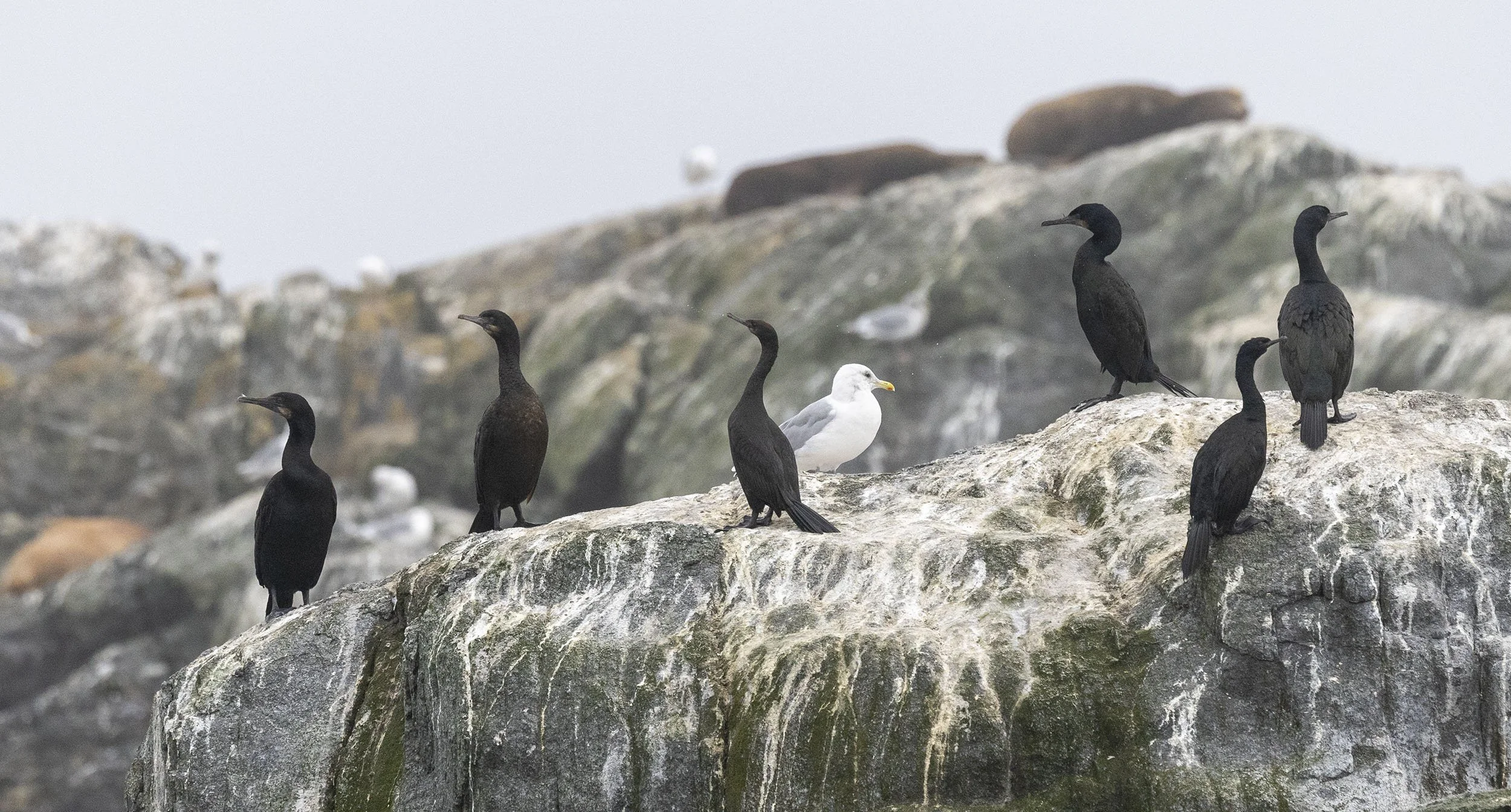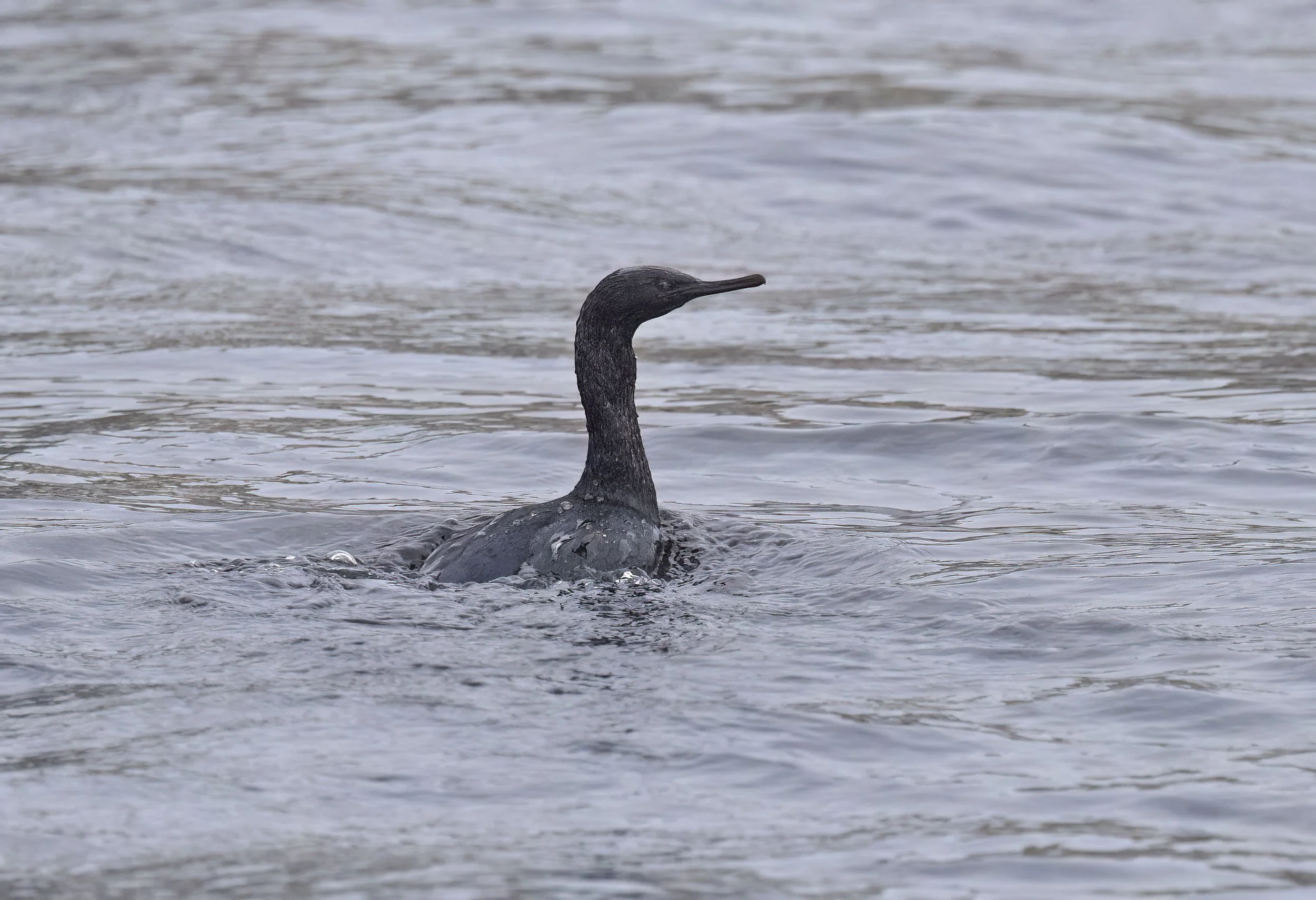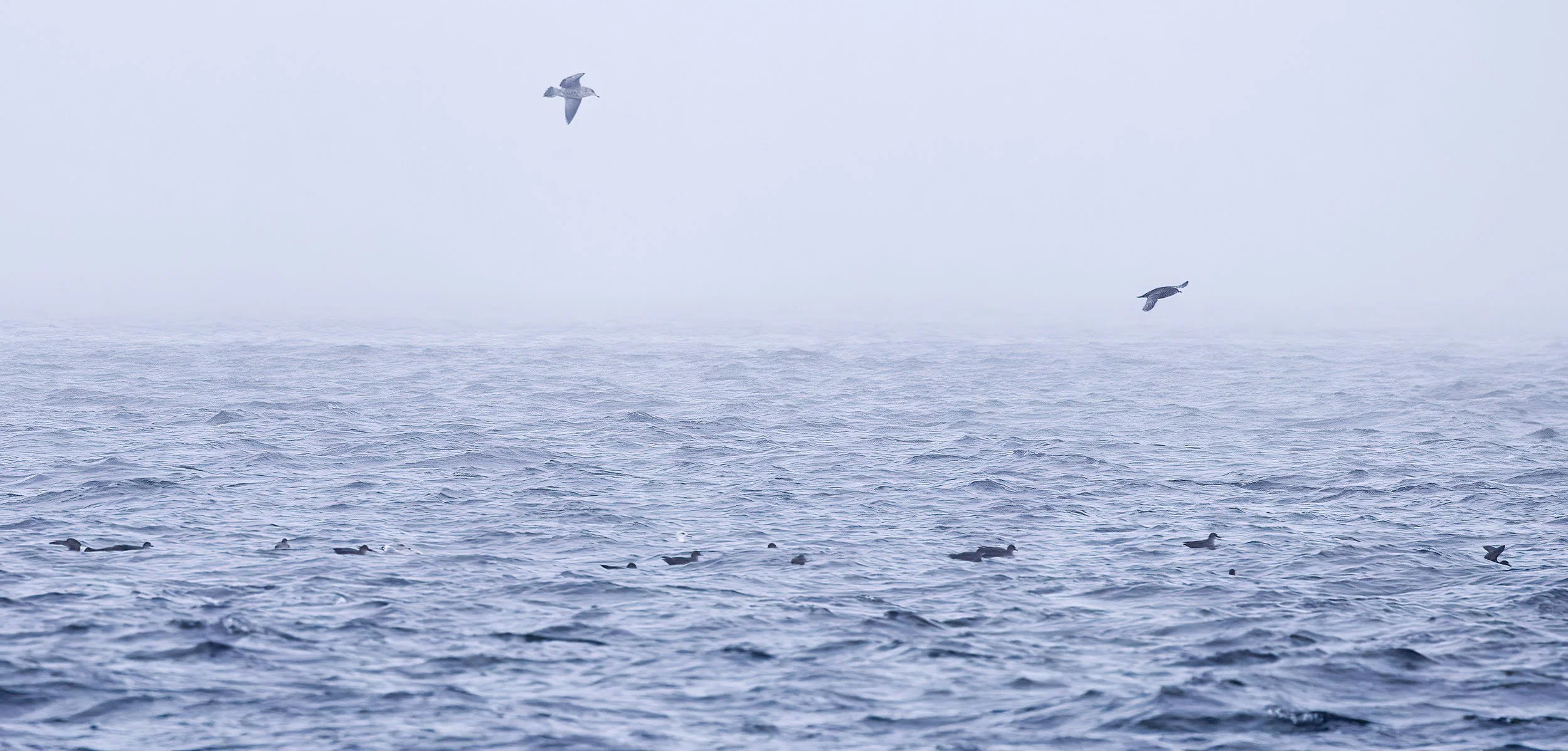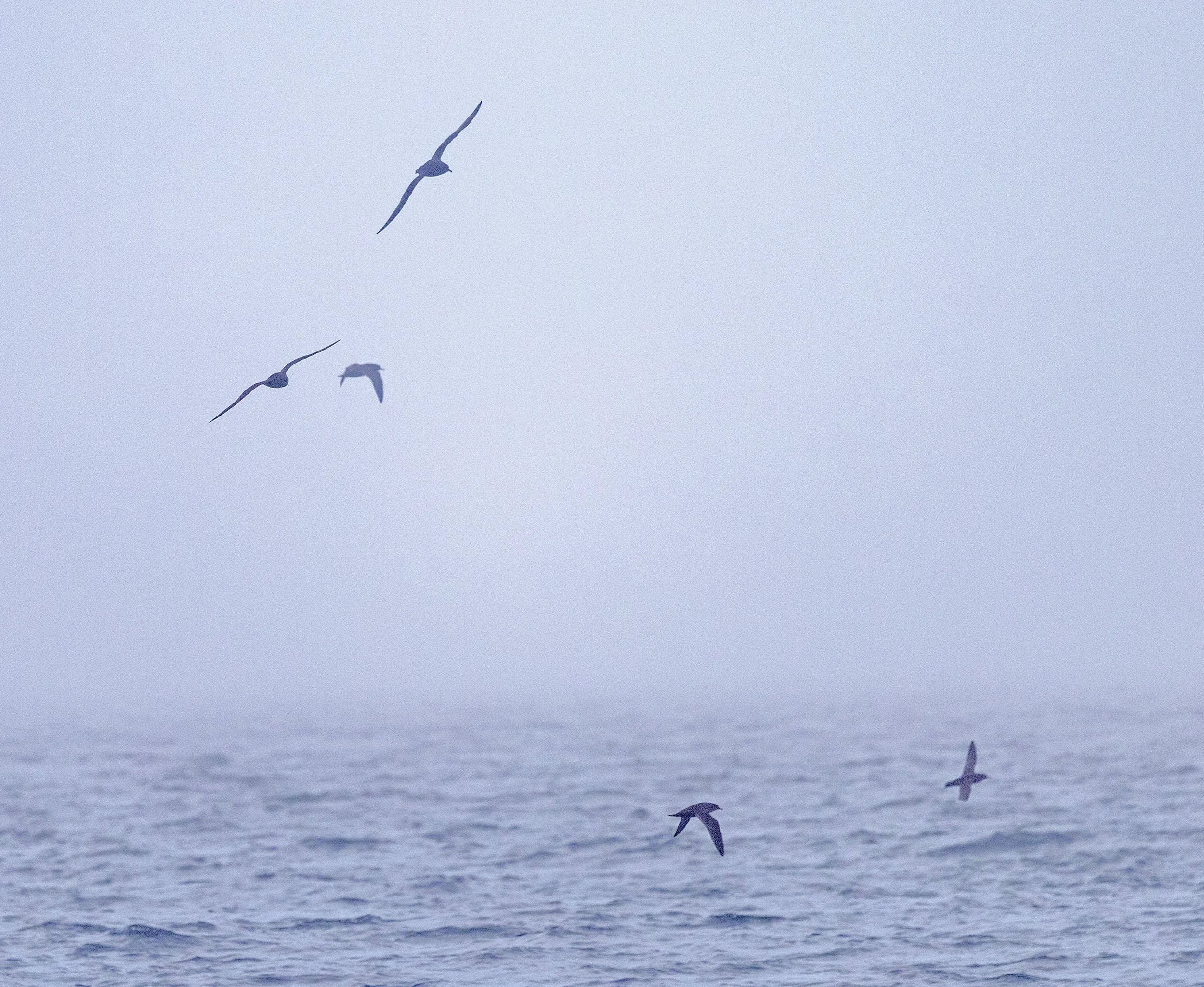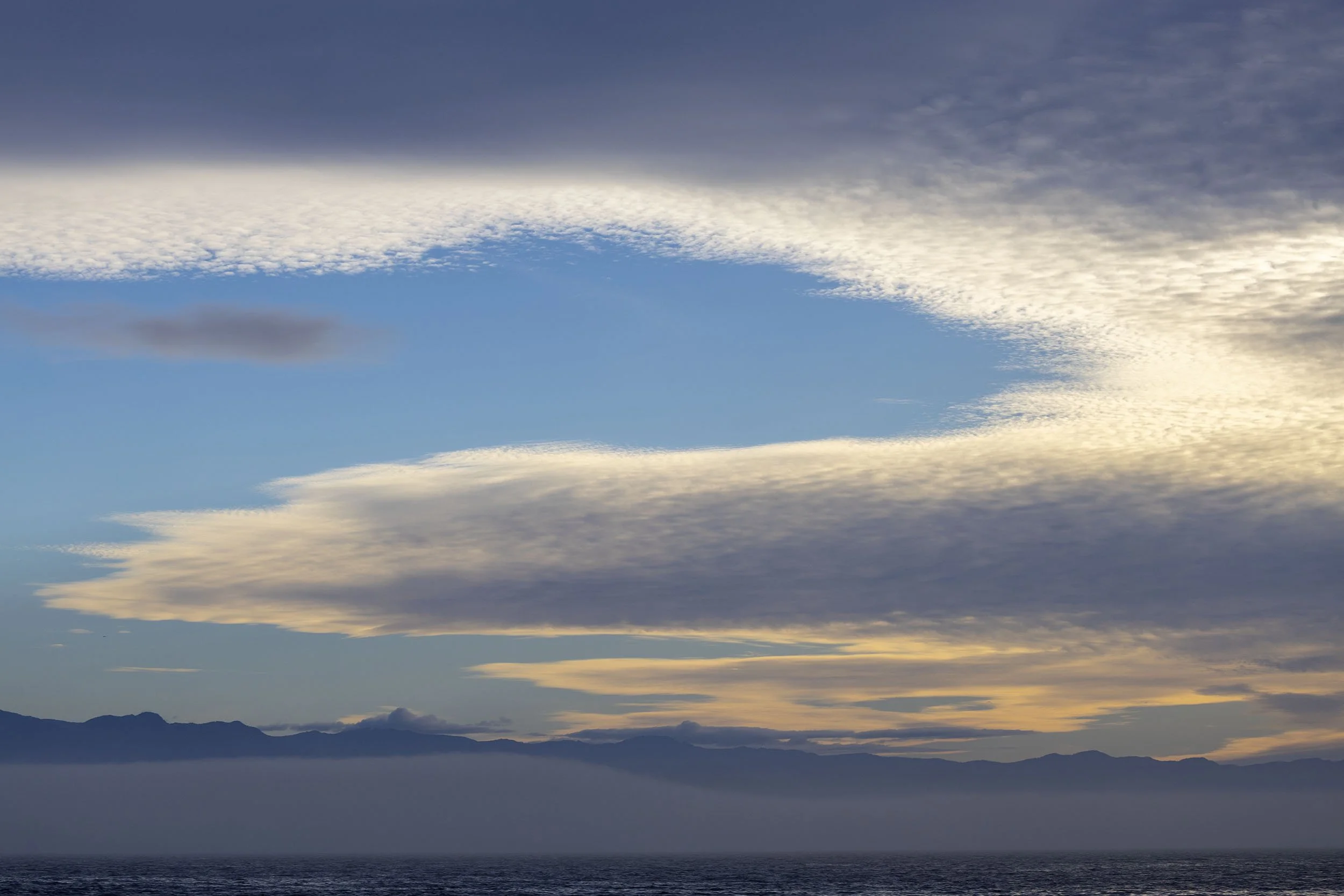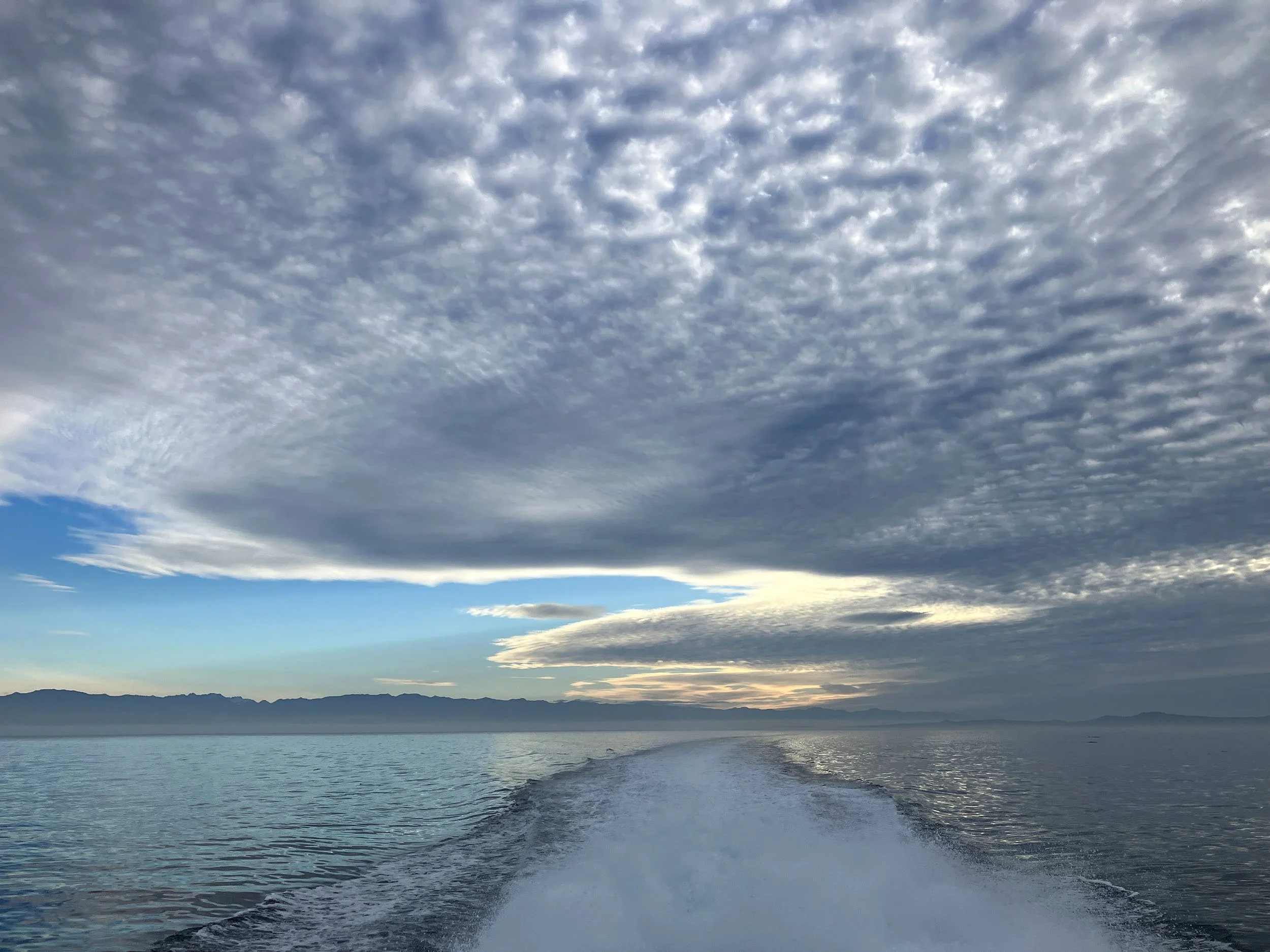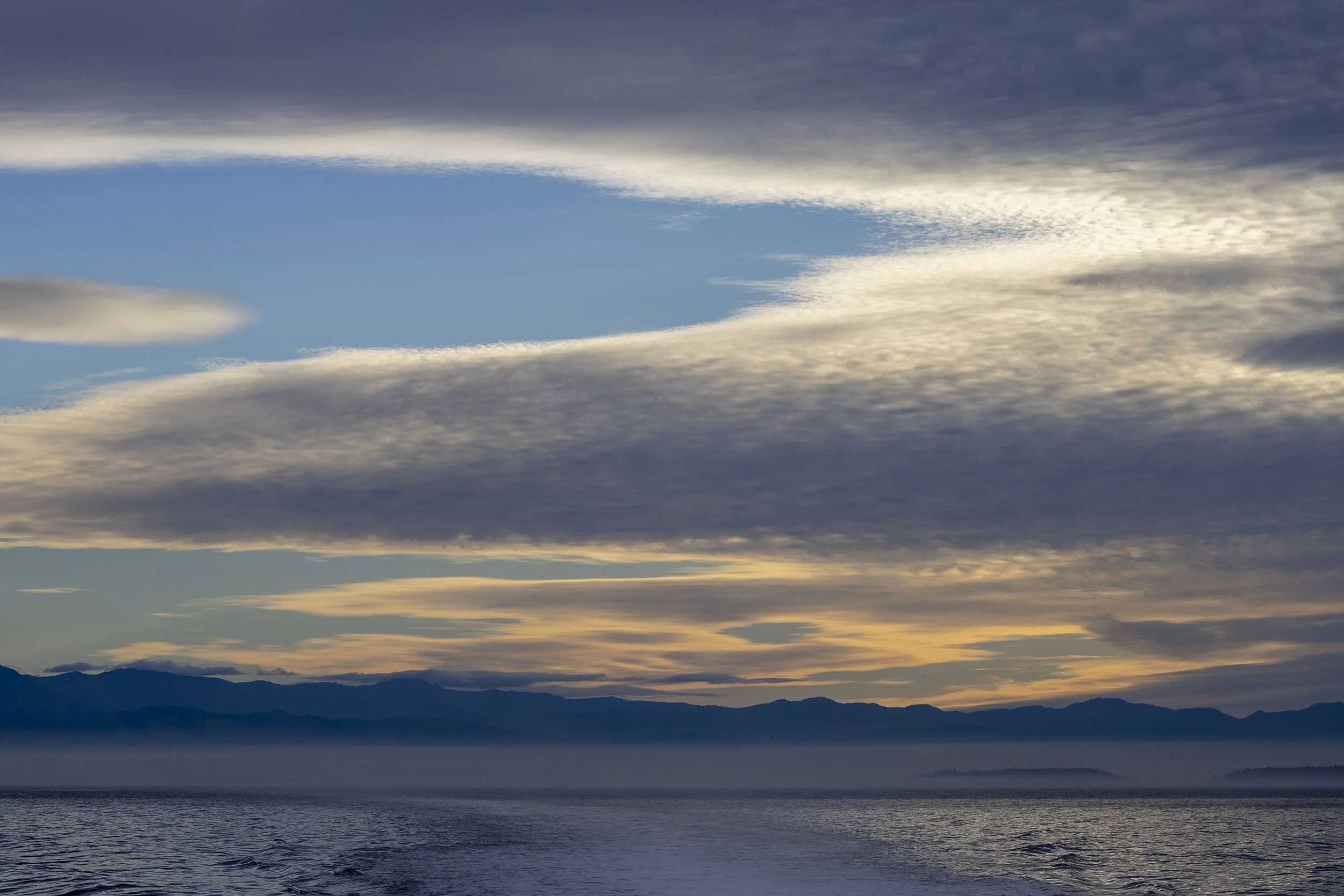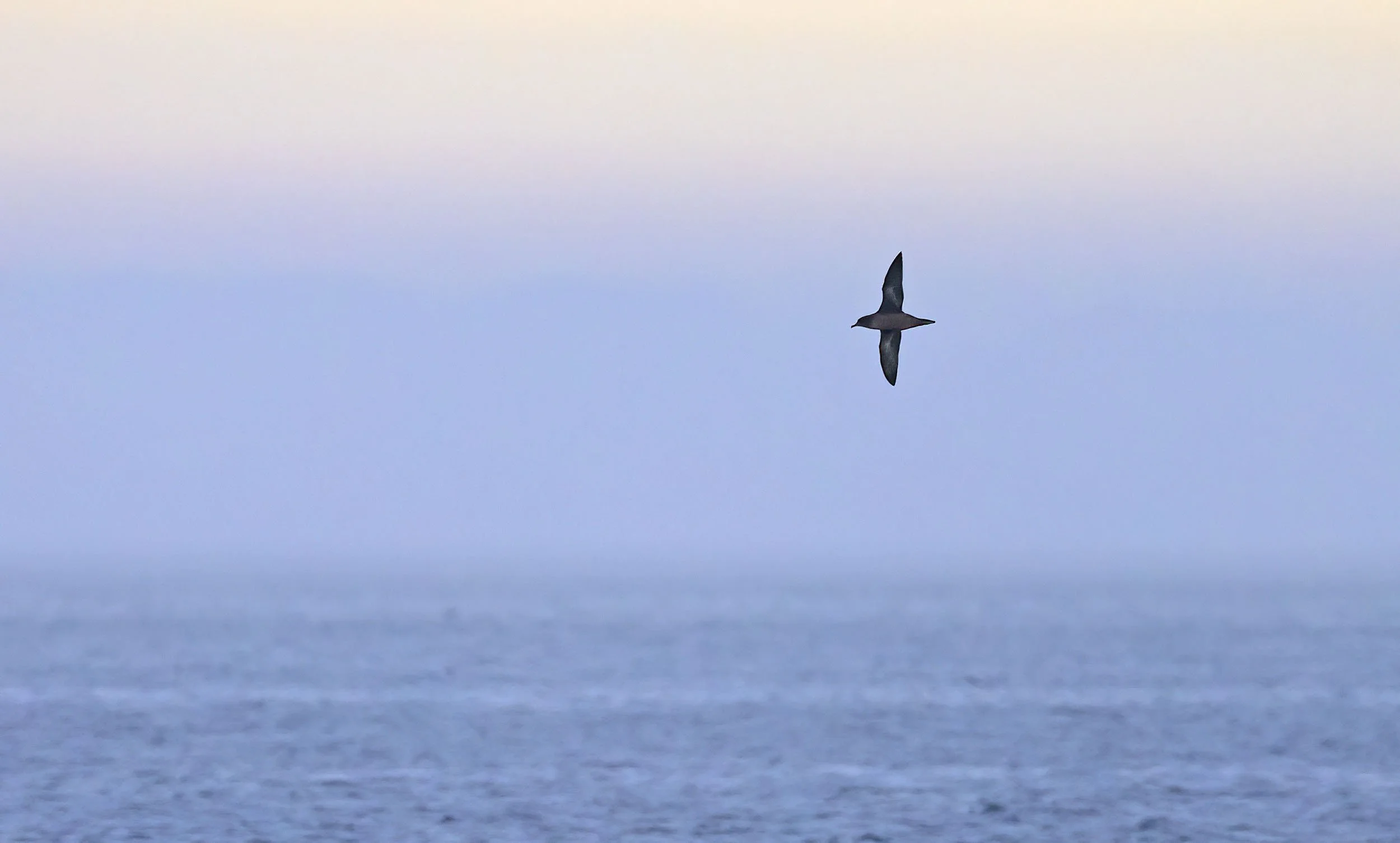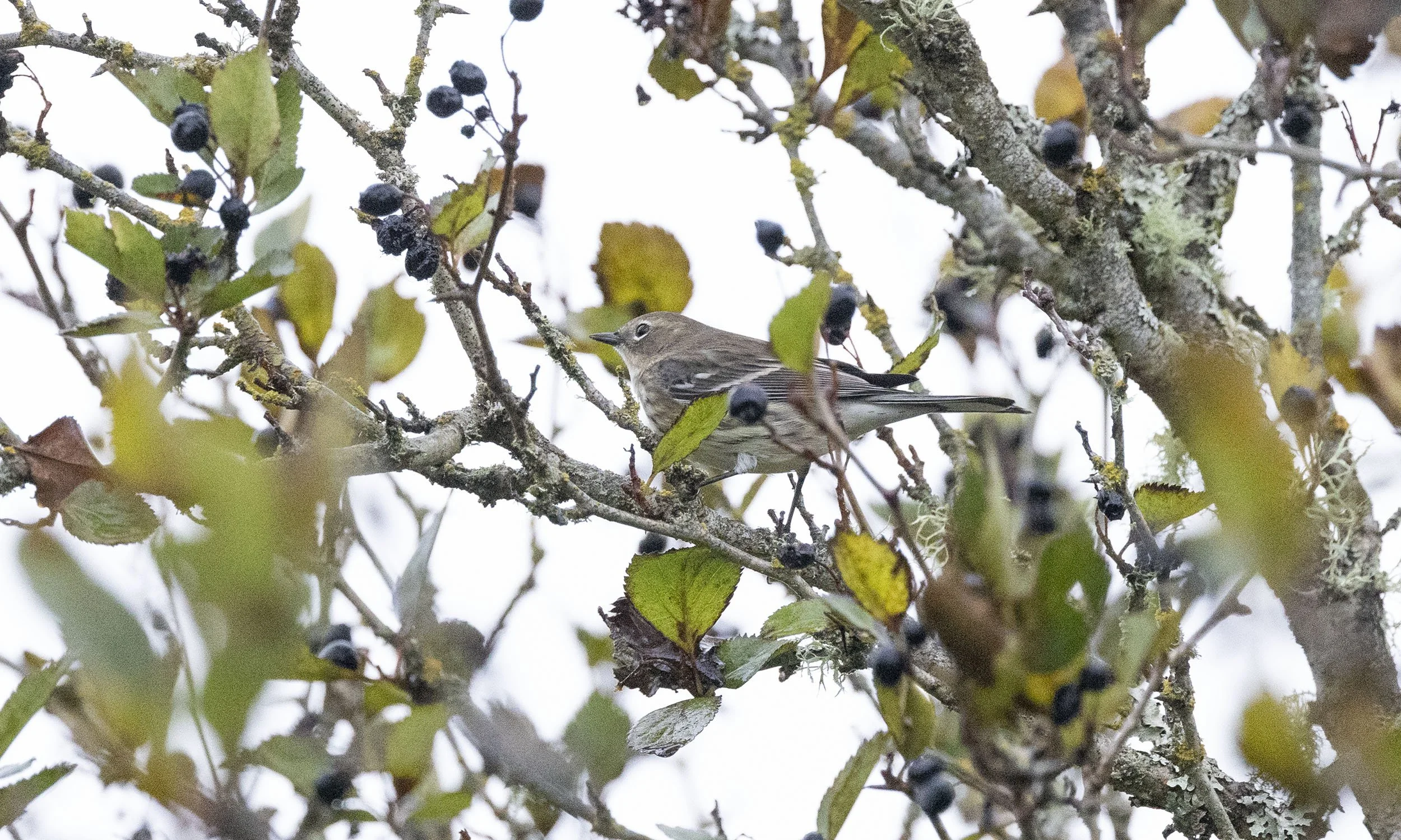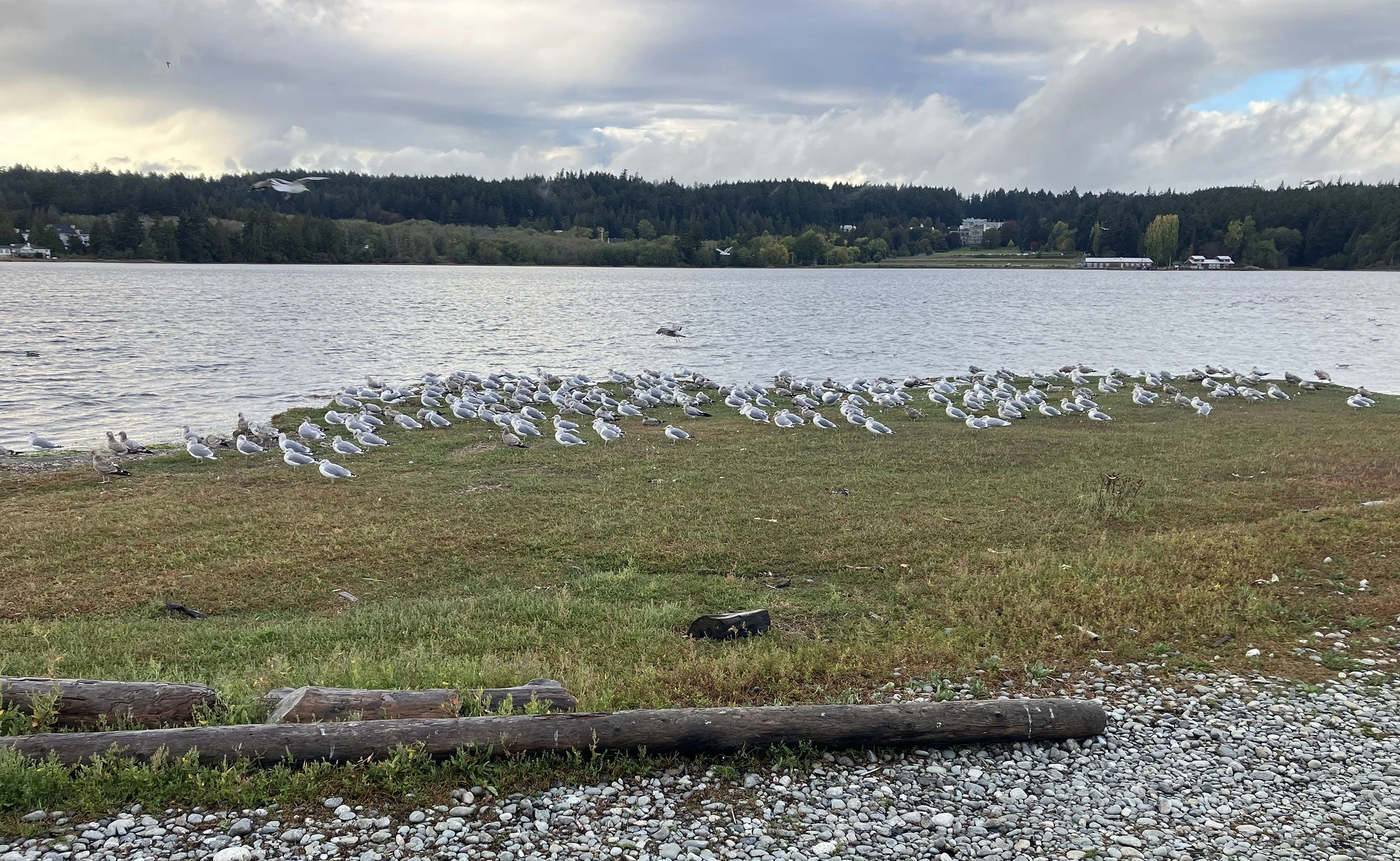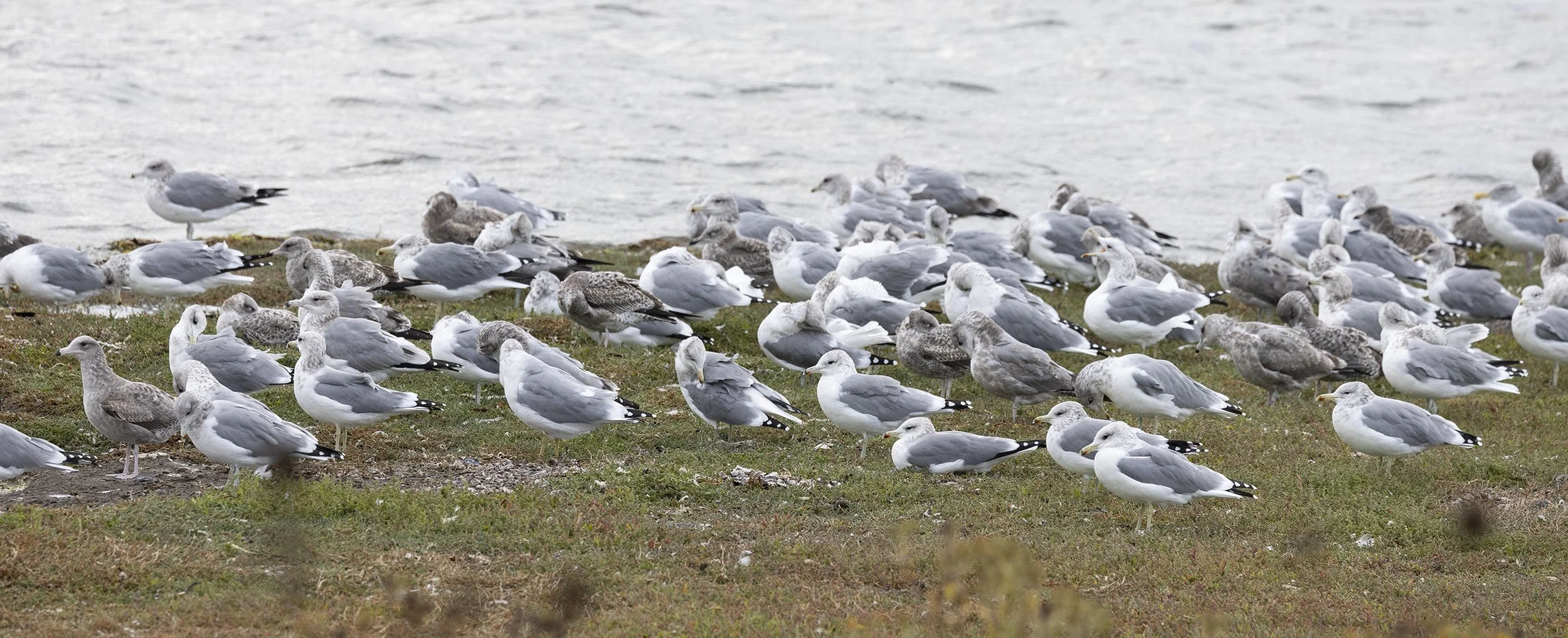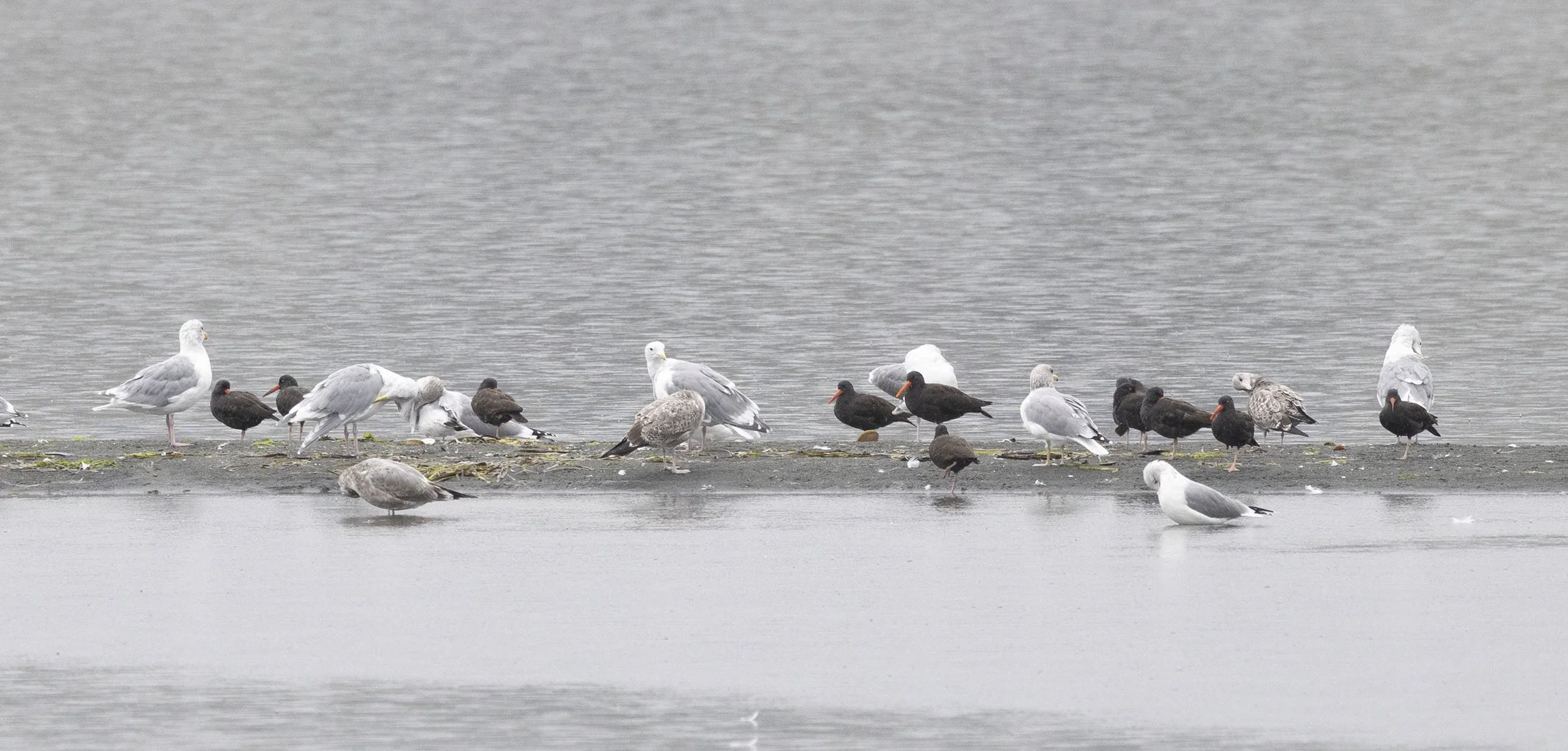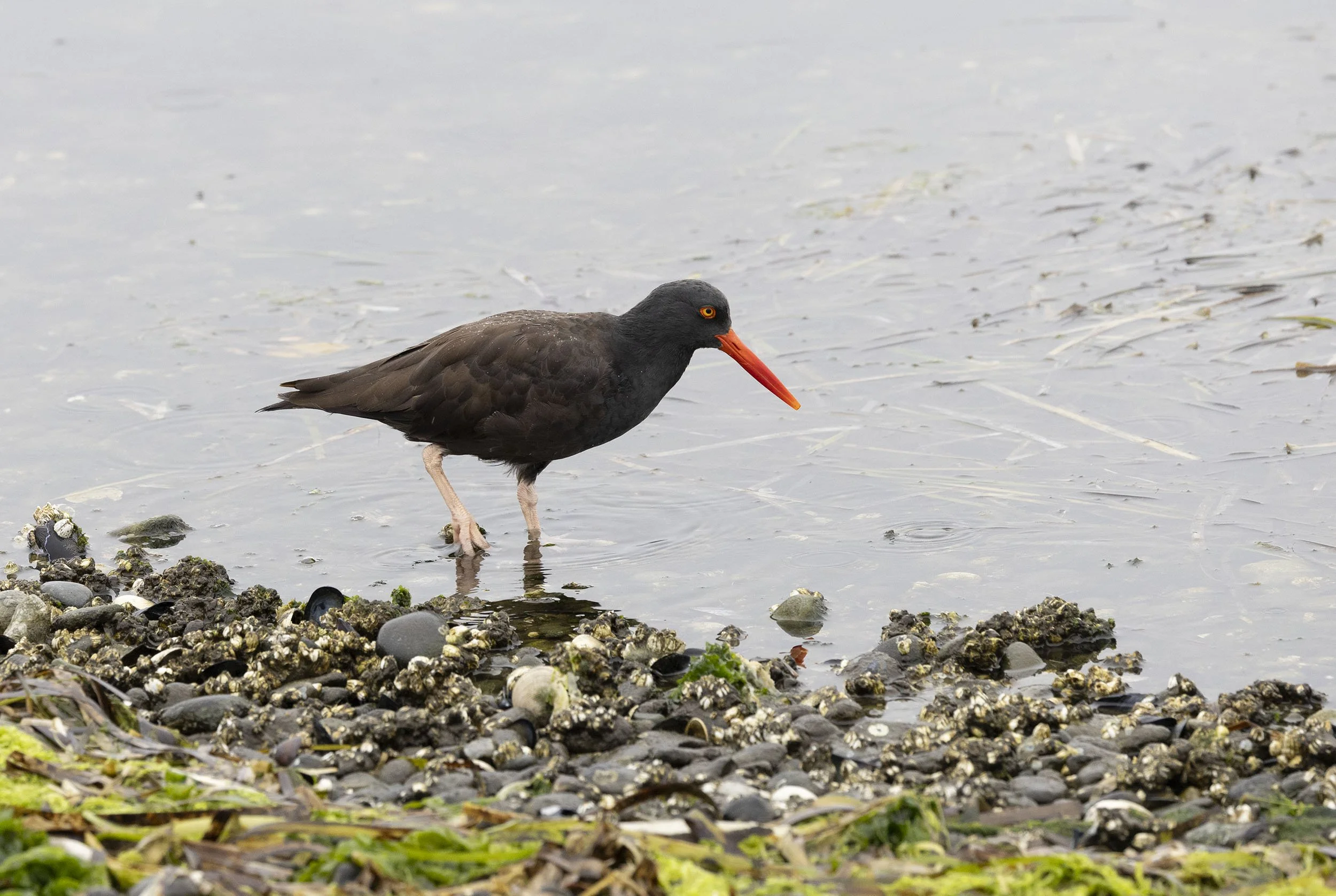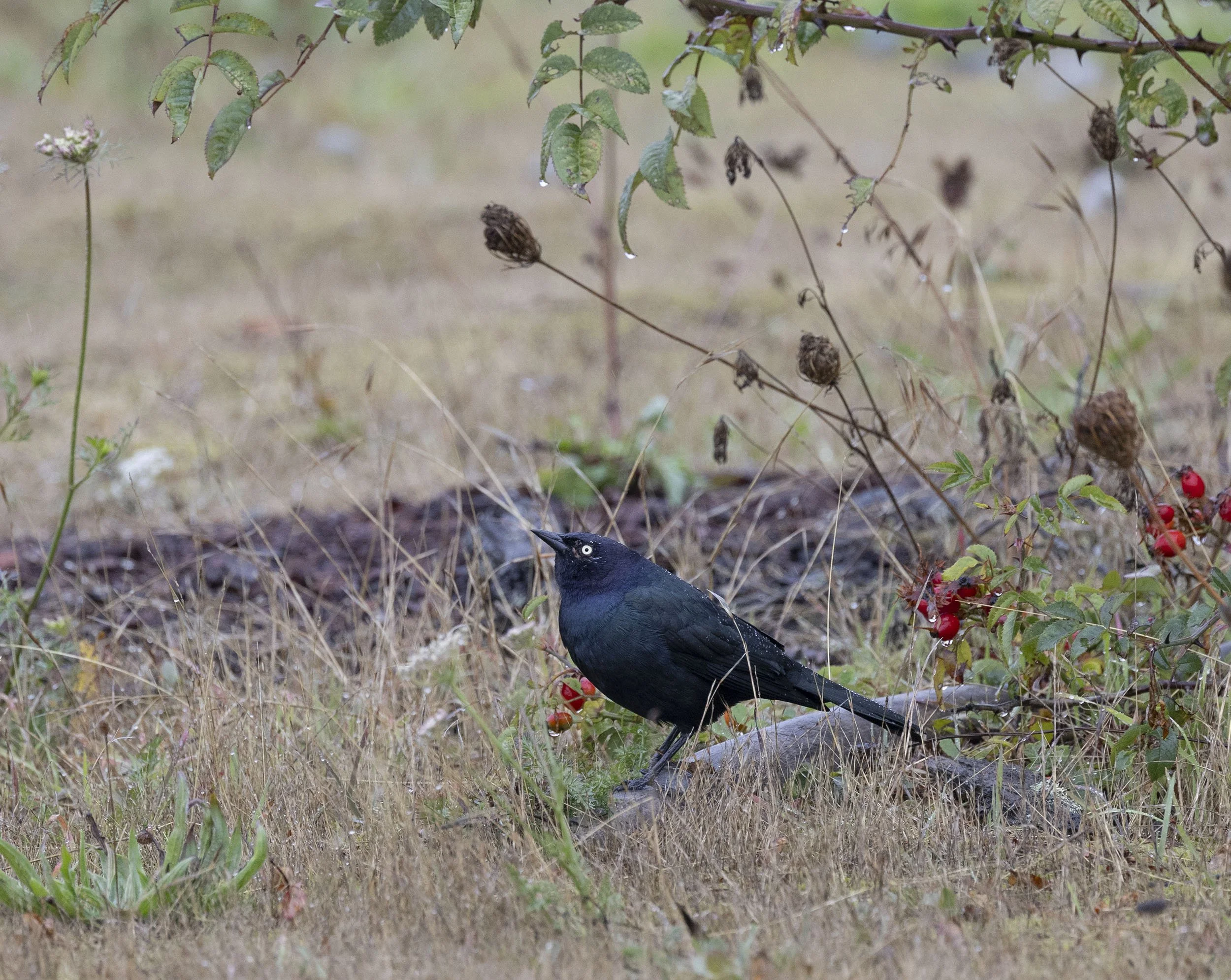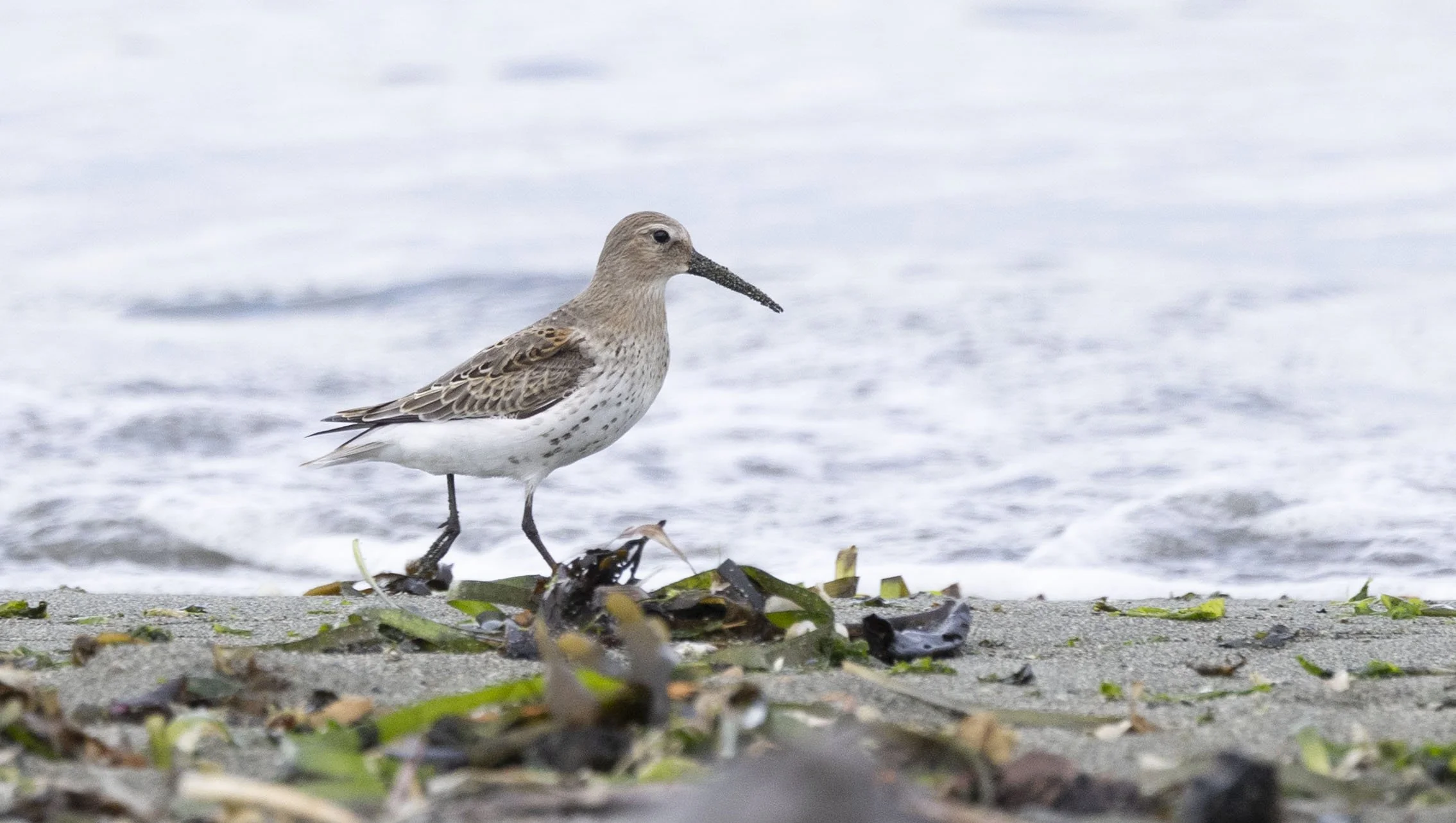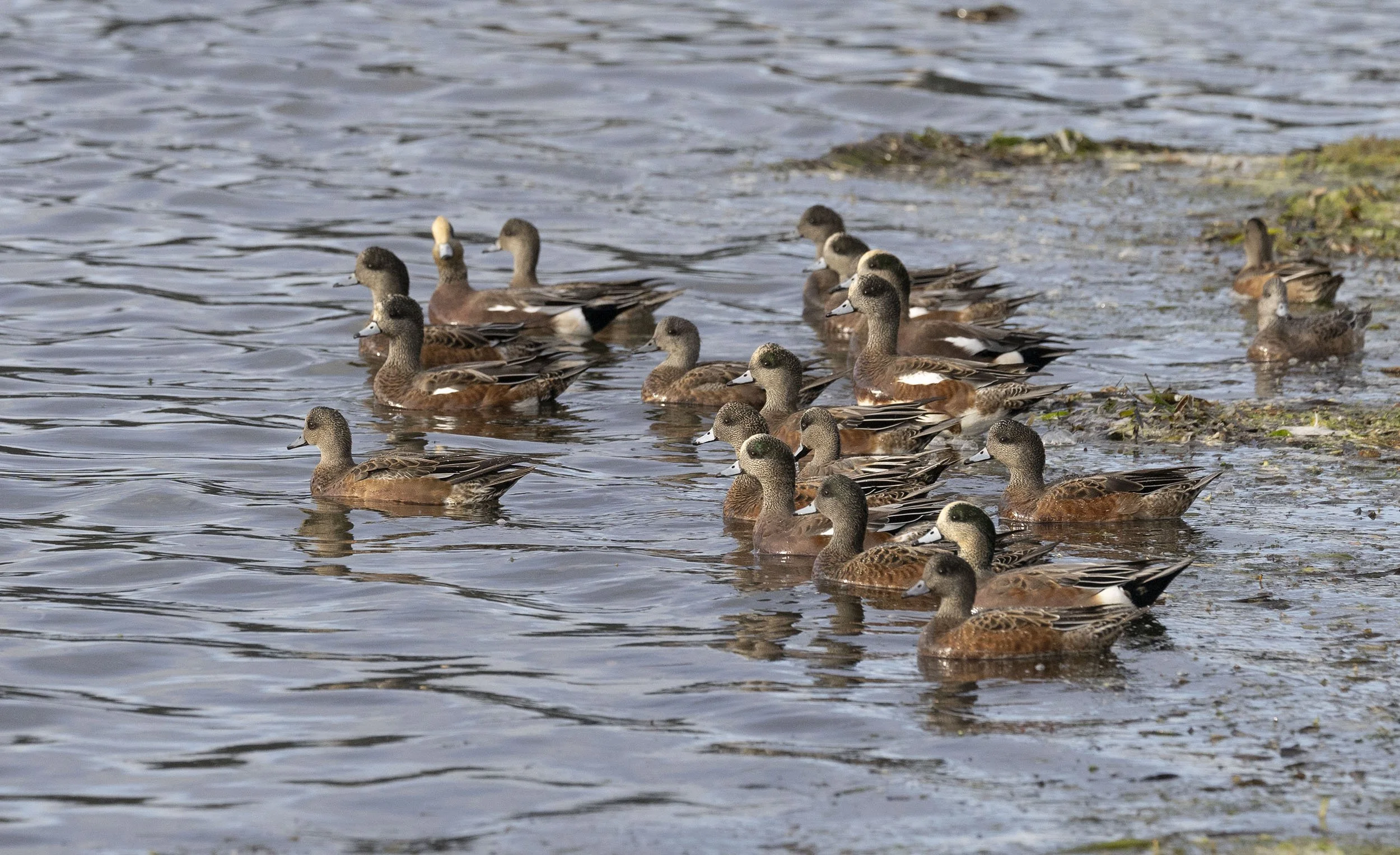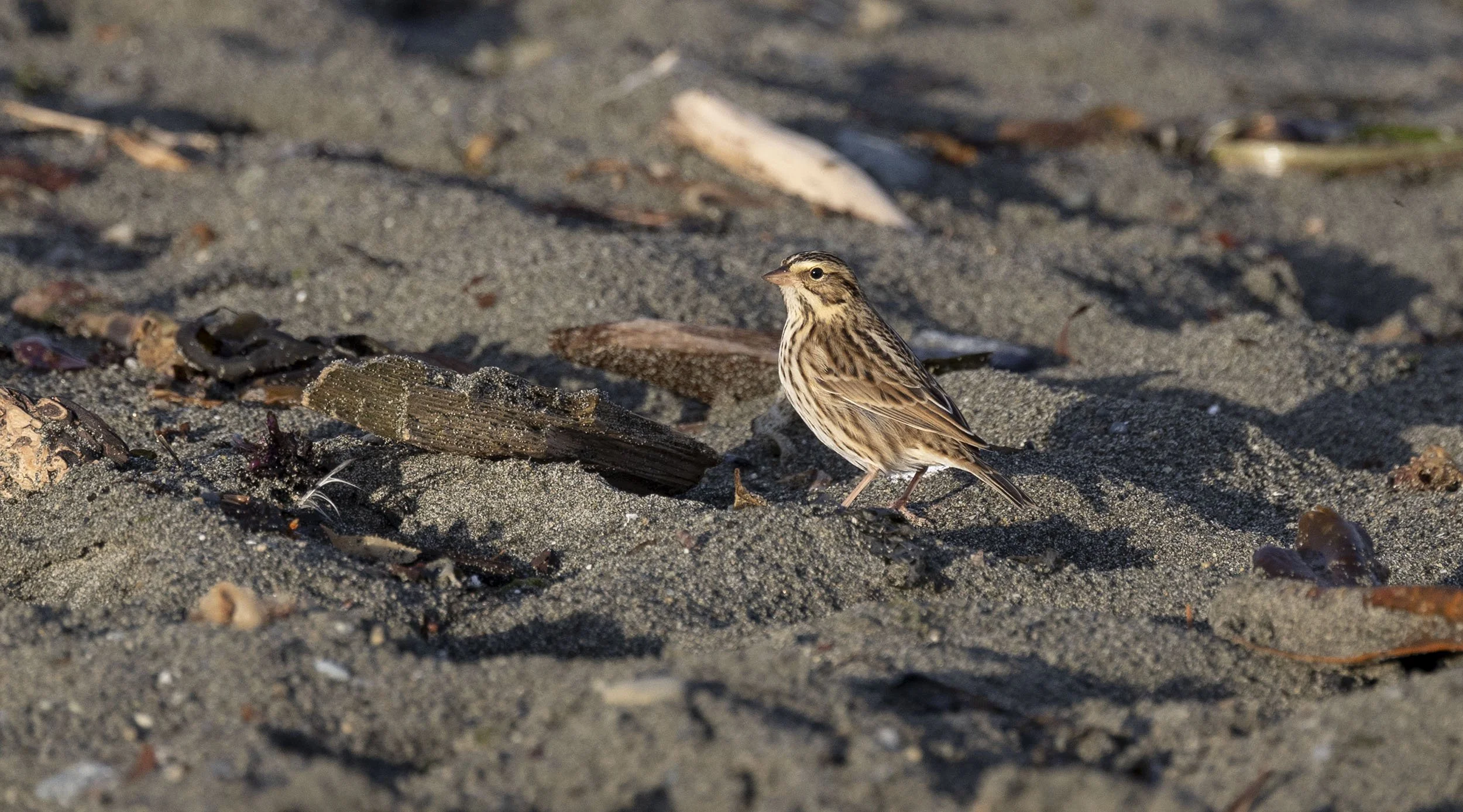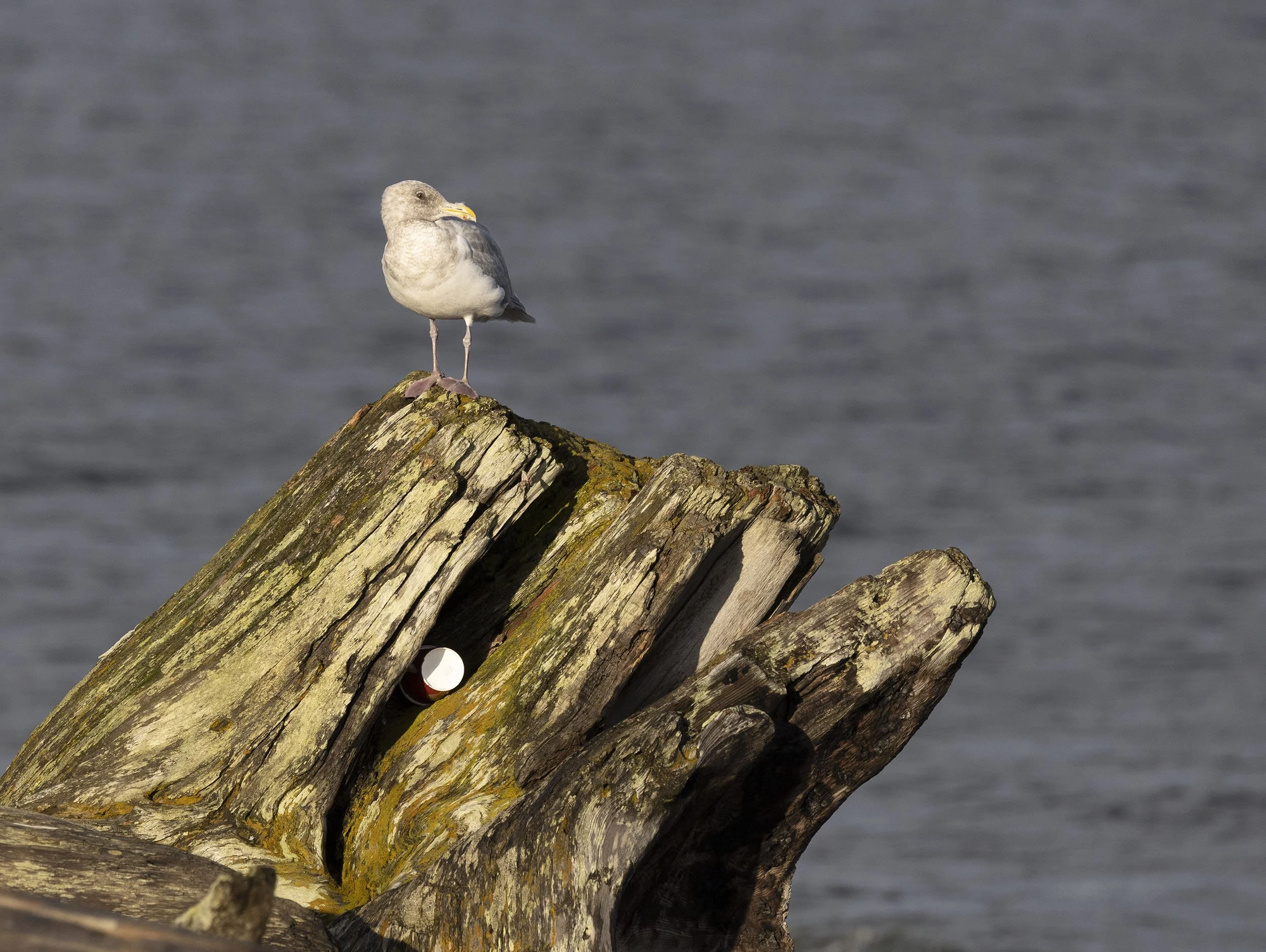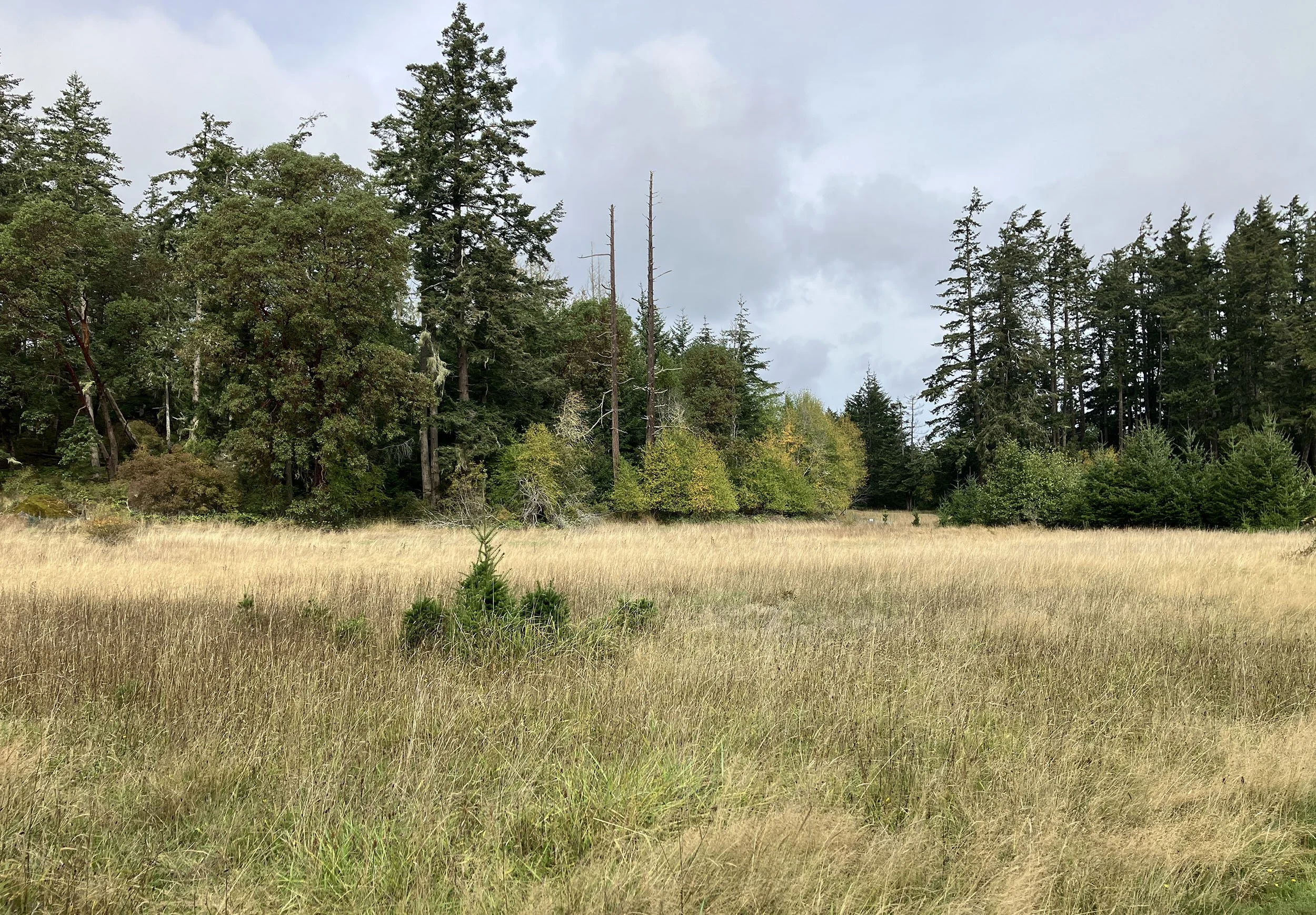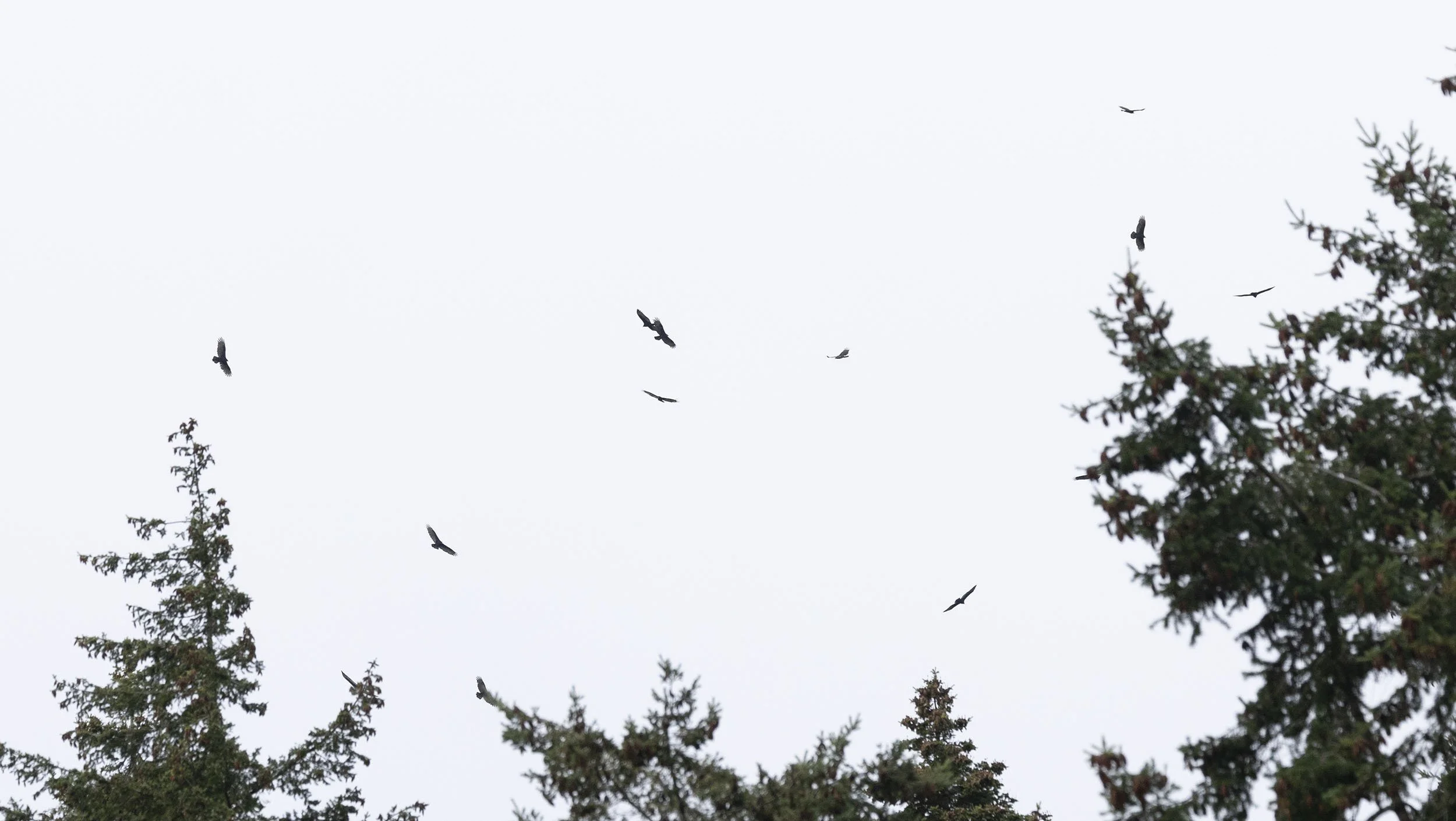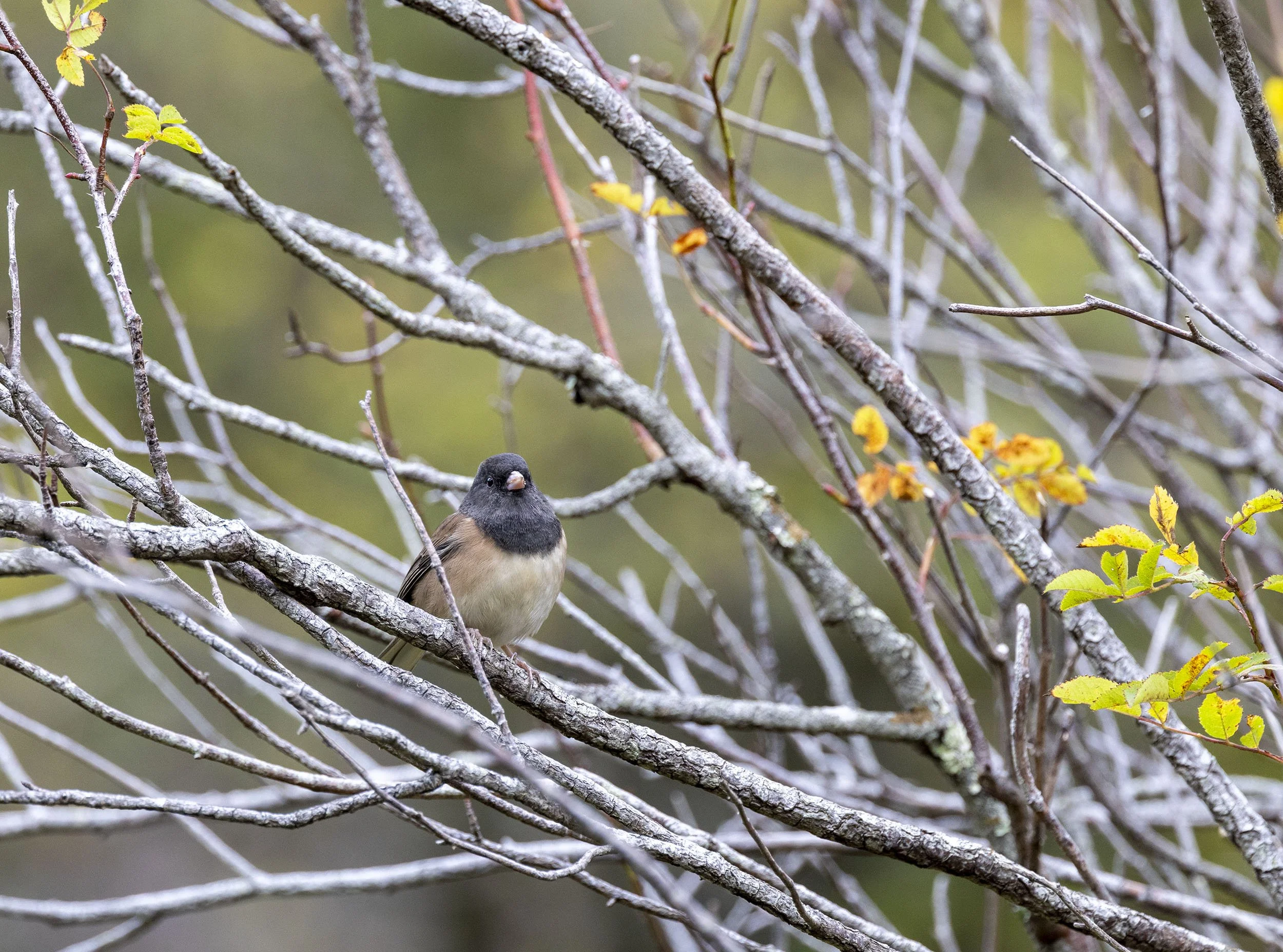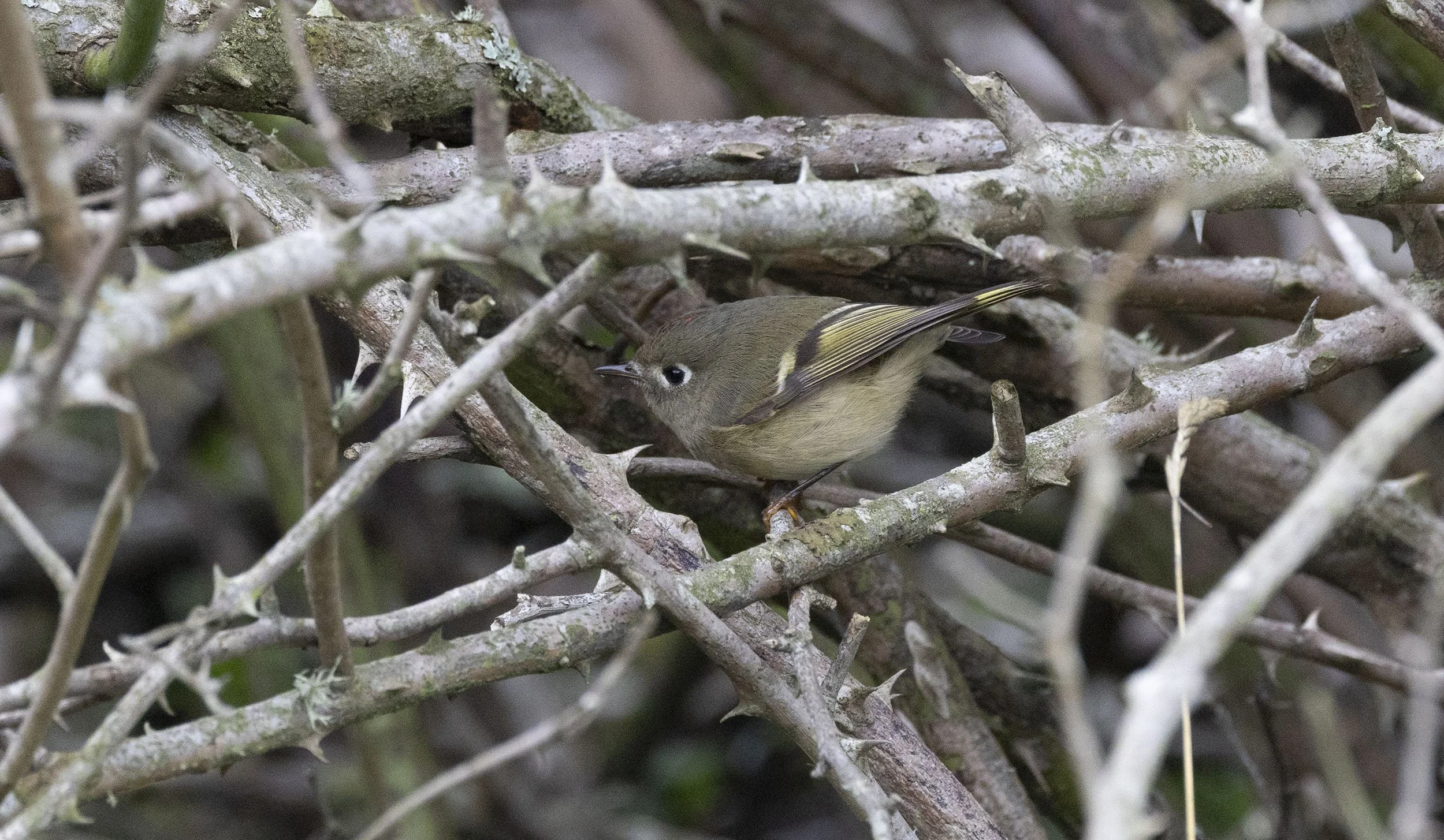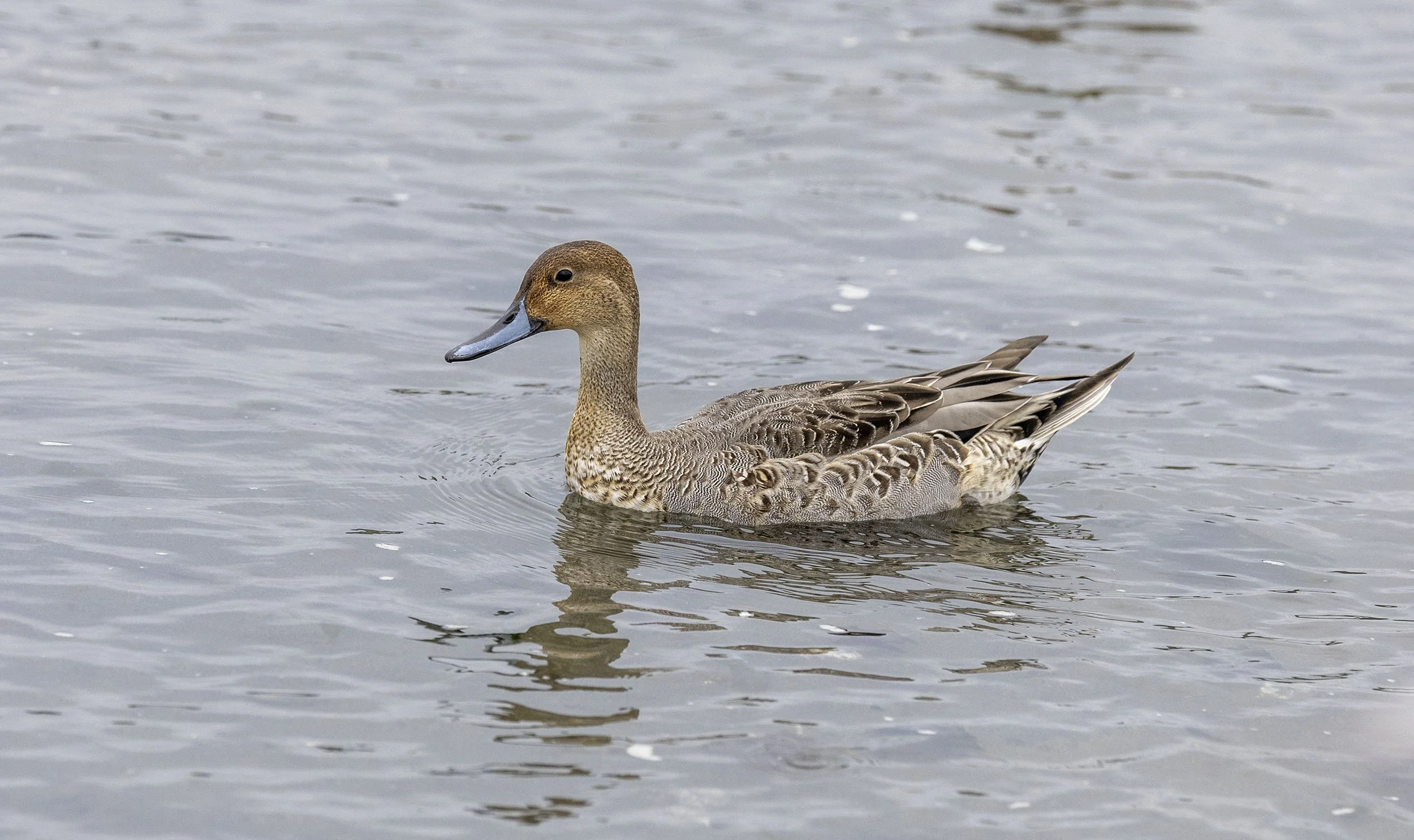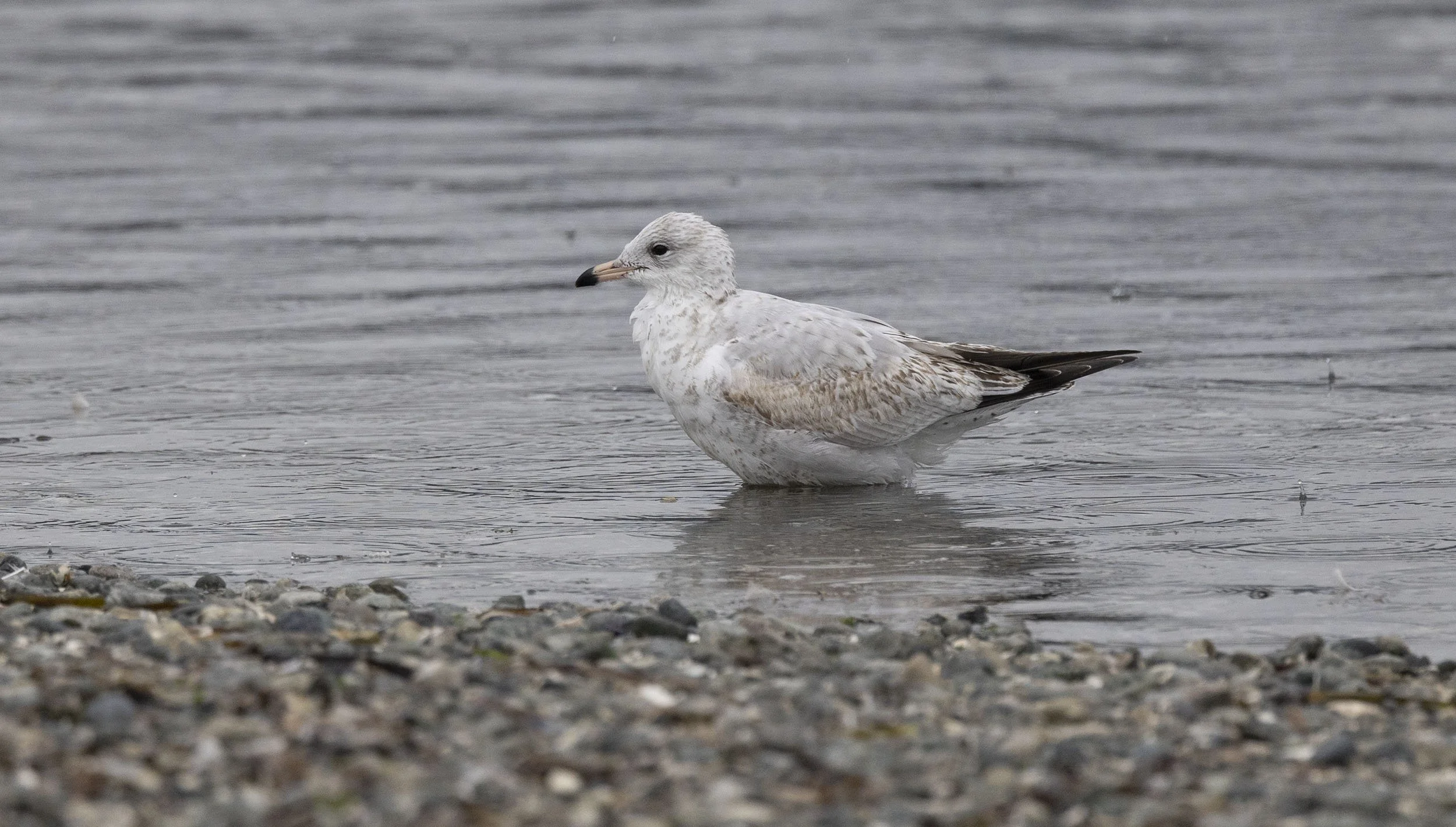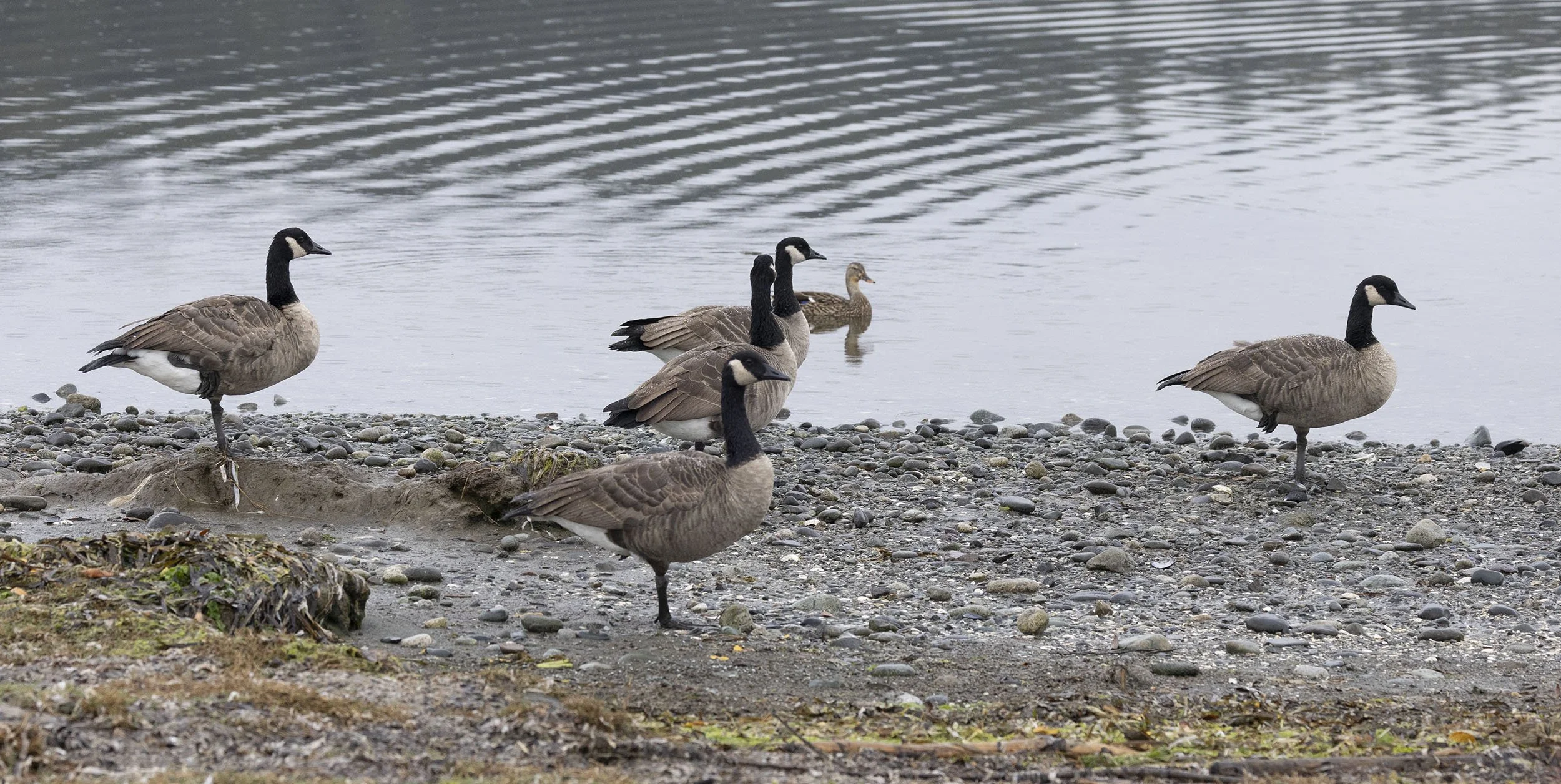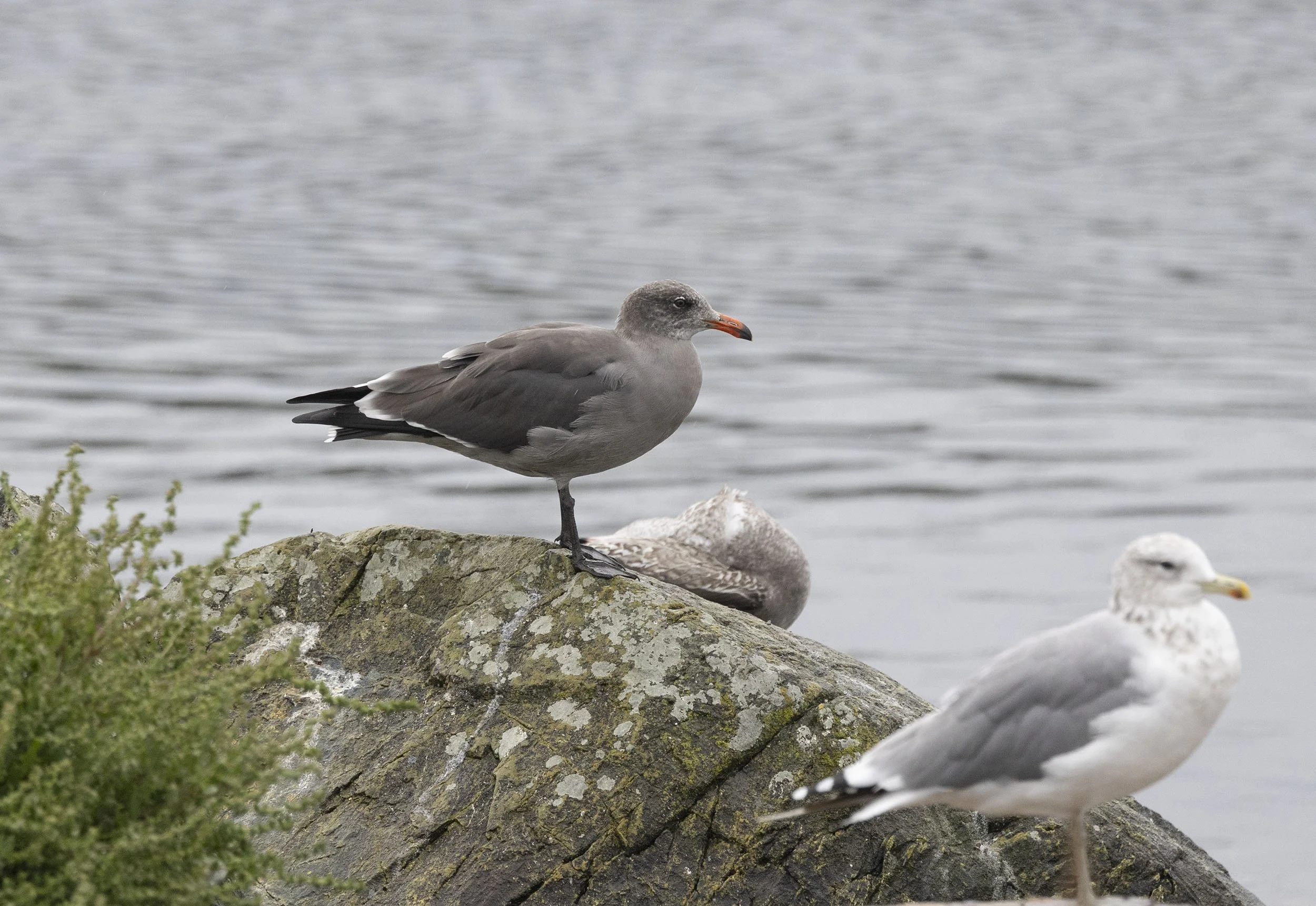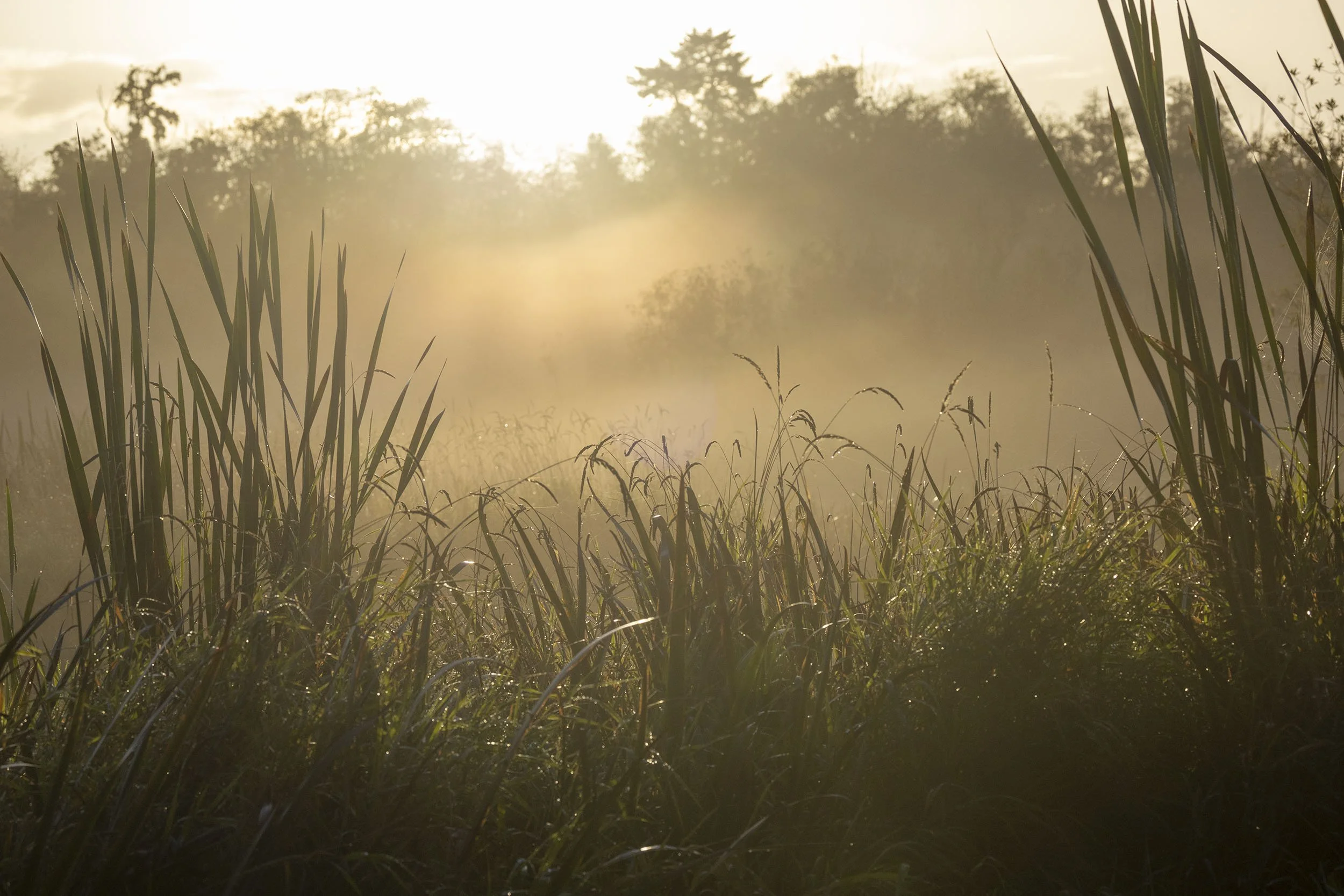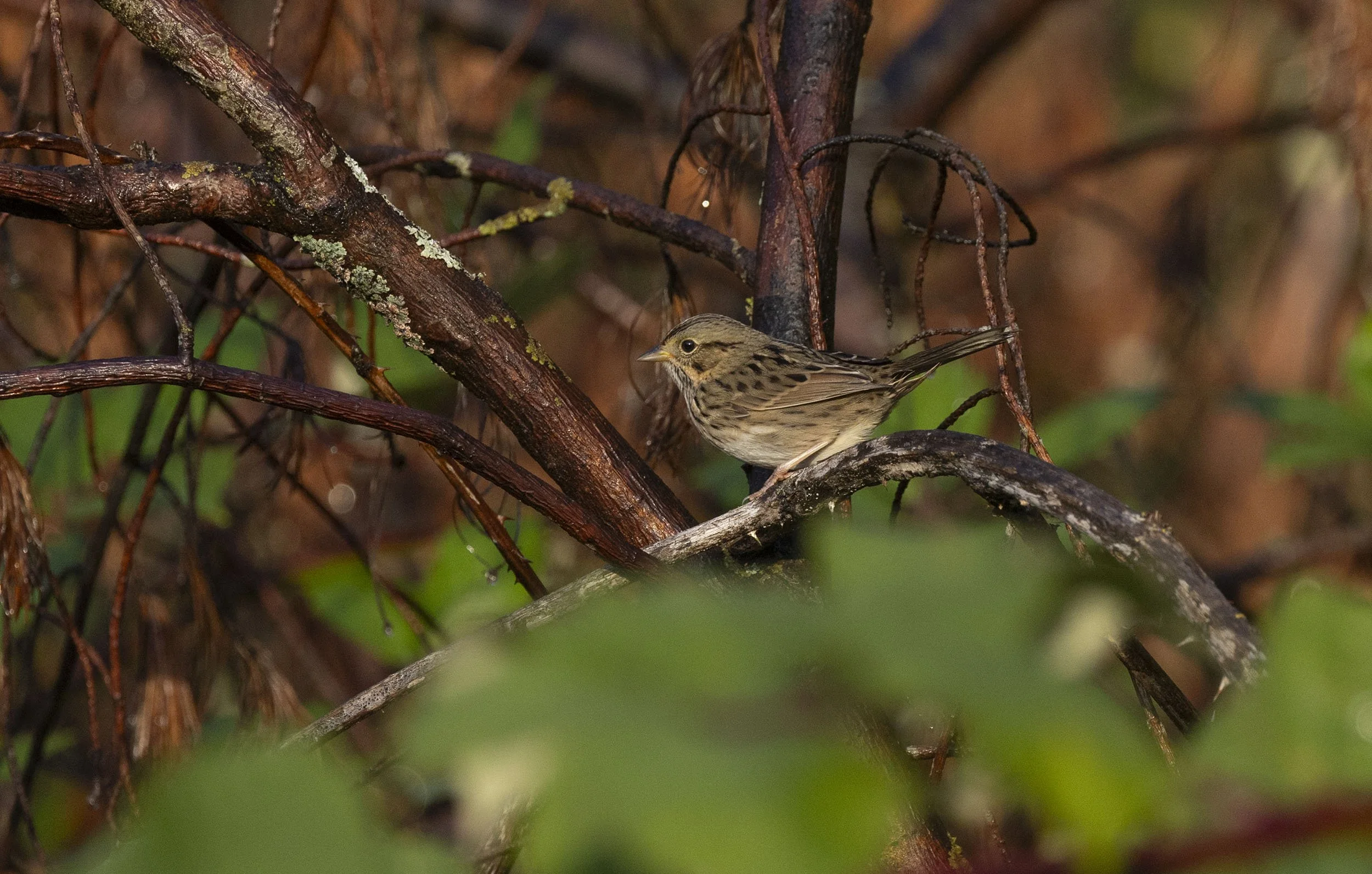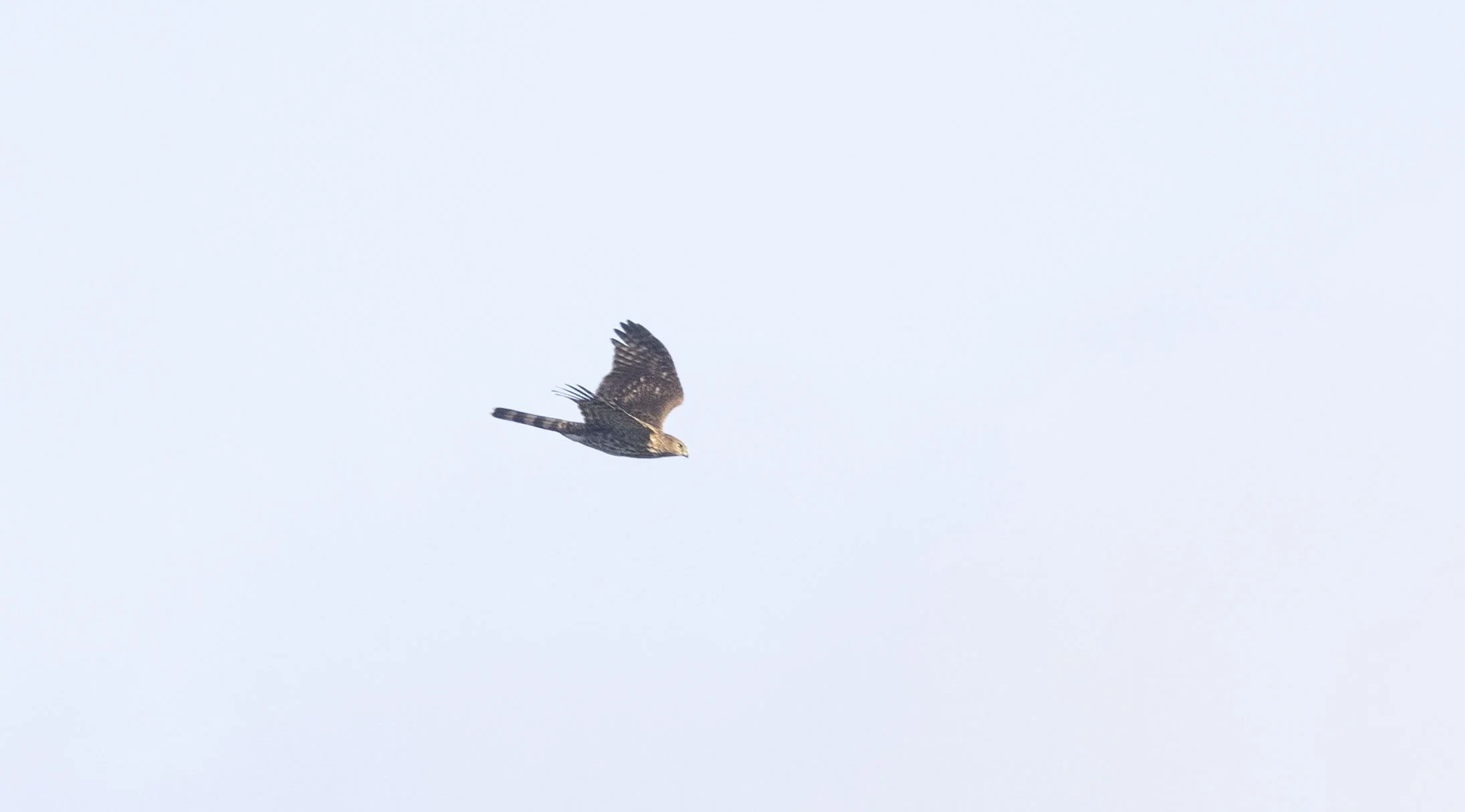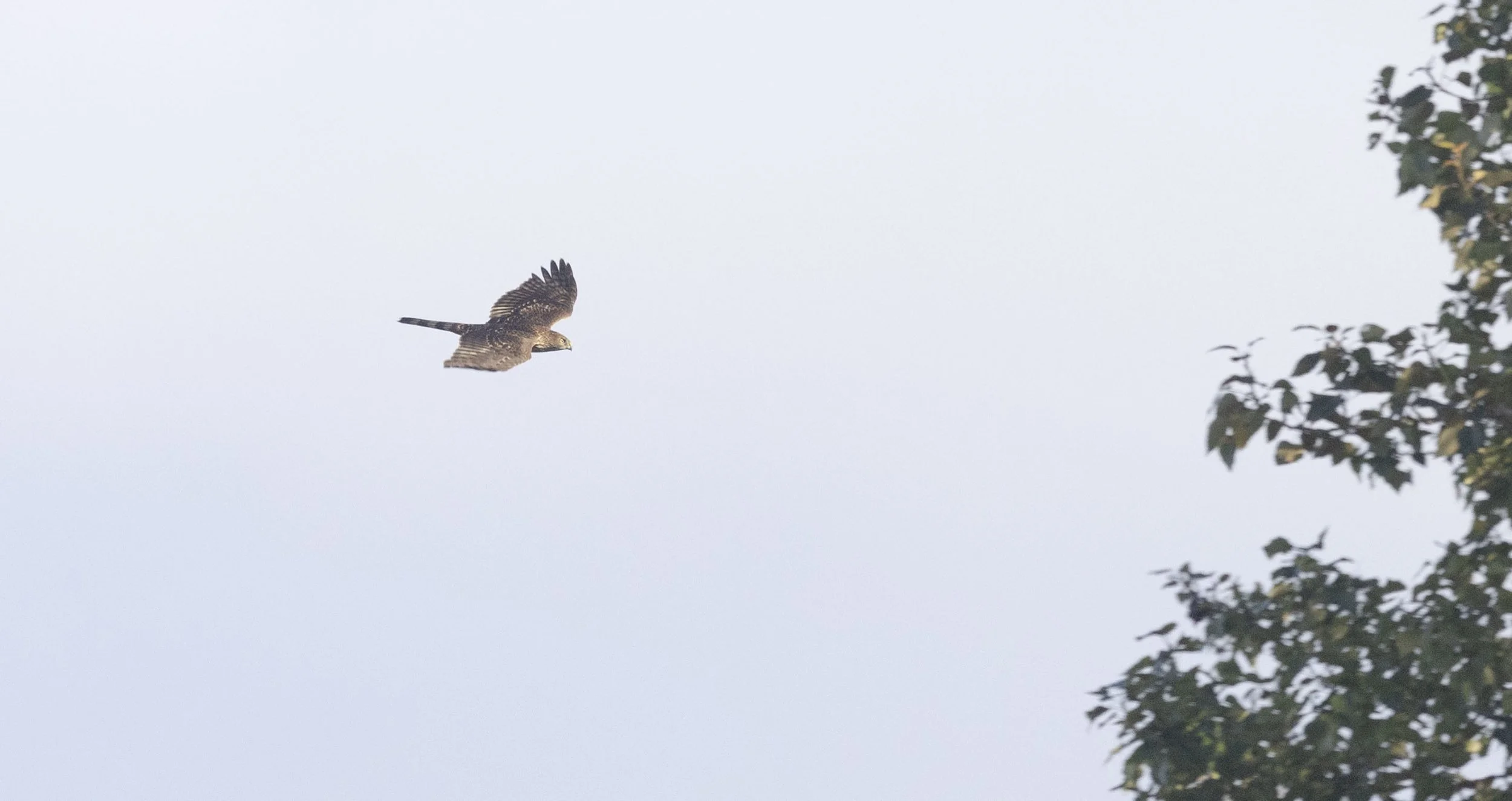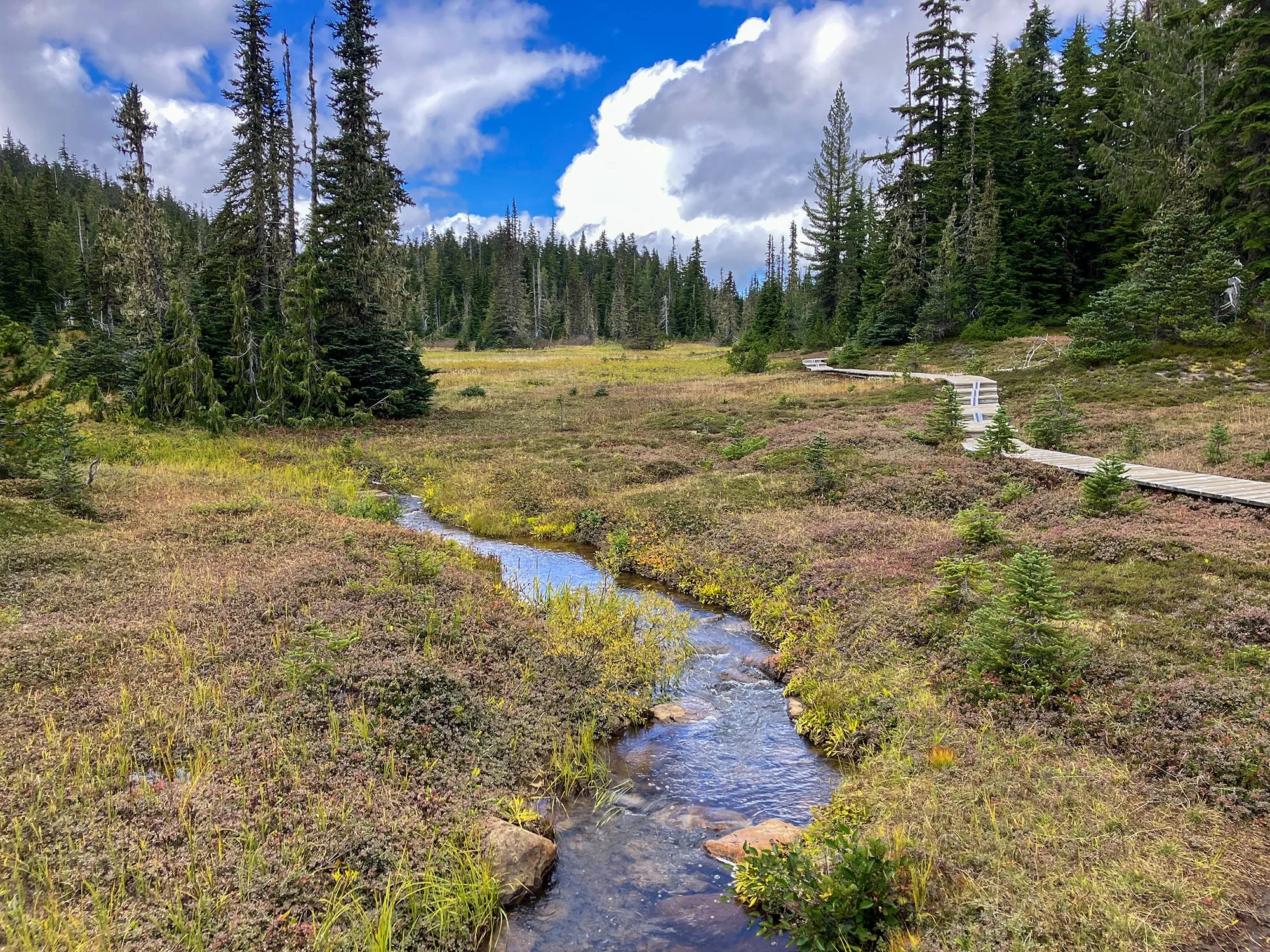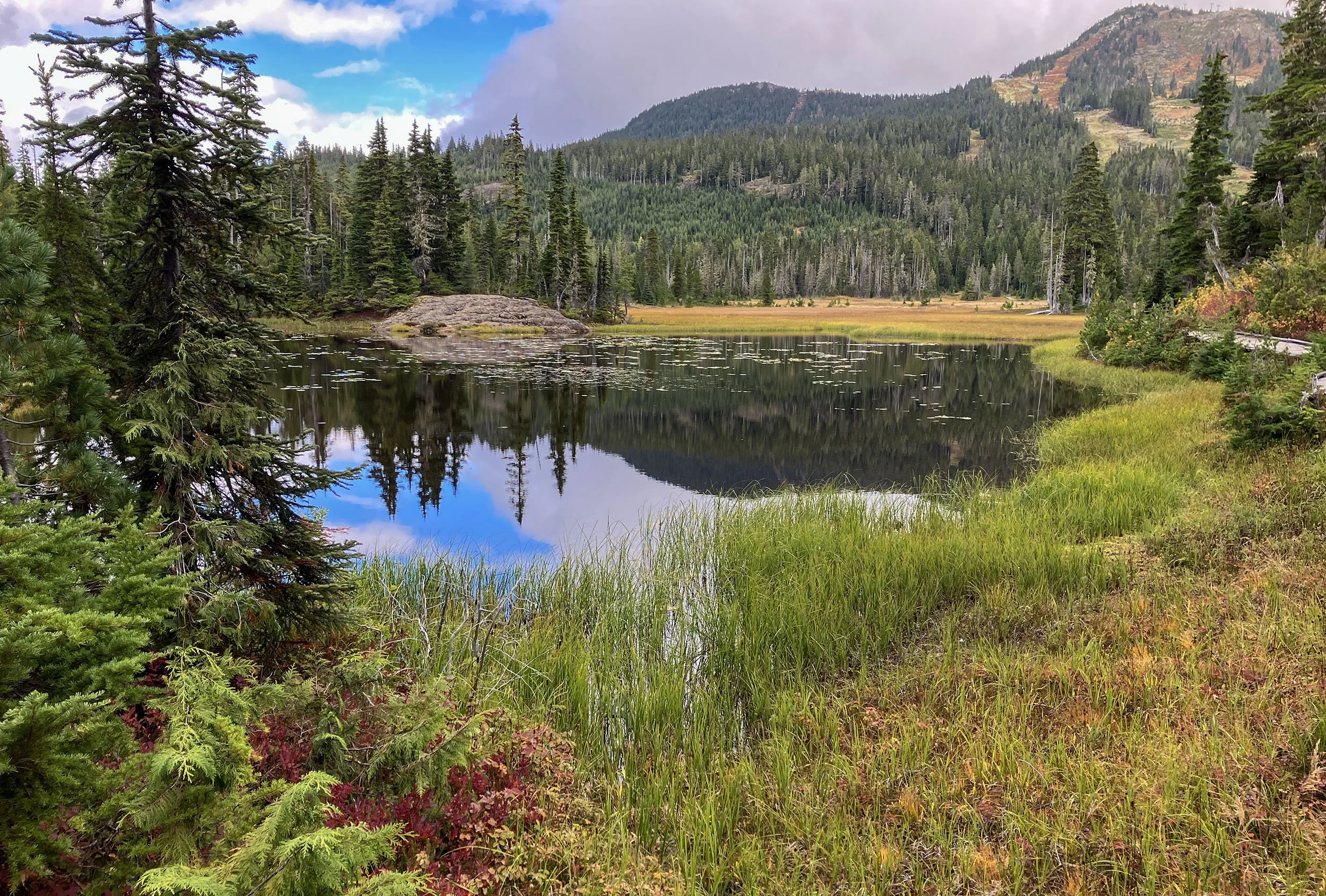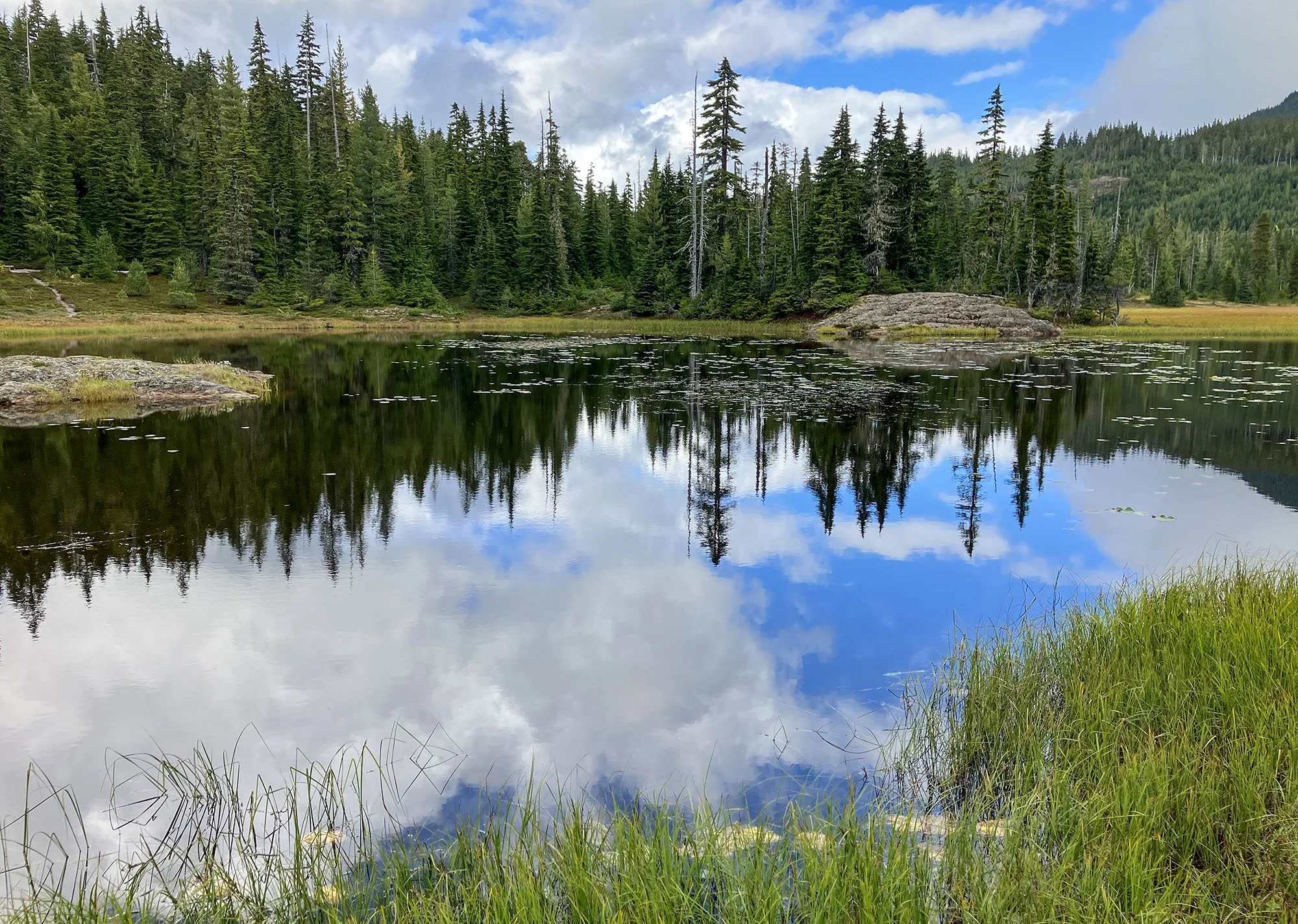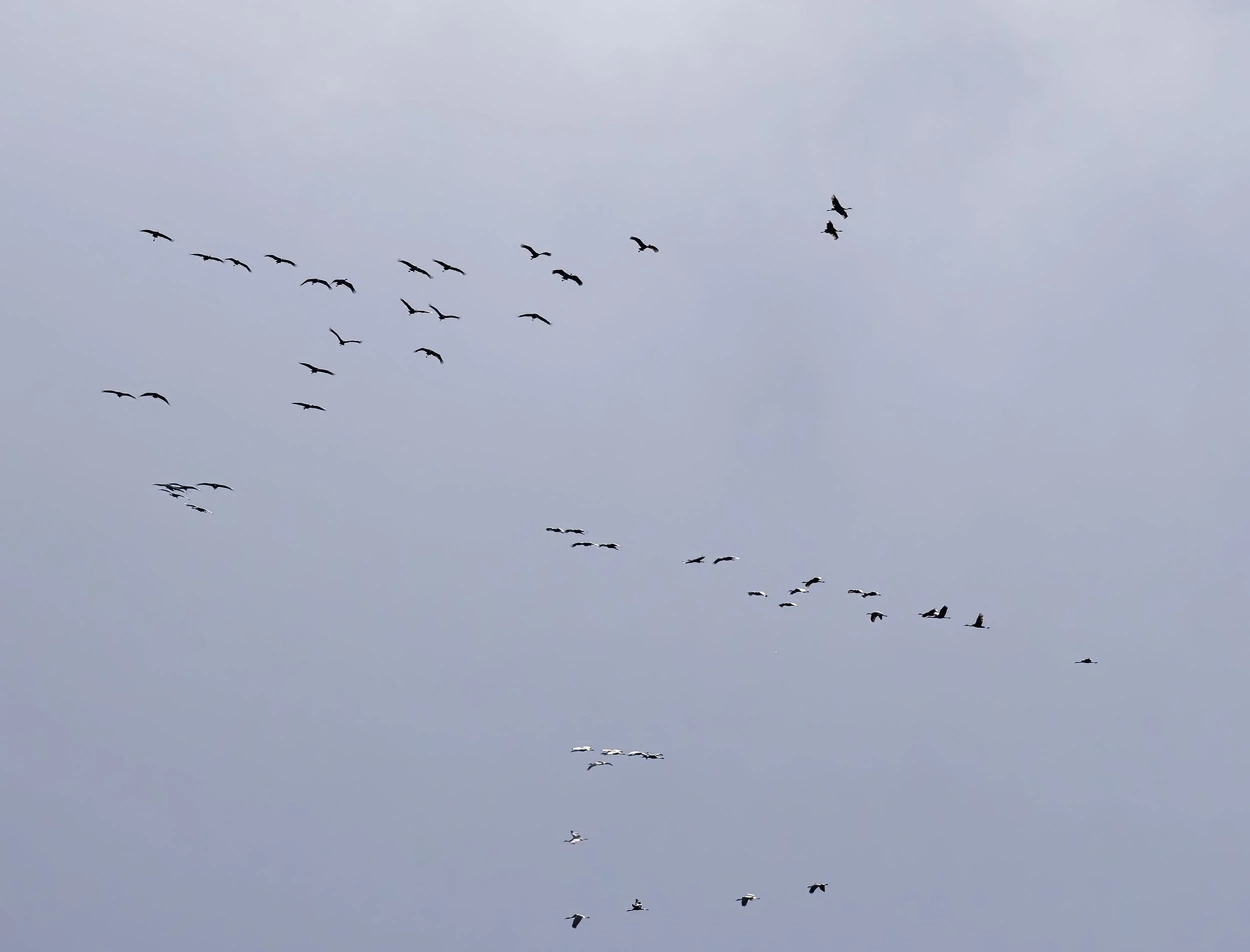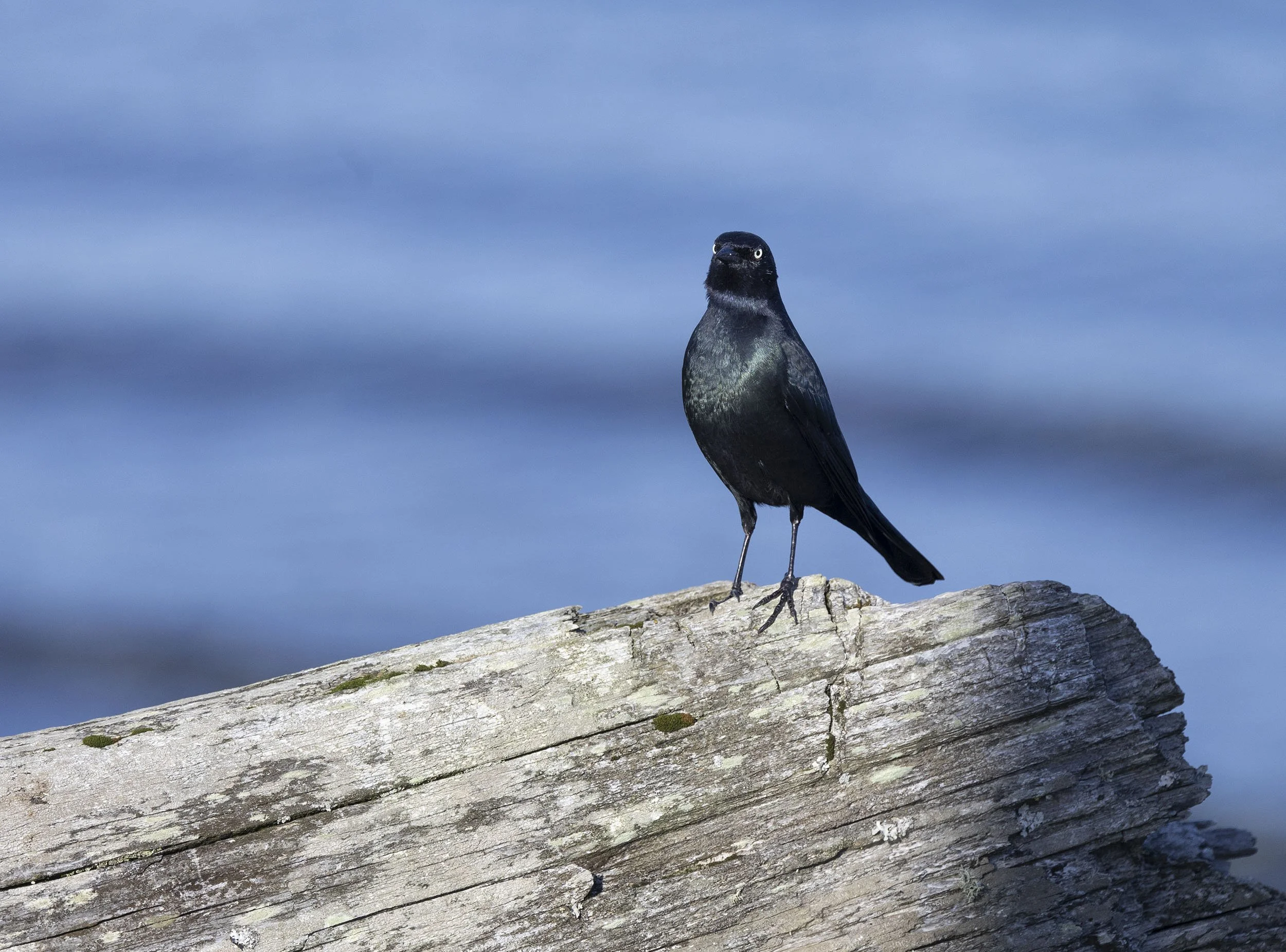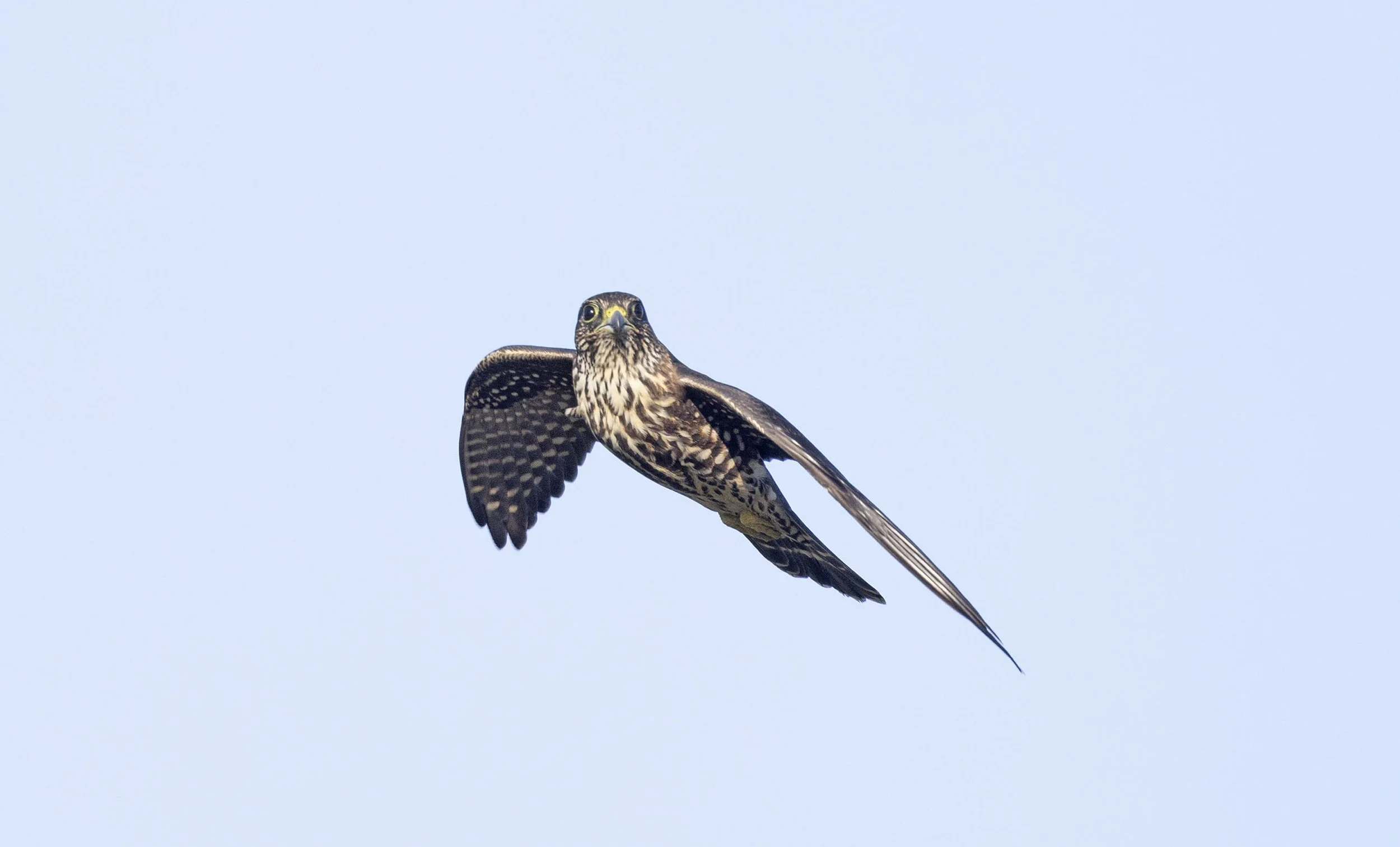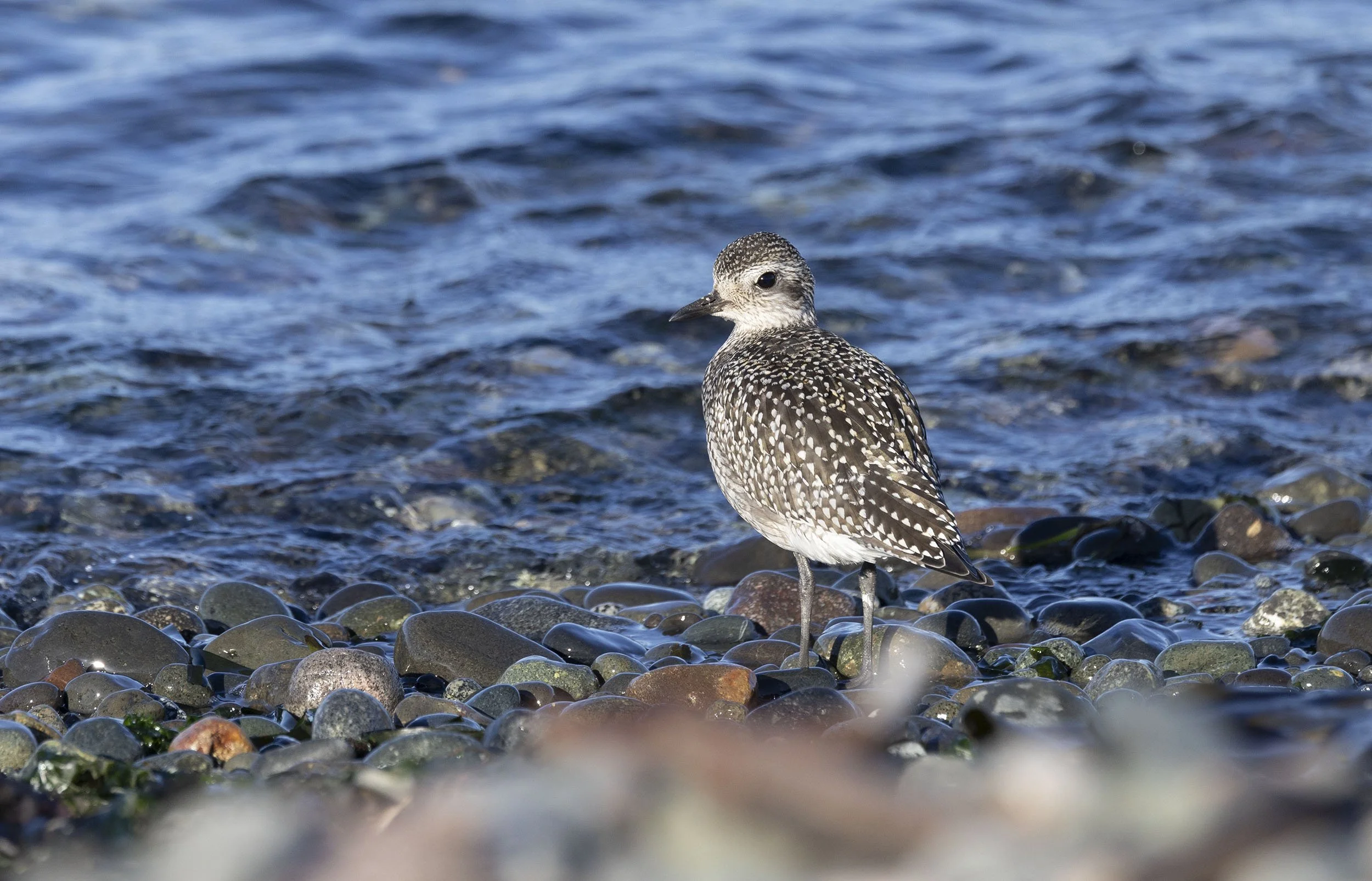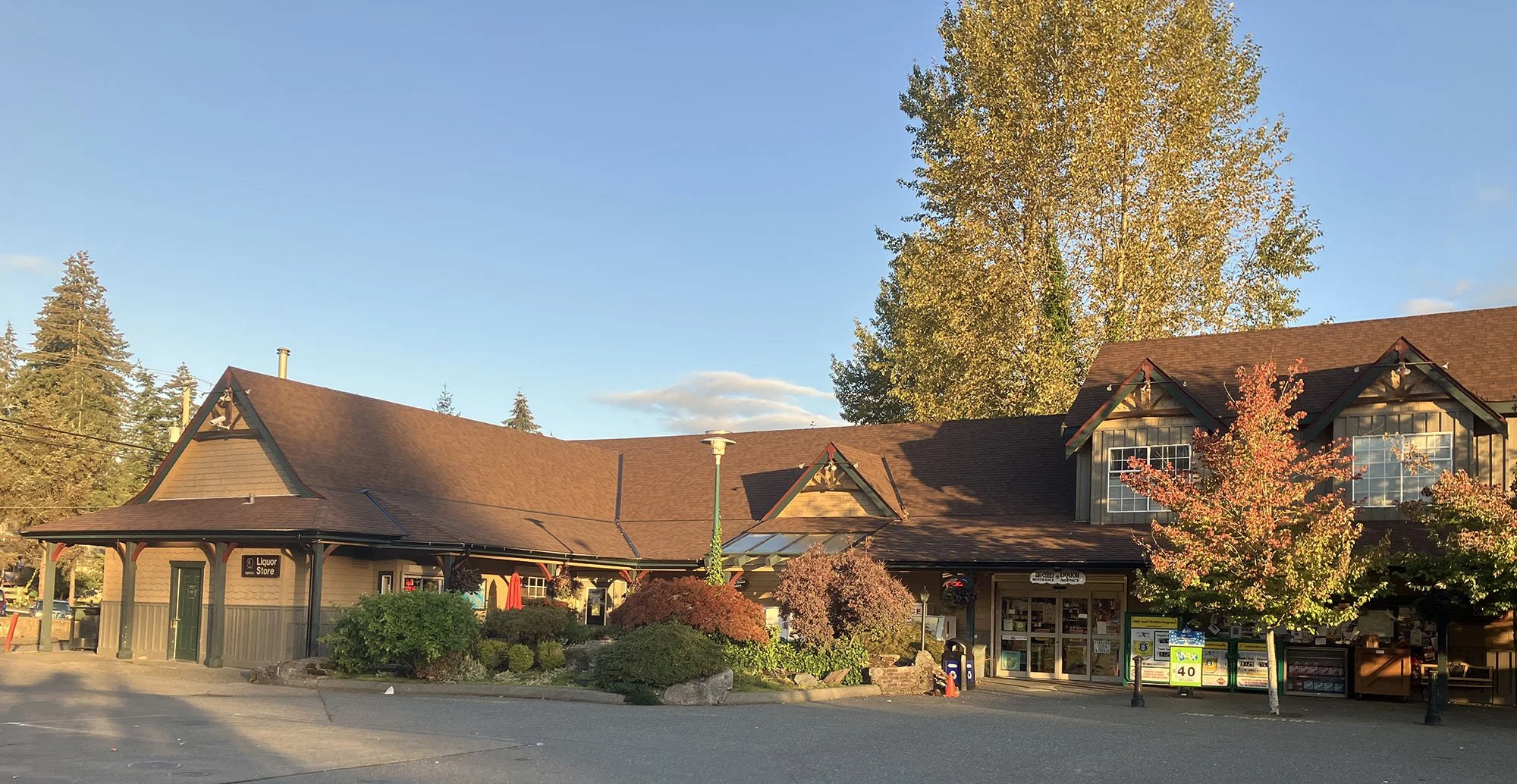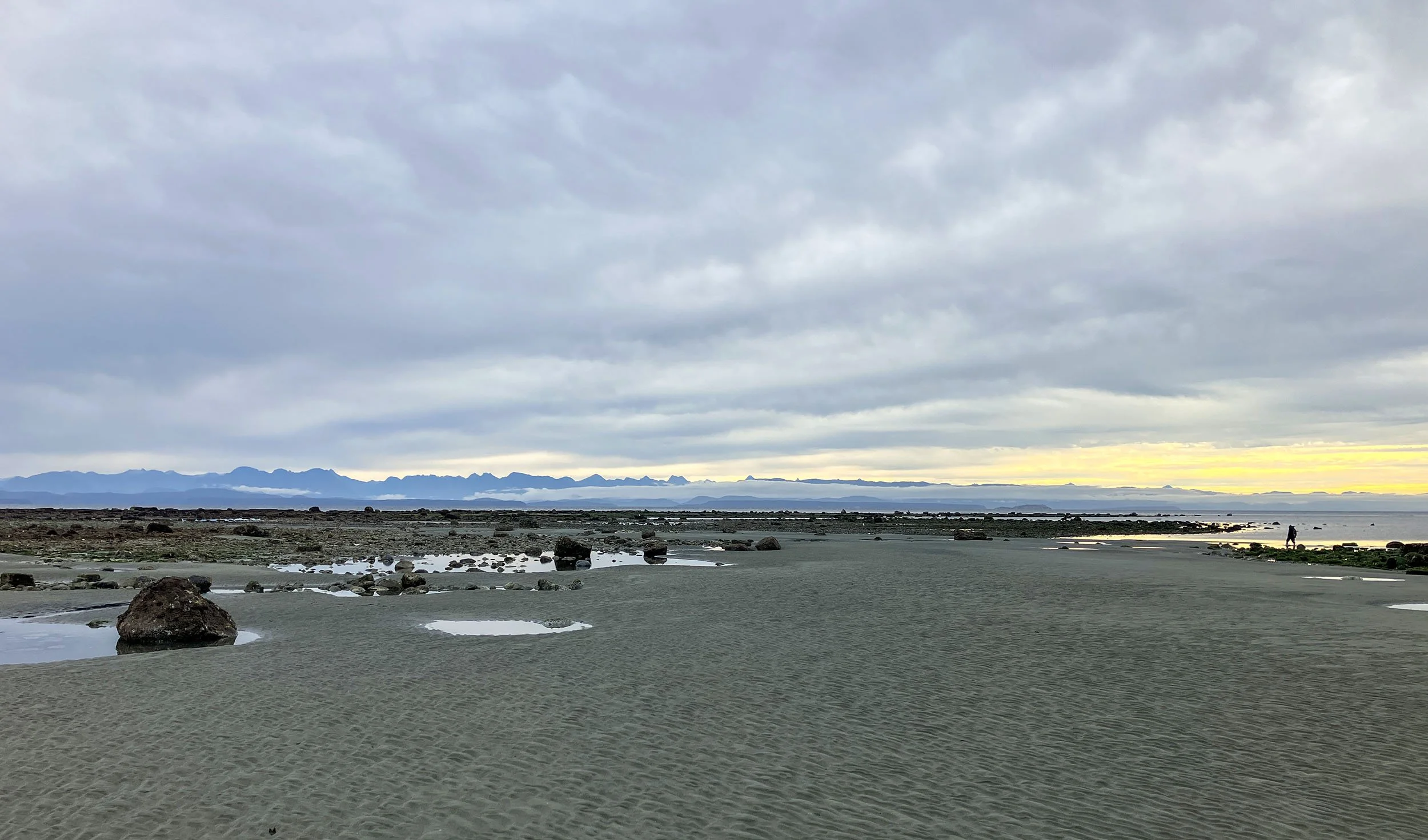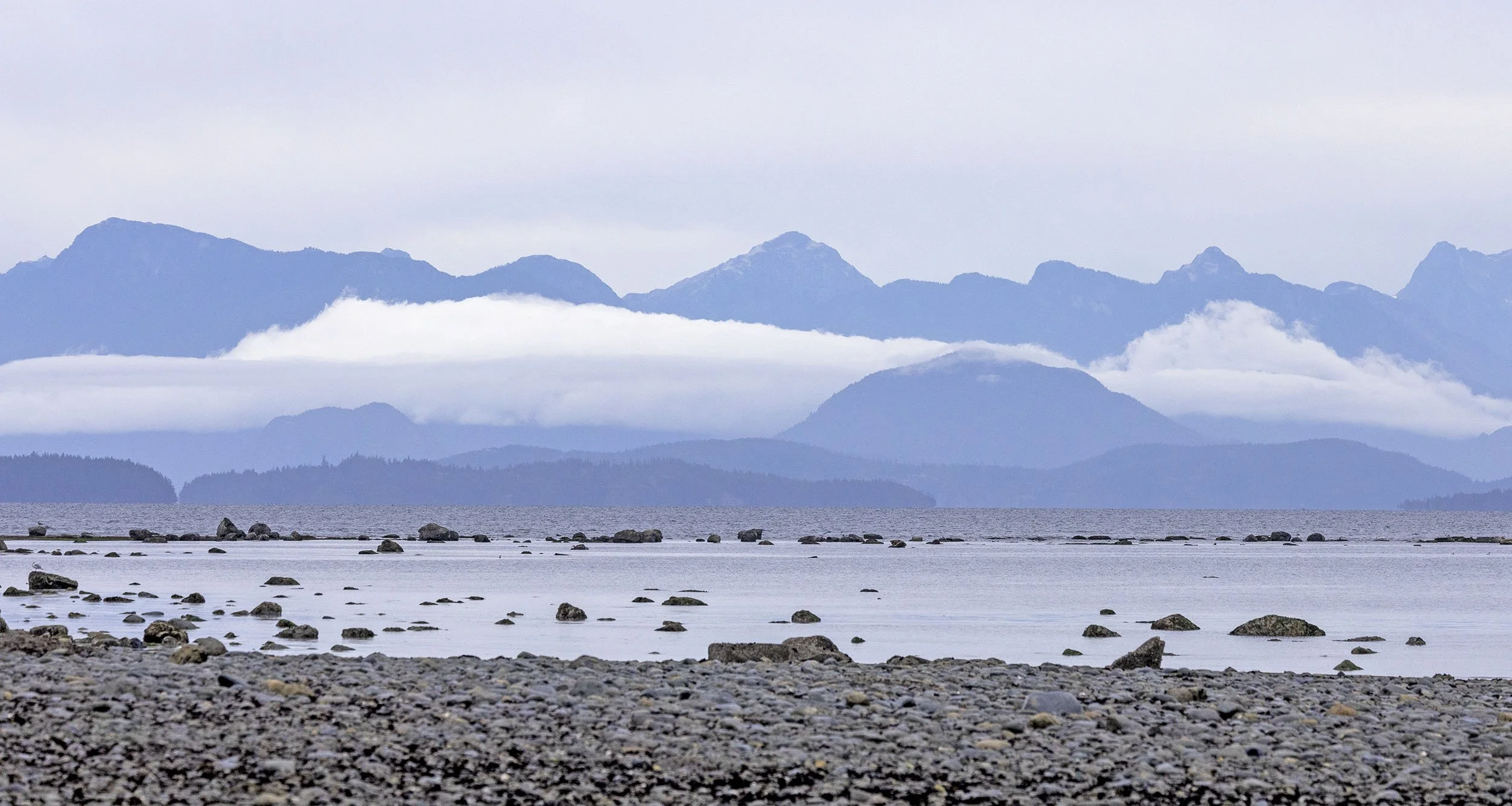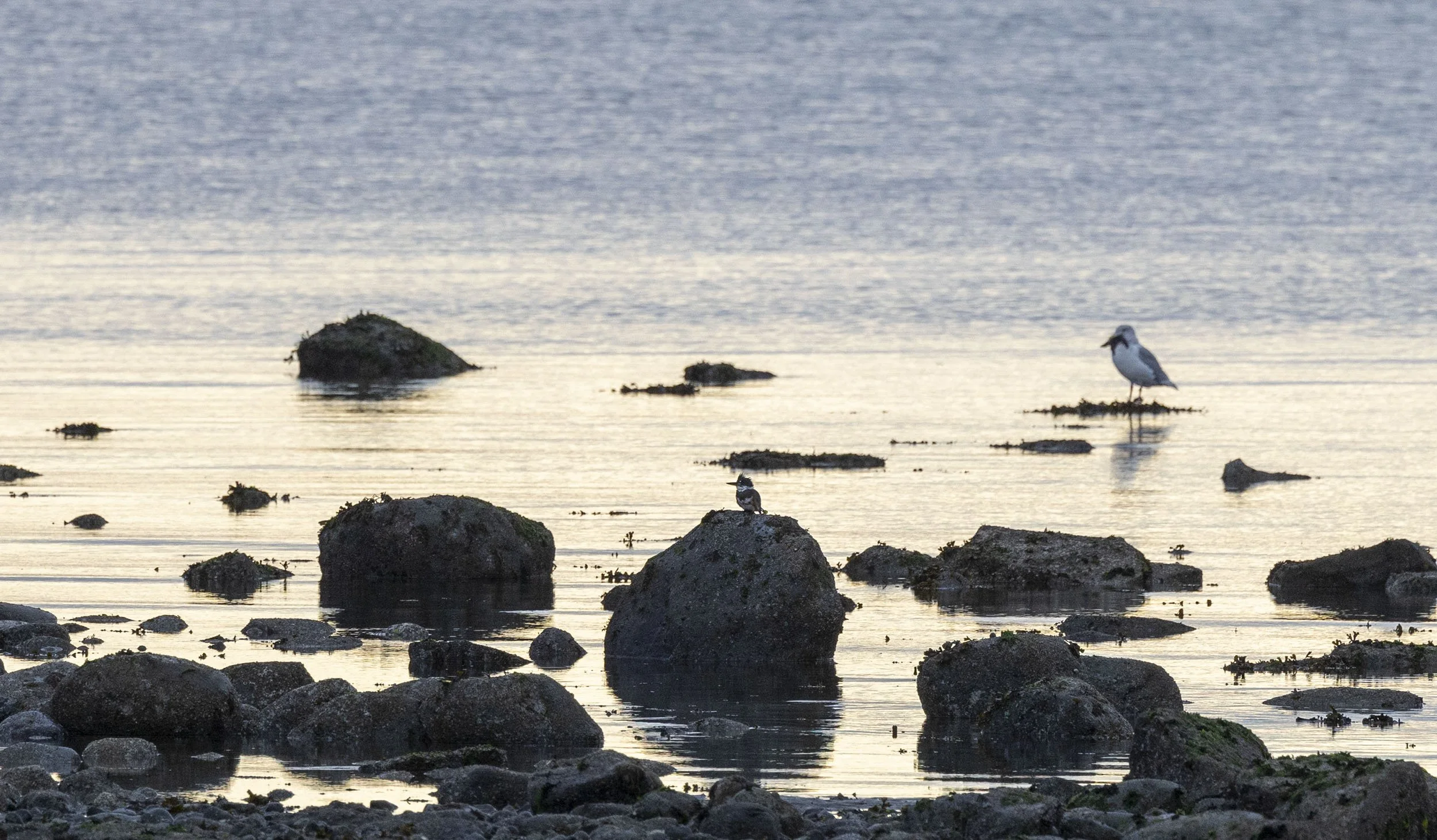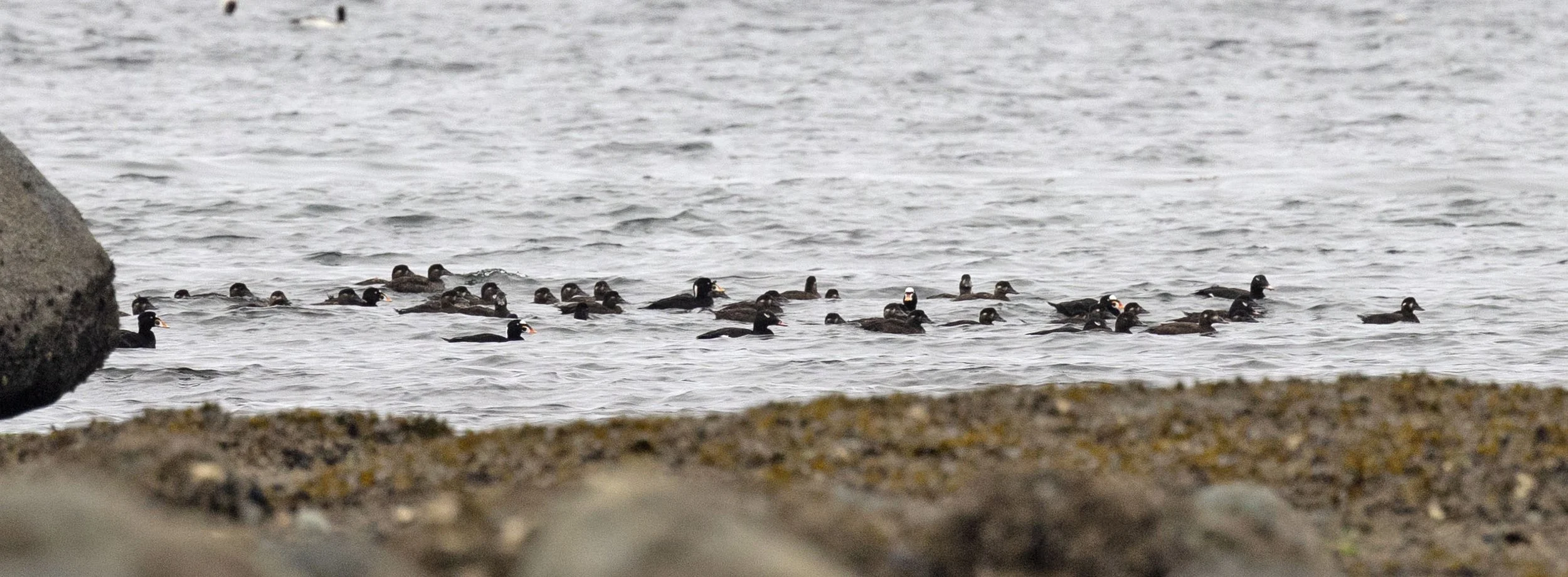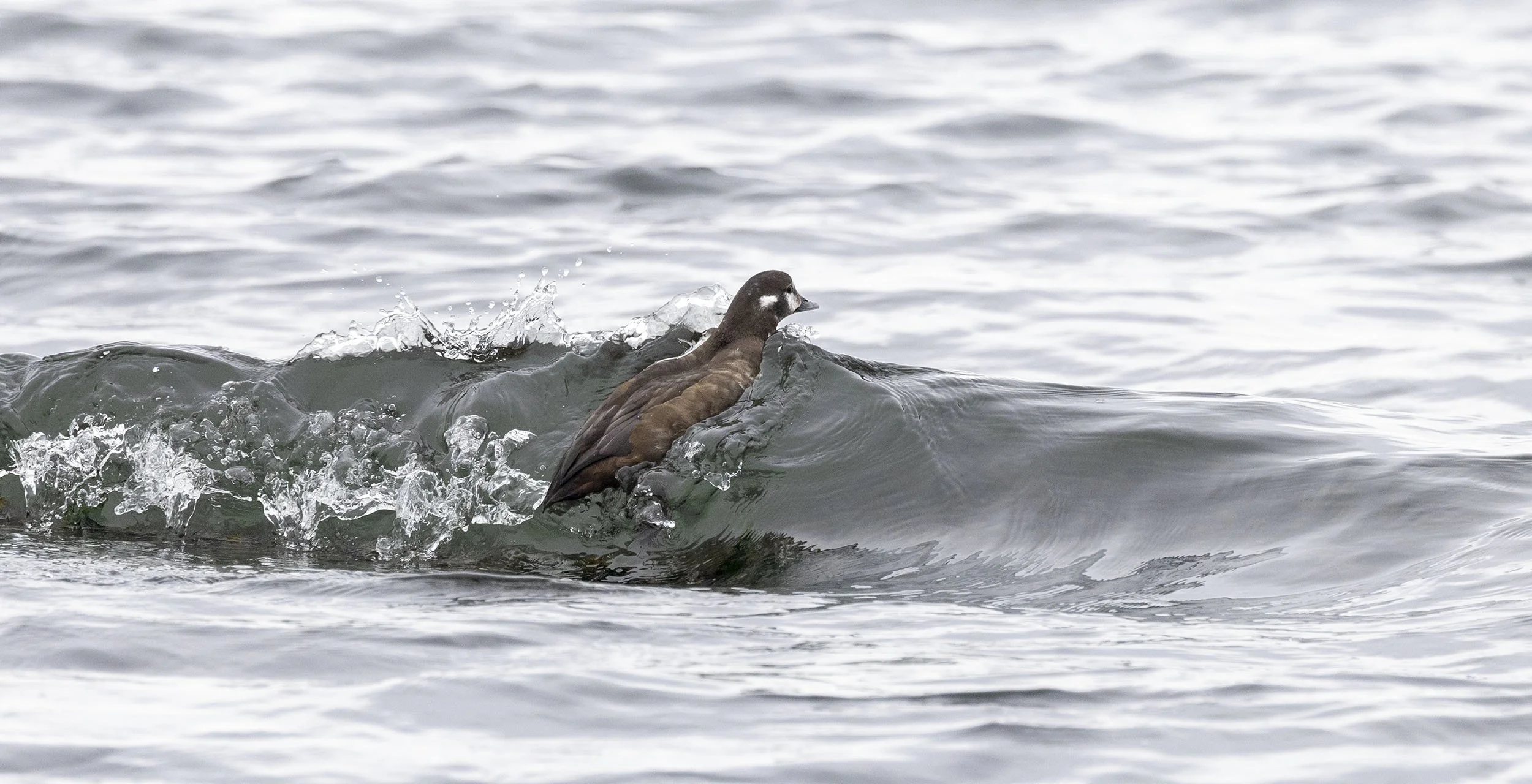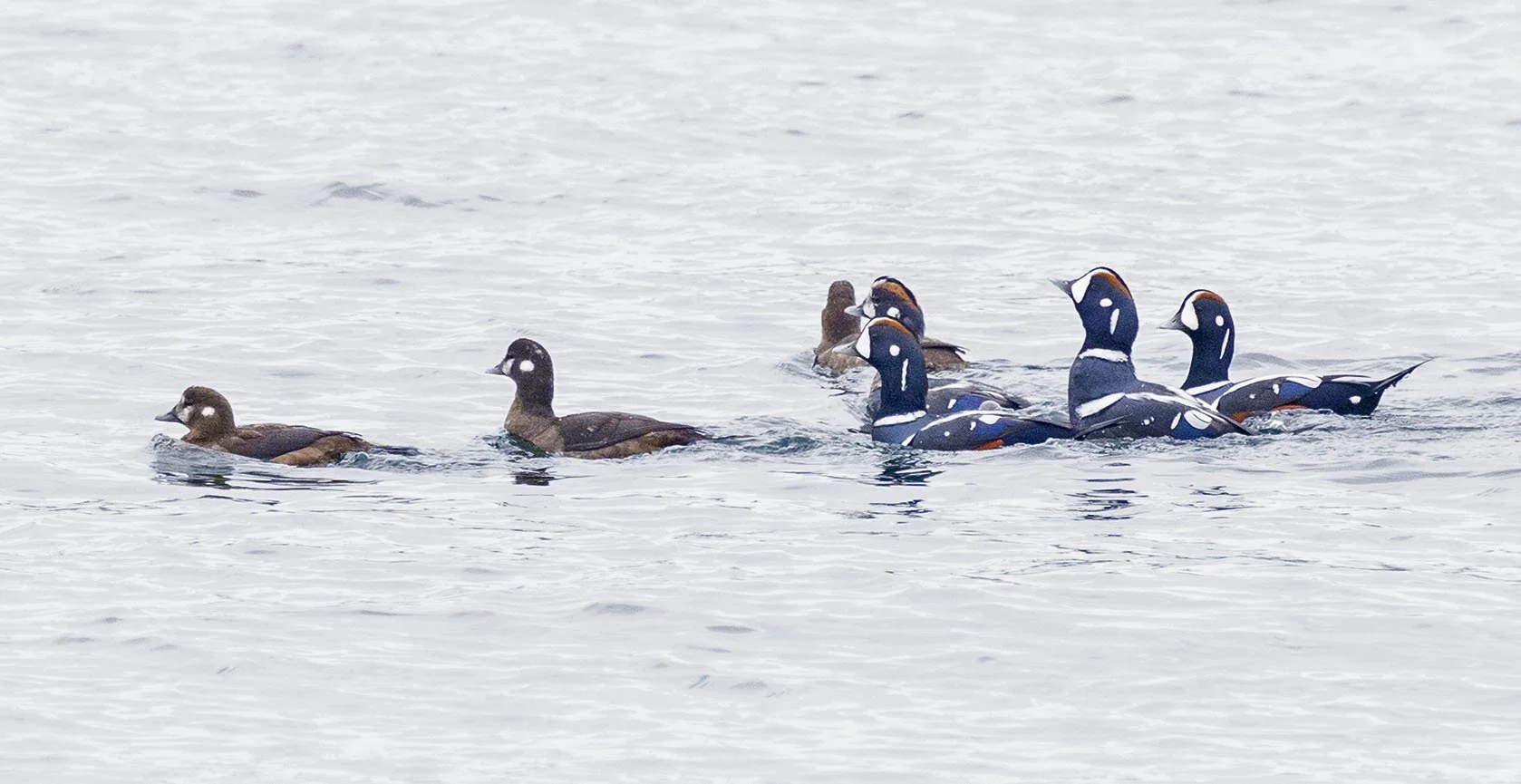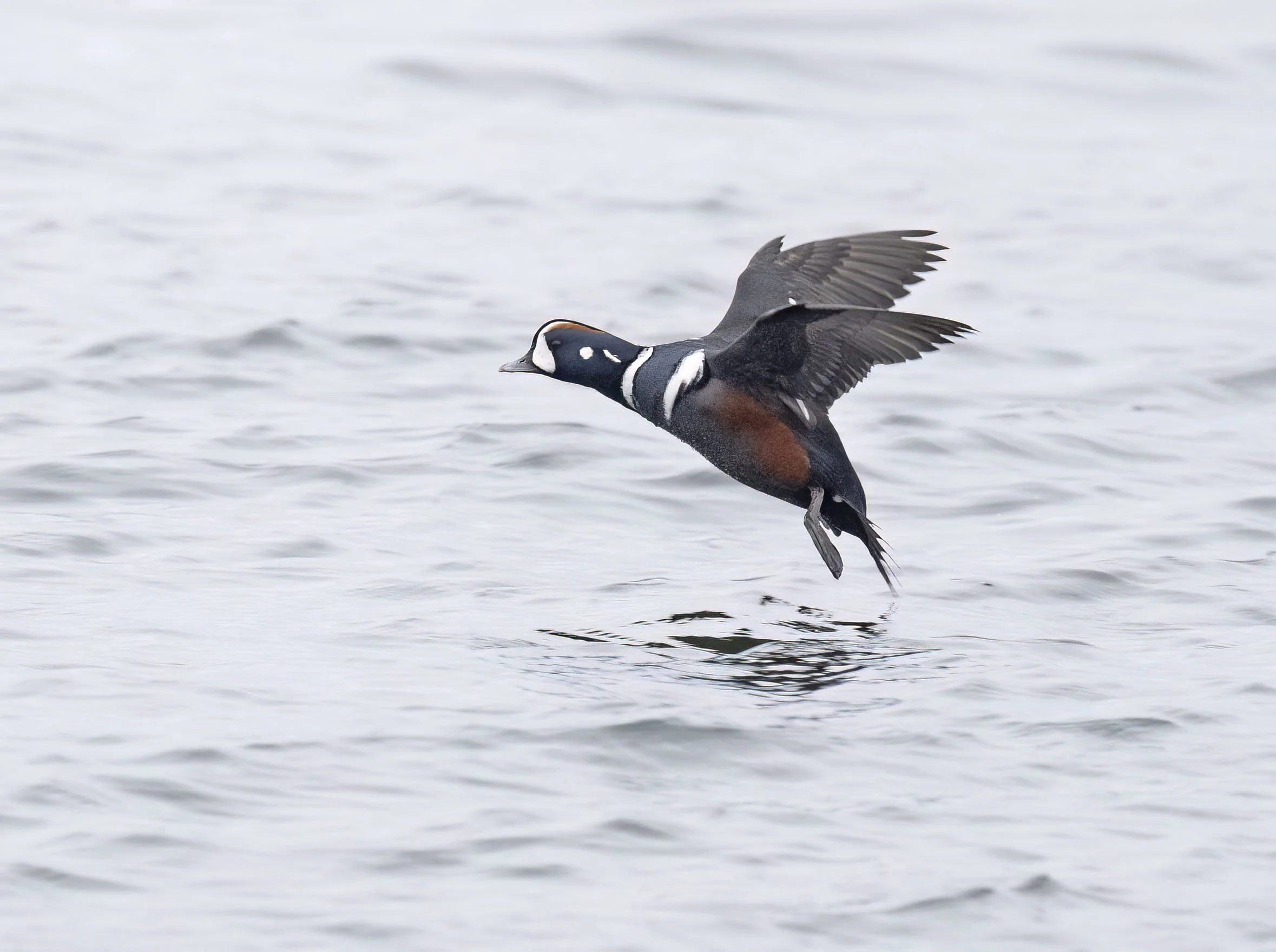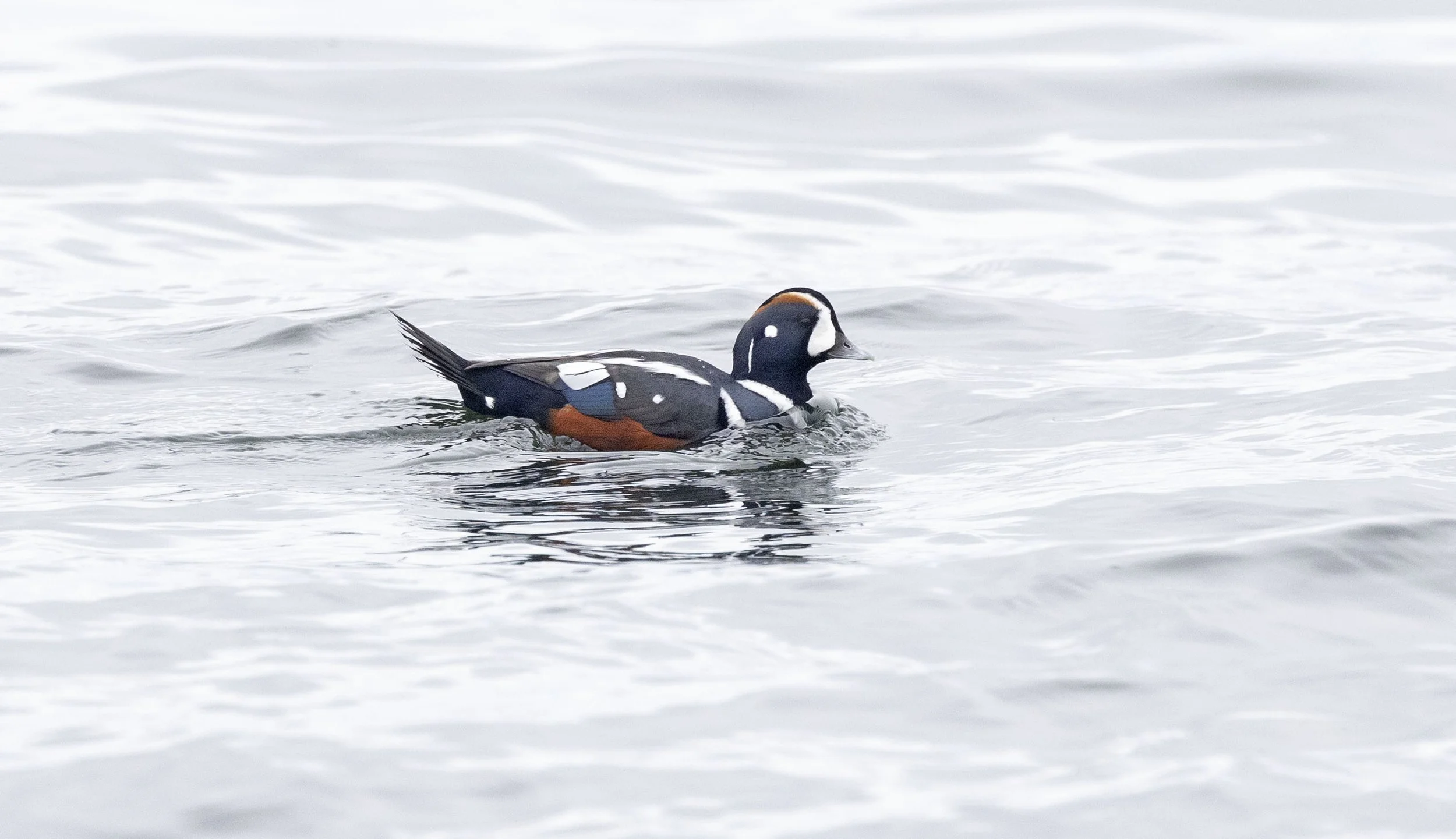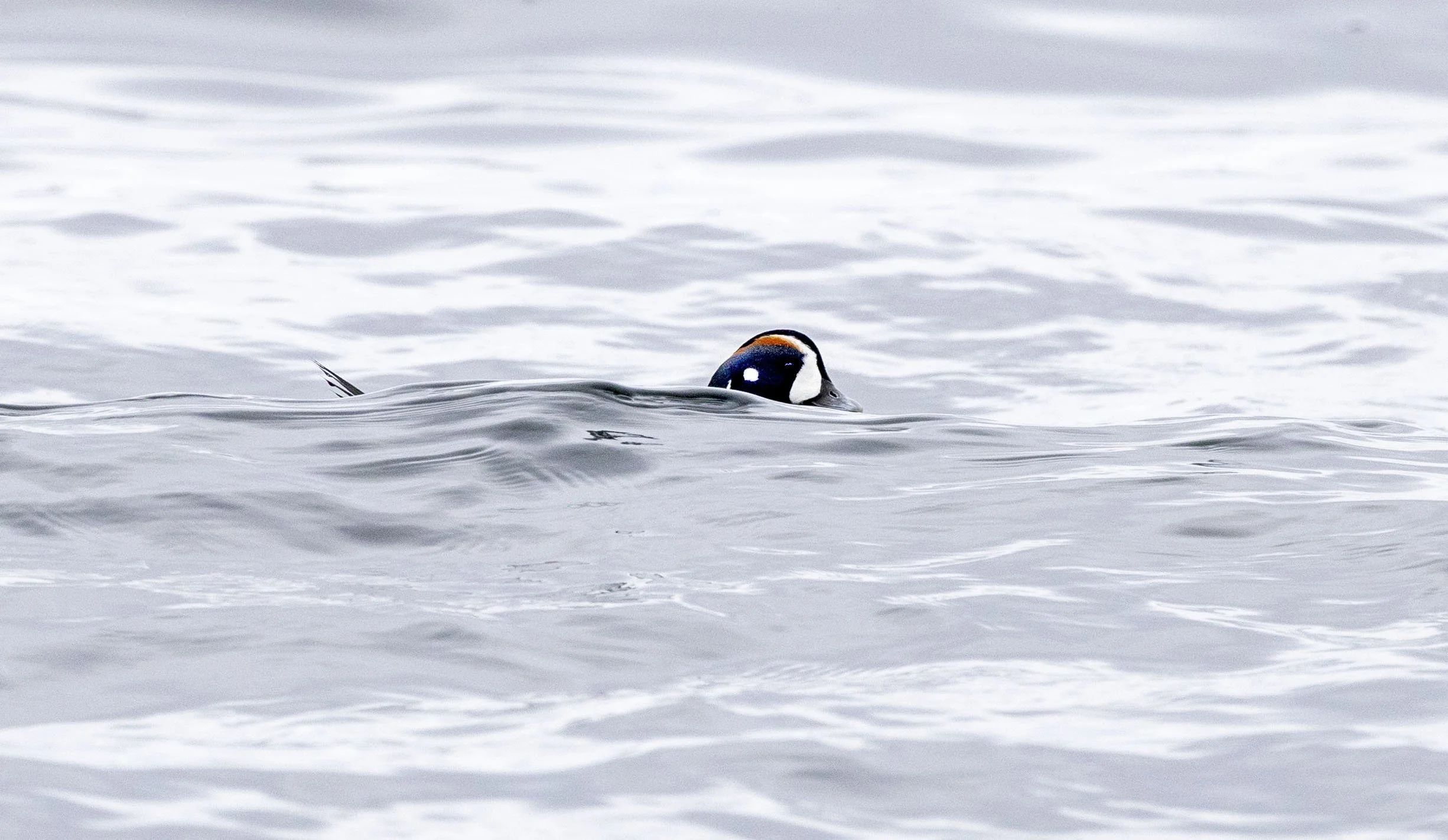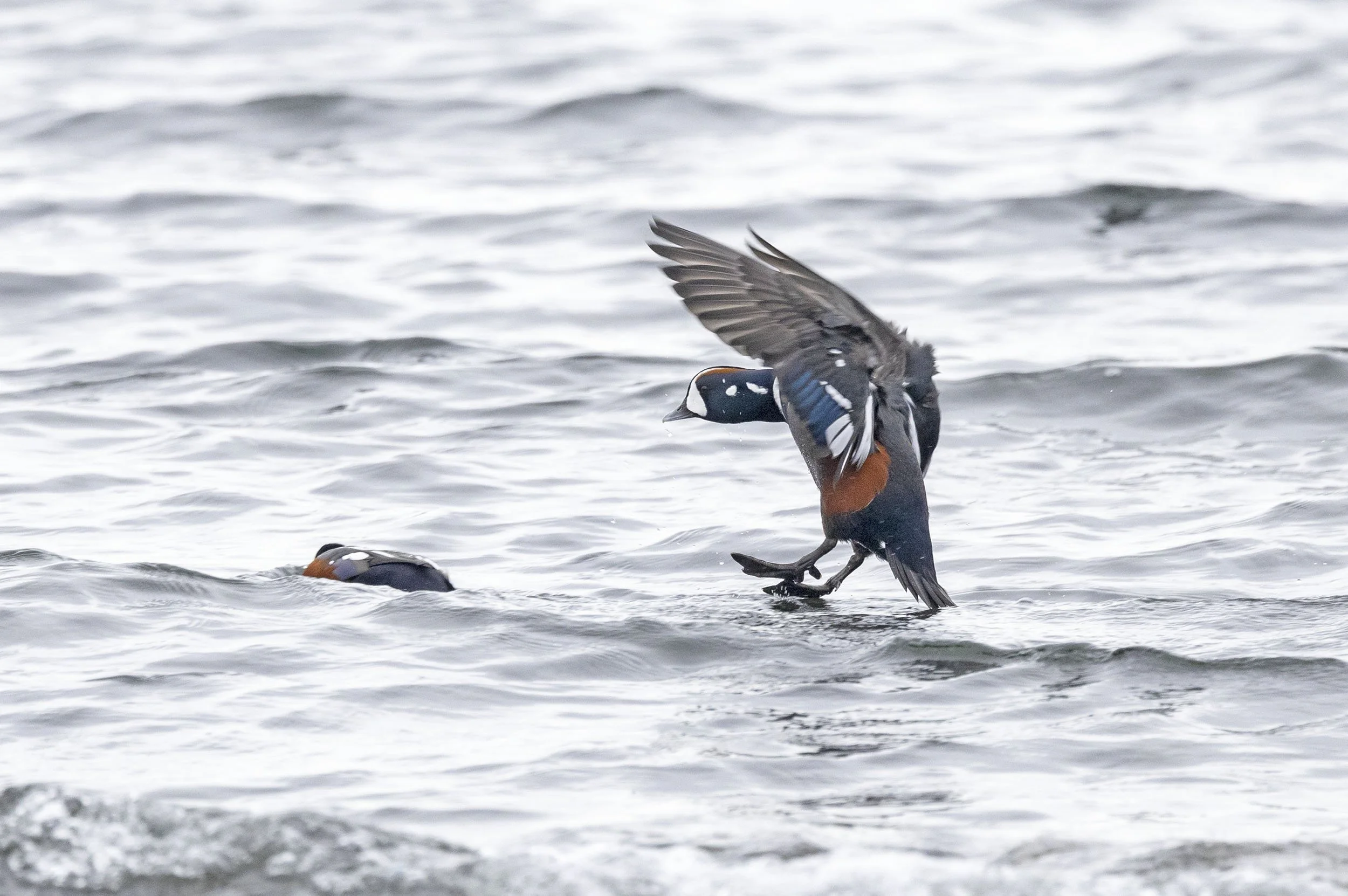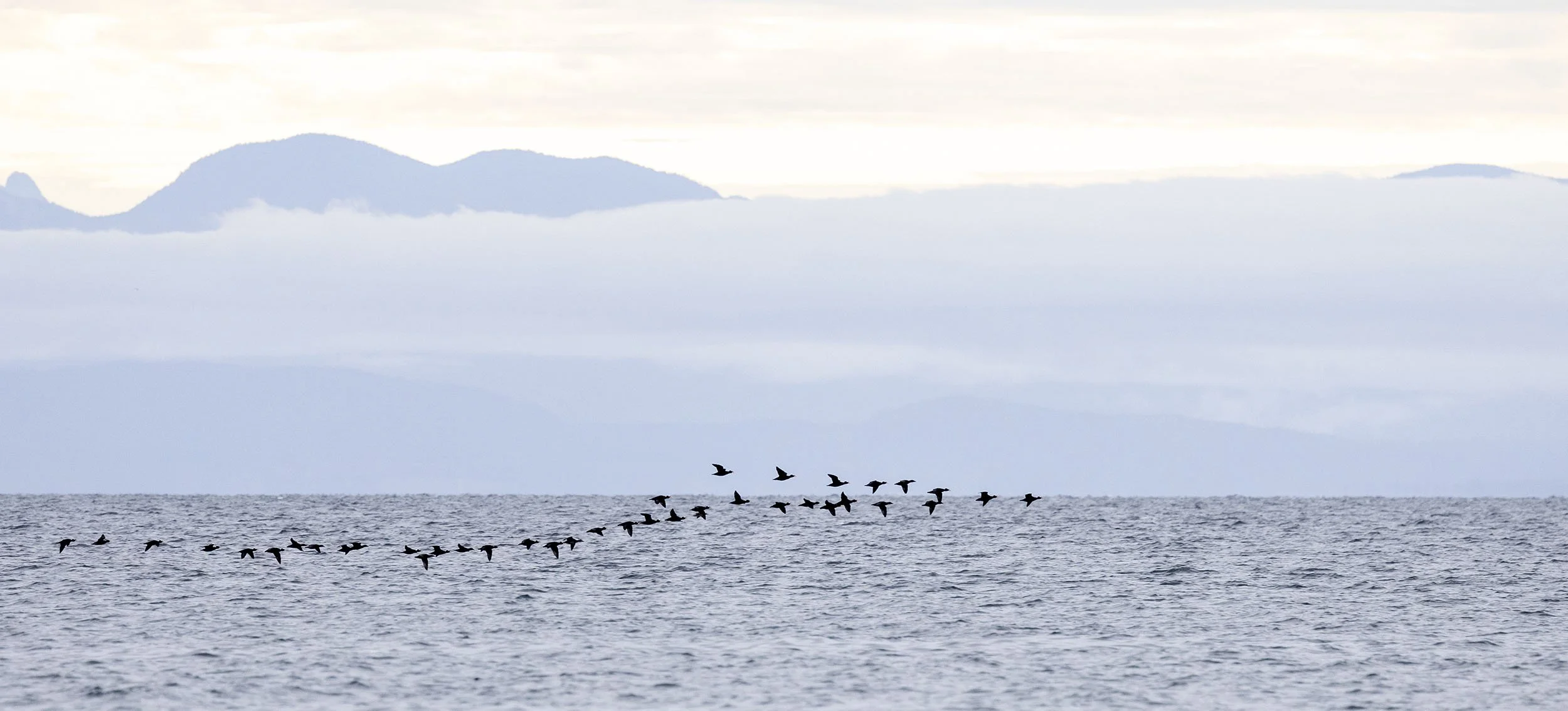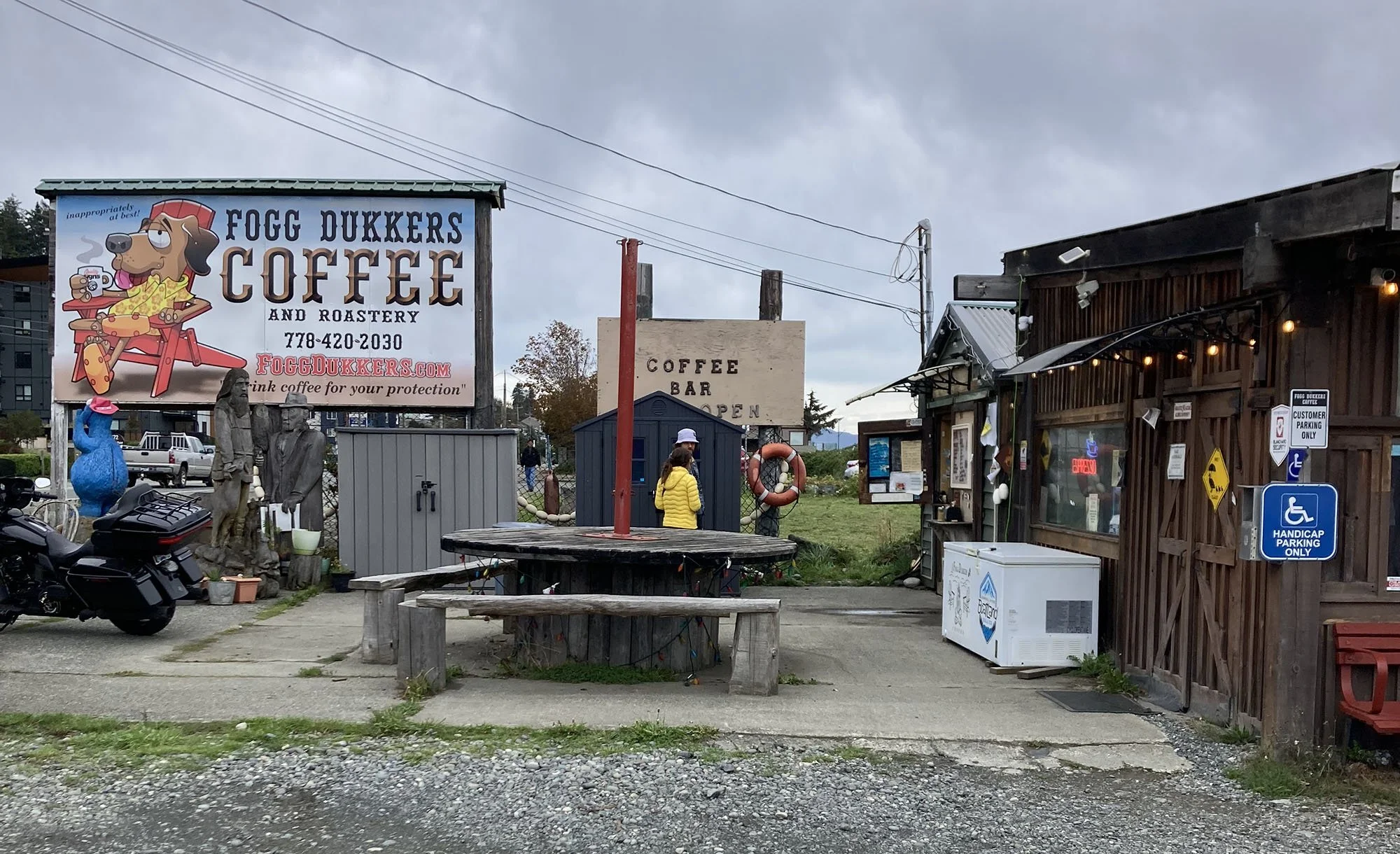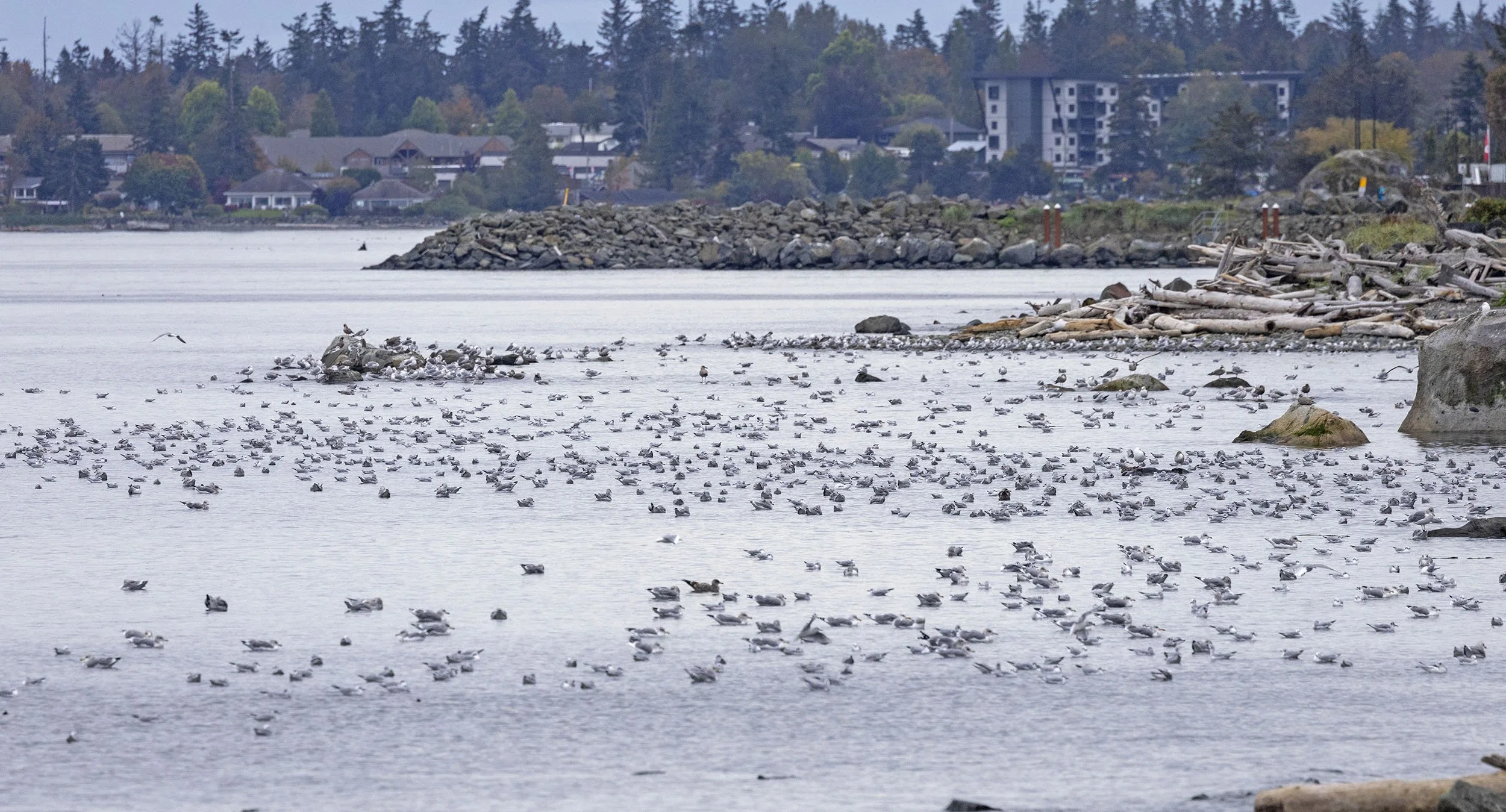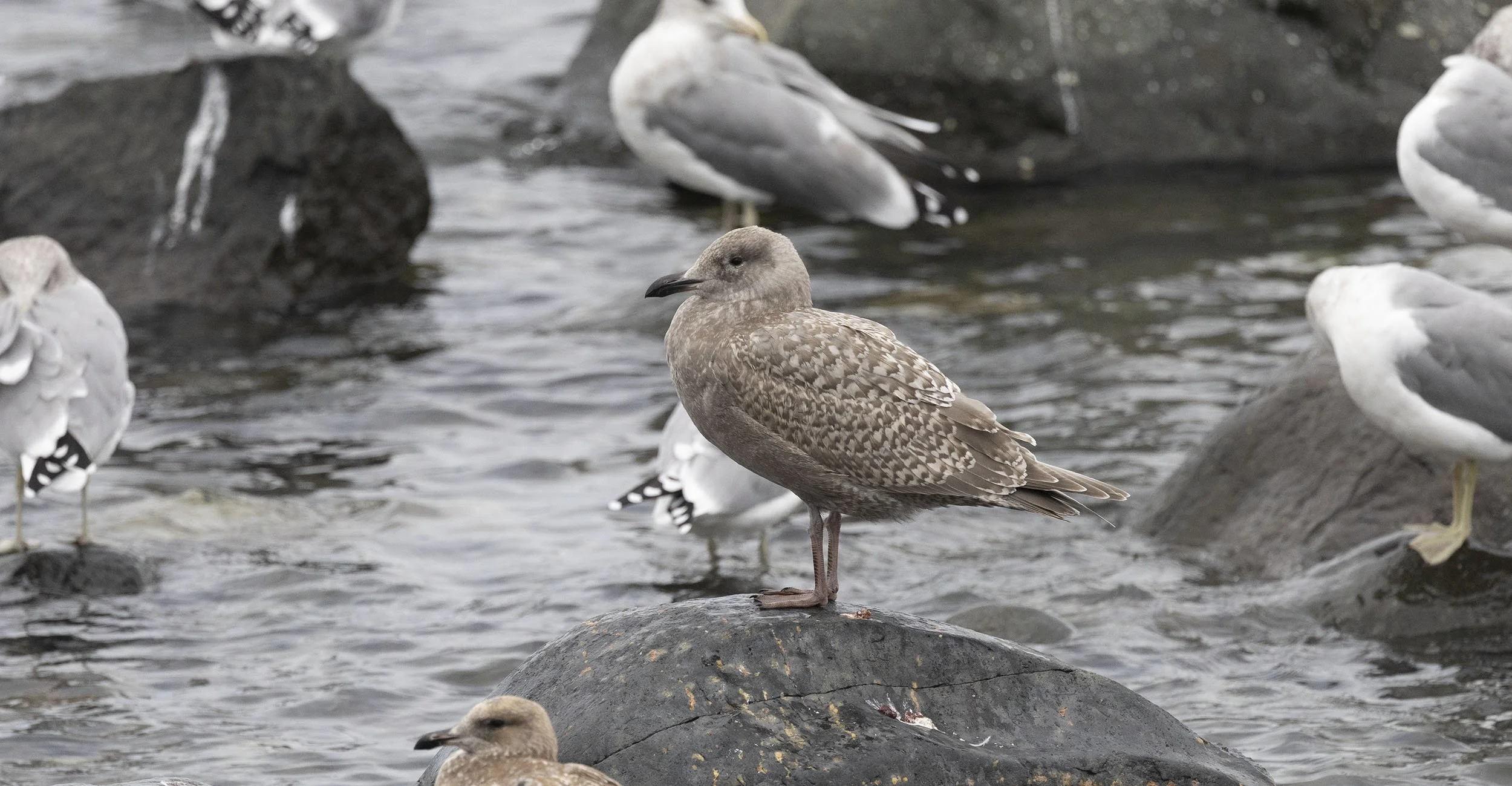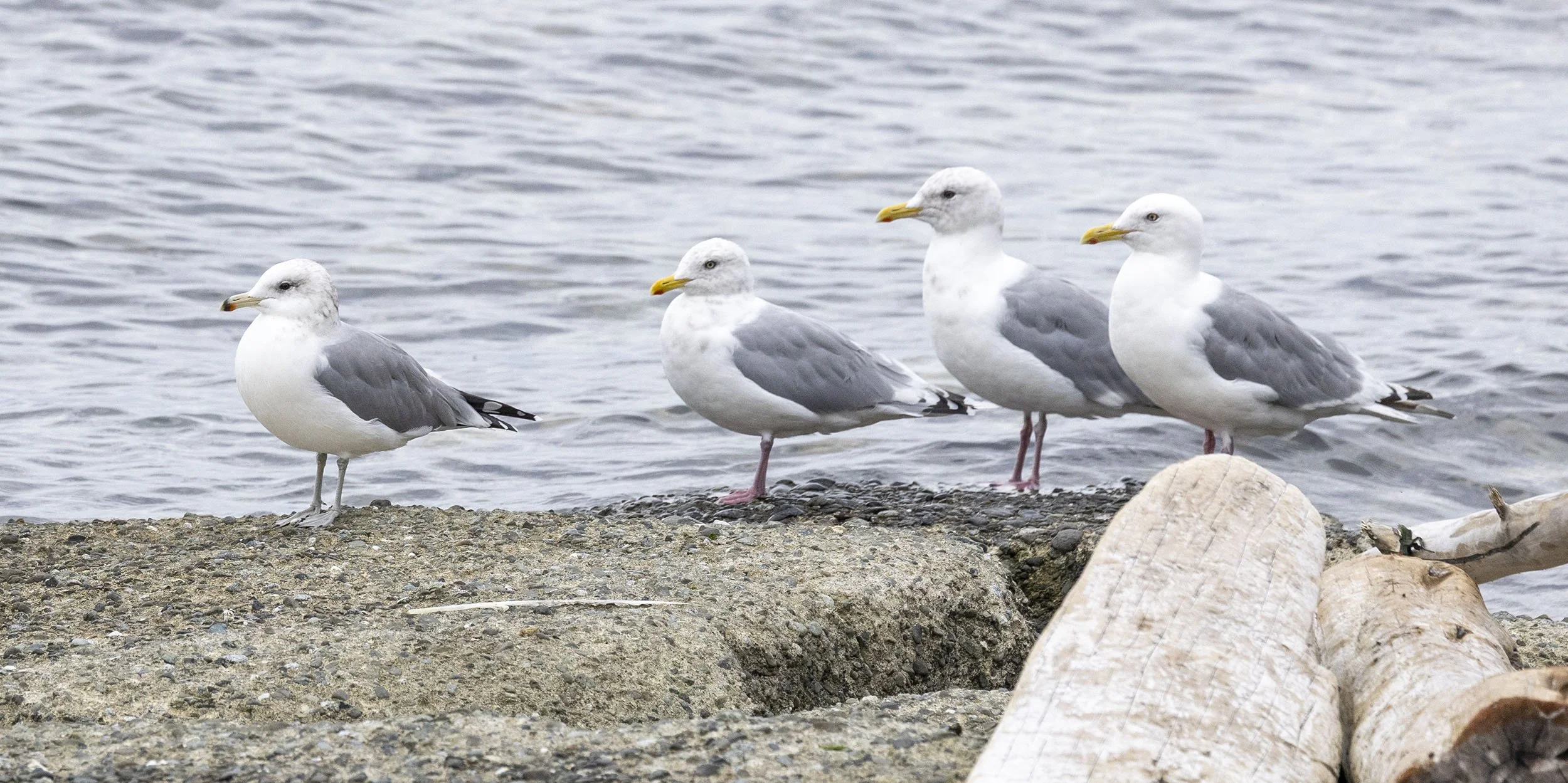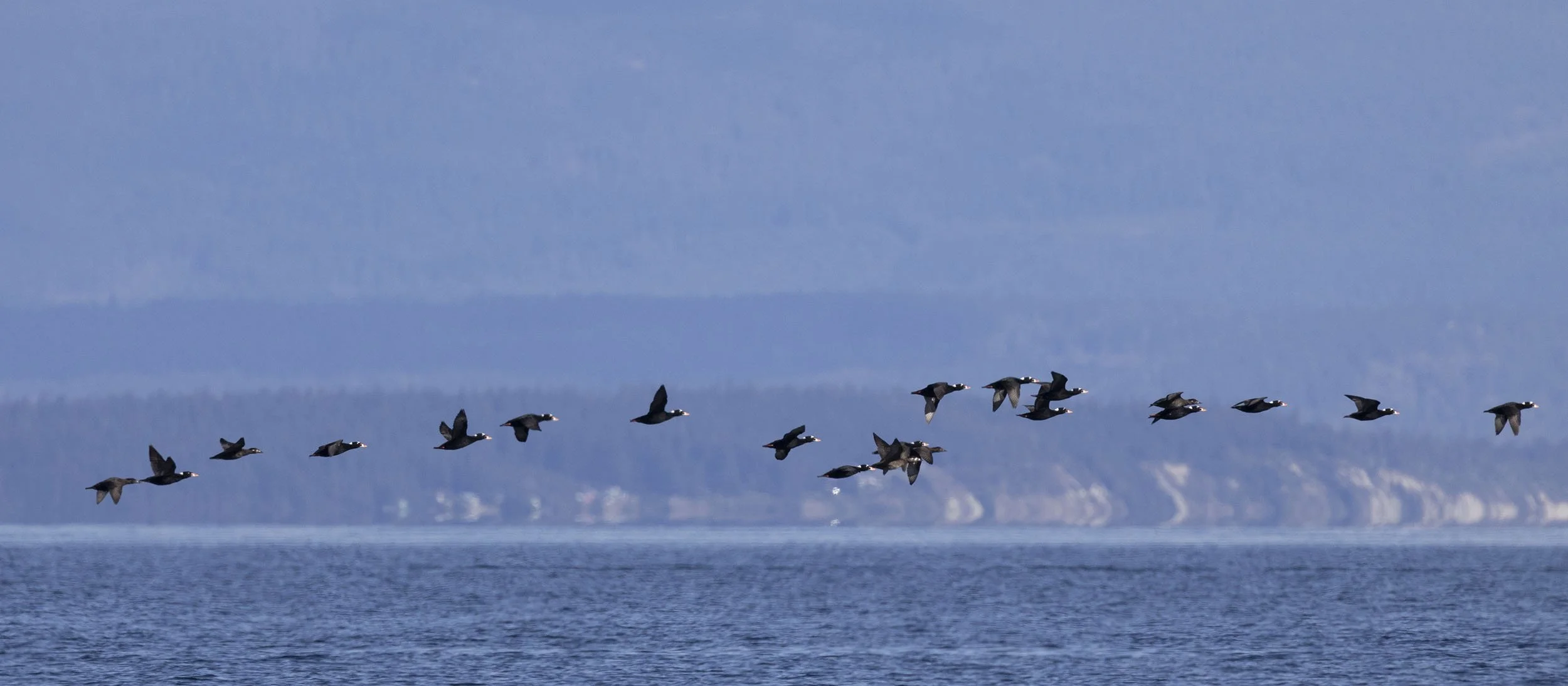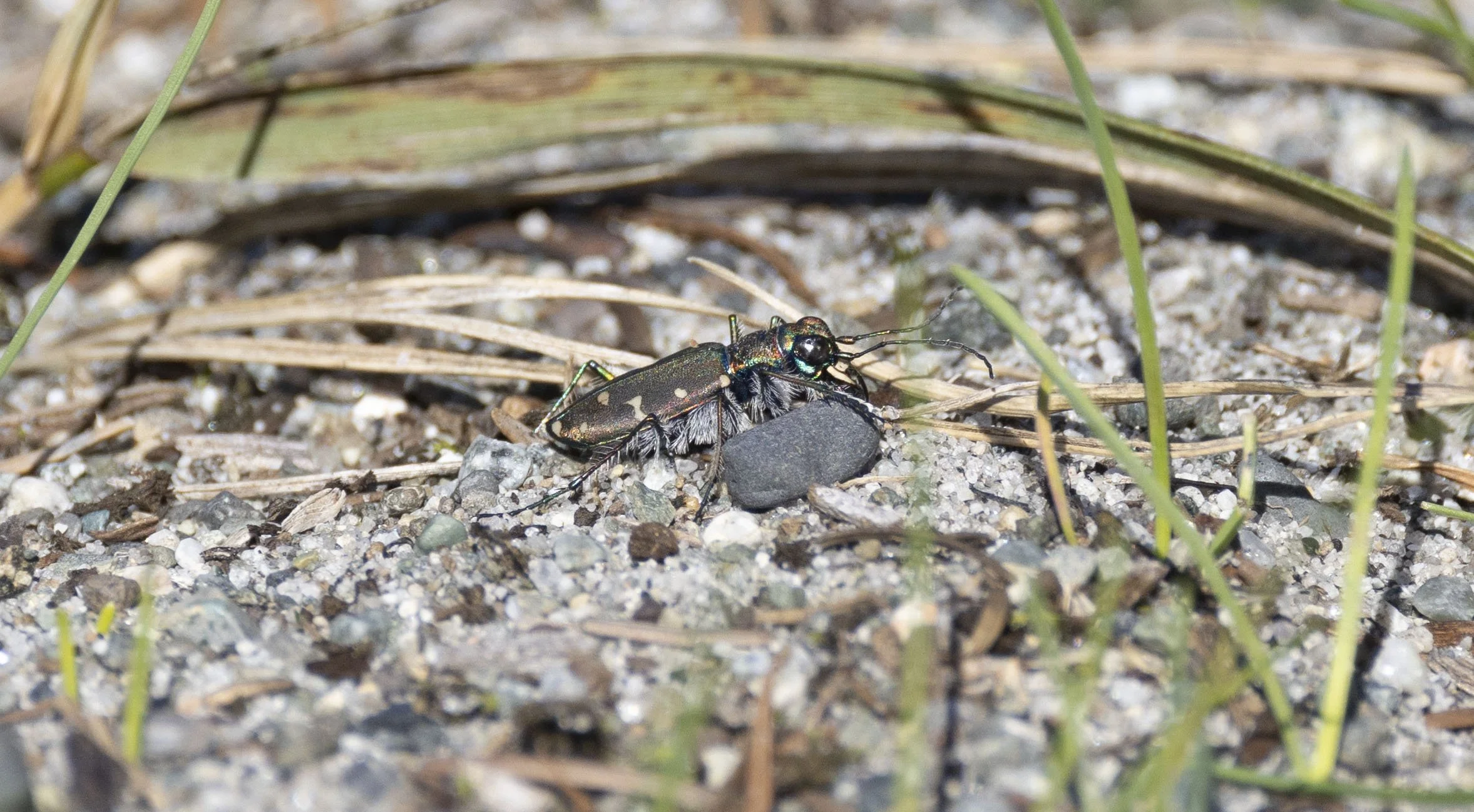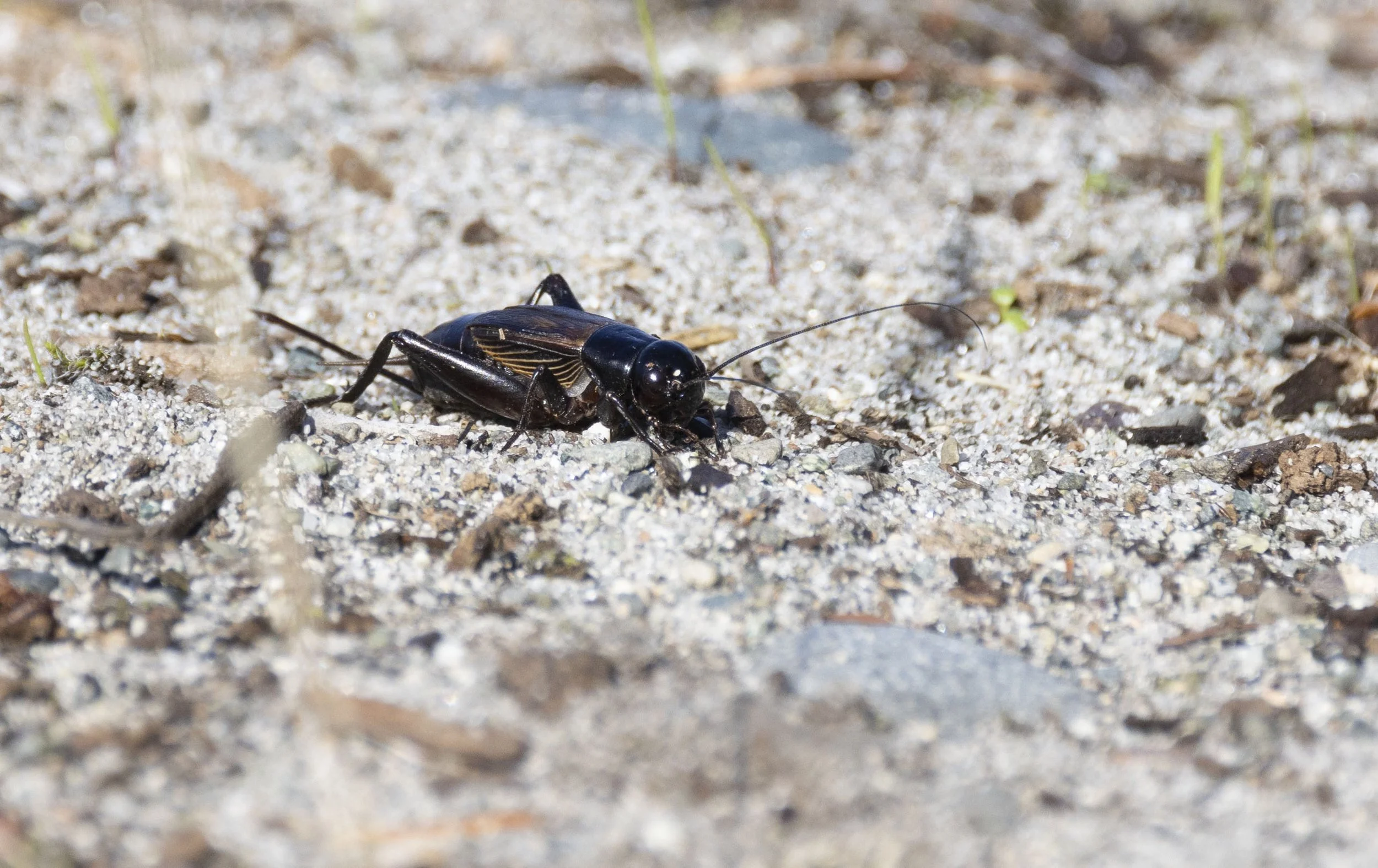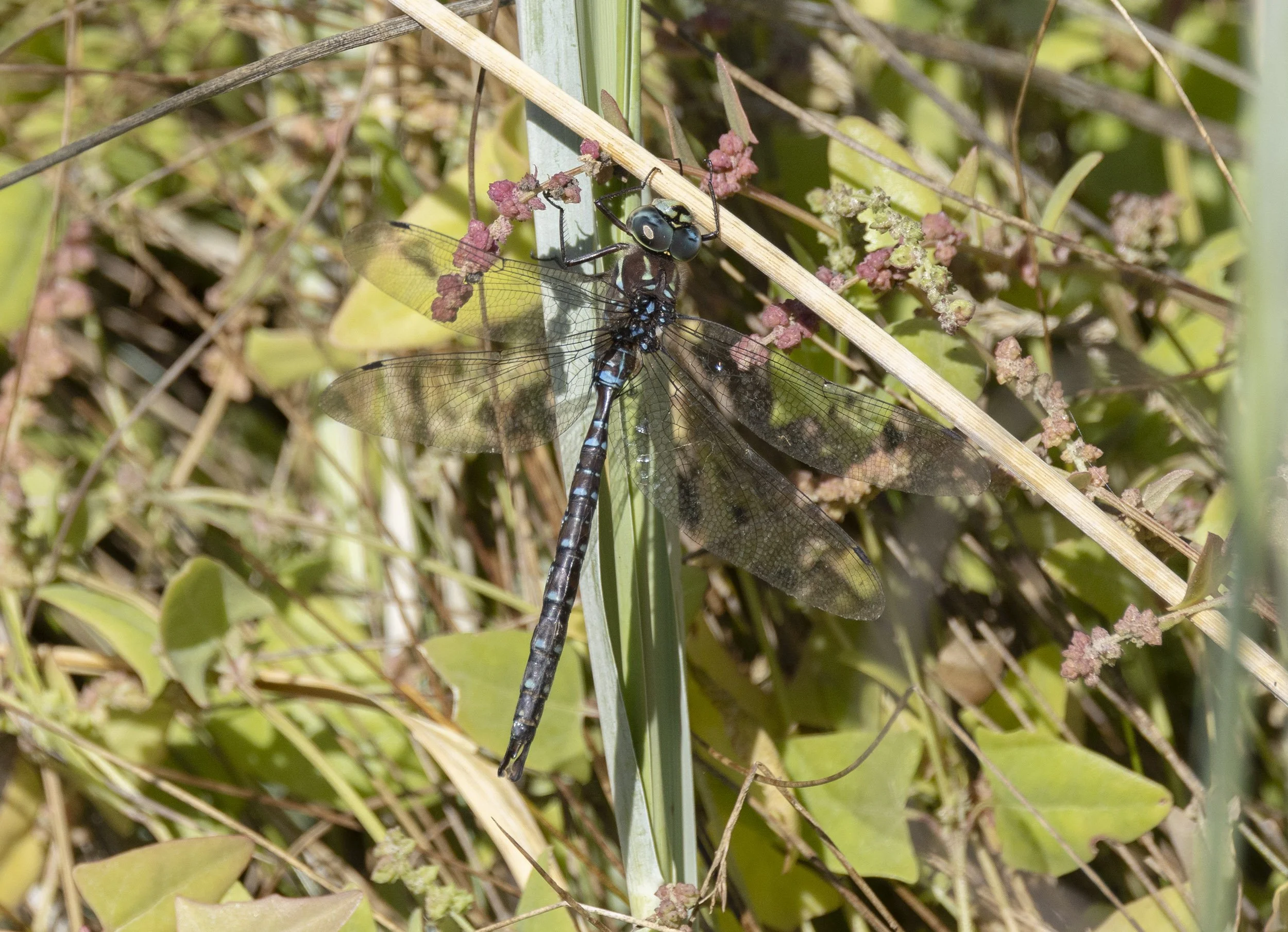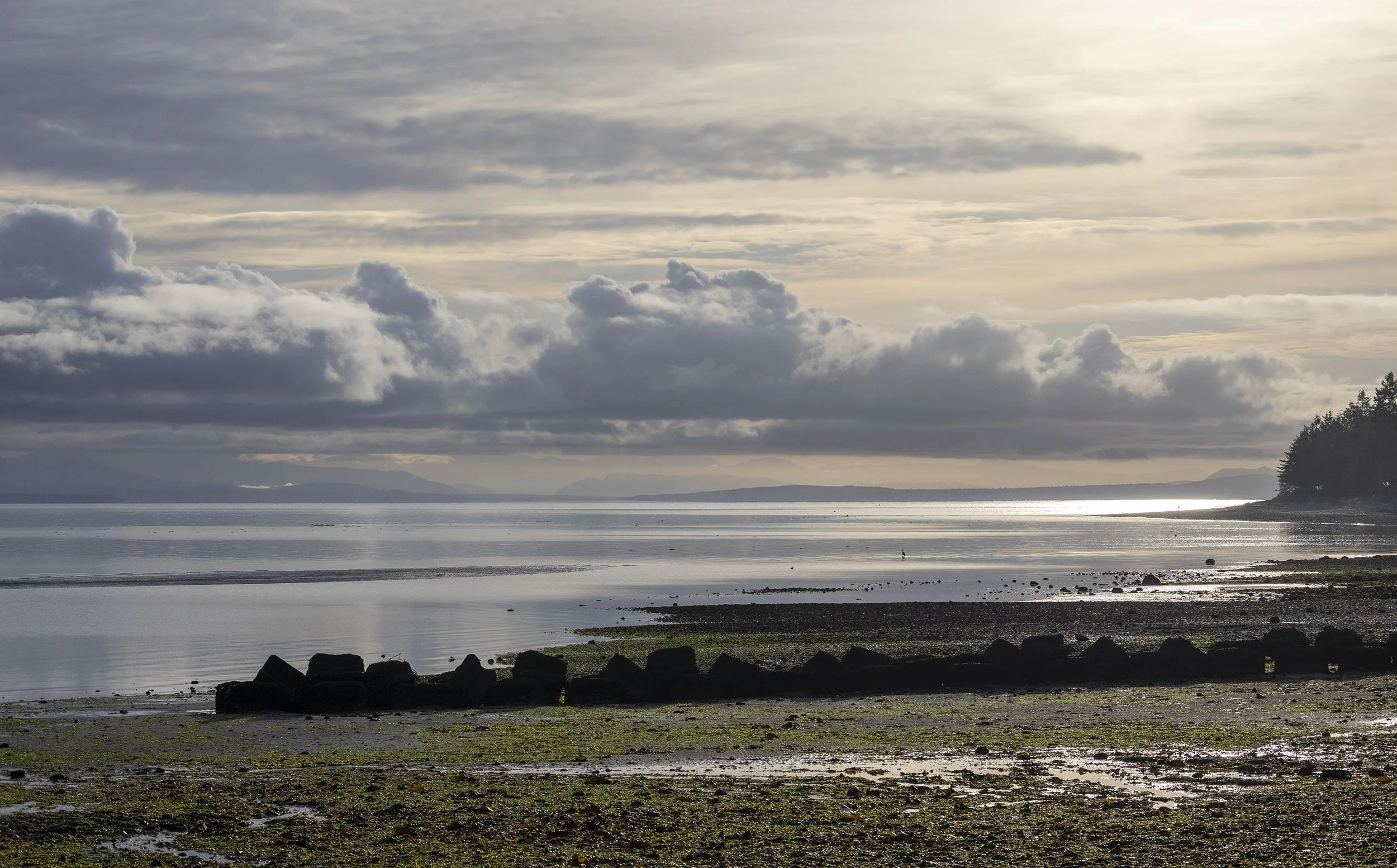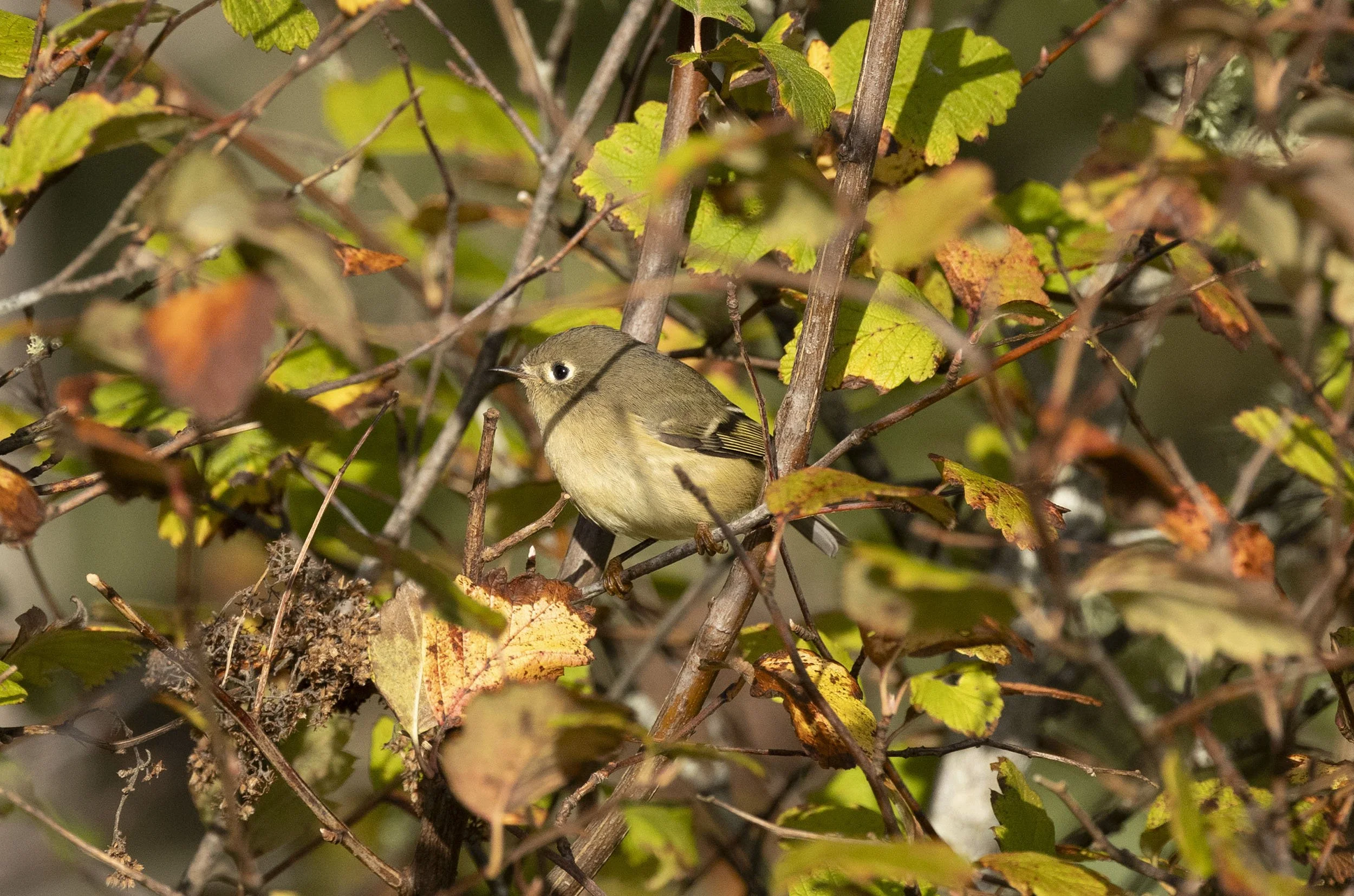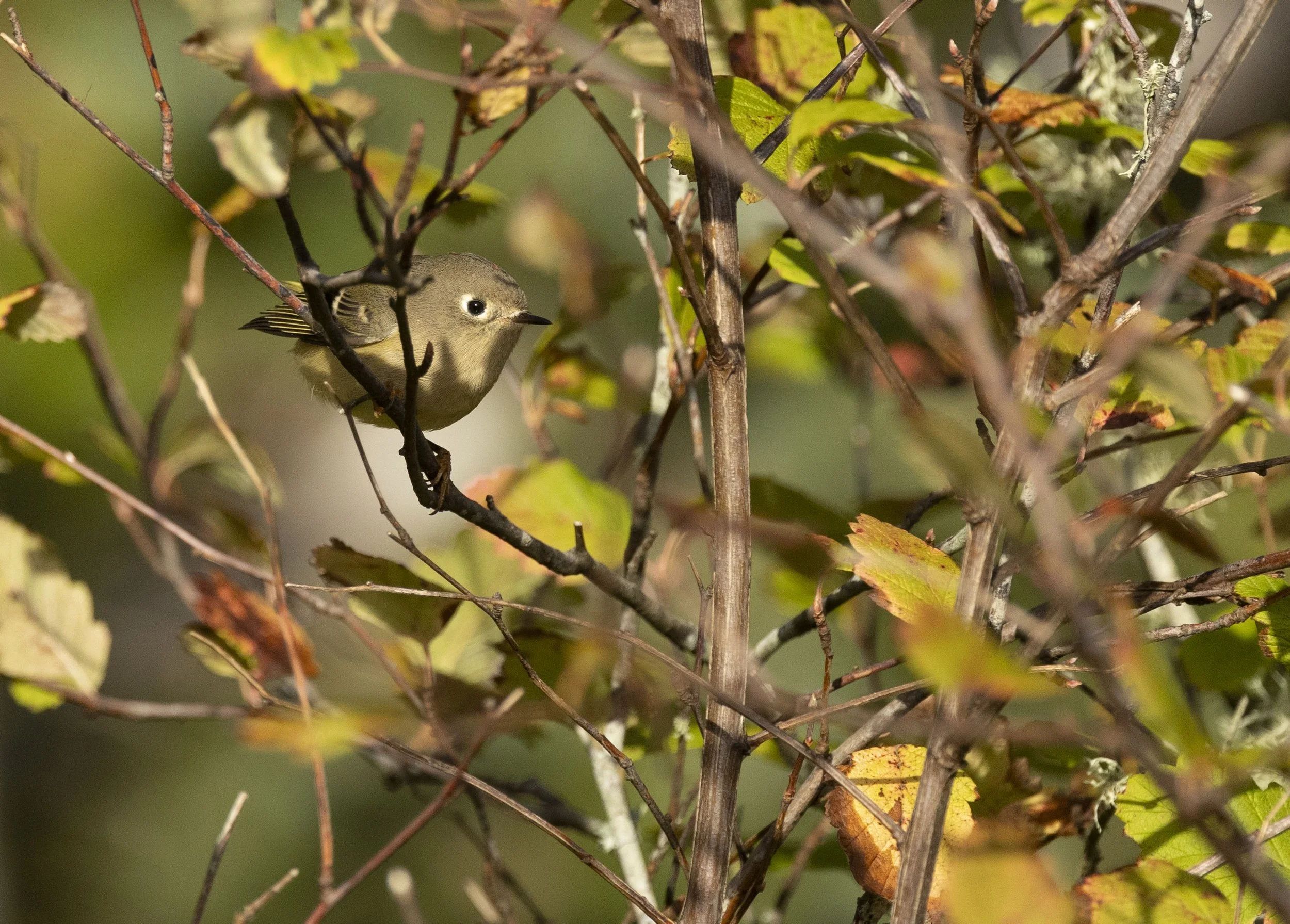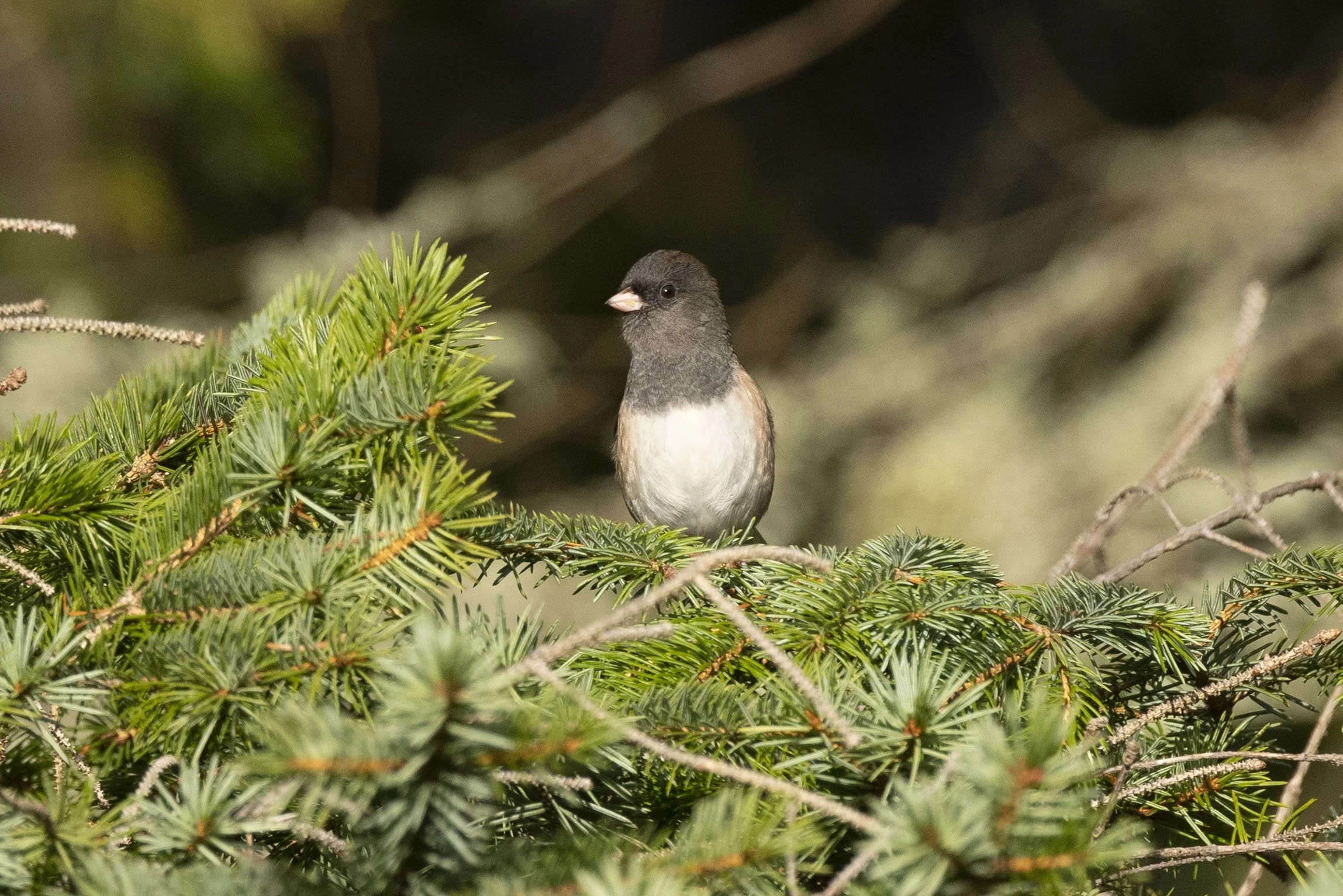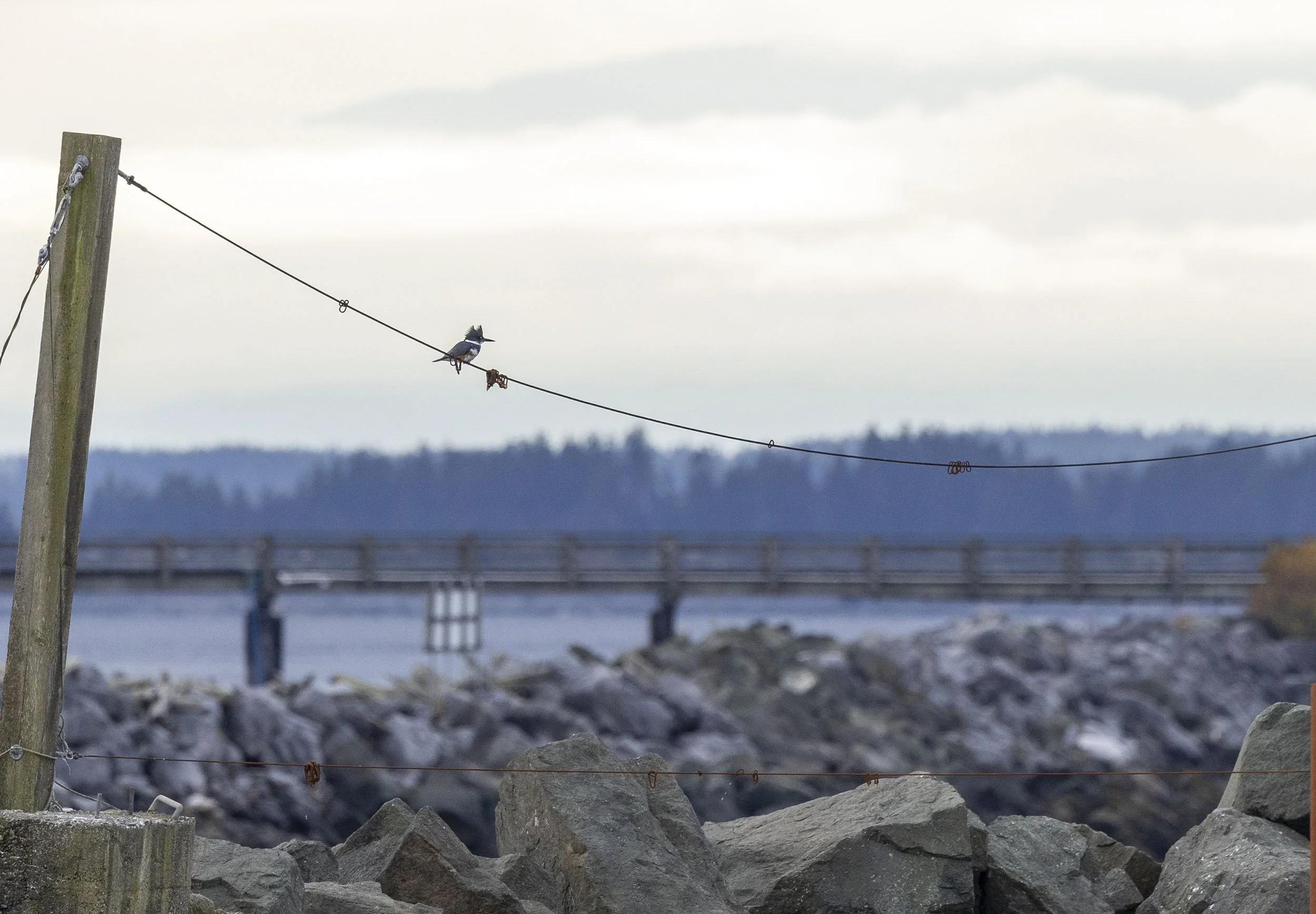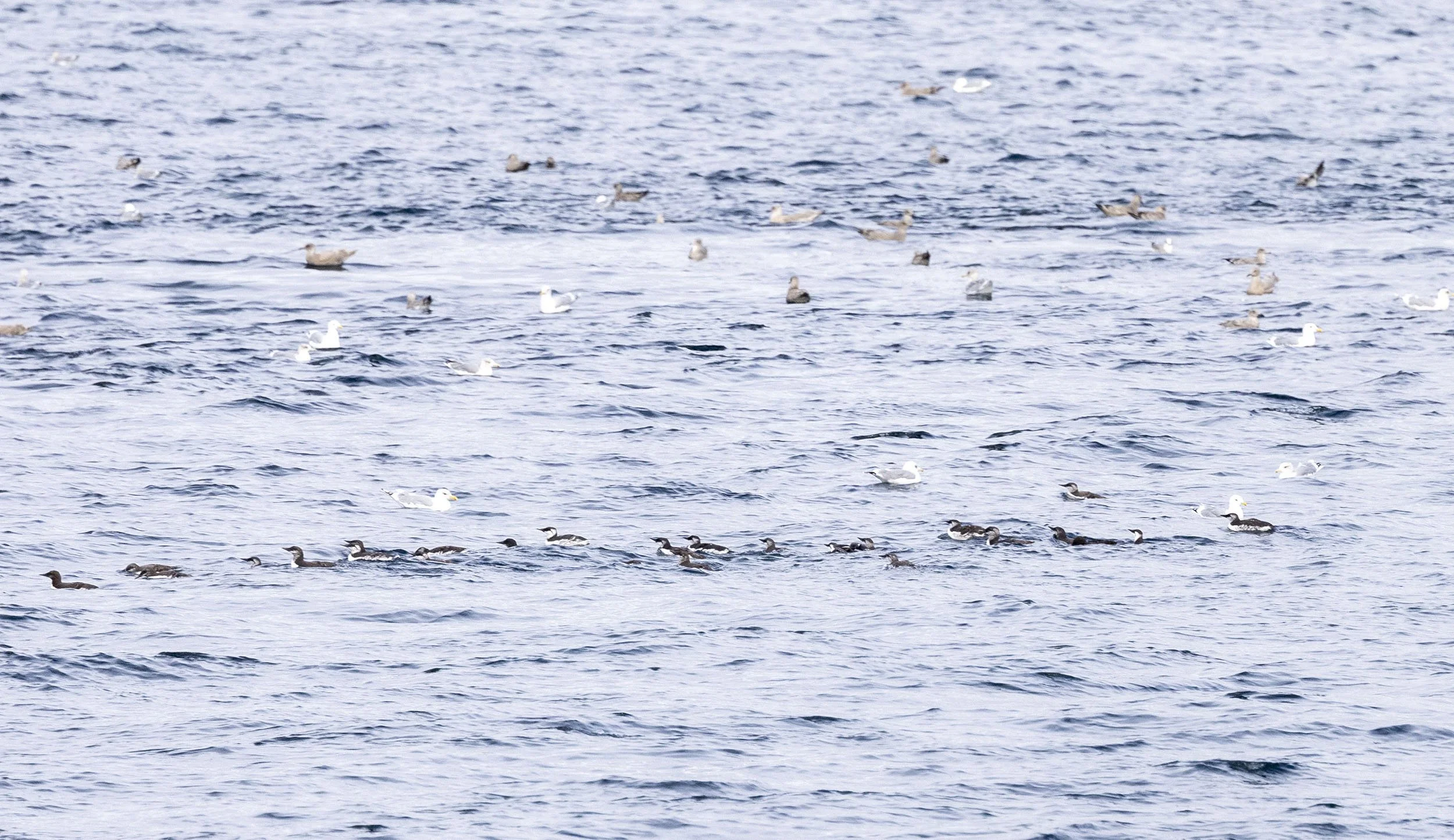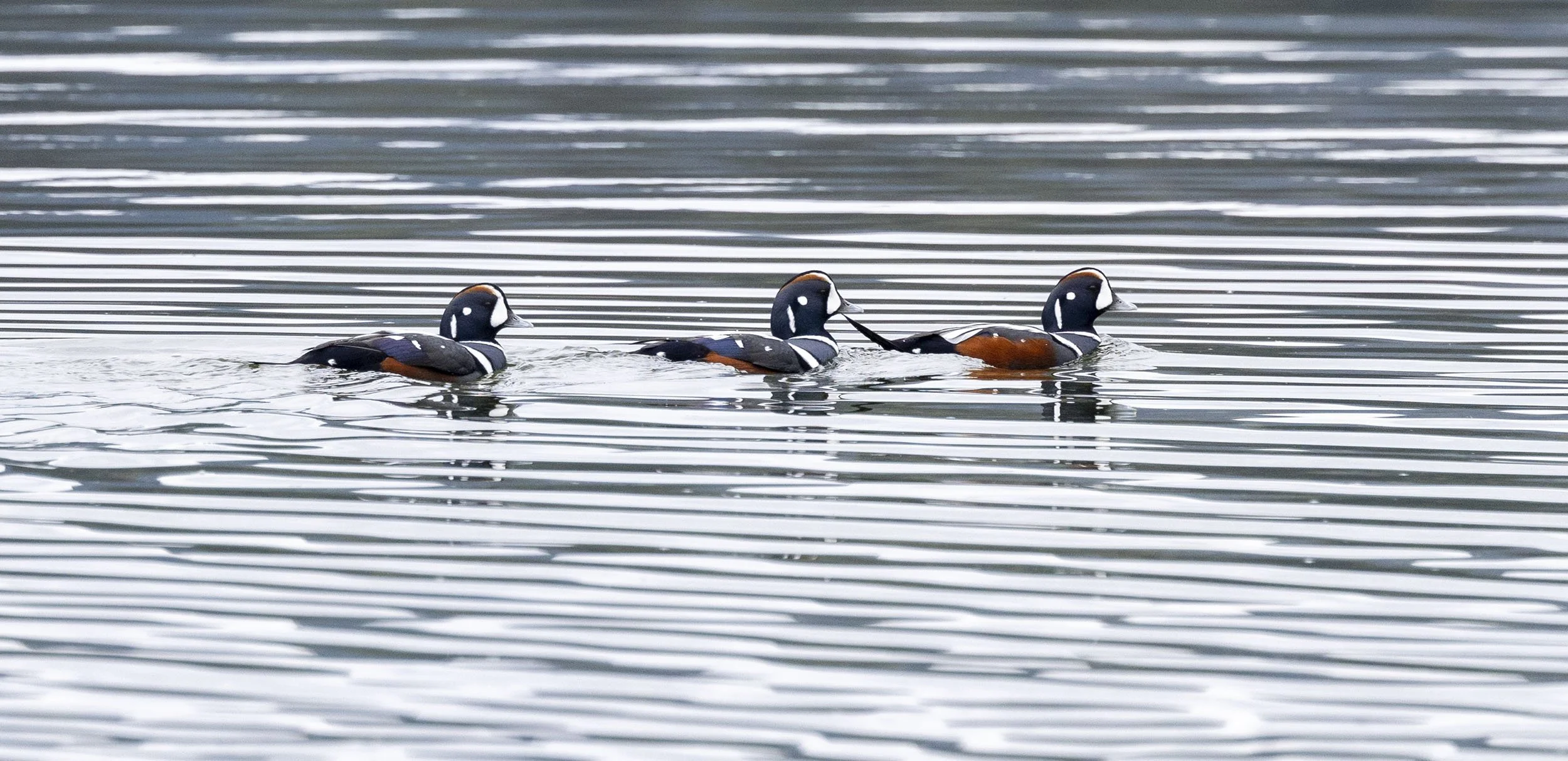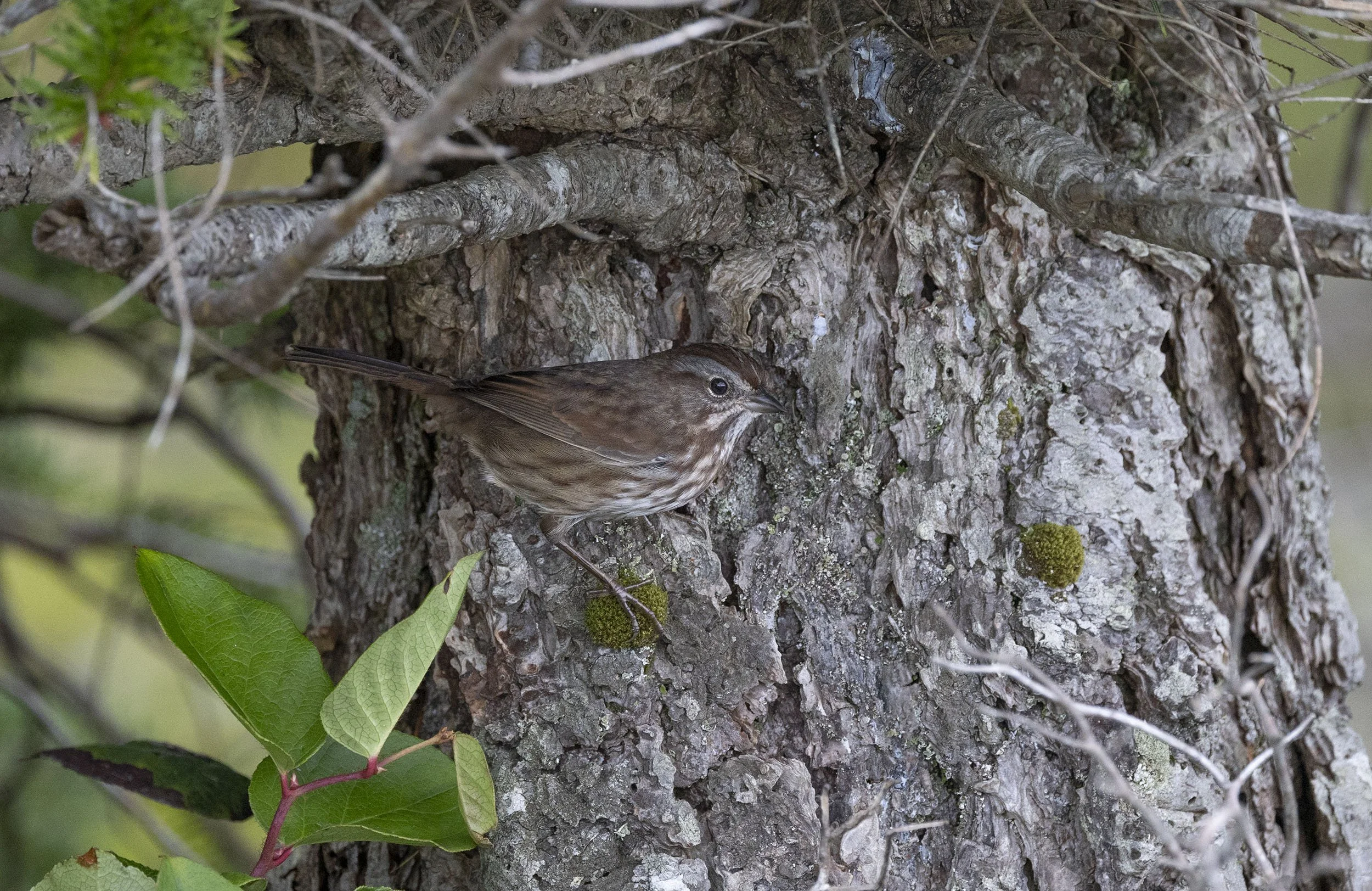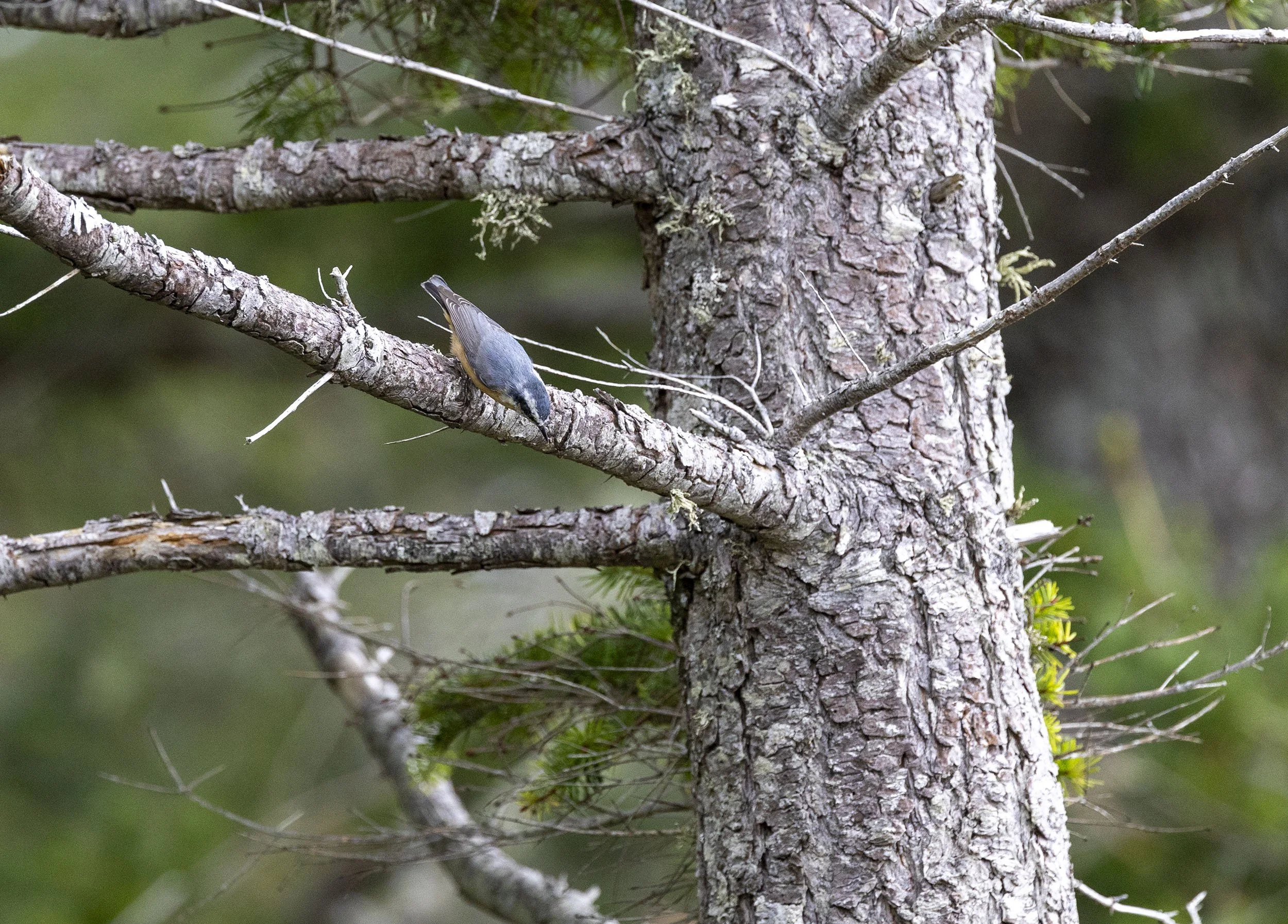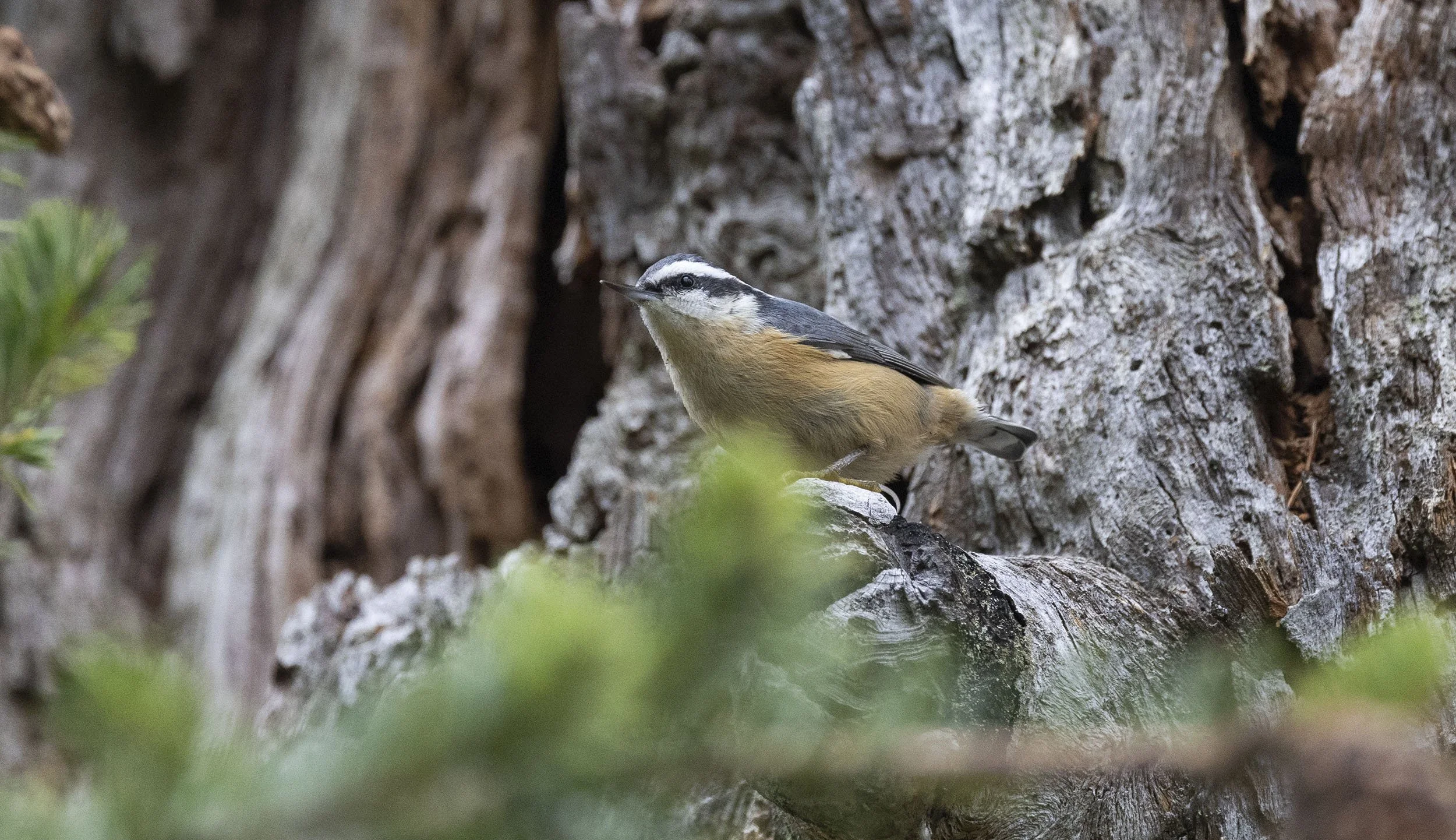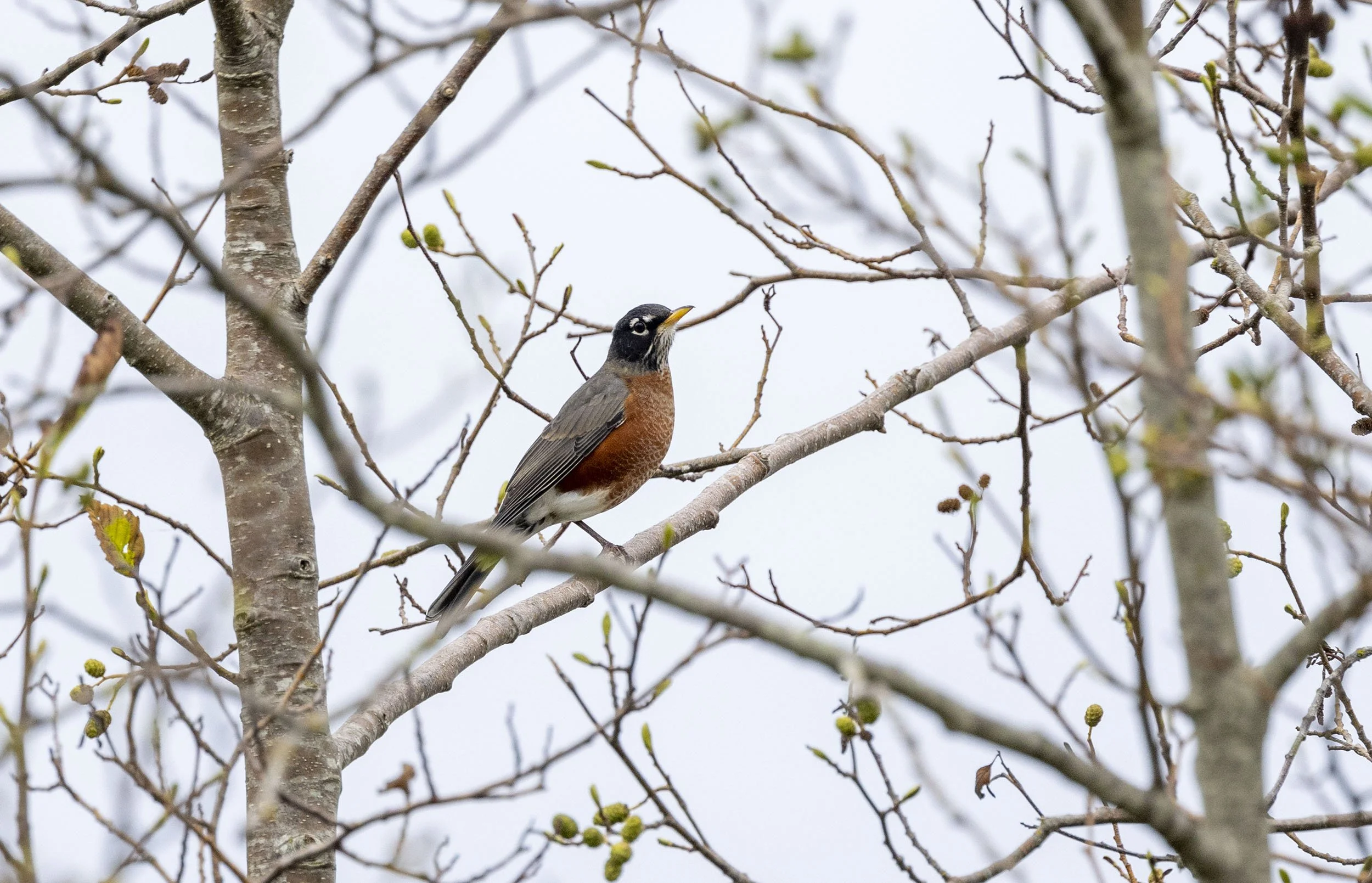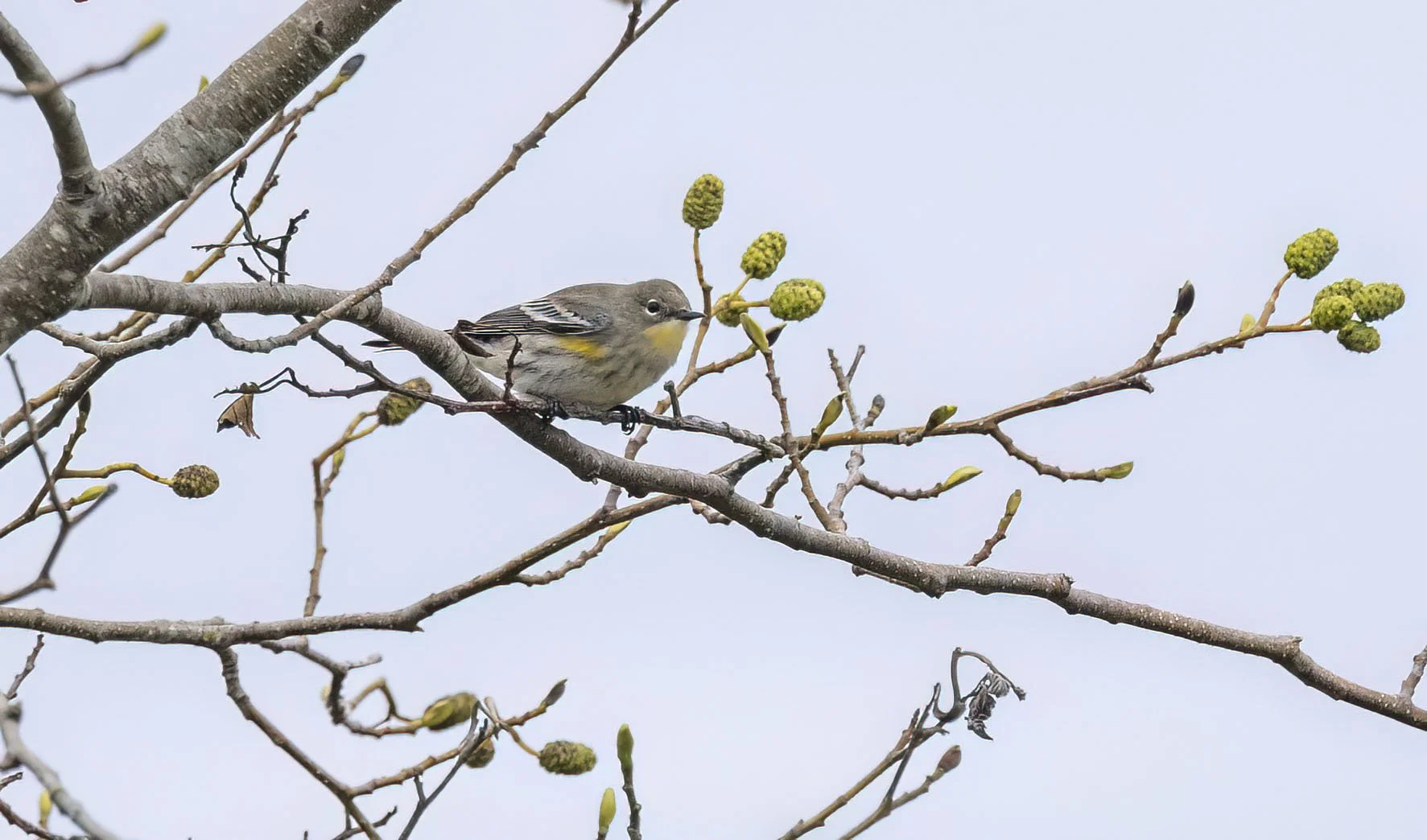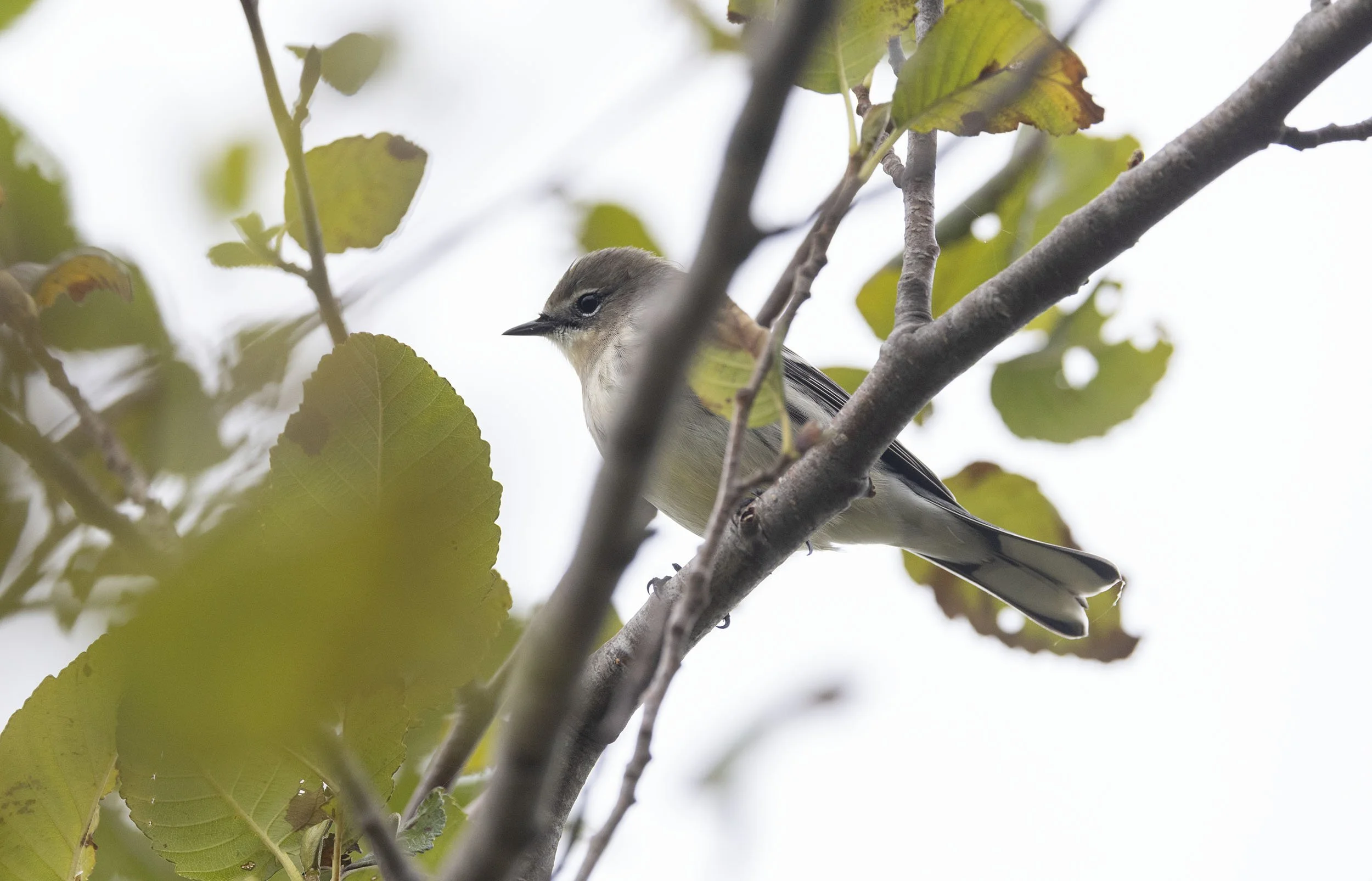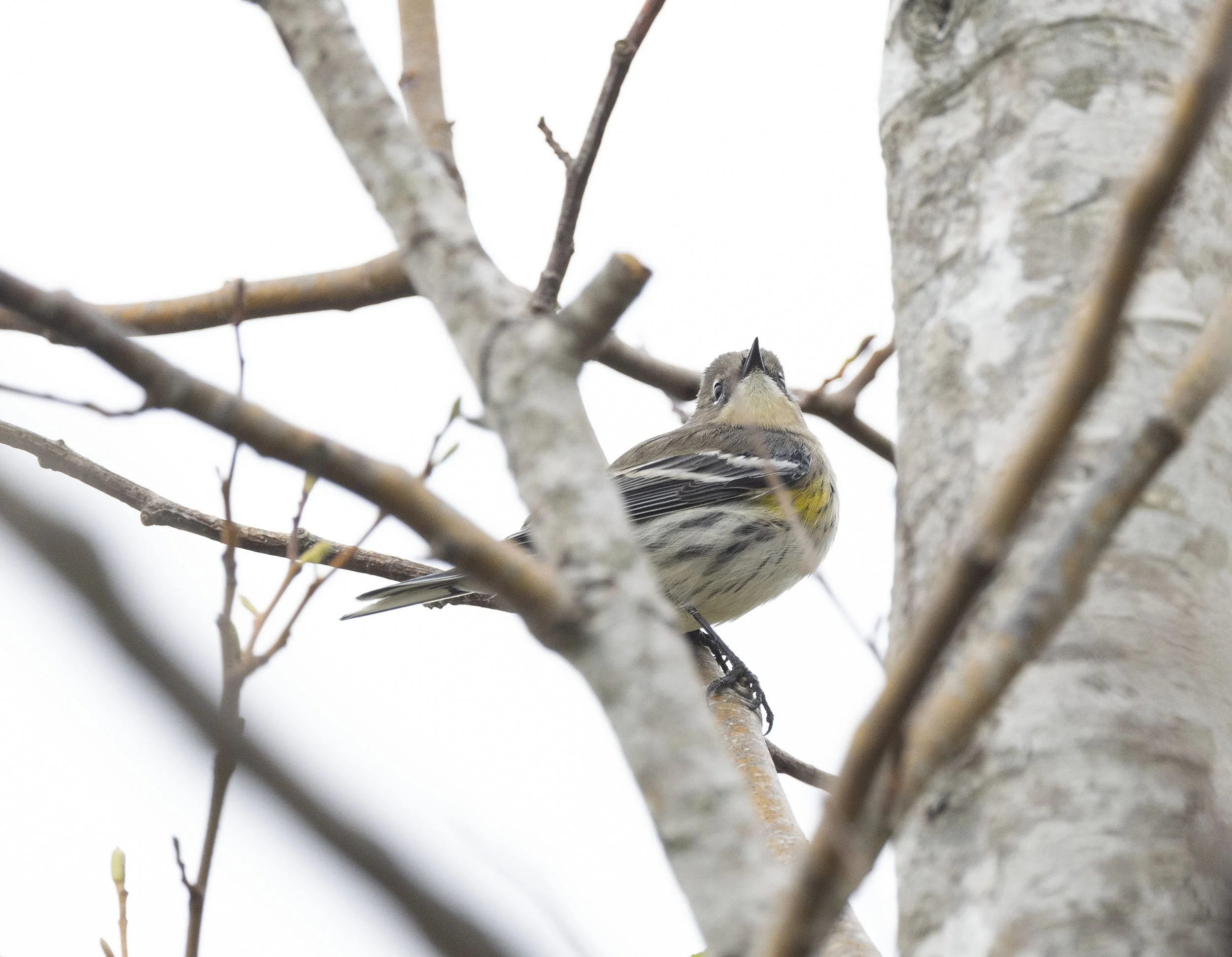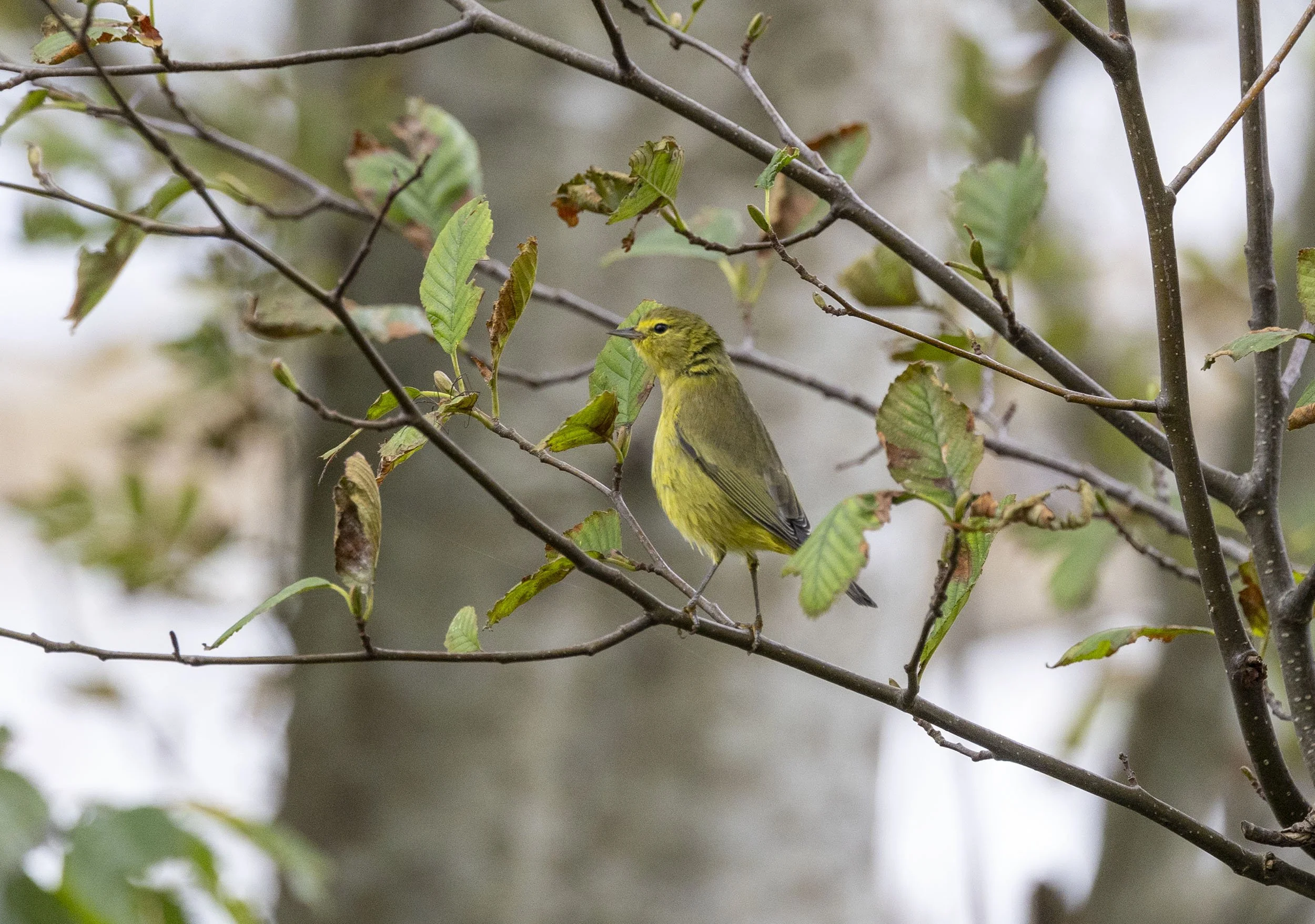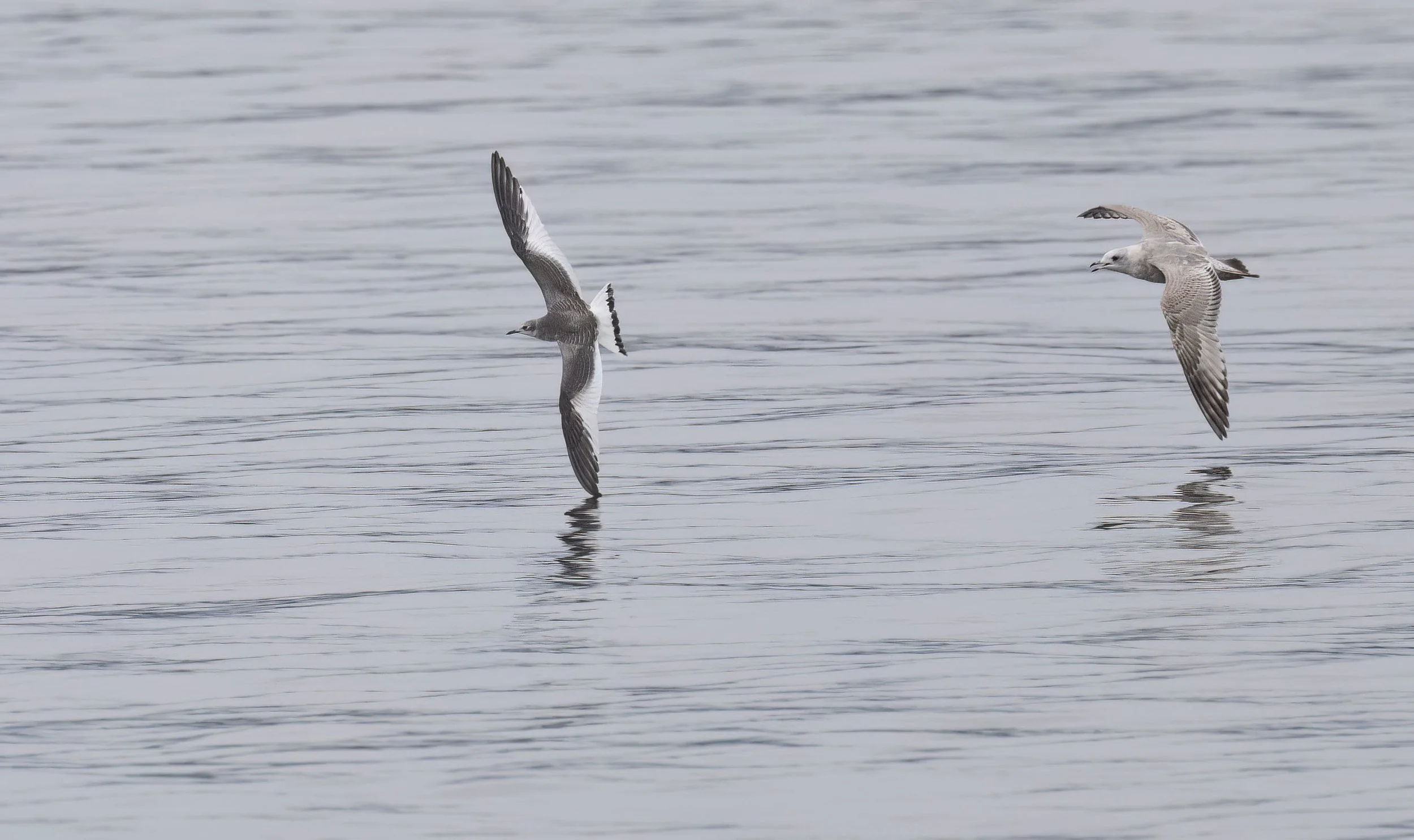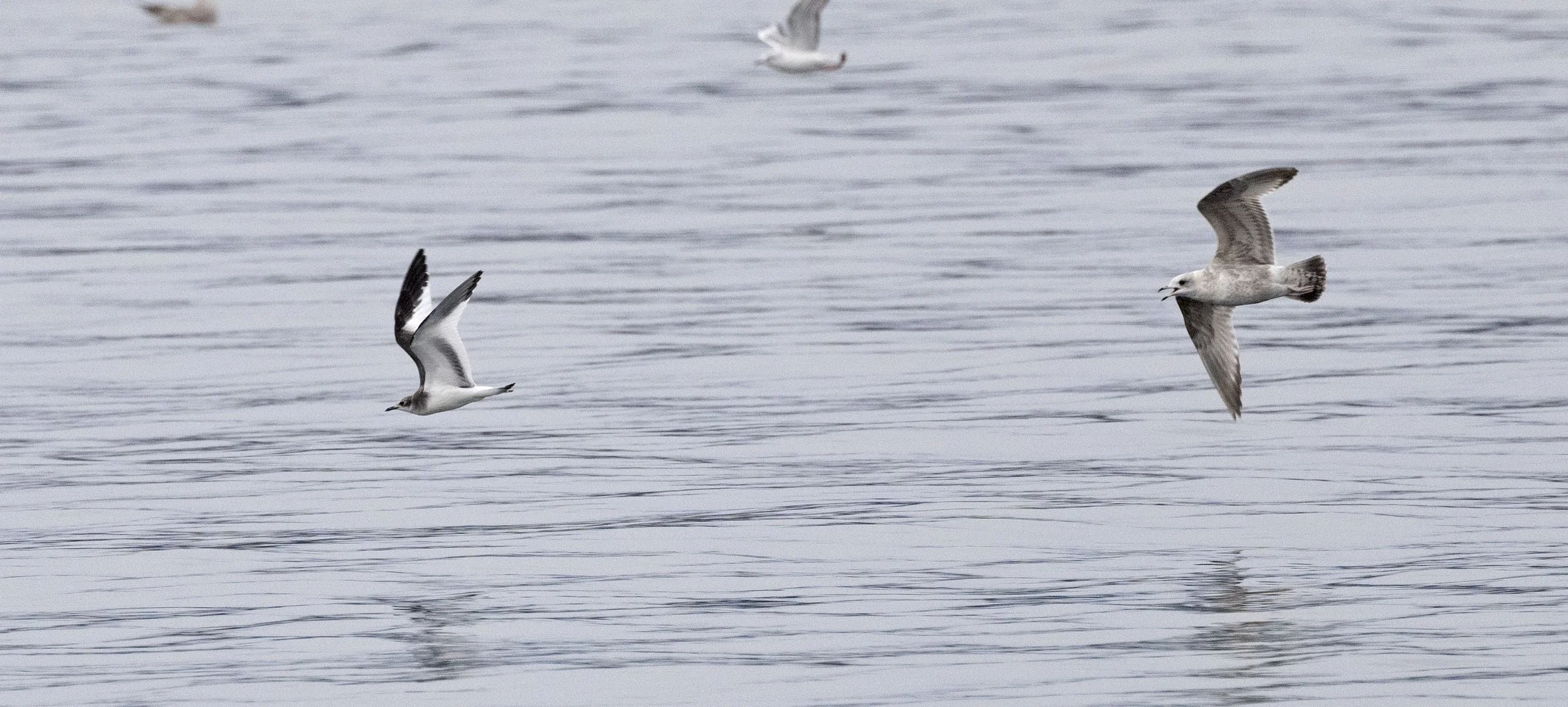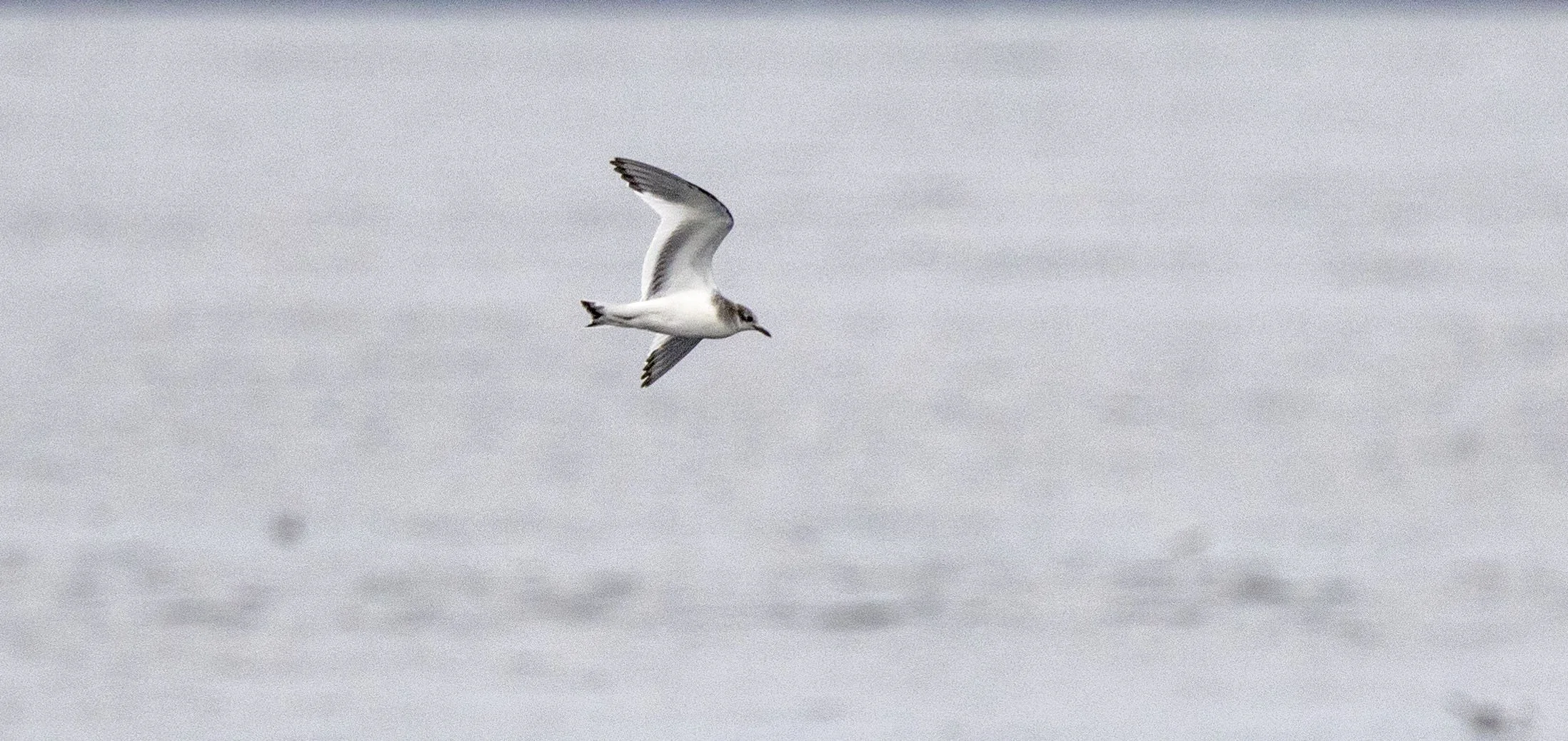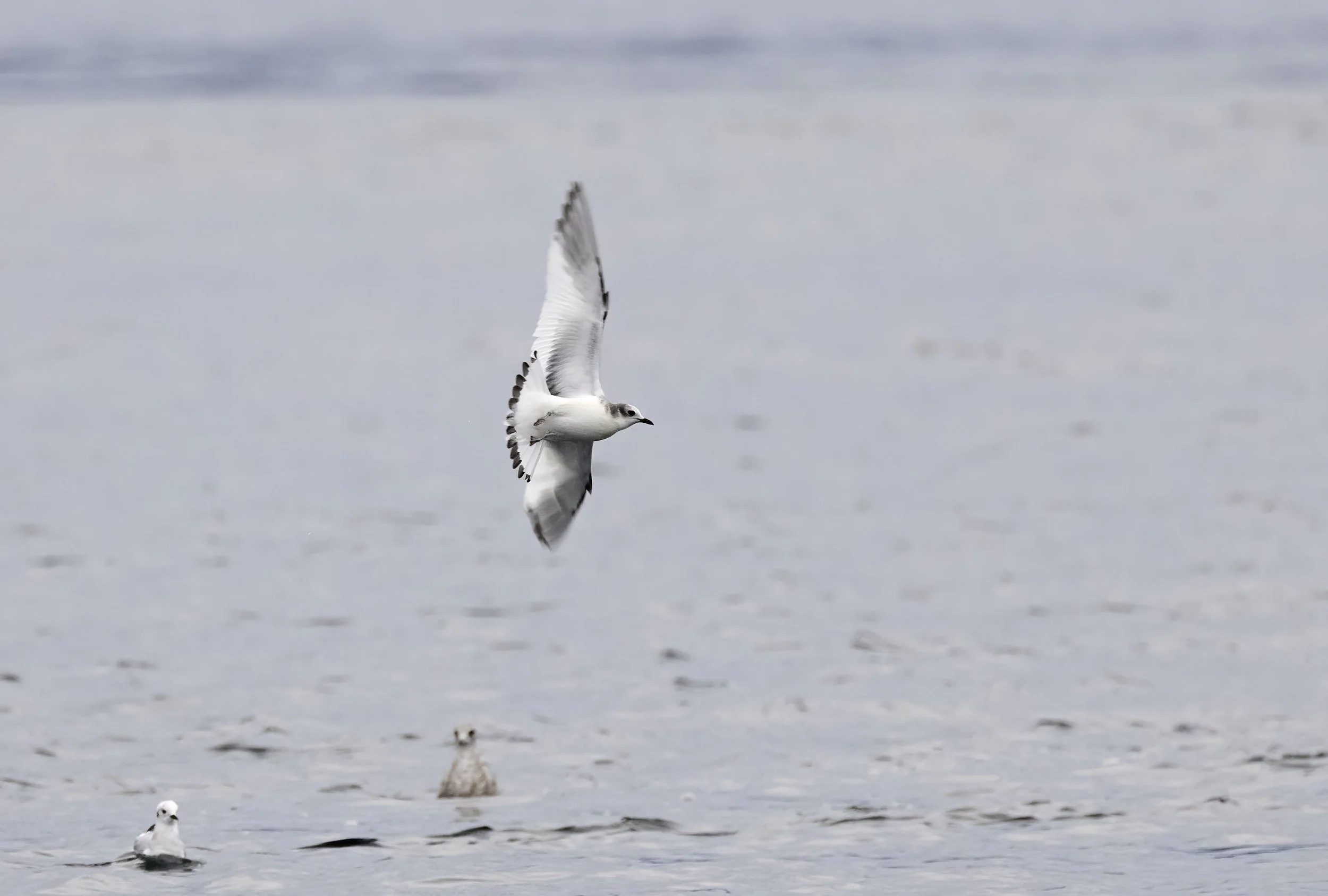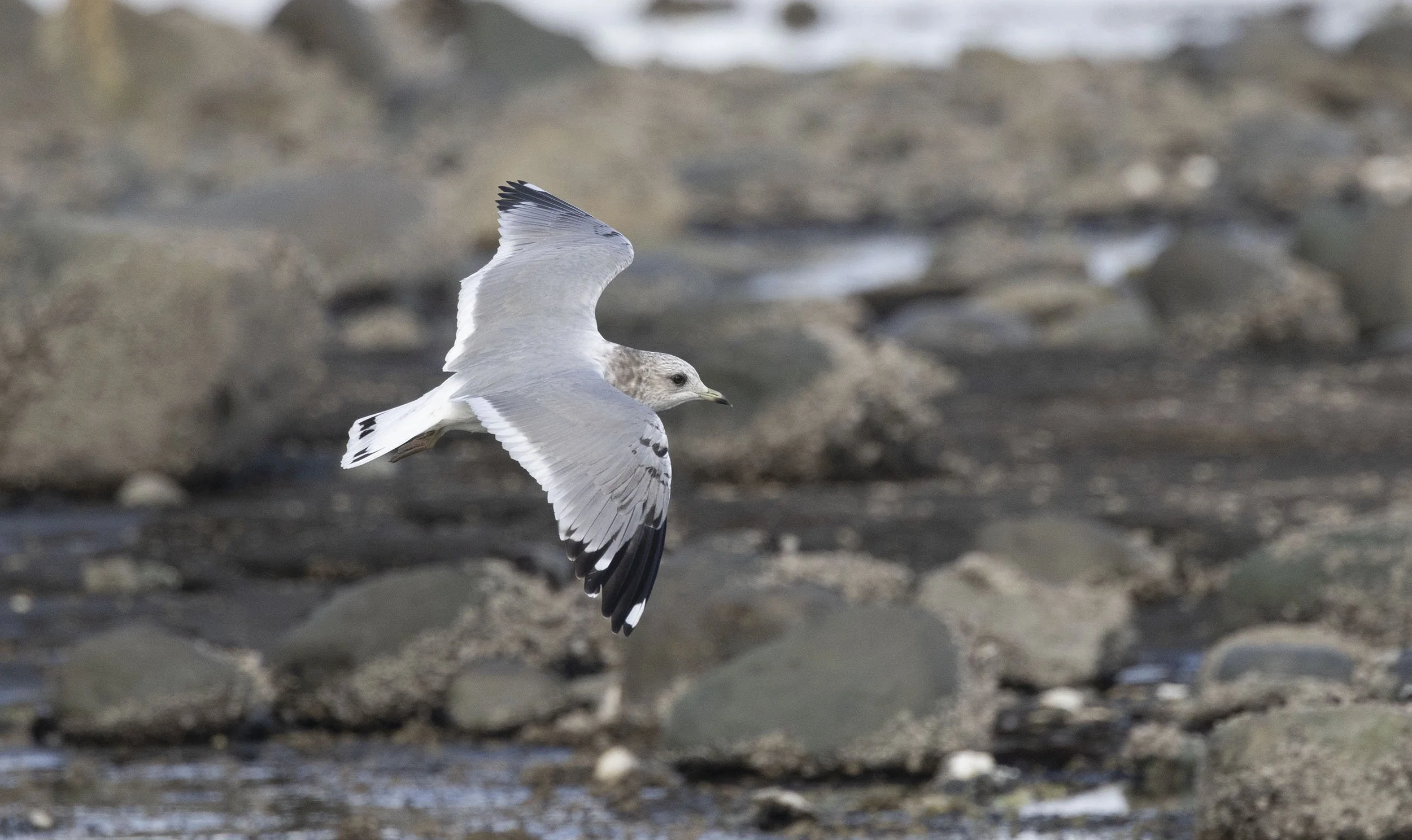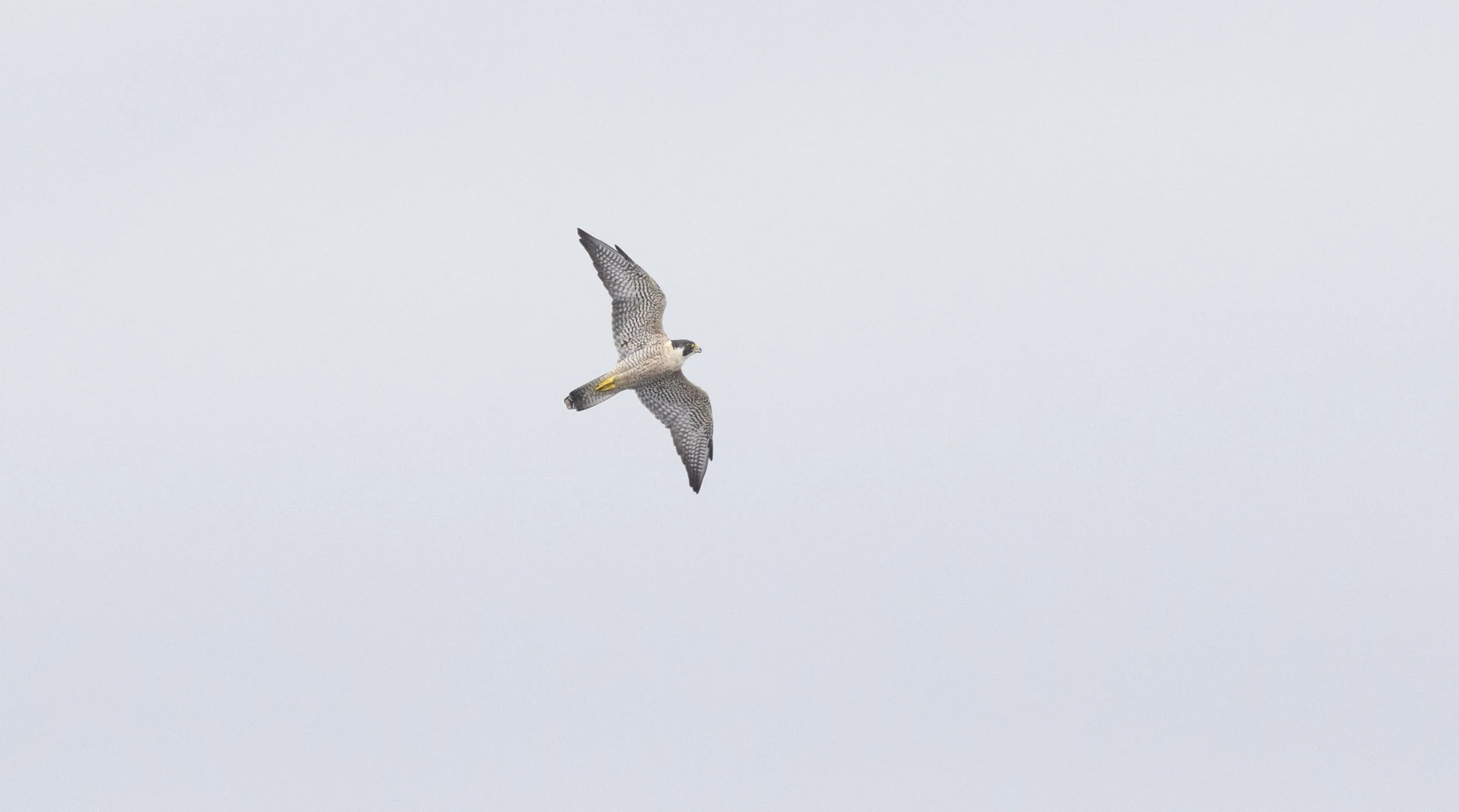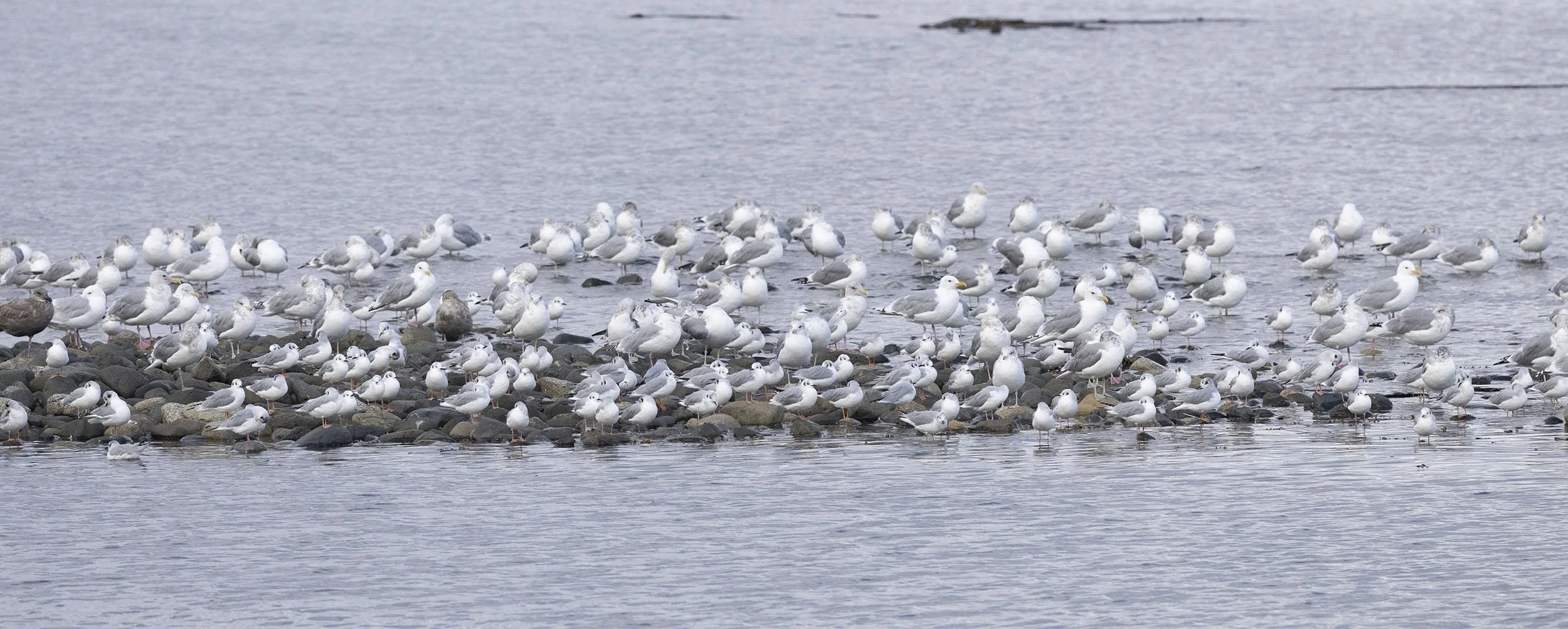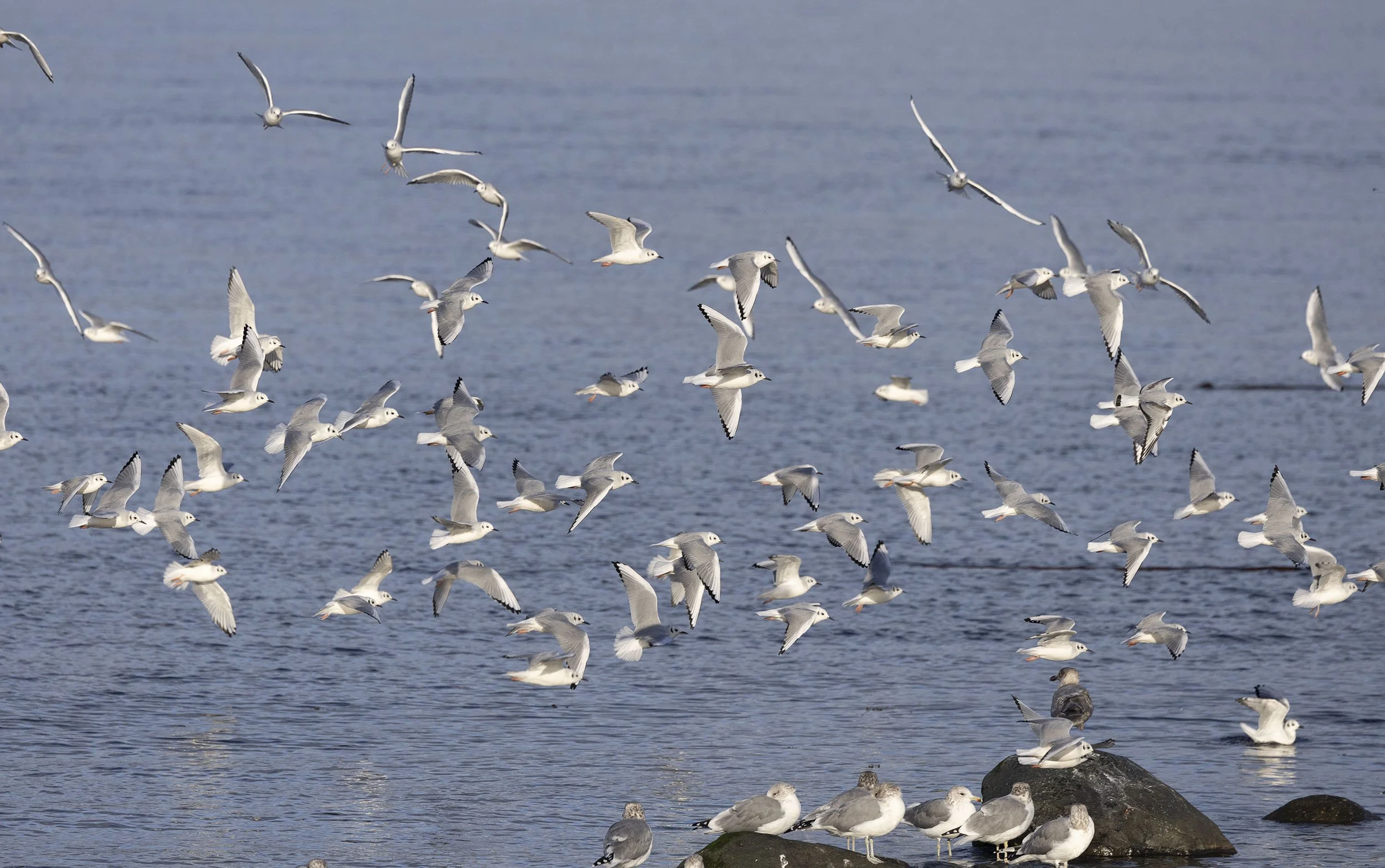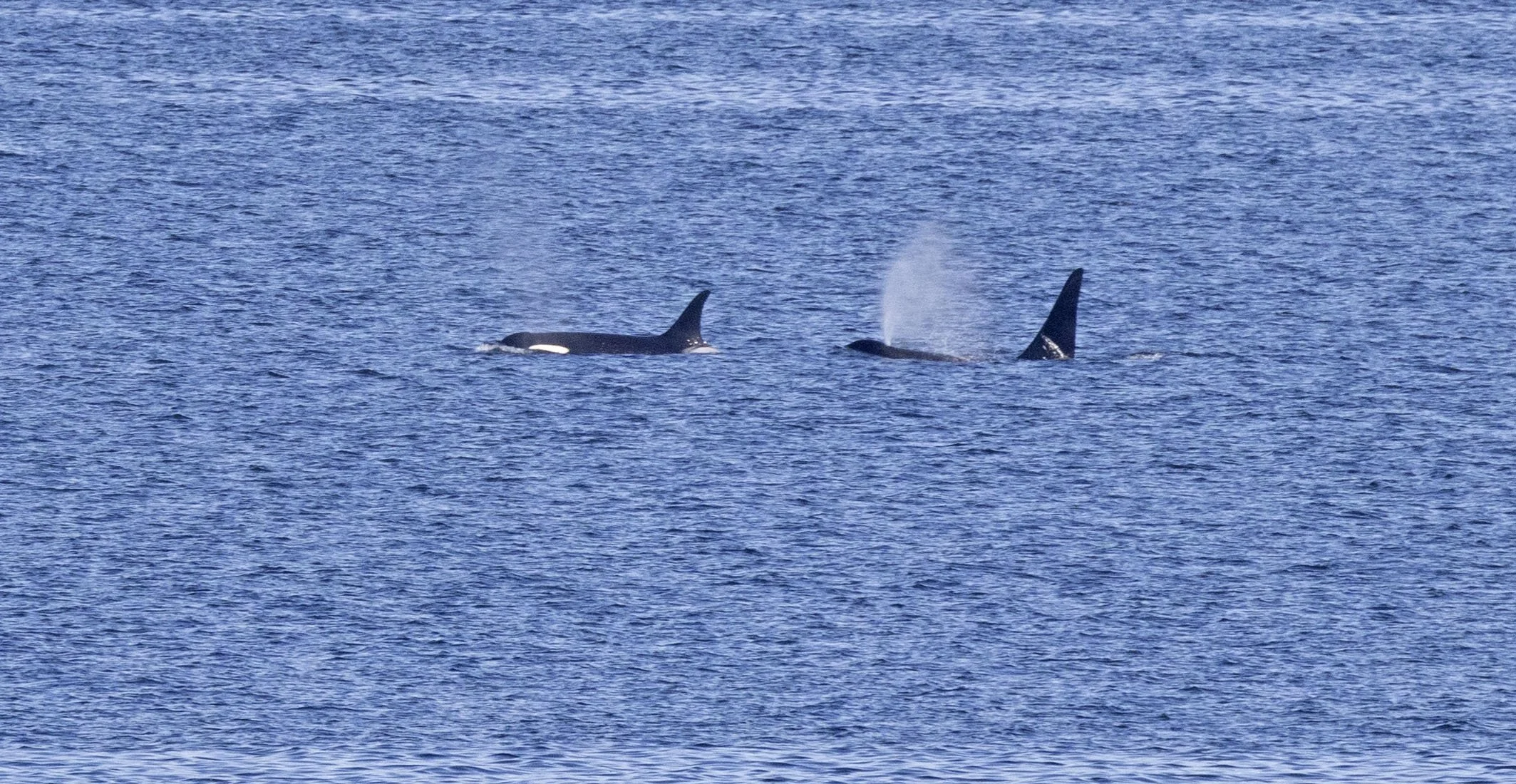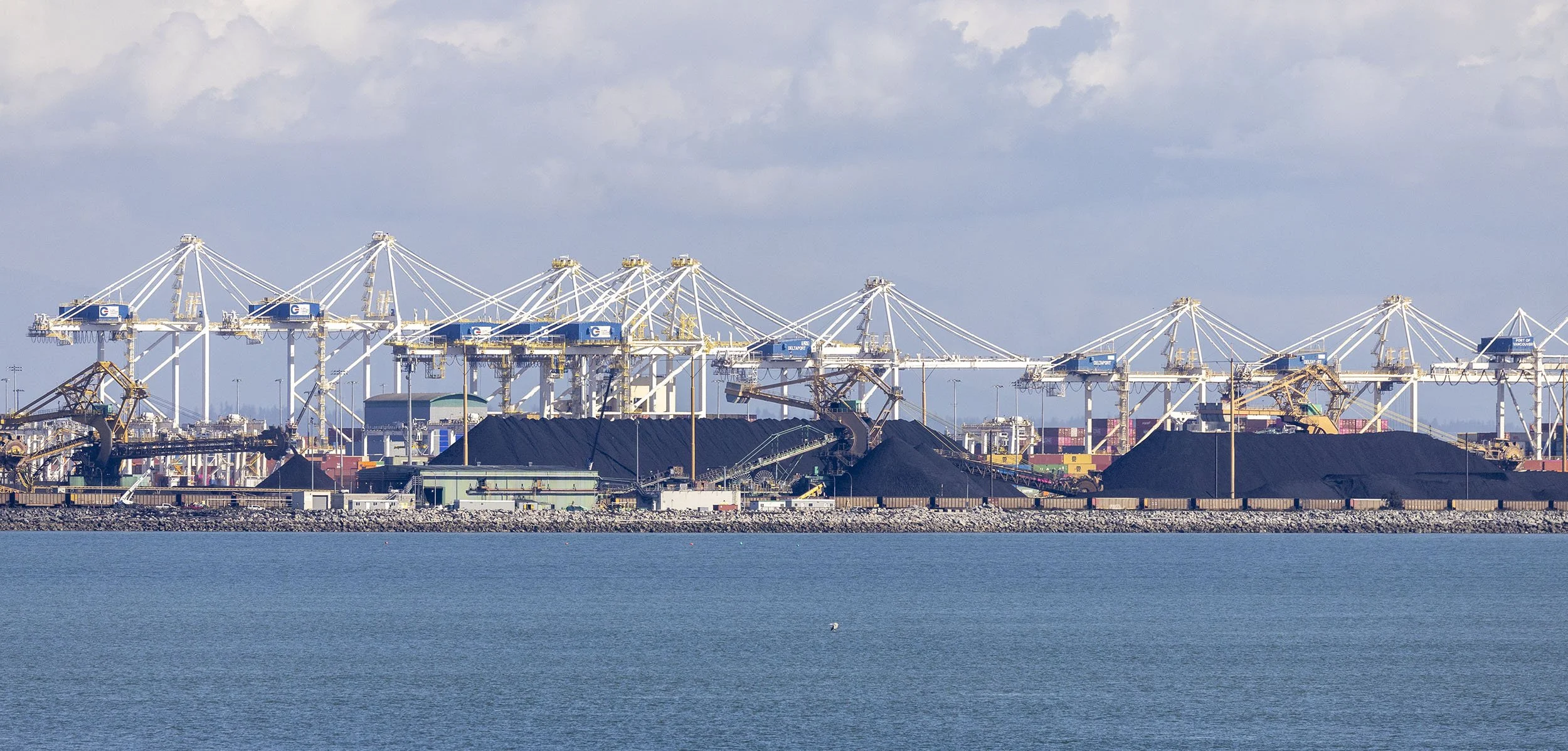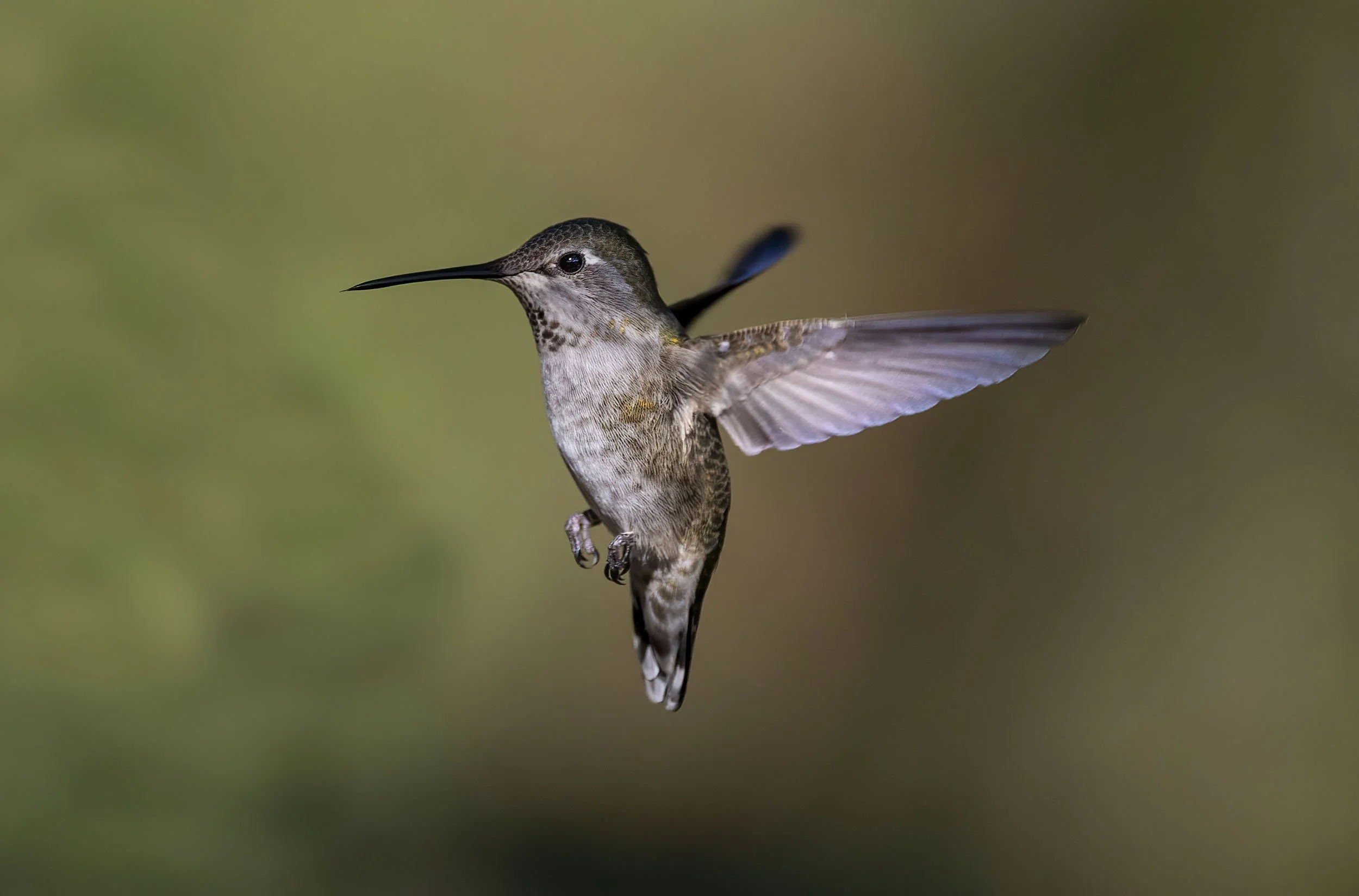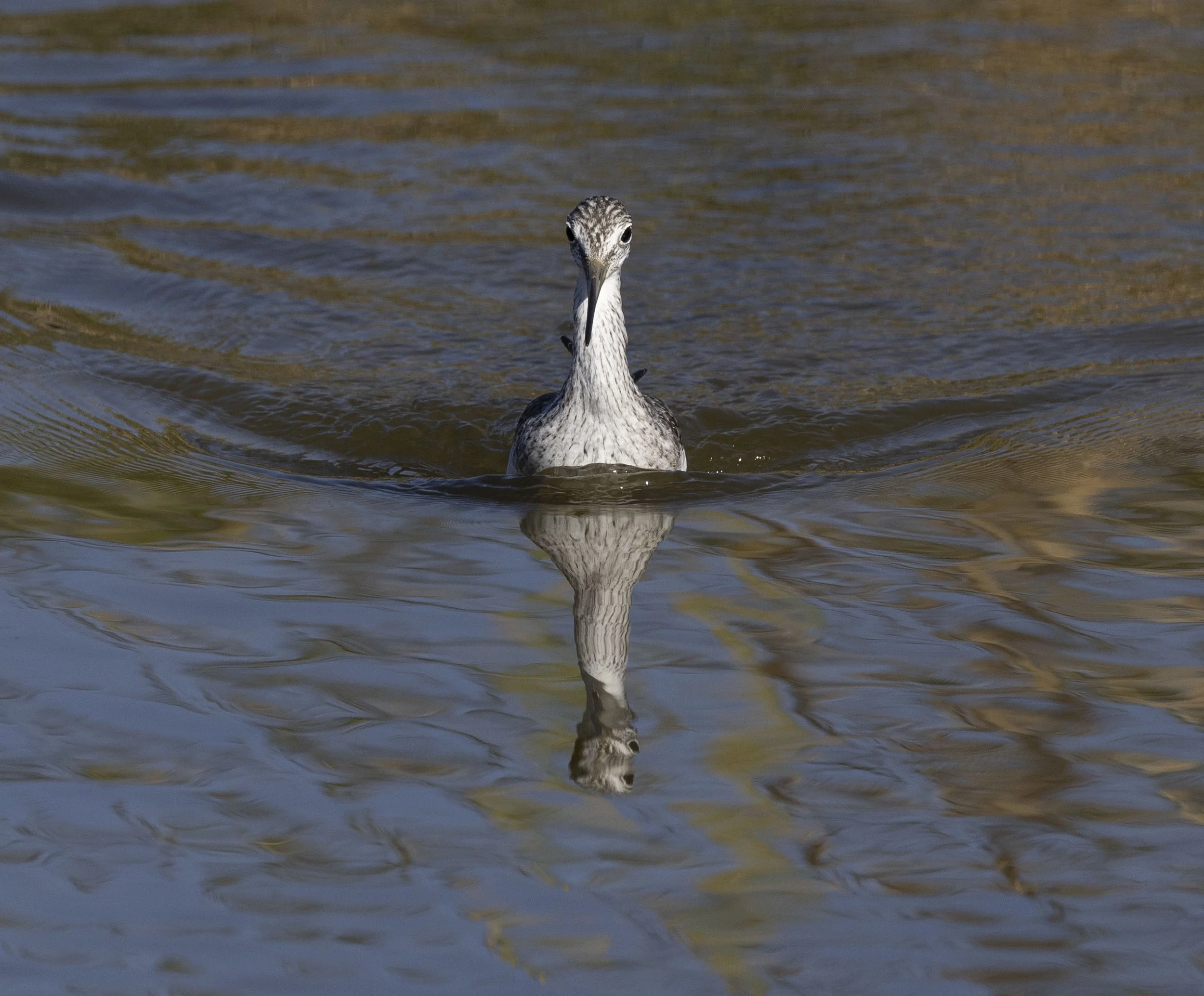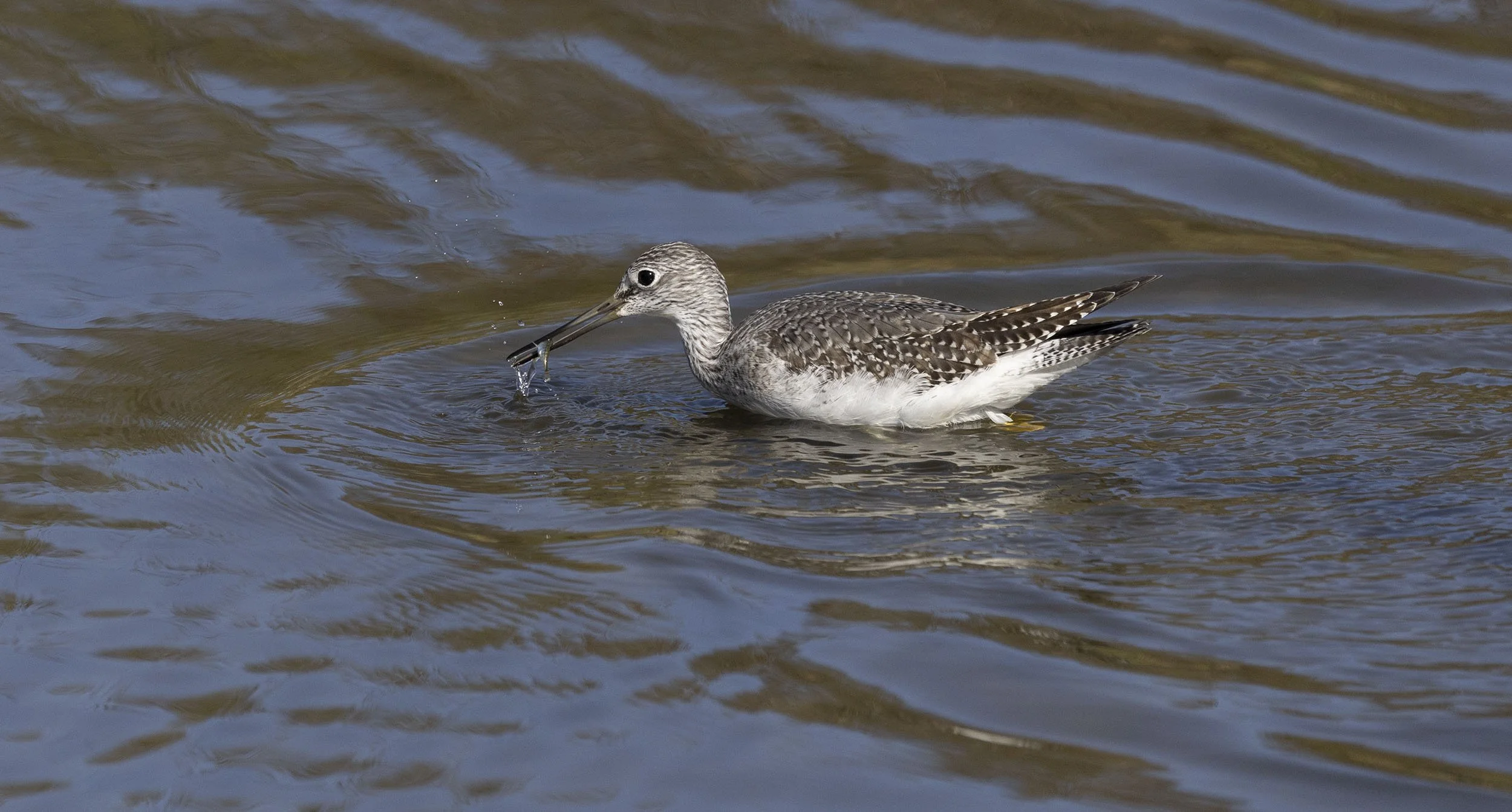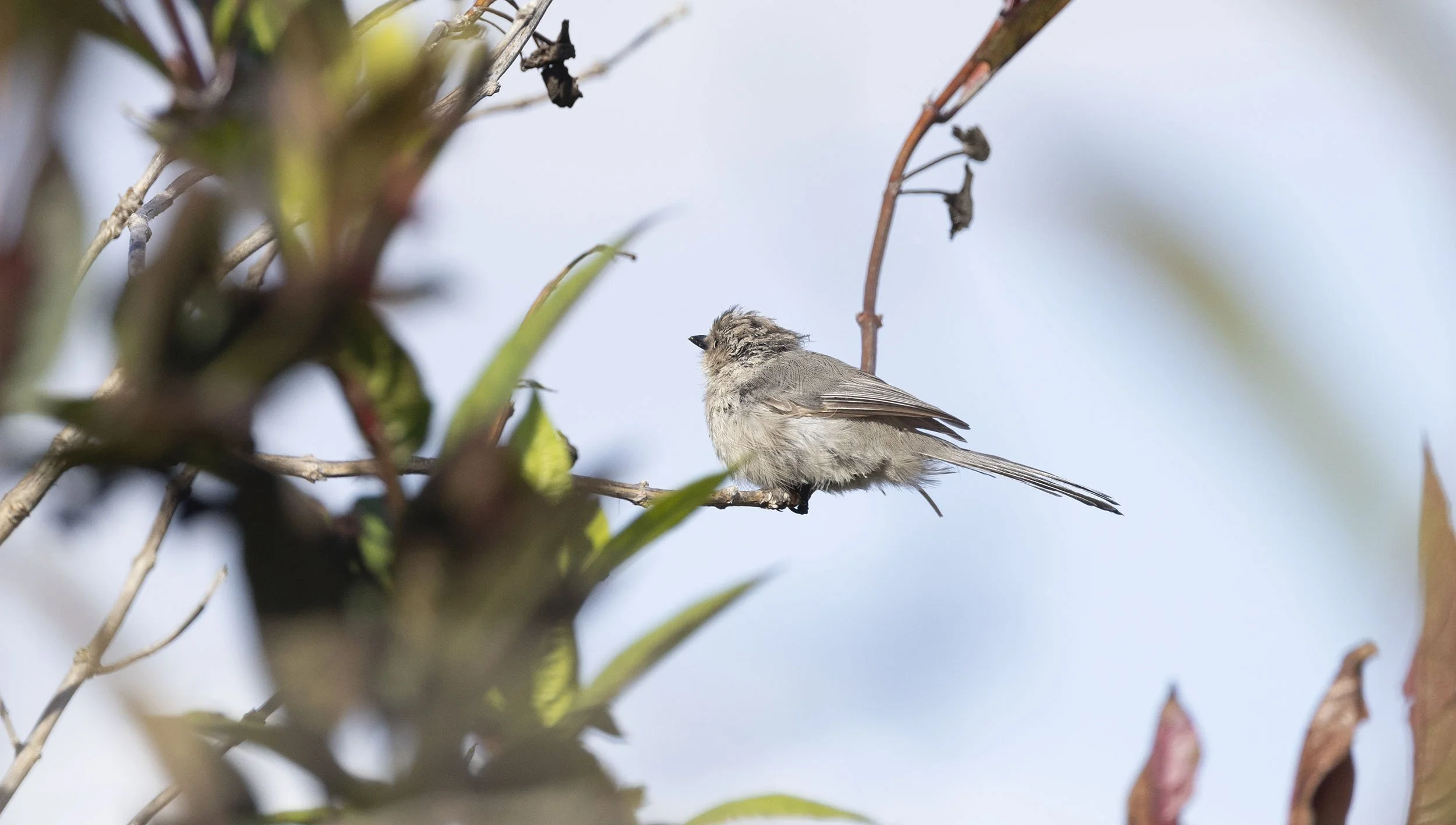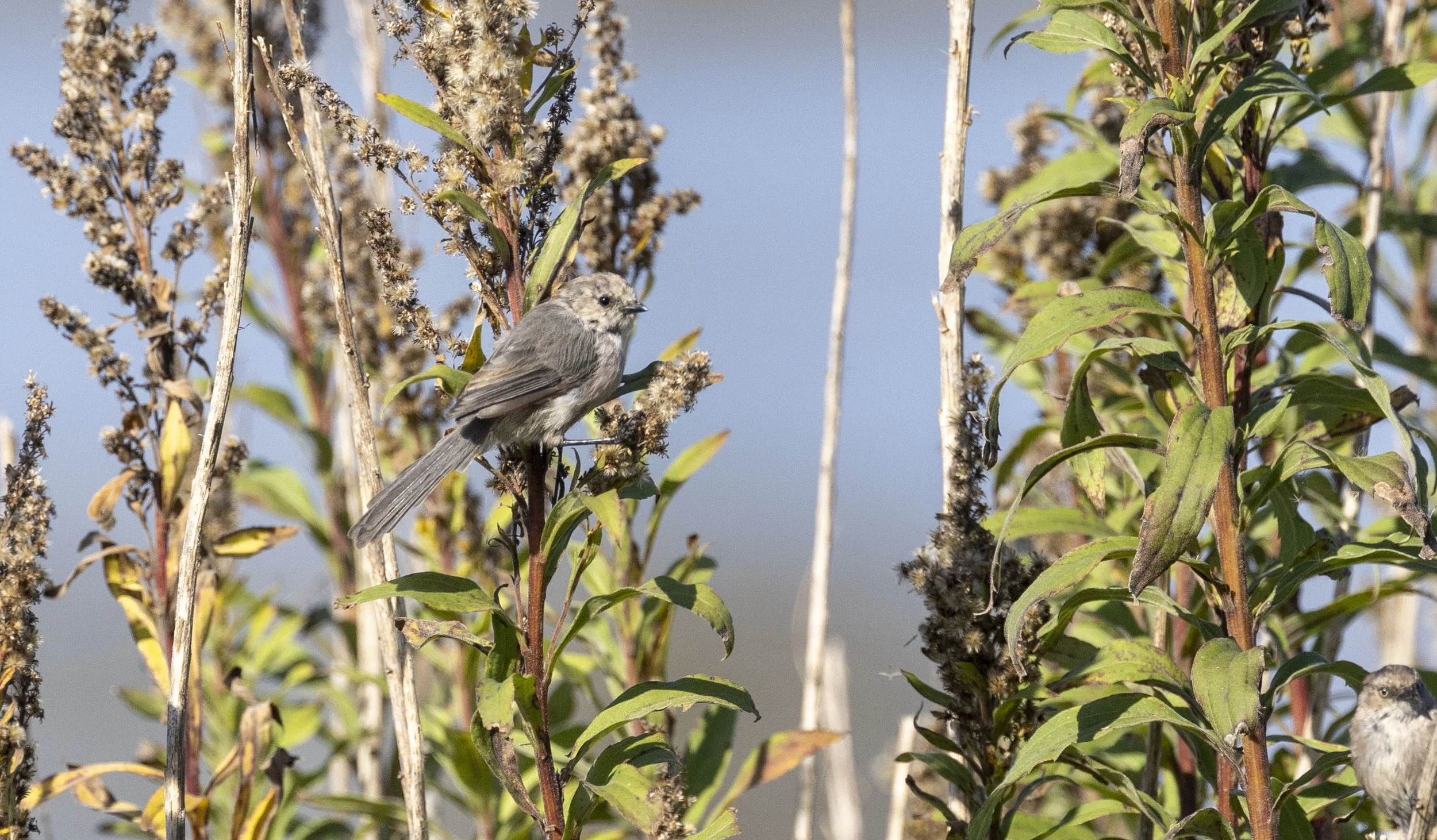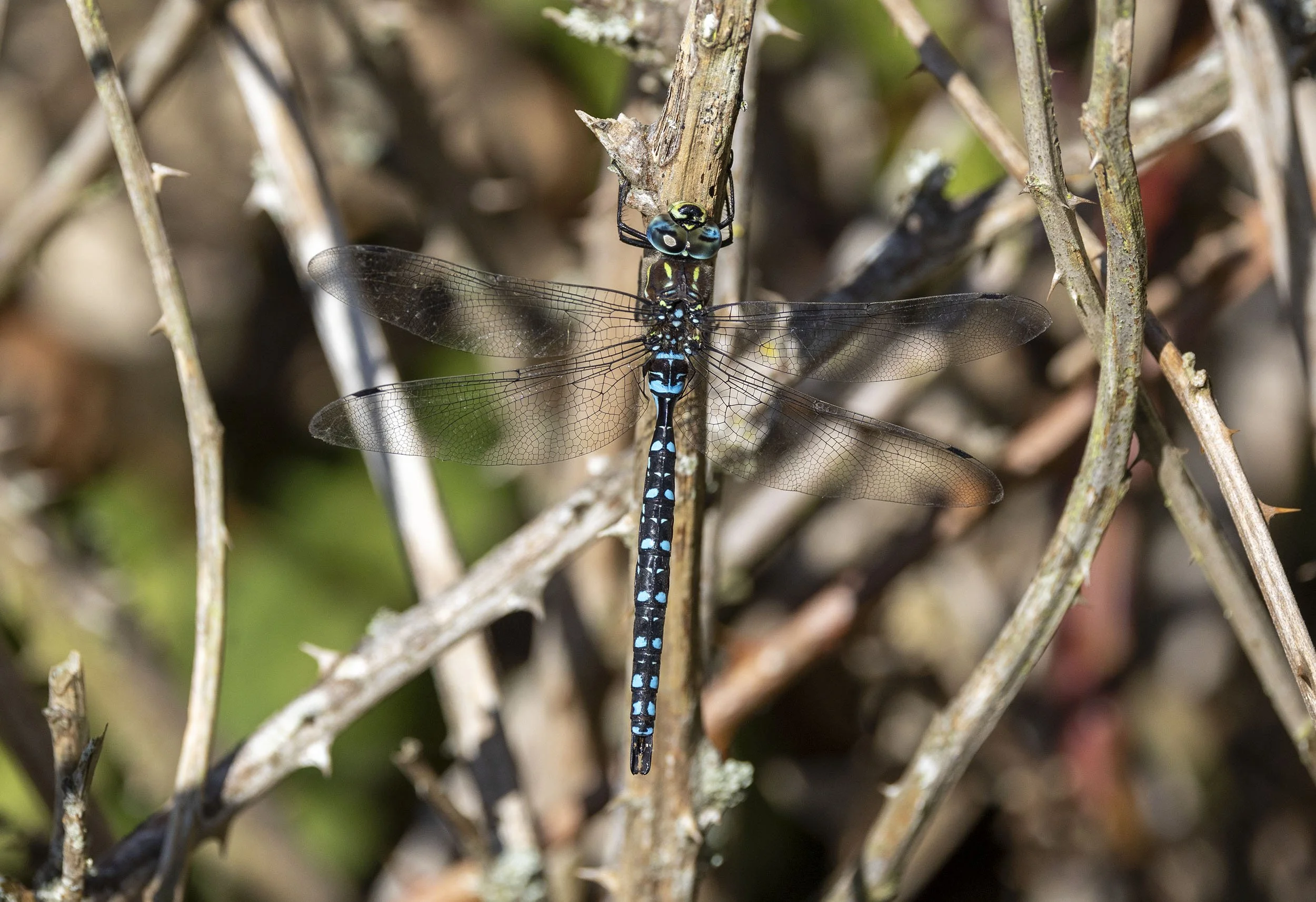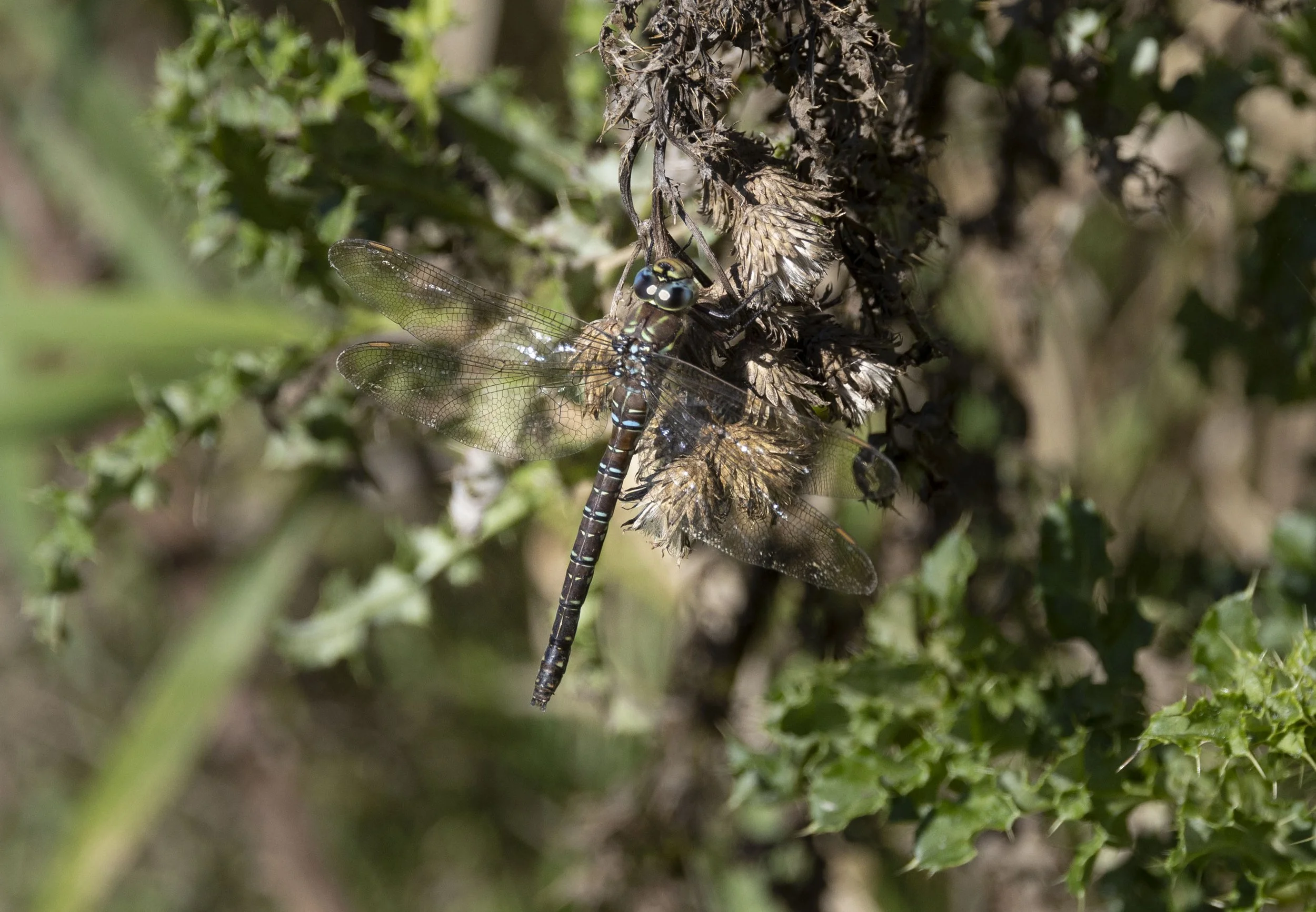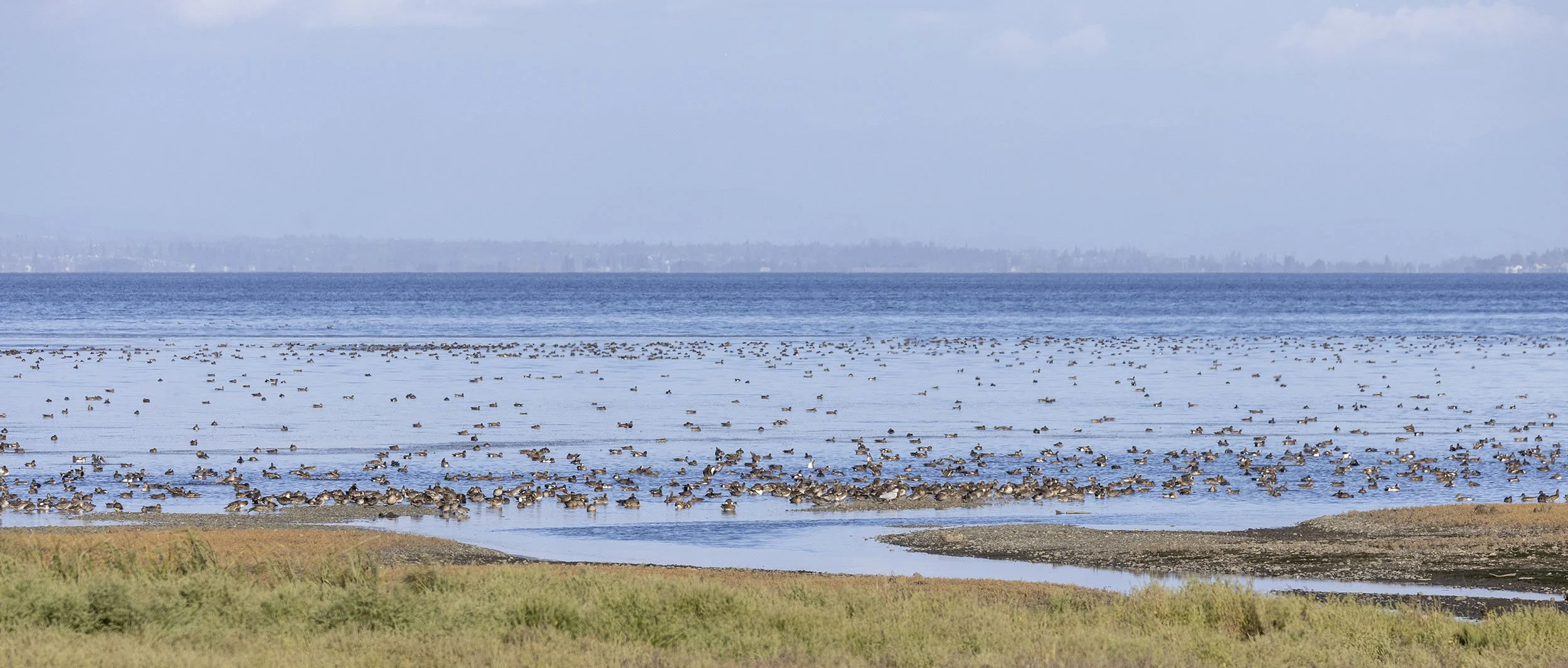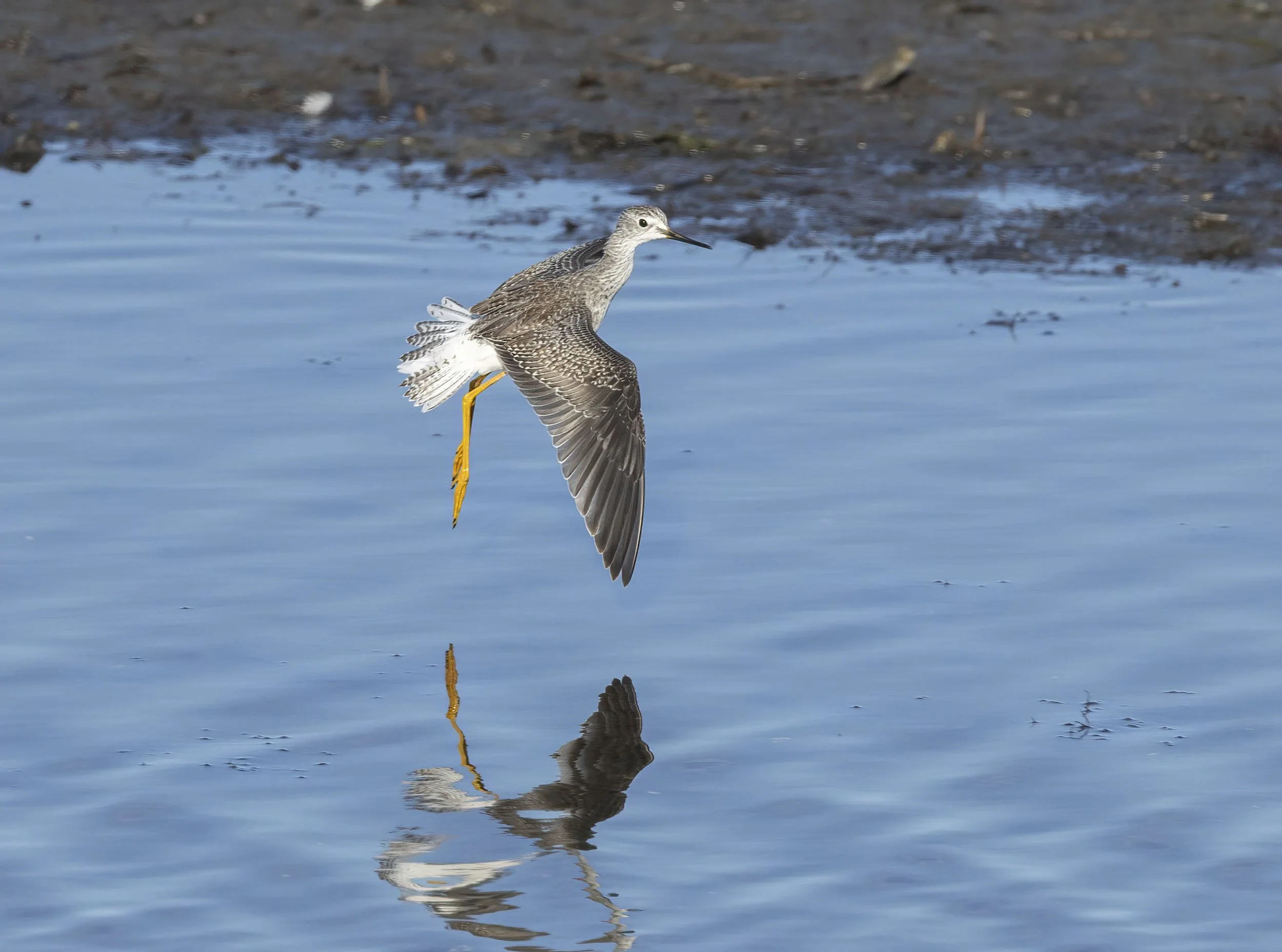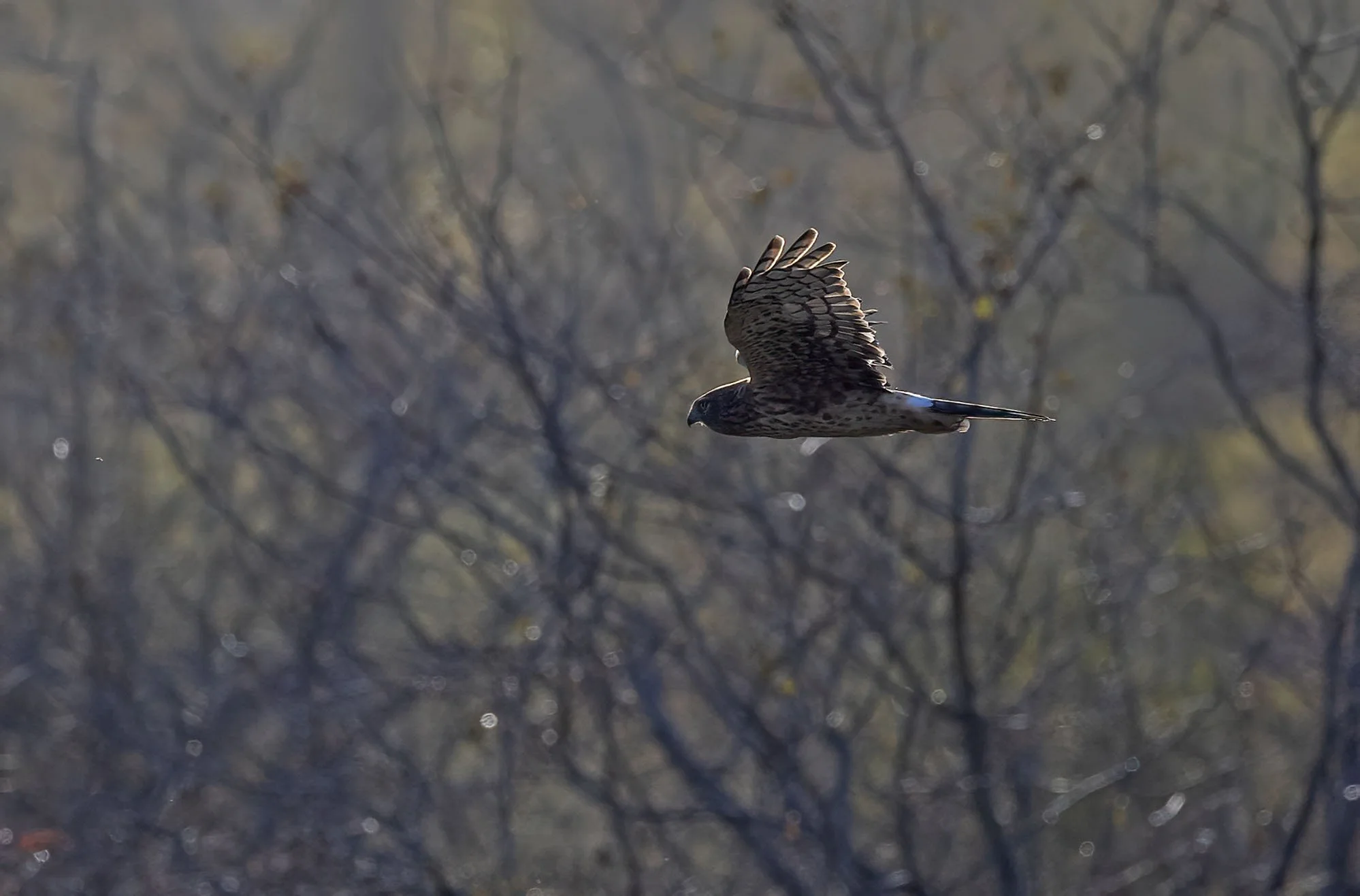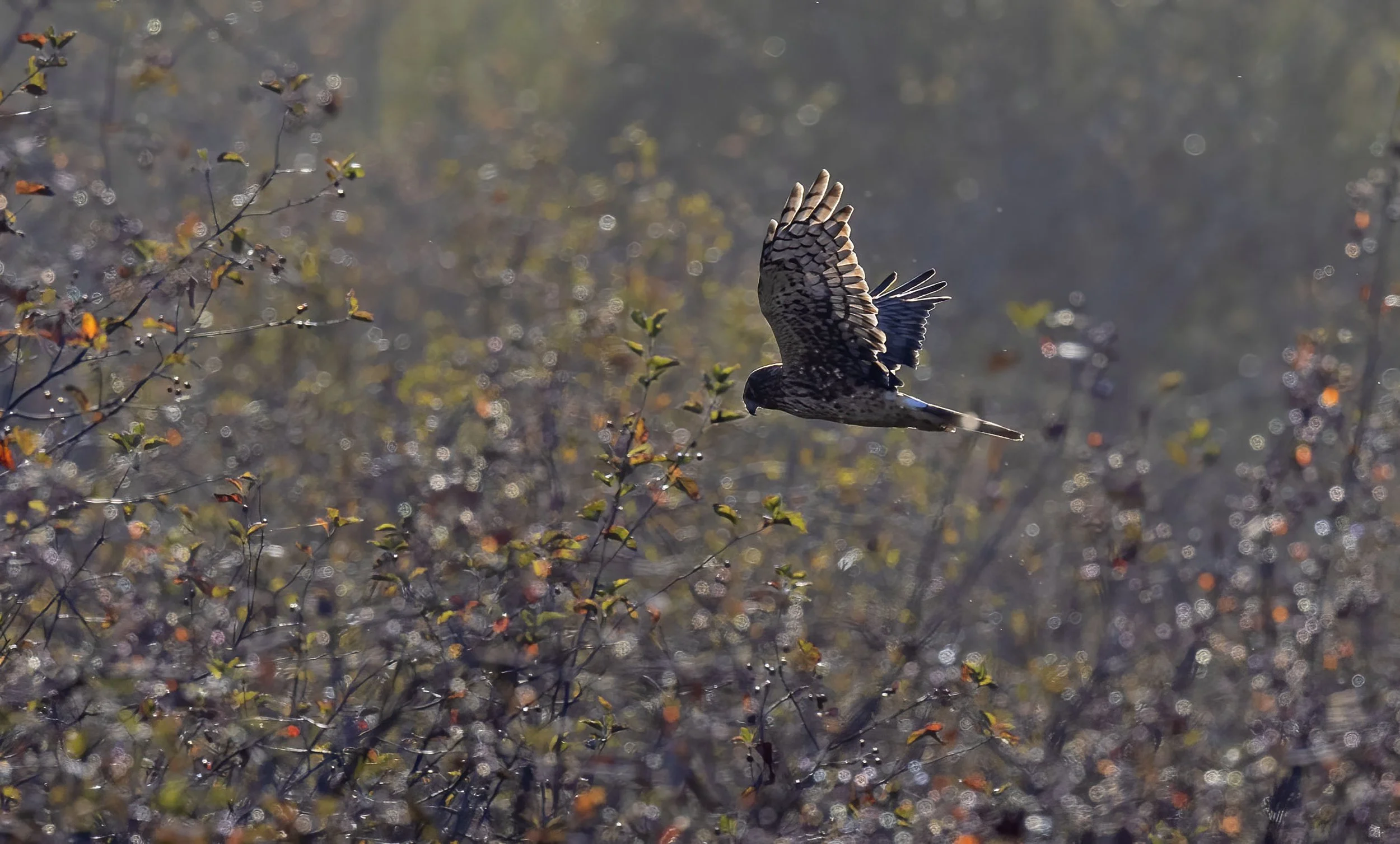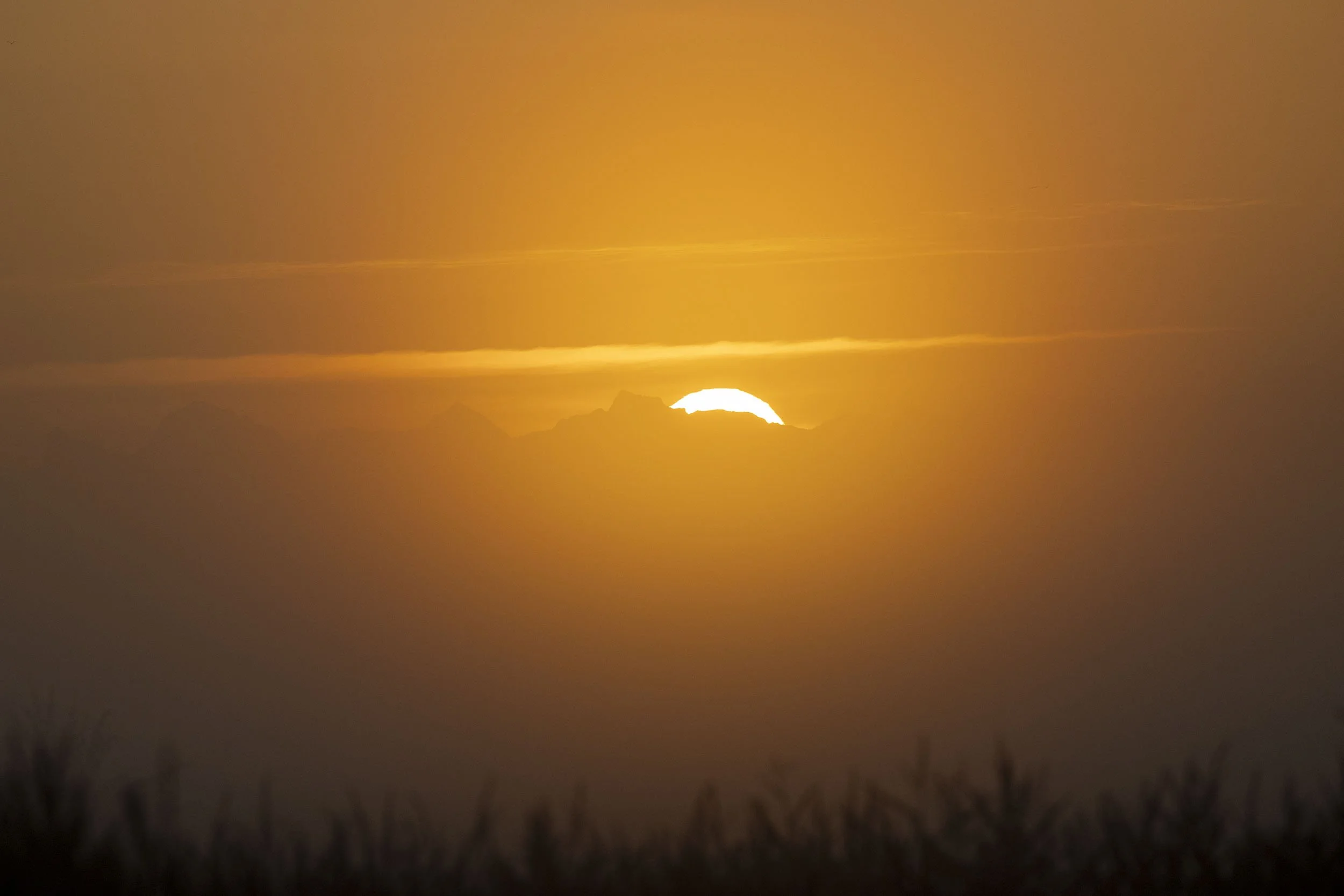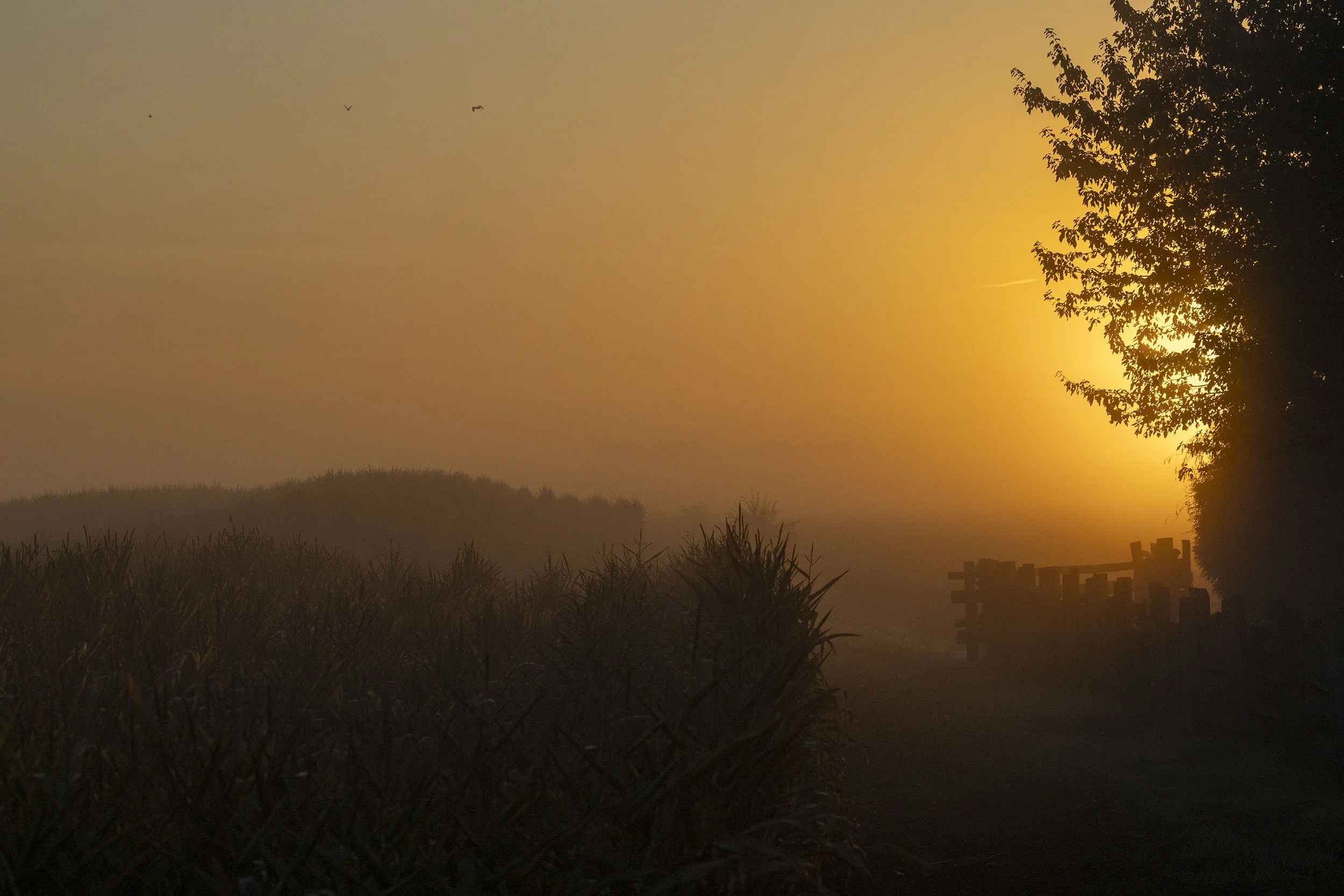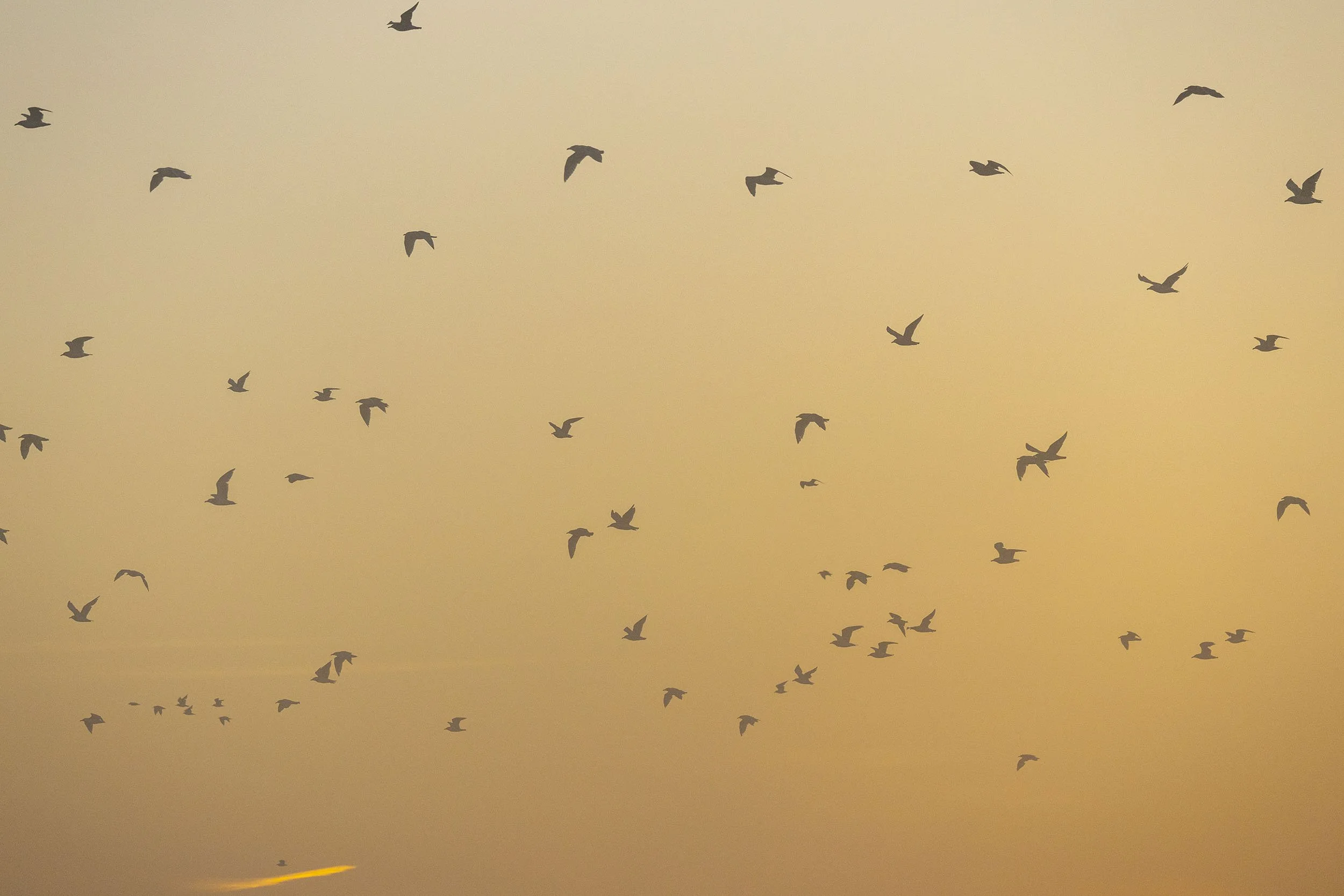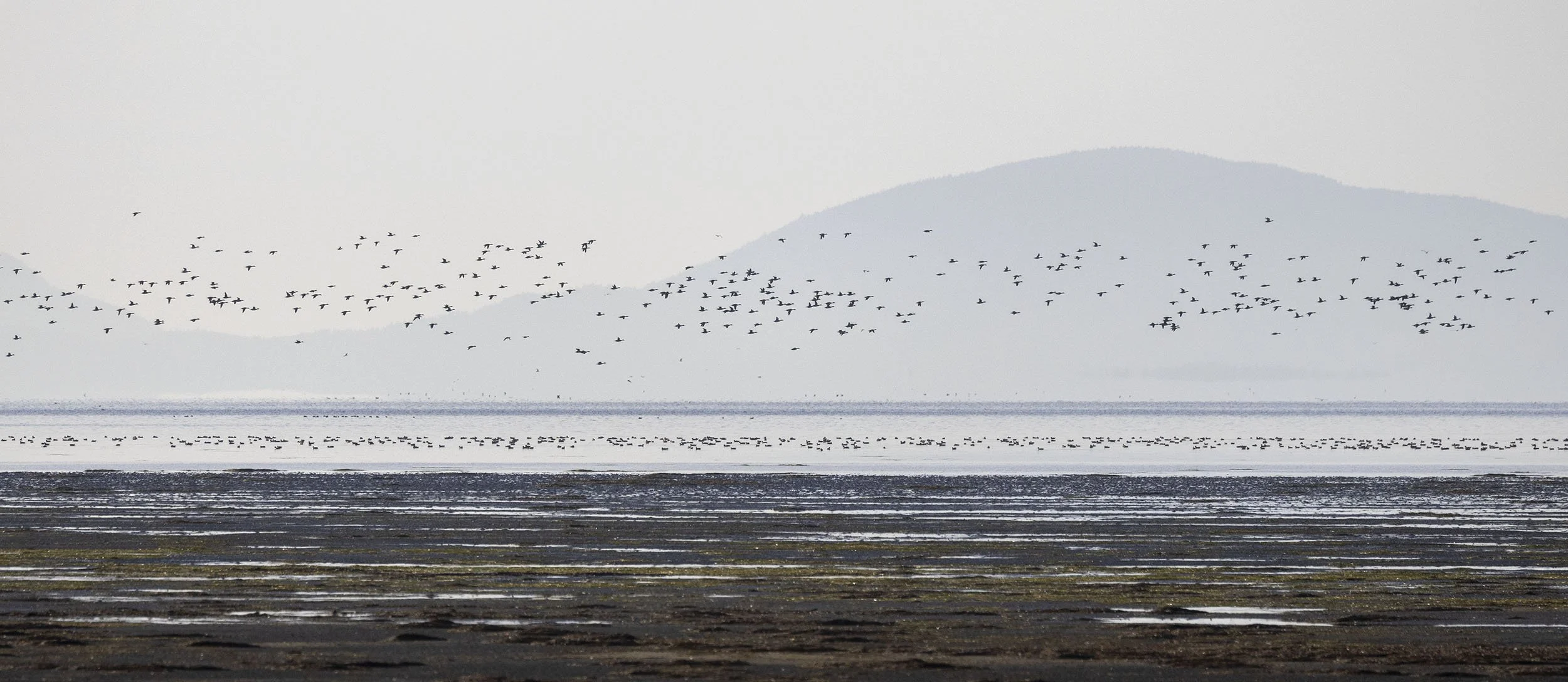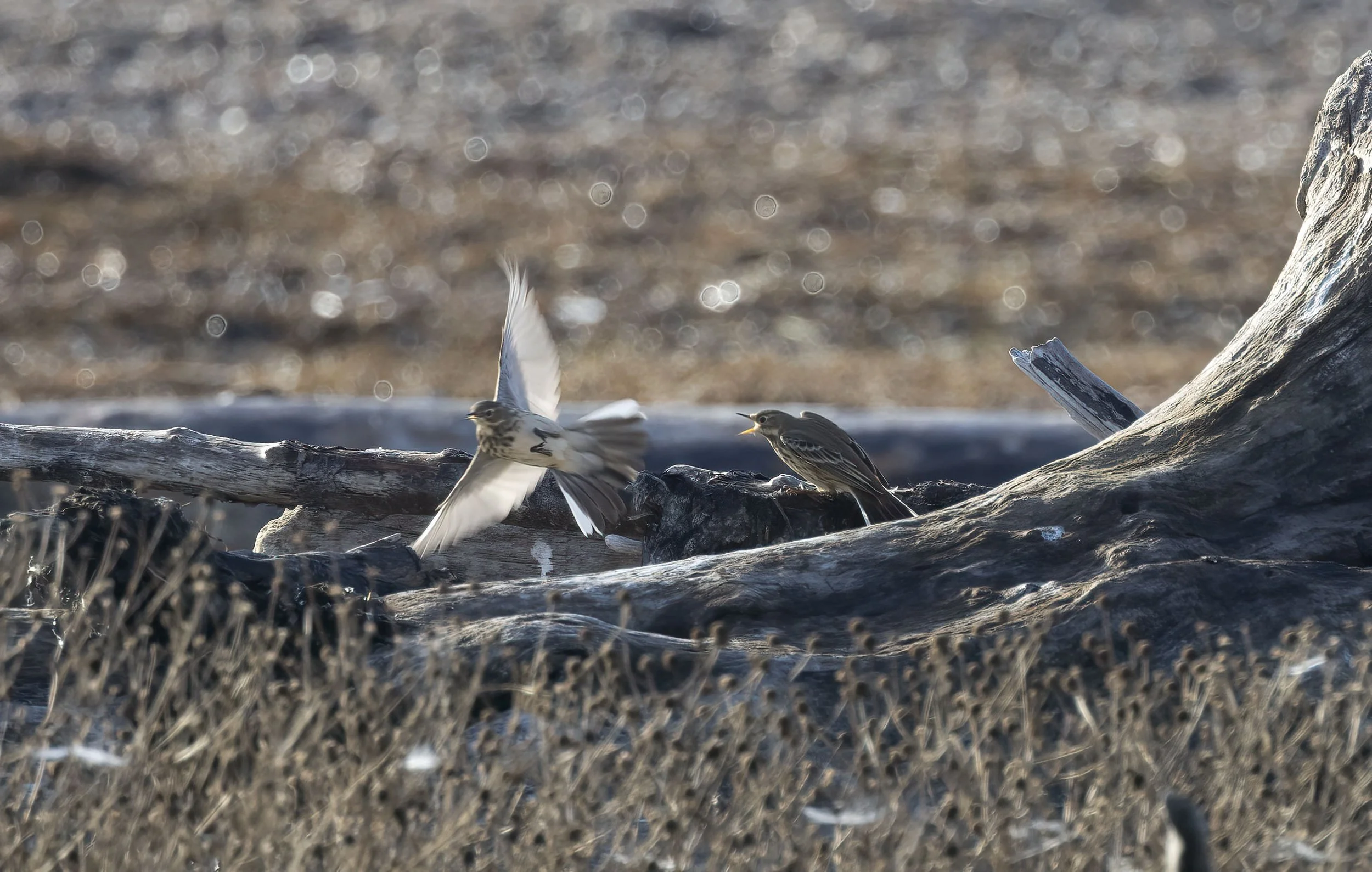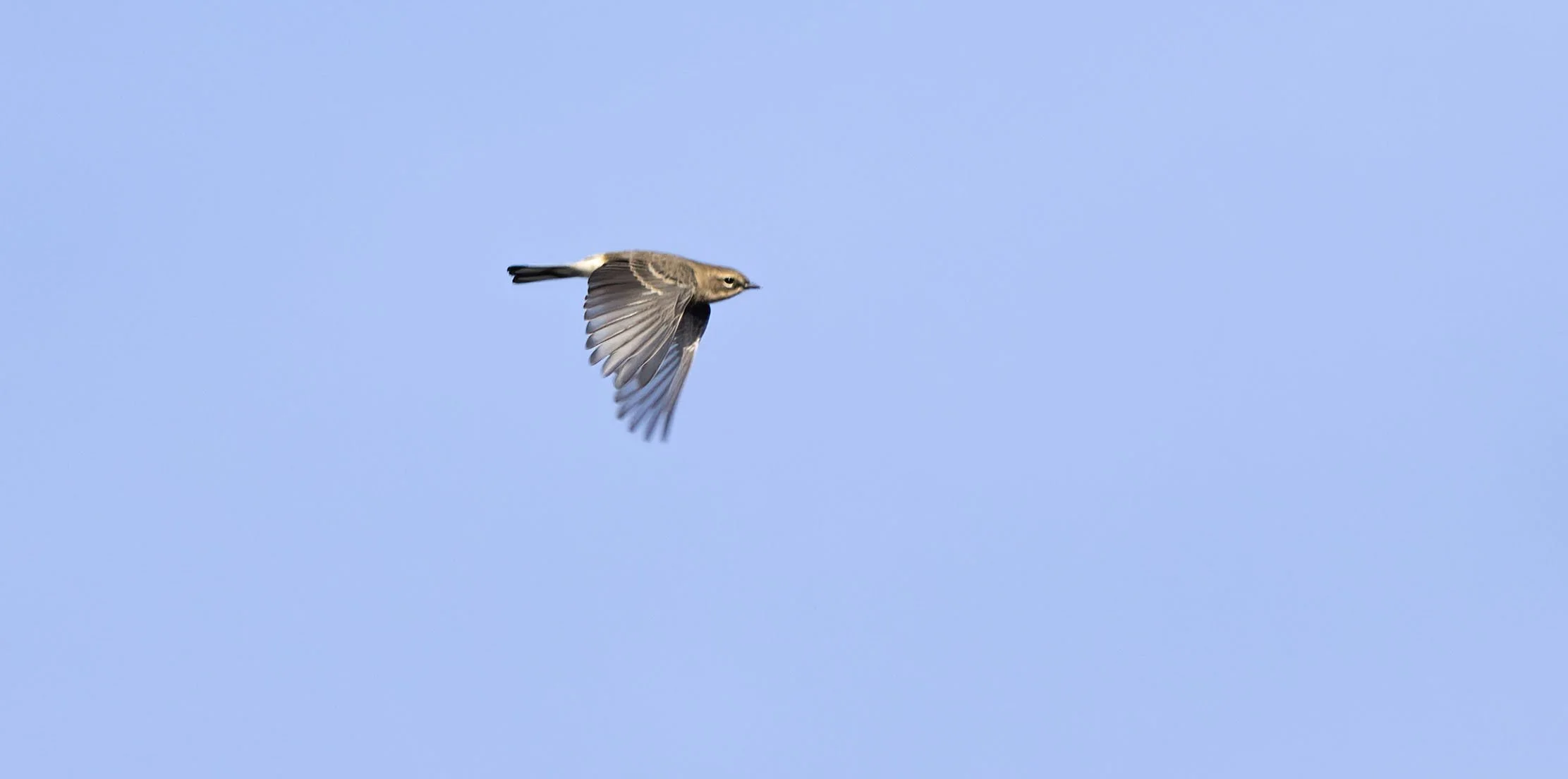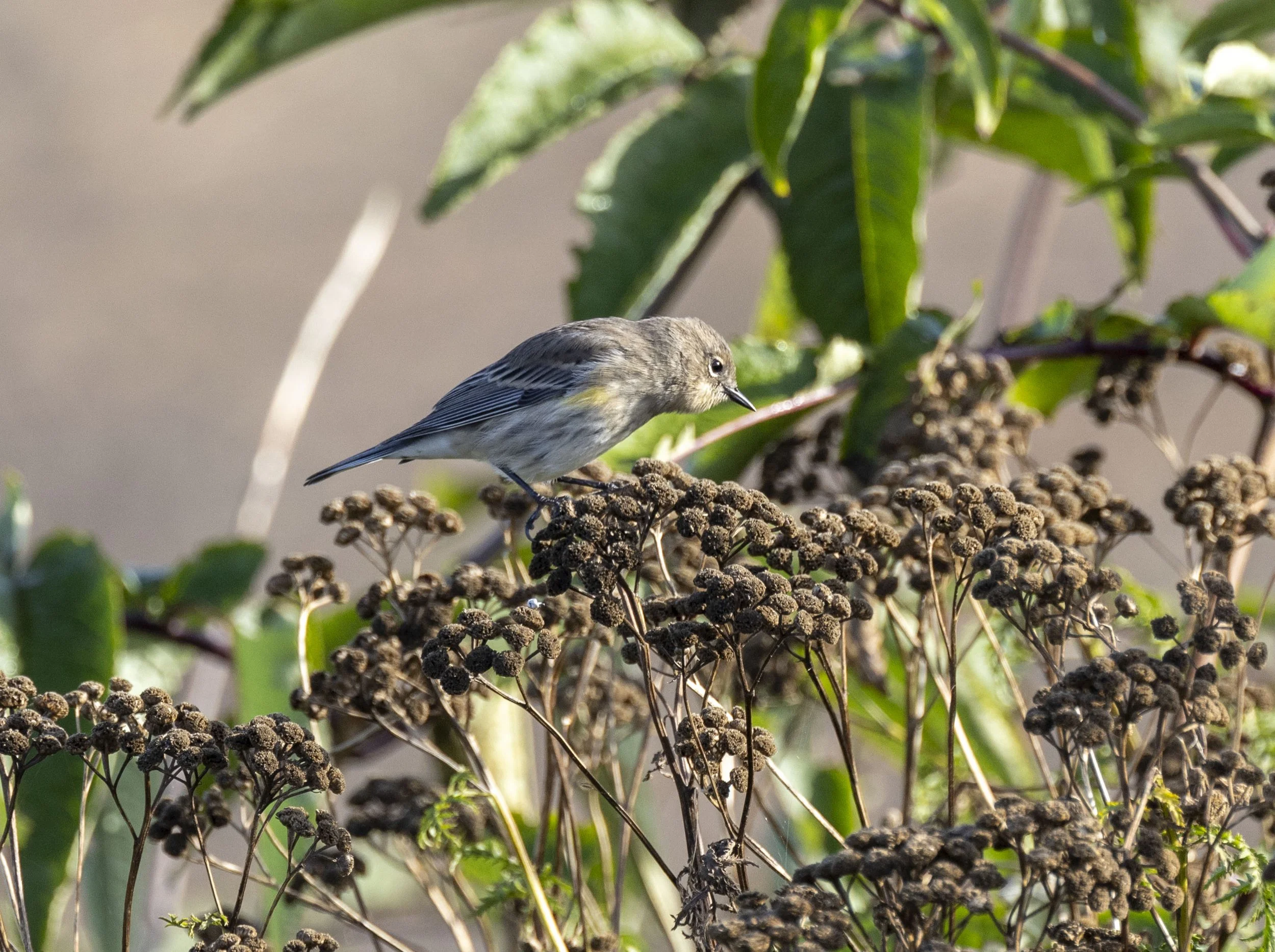Vancouver area and Vancouver Island September 20th - October 3rd 2024
A return trip to this exciting area but our first since 2018 and there had been a lot of changes mainly in development and the numbers of people and traffic levels; weather was as usual variable but generally quite cool with three wet days and our whale watching trip was beset by fog necessitating a long journey to find some whales in the sun.
I took the Canon R62 and the RF 100-500 lens with the 1.4 extender but in practice seldom used the extender as the light was often poor and in most cases the birds tame.
Friday 20th we travelled to Cheshire on the 19th for our early afternoon flight to Rejkavik, a bit late but the connection to our Vancouver flight was seamless and we were on the way to Canada by early evening. The staff were excellent and a good flight saw us passing over the south end of Greenland and Baffin Island where a few iphone shots of the scenery were taken through the window - note to self buy a better iphone with a better camera. Flight arrives at Vancouver 17:45 and get through customs and baggage reclaim quickly picking up our pre-booked car from Hertz, again a good experience. We booked a medium SUV but ended up with a seemingly rather large GMC SUV. The 11 year old sat nav amazingly works and we drive 15 minutes to a very strange B&B in Richmond taking a late walk along the Fraser river where gulls, Song Sparrows and a flock of 10 squawking Caspian Terns were seen before darkness at 19:20.
A rather dull but almost calm and rainless Keflavik Iceland, our flight transfer location
Our flight from Reykjavik to Vancouver took us over southern Greenland and Baffin Island allowing good views of these iconic bird related locations - here the Greenland Ice cap
Glaciers on Baffin island (I think it was)
As we passed over Baffin island the sun burst through the cloud and produced this amazing scene
Baffin Island with plenty of snow and ice
Mount Baker protruding from the clouds with the Fraser River Valley in the foreground on approach to Vancouver airport
The south Vancouver area home to some great birding spots particularly around Boundary Bay
sunset on the Fraser River on our first night in Canada 24
September 21st: a Saturday
As usual after a westward flight we were wide awake by 01:00 and sunrise was not until 07:10 - breakfast at the B&B was non existent so we had to find a Tim Horton’s for a quick snack before heading north through Metro Vancouver to Stanley Park. Even at 07:30 on a Saturday the traffic was heavy seemingly a big change since out last visit in 2018 but arrival at the park on what was forecast to be a sunny day saw us donning raincoats in an un advertised shower. Birds were rather few and far between but included a good display by three Plieated Woodpeckers hammering a tree to bits above our heads, several Wood Ducks on the ponds with a few Green-winged Teal, Red breasted Nuthatch calling, Spotted Towhees, Song Sparrows , Brown Creeper, Ruby crowned Kinglets, Anna’s Hummingbirds and on the offshore water the usual Glaucous-winged Gulls, Red necked Grebes and Brandt’s Cormorants. As the day warmed up the number of joggers, cyclists, dog walkers and general tourists started to have a negative impact and we left to take our chances further south. Heading for the Boundary Bay Centennial Park we stopped off at White Spot in Tsawwassen for lunch then did a quick supermarket shop before arriving at the park. Hot and sunny Saturday meant a lot of people and hard birding with heat haze of all things but some nice birds seen: Great Blue Heron 30+, big duck flocks included 2000+ American Wigeon, 100’s of Pintail, Shoveler, Green winged Teal and 160 Cackling Geese with a few larger Canada Geese (I give up on them but the smaller birds have a much more melodic call compared with the ruffian large birds we are used to) : Yellow-rumped Warblers were a mix of Myrtle and Audubon’s Warblers 10+, Golden crowned Sparrow 5, White crowned Sparrow 30+, Cedar Waxwing 30+, Northern Flicker 4+, Savannah Sparrow 20+, Ring billed Gull 40+, 10 Killdeer an American Avocet, a flock of 12 Pectoral Sandpipers and 10 Greater Yellowlegs.
Lake in Stanley Park had many Wood Duck but just a few Green-winged Teal and the woods were pretty quiet
Wood Ducks Stanley Park
Actually stunning birds but just look a bit plastic
One of our first Song Sparrows of the trip in Stanley Park of the darker heavily streaked North-west populations
Spotted Towhee in rather dull conditions Stanley Park
Pileated Woodpecker dismantling a tree in Stanley Park
This bird sat hammering away right above our heads distributing chippings in all directions
punk crest showing well
The red whisker identifies this bird as a male
First of the ubiquitous Glaucous-winged Gulls or thereabouts!
Juvenile with the adult above but whether they were related is unknown
Boundary Bay Centennial Park at low tide looking towards Metro Vancouver - tidal conditions make a huge difference to views of birds as the bay is so shallow when the tide goes out quickly there are soon 100’s of metres of mud between the shore and water’s edge - flock of sleeping cackling geese in the mid distance
Boundary Bay Centennial Park the sandy areas with washed up tree debris are a good feeding area for Savannah Sparrows
A typical spread of American Wigeon, Pintail, Green-winged Teal, Cackling Geese, Ring-billed and California Gulls at the river mouth Boundary Bay Park
Adult Great Blue Heron with Vancouver skyline in background
juvenile Great Blue Heron - at least 30 were visible from the park trails
This was the first day we started to bump into good numbers of Savannah Sparrows and they rapidly became one of the most photographed species of the trip!
Up to 12 Killdeers were regular at this park but they are seldom really tame unlike other passage waders - this necessitated adding the 1.4x extender
Killdeers can be quite unobtrusive until they start to call -
This American Avocet, the only one we saw, looked a bit worse for wear but it was at least feeding later in the day
Presumably Aleutian Cackling Geese with large local birds - unfortunately they slept most fo the time we were watching them until they flew off when we were elsewhere
Dinky little geese with voice to match
Pintail on the right gives an idea of their diminutive size
Two sizes and species of Canada Goose and Pintail
Pintail and Cackling Geese
Juvenile Cedar Waxwing - many of the birds we saw were juveniles - on this hot sunny afternoon they were fly catching from the higher trees
there was no shortage of flies to catch
the Yellow-rumped Warblers were also fly catching often in the same trees as the Waxwings
I have some very good shots of American Robins so tend to ignore them a bit but they are stunners
Red shafted Flicker hiding
The first of the trip’s Golden-crowned Sparrows
Golden-crowned Sparrow juvenile
juvenile White-crowned Sparrow the orange bill according to Sibley makes this a West Taiga bird so a winter visitor
Juvenile White-crowned Sparrow in typical weedy habitat
Not a great shot but an Anna’s Hummingbird on a natural flower rather than a plastic feeder
Unremarkable looking Green-winged Teal
A gang of juvenile Greater Yellowlegs
Juvenile Greater Yellowlegs - after taking some shots from the raised embankment where the angle was not good these two joined us on the beach with much better perspective and the light was superb
When deleting so many good images I was thinking what I would give to photograph a tame Greater Yellowlegs like this in the UK in this sort of light
a classic juvenile Greater Yellowlegs - we saw many more Greaters than Lessers on this trip perhaps due to timing
Accustomed to seeing lone Pectoral Sandpipers in the UK we think of them as solitary migrants but flocks are frequent on the coastal strip where this flock of 11 appeared and landed in front of us on a quite busy beach
But travelling in flocks doesn’t mean squabbles don’t break out on the deck
Typically all the birds in the flock were juveniles
a bit of a cracker of an adult Ring-billed Gull to wind up day one and the odd beer and wine at the White Spot in Tsawwassen
Shadow Darner thanks to Dennis Paulson for identifying all the darners for me
Shadow Darner Boundary Bay Centennial Park
Sunday 22nd
The plan for the day was to visit the George Reifel reserve in the morning before getting the 17:00 ferry from Tsawwassen to Victoria on Vancouver Island where we had accommodation booked for five nights. The weather forecast was not great with rain from late morning then persisting all day and it started out quite dull but with brightness to the East. The reserve does not open until 09:00 so armed with a couple of bananas and croissants for breakfast we had a walk along the Fraser river bank west of Ladner a site described in the very useful Bird finding Guide to BC that I picked up on a previous visit to the Rockies. The vegetation on the bank was buzzing with sparrows mainly Savannah 50+, Song, White-crowned, Golden-crowned and Lincoln’s. Three Northern Harriers were distant and passing geese included 50+ Cackling Geese and 50+ Snow Geese with two Sandhill Cranes dropping into the fields and a Caspian Tern over the Fraser River and Anna’s Hummingbird feeding on the flowers while Red-winged Blackbirds and the odd Collared Dove were in the fields.
The bridge across to Westham Island, home of the Reifel sanctuary and the floating homes on the Fraser River.
Great Blue Heron on old pier along the Fraser Dyke looking towards Vancouver Island
Flock of Cackling Geese over Westham Island early light 22nd
Early morning Northern Harrier, adult female, but not the shots I was hoping for
Snow Geese over Fraser River - the first few had arrived but in winter there are tens of 1000’s in the area
No matter how many Savannah Sparrow pics I took there was always a better perch or better light or a closer bird!
When I first saw Lincoln’s Sparrow at Point Pelee in 1991 I was struck by their general resemblance to a Dunnock, maybe less so now, and appreciate them as a subtle and attractive sparrow
A Savannah Sparrow with a bit more yellow in the fore-supercilium
Savannah Sparrows vary in the strength of breast streaking and intensity of head pattern with Sibley illustrating grayish and reddish plumaged birds
A typically dark west coast Song Sparrow - their range of vocalisations regularly had me head scratching
Not often in Britain you have to decide which bird to focus on - Savannah Sparrow left and OOF Song Sparrow
All of these images were taken with the R62 and the RF 100-500 lens and cropped - Savannah Sparrow
A slightly paler Song Sparrow possibly adult of the Pacific North-west population
One last Savannah Sparrow with complementary coloured vegetation
A few Red-shafted Flickers were along the dyke - this one landed in a washed up tree where I was photographing sparrows
And a final final Savannah Sparrow in rosehips - could almost be Lincolnshire
With a distinctly chilly feel it is odd to see Anna’s Humingbirds feeding in weedy areas - this was very poor light and the bird quickly disappeared
At 09:00 we headed to the Reifel entrance only to be met with have you got a reservation? Fortunately there were spaces so we got in but for future reference you now need to book online before a visit - After paying the extravagant $6 seniors rate I was casually scanning the flock of c160 Long-billed Dowitchers feeding at point blank range by the visitor centre when I heard someone mention Sharp-tailed Sandpiper! Enquiries revealed that there had been four present but surely they would be hard to find and it was low tide so we were probably out of luck - several camera toters and a few birders were looking without success - it was a challenge as the birds were up to 40m away! A quick scan revealed a stunning juvenile Sharp-tailed Sandpiper sitting on a log amongst a flock of Dowitchers - it then moved to a slightly less obvious location and often went out of sight under and behind a fallen conifer but what a stunner - I had seen adults in the UK and China but never a juvenile essentially a different species the plumages are so different - After taking a few images we had a walk round the reserve in increasingly threatening cloud before leaving at midday for a late brunch at the White Spot in Tsawwassen - as the rain set in I checked and saw an earlier ferry so we drove down and managed to get on the 14:00 arriving Swartz Bay at 15:30 for our drive to our B&B. Birds seen during the morning included: Long billed Dowitcher 200+ , Greater Yellowlegs 16+, Lesser Yellowlegs 5, Green-winged Teal 100+, Pintail, Wood Ducks, American Wigeon, Northern Harrier 5, Merlin, Sandhill Crane 6, Red-shafted Flickers, Myrtle - Audubon’s Warbler 10+, Golden-crowned Sparrow, Anna’s Hummingbird 4, Common Yellowthroat, Black-capped and Chestnut backed Chickadees - as we drove to Tsawwassen a juvenile Cooper’s Hawk was sat on the roadside crash barrier so close but impossible to stop.
Wood Duck at the George Reifel reserve taken with iphone at 24mm - many of the birds are habituated to people but they mix with migratory waders and wildfowl which also feed within feet of visitors most of which are not birders
Long-billed Dowitchers and Greater Yellowlegs from the balcony around the visitor centre
Long-billed Dowitchers both adults and juveniles - although close you are looking down on them most of the time and its difficult getting enough birds in focus
Initial view of the juvenile Sharp-tailed Sandpiper on the log hiding amongst Long-billed Dowitchers and Greater Yellowlegs
The light could have been better but a stunning bird even in dullness
with so many Long-billed Dowitchers in a small area it was difficult trying to isolate even small groups of birds
not a good image angle but just to show how ridiculously tame these birds were allowing multiple people and children to stand on a raised paltform just 5 feet above where they were feeding - loafing
and a Lesser Yellowlegs
The only juvenile Short-billed Dowitcher that I could find in a quite brief search of the dowitcher flock
After my big American Coot dip in Britain, we booked a holiday on the Uists in early April close to where an American Coot spent 5 months and it famously left the afternoon before we arrived - such is my failed twitcher status - I feel obliged to photograph one or twop - here a first-winter
Great Blue Herons are literally everywhere and many are so tame I ended up zooming out from 400mm
Adult and two juvenile Sandhill Cranes - I asked about the status of this family and was told they are technically wild as their grandparents or similar arrived as wild birds but they have become progressively tamer feasting on the duck grain sold at the VC
Juvenile
Juvenile probably male on iris colour Northern Harrier - sadly this was the only bird that I got decent images of as all other encounters were pretty distant unlike previous September visits
First winter Audubon’s Warbler proving difficult to photograph up in the tree tops
The ferry crossing was marked by increasing rain and poor visibility but a pod of six orcas were logged along with two Slavonian / Horned Grebes and 30+ Brandt’s Cormorants - by the time we docked the rain had cleared and it turned into a sunny and warm afternoon to our surprise. The drive to our B&B only took about 30 minutes and after dropping our bags we searched for Beaver Lake but I missed the turn and 10 miles later we were back were we started! Eventually found a parking spot and had a walk in the woodland, missed the parking lot by the lake! Not many birds just a few Golden-crowned Kinglets a calling Barred Owl, Turkey Vulture and some Wood Ducks and audible Tree Frogs of some sort. Back to Natasha’s B&B one of the best B&B’s ever and very reasonably priced; highly recommended; only 30 minutes or so from downtown Victoria and good birding spots nearby. Link here https://www.bbcanada.com/1982.html Meal at The Flame Grill just up the road good value.
Monday 23rd
For the five days that we stayed at Natasha’s we did an early walk, sunrise was not until 07:10, just across the road into a lovely area called Quick’s Bottom where a small marsh and scrub and mature trees provided some good early morning birding and some nice sunrises. I have found before in Canada in autumn that birds seem to be late getting going and it is often after sunrise before you start to see and hear passerines and that was the case this time with dull mornings meaning birds were even later getting up!
The path into Quick’s Bottom
Rain forest vegetation
Quick’s Bottom early on 23rd - Several Audubon’s Warblers, Song Sparrows, at least 50 Cedar Waxwings with American Robins
The morning and late afternoon were then spent around Beaver Lake with some long walks in the woodlands where birds were tricky and localised in mobile feeding flocks. Early afternoon we visited Butchart Gardens but the number of people was a bit off putting; A kettle of Turkey Vultures on the way there evaded close scrutiny as there was nowhere to pull off the road. Birds seen during the day included Golden-crowned and Ruby-crowned Kinglets, Brown Creepers, my first Black-throated Grey Warbler for several years that evaded the camera, Myrtle and Audubon’s Warblers, Orange-crowned Warbler, Warbling Vireo, Chestnut-backed Chickadees, a Merlin and Peregrine and on the Lake Belted Kingfisher, Wood Ducks, Pied-billed Grebe and a female Hooded Merganser. We again heard Tree Frogs of some sort but failed to see any though there were a few Paddle-tailed and Blue-eyed Darners.
Beaver Lake - zero waders
Mixed deciduous and coniferous woodland around Beaver Lake - hard going for passerines
Beaver Lake late afternoon - I only took the 100-500 lens and took most landscapes on my phone
Having found the car park by the lake one of the first birds we saw was this female Belted Kingfisher; it was not that close and quite high up but was perched in this beautiful lichen encrusted old tree with dew adorned cobwebs and the fall colours in the trees behind. It was a bit dull but by working around it I managed to get some images I was pleased with as the Kingfishers can be quite skittish.
Ruby-crowned Kinglet not one of those overwhelming Nearctic species
Golden-crowned Kinglet always active and difficult to photograph in the dense foliage
Warbling Vireo - western birds have a darker crown that contrasts with the mantle
Warbling Vireo - getting images of passerines in the woodlands was really challenging due to the dense cover, low light and the very active nature of all the birds encountered
Seemingly always distant and unapproachable Pied-billed Grebe
Tree top Merlin
Fountain display at Butchart Gardens
Anna’s Hummingbird about the only bird seen at Butchart apart from Turkey Vulture overheads
Red-breasted Nuthatch - a lot of the birds seen were in a rather scruffy state of moult
Paddle-tailed Darner
Paddle-tailed Darner
poor image of a Blue-eyed Darner
Tuesday 24th
Early am Quick’s Bottom with a Reddish Fox Sparrow maybe not a full Red bird, 50+ Cedar Waxwings, Wilson’s Warbler, Orange-crowned Warbler, Audubon’s Warblers, Purple Finch, Bewick’s Wren, Marsh Wren, Pacific Wren plus the usual American Crows, Cackling Geese flocks over and American Robins. We had booked an Eagle Wings whale watching trip in the afternoon at 14:00 and the weather looked set fair with beautiful sunny skies and a calm sea BUT -nice and warm in Victoria where we had a walk down to the pier only to find thick FOG over the water - never mind a local told me it would be clear in two hours and you would be able to look across to the US! He lied — we set off on the boat as it got increasingly cold in the fog and sped off to locate Ollie the Sea Otter where there was a little less fog, then an hours motoring to the edge of the fog belt where we connected with four Humpbacks and some shearwaters that I initially thought were Sooties but were clearly Short-tailed Shearwaters a lifer for me; being a whale boat you don’t stop for birds but one did a nice fly by in beautiful light and others were seen fairly close to the boat with a small flock on the water albeit on the edge of the fog. At least 50 were seen on the trip and other birds included the usual Cormorant threesome, Pelagic, Brandt’s and Double-crested the plethora of Glaucous-winged type Gulls, Mew Gulls, California Gulls, just a few Heermann’s compared to previous trips, a lot of Guillemots or Common Mures if you will, at least 200-300, a fly by flock of 8 Red-necked Phalaropes, an adult Pomarine Skua that flew away and an Arctic that did likewise and on land Steller and California Sea Lions and Pacific Harbour Seals with a few Black Oystercatchers. The fog enveloped us partially as we returned to the sea lion colony and it was very cold but amazing clouds and skies as we returned completed what was all in all another great trip and Eagle Wings are well recommended as the boats are big and allow you to move about not like the strapped in ribs that several companies operate. https://www.eaglewingtours.com/
A beautiful sunrise at Quick’s Bottom 24th
Im guessing this is an eastern Cottontail at Quick’s Bottom
American Robins just getting active at dawn
Cackling Geese flying over Quick’s Bottom
A lot of birds fly over early mornings but you seldom have time to scrutinise them - Red-winged Blackbirds here
Bewick’s Wren of the Pacific form
Bewick’s Wren
Of all the Fox Sparrows we saw on Vancouver Island this one was strikingly different to the typical Sooty Fox Sparrows - seems more like Slate-coloured or the Canadian Rocky Mountain birds that may be a race of Red Fox Sparrow, illustrated in Sibley but he also notes regular intergrades occur
Fox Sparrow in beautiful early morning light
Cedar Waxwing - of all the species we encountered these probably elicited most blasphemy as they were often close but always mobile and branches and leaves were constantly in the way!
Cedar Waxwing juvenile
juvenile Cedar Waxwing
Spotted Towhee a constant audible if not visual presence in most areas
Purple Finch female
The pier and lighthouse at James Bay, Victoria the amount of fog is deceptive
Art that is tasteful and appropriate
They really were everywhere
Even managed to bump into a colour ringed Glaucous-winged Gull at Victoria - thanks to Mark Hipfner for the info that it was ringed as a 4th winter in February 2024 at Ogen Point in Victoria so it had not wandered far!
One of the Eagle Wings cats - check on the web site what sort of boat you prefer before booking
Harbour Seals
Ollie the Sea Otter
in its kelp forest
Common Murres on a very calm sea - I was so confident that I had a fish and chip lunch before the sailing!
After an hours fast travel in the boat we finally broke out of the sea fog and started to see whales but the shearwaters were frustrating me at first! Short-tailed Shearwater and Humpback Whale
A lot of Humpback Whale standard shots with some sea fret
Humpback with Common Murres for size comparison!
the RF 100-500 lens at 254mm - cracking lens for versatility in situations like this
we passed several 100 Common Murres in the boat
A frustrating Pomarine Skua that passed over the rear of the boat but in stead of turning and presenting a nice image it just flew away!
This flock of Red-necked Phalaropes flew past the boat and the camera lens combo picked them up in the few seconds they were in view as we were motoring at speed
gulls on floating kelp
1cy California Gull on a very scenic floating tree stump
The out and out highlight of the whale watching trip for me was seeing Short-tailed Shearwater for the first time and being able to get some reasonable images in good light - they were at varying distances with this individual being the closest by a margin
Being on the boat I only had the 100-500 lens without the converter to accommodate whales so I was quite pleased with the detail on this bird in spite of some pretty heavy croopping
Short-tailed Shearwater
Brilliant light before we headed back into the fog bank - really must make an effort to get on more boats and curb the seasickness thing as the rewards are clear on seabird photography
This bird was swimming just in front of the boat but I didn’t manage to get any shots before it took off just before being run over!
On the way back in the boat stops off at these islands where Steller and California Sea Lions loaf and there are always gulls Cormorants, Brandt’s and Pelagic and a few Black Oystercatchers
Heermann’s Gull
First saw Heermann’s at Monterey, California in 1997 - seems a long time back
adult winter Heermann’s Gull
Heermann’s Gull and Steller Sea Lion for size comparison
First-winter California Gull
Adult Mew Gull on kelp
Possible Western Gull
Steller Sea Lion chillin one eye on the boat
Adapting body shape to the terrain
Steller Sea Lions, gulls and cormorants
Saying hello
California Sea Lion
Pacific Harbour Seals
Brandt’s and two Pelagic Cormorants
Pelagic Cormorant
adult Mew Gull
As we shot off back towards Victoria there were flocks of Short-tailed Shearwaters on the water but the remnant fog and distance made photography virtually impossible
part of a flock of c30 Short-tailed Shearwaters
a distinctive jizz even in rubbish light
as we cleared the fog bank an amazing sky was apparent over the water hugging fog
and a fitting end to a great day a Short-tailed Shearwater arcing up against a pastel coloured sky
time for a celebratory beer and meal at the Keg Victoria
Wednesday 25th
Early am Quick’s bottom where just a few Cedar Waxwings, American Robins and Audubon’s Warblers but rain soon set in - my plan was a raptor migration watch at East Sooke but the weather gods were not in favour; headed first for Esquimalt Lagoon that had produced some good birds on a 2018 trip but even in the weather people were seemingly walking everywhere and only the most adaptable birds were present. At the lagoon were 30+ Black Oystercatchers, three Hooded Mergansers, 50+ Savannah Sparrows all along the shore, two White-crowned Sparrows, 40 Brewer’s Blackbirds, a few Red-winged Blackbirds, 200+_ California Gulls, 10 Mew Gulls, the usual Glaucous-winged menagerie and a Belted Kingfisher. A walk around the coast at Aylard farm, East Sooke was in wet weather with some drier spells. About 20 Turkey Vultures got up it was clearly not good for raptor migration. In the trees and scrub Chestnut-backed Chickadees, Golden-crowned Kinglets, an Oregon Junco with a Cooper’s Hawk and a Band-tailed Pigeon flying over and offshore a vast feeding frenzy of gulls revealed at least three Humpbacks and a single tern that was too far to identify but probably a Forster’s. With more rain setting in it was time for lunch at My Chosen Cafe at Metchosin but the afternoon was pretty much a wash out with more heavy rain in spite of a better forecast. By 17:00 the rain appeared to clear and there were odd sunny spells but more wind. A return to Esquimalt Lagoon provided a few bonus birds in the form of three juvenile Western Sandpipers, a juvenile Long-billed Dowitcher the only Dunlin of the trip!, seven Killdeer, 40+ American Wigeon and Double crested Cormorants. The blast of late sun allowed a few decent images before rain returned and we set off back to our B&B with a few Turkey Vultures rising from the woods en route.
Audubon’s Warbler on a dull and already damp morning at Quick’s Bottom
the only Snowy Owl we saw all trip at Esquimalt Lagoon
Esquimalt Lagoon with its flock of gulls mainly California
Mostly California Gulls
Hooded Mergansers in dampness
Black Oystercatchers, Glaucous-winged and California Gulls
male Brewer’s Blackbird watching falling rain
even in rubbish light the subtle plumage tones are impressive
female Brewer’s Blackbird on a nice rock
Red-winged Blackbird also in the rain
Glaucous-winged Gull - I tried hard not to photograph gulls but they are demanding
orange glowing in the darkness Double-crested Cormorant
Savannah Sparrow also in the wet
The only Dunlin we saw amazingly enough presumably pacifica
A distincltly damp East Sooke with Humpbacks offshore
Pacific coast rainforest East Sooke
Late evening on 25th looking across to Victoria from Esquimalt Lagoon the rainbow was fleeting
Initially it was dull and dismal back at the lagoon but a flock of American Wigeon were all approachable and I took too many images
As the sun broke through I was desperate for something other than grotty gulls and ducks to photograph when I saw this juvenile Long-billed Dowitcher on the narrow beach but a walker flushed it and kept flushing it as he walked the length of the beach - I thought my chance had gone but fortunately it returned and played hide and seek on the sandy strip of beach that remained at high tide
Extreme long bill on this individual
On a day that had not produced many notable images I was pleased with this one
Even the American Wigeon looked better in the late evening sunny spell
The sun was going to be fleeting with more cloud appearing and I was running around like a headless chicken trying to find some more subjects - these adult Mew Gulls had to suffice but what a lovely bird in retrospect
beaches and tide wrack seem to be a favoured feeding area for Savannah Sparrows - must try Lincolnshire’s tide line more often
Always a Savannah Sparrow to be had on an abstract sea lion’s head
Light makes all the difference to a Savannah
Glaucous-winged Gull on a washed up tree stump - I was going to remove the plastic cup from the image but it sadly is reality even in such pristine places
And when the sun went two juvenile Western Sandpipers landed on the beach! but they were strangely flighty and initially not easy to approach so employed the sit and wait technique
I have some great close up shots of juvenile Westerns so tried to make some different shots in the limited time available before the light went
Cracking little wader
Then the light got slightly better and it walked over this ancient log
out running the tide Sanderling style
Birds become accustomed to you if you sit long enough and pose no obvious threat - the different coloured seaweeds complement the rufous fringed scapulars
Thursday 26th
The forecast was not too bad so decided to head back to East Sooke in the hope of some raptors - Early am Quick’s bottom with a beautiful sunrise and four Sooty Fox Sparrows plus 40+ Cedar Waxwings, Golden-crowned Sparrow, Lincoln’s Sparrow, Orange-crowned Warbler and three singing Marsh Wrens. Driving straight to the meadows at Aylard farm it was still fine but dull. At least 30 Turkey Vultures were drifting around but the only other raptor was an adult Peregrine. The bushes and trees revealed two Sooty Fox Sparrows, 10+ Oregon Juncos, at least 20 Red Crossbills, Golden-crowned and Ruby-crowned Kinglets, Red-breasted Nuthatch. By lunch though the clouds were decidedly grey and it was spitting - time to save yourself and head to the cafe for some lunch. With rain still falling we drove west along the coast but missed the turn we wanted and went round in circles for a few miles before deciding to head back to the lagoon. Not wanting to just sit in the car we walked from one end of the lagoon to the other and got thoroughly soaked for the first time in the trip. Birds were few but an Osprey flew past and a Bald Eagle, a couple of Belted Kingfishers were fishing with six Hooded Mergansers, two Scaup, several Red-necked Grebes on the sea, White-crowned and Savannah Sparrows, three Killdeer a close Knot and a Heermann’s Gull in the increasing rain. Drove back to the B&B for an early finish to a bit of a squab day.
A beautiful start to the 26th at Quick’s Bottom but if there is one thing west coast weather can be relied upon for its the rapid changeability
Cedar Waxwings at Quick’s Bottom
Cedar Waxwings galore
Golden-crowned Sparrow early am at Quick’s Bottom
Western Marsh Wren - noisy but difficult to see and harder to photograph
Lincoln’s Sparrow
a real sooty Sooty Fox Sparrow skulking in their typical dense brush habitat
very low light levels
Audubon’s Warbler remaining aloof and always in the tree tops so not great photo opportunities
Orange-crowned Warbler in sparkling vegetation
Orange-crowned Warbler
bright yellow undertail coverts
good camo
Orange-crowned Warbler presumably a western bird but with a grey tinged crown and nape
Meadows and woodl;and at Aylard Farm, East Sooke - cloud already threatening
Turkey Vultures showing early promise soon snuffed out by the rain
Adult Peregrine wandered to the tip and decided agaist a crossing to the US or was it just a local bird hunting migrants?
Oregon Junco
A Ruby-crowned Kinglet almost showing its ruby crown streak
A Sooty Fox Sparrow in less dense shrubbery
kelp
Black Oystercatchers on offshore rocks
Back at the Lagoon in the rain - Hooded Mergansers which always seem to produce uninteresting pictures
a tame Pintail - should have got down lower but was wet enough
a 1cy Ring-billed Gull
juvenile Knot presumably C c roselaari
The local Dusky Canada Goose
the best part of a Killdeer has to be its tail
did I mention how bad the rain was
Heermann’s Gull by the car parking area
Friday 27th
Th emorning dawned bright and sunny but not much new at Quick’s Bottom though several Lincoln’s Sparrows were accommodating and a Sharp-shinned Hawk flashed through. The day was to be spent mainly driving up north to Oyster River where our next accommodation was booked at the Ocen View Resort as our usual cottage had disappeared from the listings and appeared to be for sale. The 3 hour drive I estimated would give us time to drive up to the Strathcona Alpine Meadows in what would hopefully still be a sunny afternoon as we would be passing on the northbound drive. Roadworks added 40 minutes to the trip but it was stil brightish when we drove up towards the Mount Washington Ski Area inteding on having something to eat at Captain Teds but in 5 years since our last visit it was gone and no eatereies were open only on weekends! The meadows were well populated by too many people but worst of all was the constant noise of construction as a ridiculaous amount of building work was extending the Ski Resort across the hillside. A once quite tasteful resort was becoming a home to mass tourism for the snow enthusiasts. Worse still was the almost total lack of birds in the woodlands; maybe we were just too late an evrything had left? A flock of 10 Canada Jays were following tourists around all suitably adorned with coloured leg parafanalia, a couple of Steller’s Jays and an Oregon Junco formed the remainder of a thin haul but the mood was lightened by a total of 160 Sandhill Cranes bugling southwards albeit at height and well away. Somewaht crest fallen we headed down and dropped our gear off at our accommodation before heading to the Campbell River spit expecting the usual plethora of birds but even here things had changed, Froma quiet seldom used area where shorebirds and Buff-bellied Pipits fed on the grass 5 years ago the area was liberally covered in people, children on bikes and dogs - the grass remained bird free. The car park did have a flock of Brewer;s Blackbirds and the odd Red-winged and offshore were a few Red-necked Grebes and a flock of 800 Bonaparte’s Gulls with the usual gang of California nd Glaucou-singed types but amazingly only one Bald Eagle. The undoubted highlight was a Pacific black Merlin chasing feral pigeons around the car park but its stay was quite brief and we never saw it again after this visit whereas in the past Merlin had been regular at this location. Evening meal at West Quay and back to the digs.
Another promising morning but the forecast of full sun for five days at Campbell River evolved into about 6 hours of sun the rest being cloud and some rain
Lincoln’s Sparrow and brambles
could almost be a Lanceolated Warbler
Audubon’s Warblers, American Robins, Cedar waxwings and here the odd House Finch formed the bulk of the morning chattering chorus at Quick’s Bottom
Lincoln’s Sparrow in willow of sorts
very much a record shot of a Sharp-shinned Hawk that flew through the American Robins
Strathcona alpine meadows beautiful but almost bird less and distinctly too chilly for any odonata
I imagine Canada Jays are illustrated in field guides with colour rings as they seem to be standard attire
Sandhill Cranes too distant for any sort of decent images but wonderful to hear their calls from afar as they approached from the north
the flocks stopped to circle and gain height over the mountains to the south-west before moving on
in the darkening skies they were struggling to gain height
late sunshine at Campbell River spit illuminating a male Brewer’s Blackbird
Pacific Black Merlin over the Spit car park at Campbell River upsetting the Brewer’s Blackbirds and Starlings
I was surprised to see it make a determined effort to catch this feral pigeon
get that tail pattern
stunning little birds - the only others we saw were all distant
On the edge of the spit was a single wader that was so tame it had me thinking was it a juvenile American Golden Plover or just a Grey / Black-bellied Plover? sometimes when birds are so close their features just look different - juvenile Black-bellied Plover
and testing the camera’s auto-focus system on a flying Brewer’s Blackbird - presumably a first-winter male
Saturday September 28th
Having found the Black Creek Diner, just 10 minutes down the road with breakfast from 06:30 that became our go to start to the day - we then went for a beach walk north of the Shelter Point but although the tide was well out to start with it was coming in and the sea ducks are only close at low water; this proved to be a problem throughout our stay and I had not appreciated in the past how spring tides can make or break photography in the area. After a pretty poor showing on the sea the previous evening things started to look up and although it was dull and cloudy with the threat of showers we picked up 200+ Surf Scoters along with five White-winged and three Black Scoters and the usual 50+ Harlequins and further offshore 30+ Pacific Loons and 10 Common Loons, five Red-necked and ten Slavonian Grebes , Brandt’s Cormorants, Goosanders and three Bald Eagles with five Black Turnstones, five Killdeer, 18 Black-bellied Plovers and a few Black Oystercatchers but generally it was a shorebird wash out. As the tide rose we headed back and into Campbell River for a coffee and cake at Fogg Dukkers where it was distinctly cool as opposed to the weather forecast of full sun. A trip to the Fish Hatchery produced two Black Bears, 40+ Glaucous-winged Gulls, 30 American Crows and a Belted Kingfisher but little else. A couple of visits to the spit and the shoreline at Campbell River afternoon and evening produced a single Rhinoceros Auklet, juvenile Marbled Murrelet, 2000 Bonaparte’s Gulls, 200 California Gulls, eight Thayer’s Gulls, 50+ Glaucous-winged Gulls, American Herring Gull, 30 Mew Gulls, Savannah, Golden-crowned and Lincoln’s Sparrows.
The Black Creek diner on the left - a hidden gem is how it was described
The beach at Oyster Bay looking roughly south
the sea duck flocks are on the outer edge of the rocky shore but it is all too easy to get cut off by the rising tide
full sun it certainly was not but the scenery is always interesting
Belted Kingfisher on a rock with Glaucous-winged Gull and starfish
Black Oystercatchers dropping in
and Black Turnstones
Common Loons offshore
Common Loon
Pacific Loons
White-winged and Surf Scoters but I just cdid not have the time to get out to the shore edge
Most of the Pacific Loons were adults still in summer plumage but a single juv here on the left - they were always way out compared to the inshore Common Loons which was frustrating to say the least
Even at a distance the gleaming pale nap and hind neck were strikingly obvious
drake Black Scoter - sadly none of the scoters came close enough for decent images
but the bill is striking and how significant are the pale primaries
female Harlequin - even the Harlies were not close most of the time
the light certainly did not do justice to the Harlequins
love this shot
Surf and White-winged Scoters
Surf Scoters
Flock of Surf Scoters moving south
Line of White-winged and Surf Scoters heading south off Campbell River
drake White-winged Scoter sadly they never came close
Two drake White-winged Scoters
a rustic charm on the Campbell River sea front
Nice fire pit to warm the cockles at Fog Dukkers
Lincoln’s Sparrow
White-crowned Sparrow at the spit
Black Bear harvesting salmon at the Fresh water fish hatchery
where they catch fish by the weir is hardly scenic
we followed this one up river but it was clearly keen to be away
a second bear disappearing with its salmon
a massive log raft with tugs off Campbell River - large numbers of gulls milling around it for some reason
Part of the fish dock area at the Campbell River spit
Marbled Murrelet a small bird at distance off Campbell spit
part of the late evening gull gathering along the sea front
Most of the Bonaparte’s Gulls were adults - nice subtle grey shawl on this bird
it was really difficult getting flight shots as there were always other birds in the shot
Part of the Bonaparte’s gathering on the sea front late evening
Mass dreads were quite regular but never saw anything chasing them
One of the few first-winter birds present - I was always looking down on the birds from the raised walkway unfortunately
Adult Mew Gull
Second winter Mew Gull
different second winter Mew Gull
juvenile Mew Gull a most distinctive plumage
Mew and Bonaparte’s Gulls
Sadly I felt obliged to take the odd Glaucous-winged Gull shot adult above juvenile below
Three Thayer’s Gulls right and a California Gull
Sunday 29th
Sunny most of day; we set off for Mount Washington and got lost ending up down near Courtney then as we backtracked a flock of 120 Sandhill Cranes heading south to the west of the highway followed by three from the summit car park. On arrival at the Strathcona Meadows here is a frost on the ground, not good for odes, Being a sunny Sunday there are already lots of people and it gets worse through the morning in addition to which there are very few bird with a couple of Steller’s Jays and five Canada Jays a few Golden-crowned Kinglets, a flock of 40 Pine Siskins and a gathering of 60 Oregon Juncos near the car park. The abundance of people sends us down to Miracle Beach park but theer are people there too including lots on the beach so no close waterfowl. In the trees area Chestnut-backed Chickadees, Brown Creepers and Red-breasted Nuthatches and furteh roffshore at least 30 Pacific Loons, Common Loons, 30+ White-winged Scoter, Horned and Red-necked Grebes and the usual Harlequins. At least four Humpback Whales are visible offshore and a flock of eight juvenile Western Sandpipers do a fly-by with Paddle-tailed Darners photographed. At Oyster Point not many birds again but ten Western Sandpipers, an Osprey and offshore 30 White-winged Scoters and 30+ Pacific Loons.
Frosty start to the day at Strathcona Alpine meadows but very few birds
Sandhill Cranes
Oregon Junco
Surf Scoters off Miracle Beach
Belted Kingfisher
I am guessing a type of tiger beetle
and another beetle on the estuary edge
Shadow Darner theer were several around the estuary mouth
Western Sandpipers
adult Common Loon
American Osprey over Oyster Bay
Common Merganser
September 30th
Start out at Miracle beach where Oregon Juncos, Ruby-crowned and Golden-crowned Kinglets, Red-breasted Nuthatch and a Yellow Warbler the only one of the trip. Dribve up to Campbell River and get the ferry across to Quadra island heading for Rebecca Spit wheer its a bit dull and damp but at least 30 Red-breasted Nuthatches with a lot of vocalising, Golden-crowned Kinglets, Ruby-crowned Kinglets, 10 Audubon’s Warblers, American Robins, 30 Oregon Juncos, 8 Spotted Towhee, 16 Savannah Sparrows, two Brown Creepers and on the water 10 Red-necked Grebes, 50 Harlequins and Horned Grebe. All the eateries seem to be closed, strange place Quadra, so we get the ferry back, flock of 6 Marbled Murrelets the only high, and have a nibble from Tim Hortons then work both sides of the spit.. western side has closed notice on the path but its not really! Totals of 20 Audubon’s Warblers, Cedar Waxwing, 30 American Robins, 15 Oregon Juncos, Orange-crowned Warbler, 10 Golden-crowned Sparrows including one in song, White-crowned Sparrows, Chestnut-backed Chickadees. Then on the water off the spit a flock of 40 White-fronted Geese flies west, 15 Killdeers south, Red-necked Grebes offshore with 20+ Mew Gulls and amongst the Bonaparte’s flocks I pick up a juvenile Sabine’s Gull and then two more an unexpected tick for my Canadian and ABA lists
Dawn at Miracle Beach
Ruby-crowned Kinglet in some fall leafage
almost showing its Ruby-crown
Yellow Warbler probably a first-year female as it was quite dull
Oregon Junco replaced the Yellow Warbler on the same perch
Belted Kingfisher at the harbour for ferry crossing to Quadra Island
The ferry to Quadra island goes across a very bird rich area of water but it only takes about 15 minutes and photography is not easy
Plenty of Common Murres but nothing more exotic
drake Harlequins Quadra Island - standard offshore waterfowl
Song Sparrow
Brown Creeper not the most exciting of Canadian birds
Red-breasted Nuthatch Quadra Island
birds on scenic perches category - Red-breasted Nuthatch
female or young male American Robin
Adult male American Robin
Red-shafted Flicker on Purple Martin pole
Golden-crowned Sparrow this male was in full song at times
Audubon’s Warbler
Audubon’s Warbler - they often feed over water or on the edge of marshes when insects are active
almost deleted this image as I could not see the bird in it then realised where it was - Audubon’s Warbler revealing the tail pattern and characteristic yellow rump
A really dull first-year but possibly a Myrtle rather than Audubon’s
branches and leaves a perennial problem
a rather yellow Orange-crowned Warbler so maybe an adult
migrating flock of Killdeers
Marbled Murrelet a small bird at a fair distance
mottling on the underparts suggests juvenile moulting to first-winter Marbled Murrelet
Marbled Murrelet
1cy and 2cy Mew Gulls off the spit
juvenile / first winter Mew Gull
first-winter Mew Gull chasing juvenile Sabine’s Gull - one of three juvenile Sabine’s in the evening gull gathering off the spit
they were just too far out for good shots but stunning birds all the same
October 1st
A wet start but soon clears to showers - pretty quiet day - at the spit the usual gulls and grebes offshore and a Marbled Murrelet but not close as usual. Miracle Beach again quiet with 40+ WHite-winged Scoters the highlight.
Gulls on sand bar off Campbell River spit
White-winged Scoters moving south through the channel
Glaucous-winged Gull with tasty treat
an attractive second winter Mew Gull
Great Blue Heron and rock
Belted Kingfisher fly by
adult Peregrine at Oyster Bay
Bonaparte’s, Thayer’s and the odd Glaucous-winged Gulls
Bonaparte’s Gulls
October 2nd
Set off from Ocean shore early to drive to Duke Point Nanaimo for the 10:15 ferry and arrive early only to find it is delayed by an hour due to technical problems. From the car park Bewick’s Wren, Chestnut-backed Chickadees, turkey Vulture and in the channel two Humpbacks and a Minke Whale. From the ferry a pod of 7 Orcas and 7 Humpbacks. Drive to Georges Reifel but it shuts at 16:00 so its a brief wander round in increasing hot and sunny weather. Highlights 400+ Long-billed Dowitchers, 10 Great Yellowlegs, Lesser Yellowlegs, 50 Green-winged Teal, 10 Pied-billed Grebes as skittish as ever, 8 Hooded Mergansers, Anna’s Hummingbirds, the Sandhill Crane family taking food at arms length!, two Northern Harriers distant, three Marsh Wren, 20 Audubonn’s Warblers, three Barn Swallows and an American Mink. Head down to Boundary Bay Centennial park for an hour before evening meal at White Spot and then drive to Monica’s for the night. At Boundary Bay 3000+ American Wigeon, 400+ Green-winged Teal, Pintail 100’s, Lesser Yellowlegs 5, Greater Yellowlegs, two American Coot, Northern Harrier, 9 Killdeer and the usual Savannah Sparrows.
Chestnut-backed Chickadee common but oddly difficult to photograph
Nanaimo - Tswwassen ferry with the backdrop of the coastal ranges
juvenile Glaucous-winged Gull
Turkey Vulture over the Nanaimo ferry terminal
rather distant Orcas from the ferry
the expanding Delta port facility - no sign of reduced coal usage
Anna’s Hummingbird in classic habitat
Long-billed Dowitcher - one of many
juvenile Lesser Yellowlegs a ridiculously tame individual
the main problem at the Reifel ponds is the colour of the water which is often rather brown tinged
Bald Eagle adult - not one of my favourite raptors
award for the scruffiest bird in the west goes to the Bushtit
Audubon’s Warbler at George Reifel
terrible photographic angle but you are stood on high embankments looking down on waterfowl so the closer they are the worse they look
mostly Long-billed Dowitchers on one of the lagoons at George Reifel
female Hooded Merganser
a cracking male Paddle-tailed? Darner
female Shadow Darner
describes itself Red-winged Blackbird
waterfowl Boundary Bay Centennial Park
juvenile Lesser Yellowlegs
Cackling Geese
an identifiable drake Green-winged Teal
and a wing pattern
Northern Harrier female
October 3rd
Sunny misty start at Monica’s Delta Country Inn B&B - after. agreat breakfast drive to the end of 18th and walk the Boundary Bay dyke for three hours before returning the car to the airport for our afternoon flight back to Rejkjavik and hence Manchester, hour delay on baggage claim the suual Manchester airport rubbish, and home afternoon 4th. From the dyke 30+ Collared Doves, six Barn Swallows, 30 Audubon’s Warblers, Western meadowlark, Hundsonian Whimbrel, 30000+ wildfowl offshore, American Goldfinch, five Bald Eagles, Common Yellowthroat, 30+ Buff-bellied Pipits in flight, White-crowned Sparrows and two Merlins in cooperative hunt with a male Northern Harrier.
Sunrise on 3rd at Country Inn Delta
Thousands of gulls roost on Boundary Bay and move inland to feed at first light
Wildfowl on Boundary Bay at low tide the birds are a long way out
the always impressive female House Finch
American Goldfinch on the weedy dyke side
A fracas between two Buff-bellied Pipits on the marsh - sadly the pipits were far too far away for decent images and as we only had a couple of hours there was no chance of getting anything better
Buff-bellied Pipit flight shot
juvenile White-crowned Sparrow - last for a while
Practicing flight ID of warblers - Audubon’s
why was I on 800 ISO and only 1/500th second !
a really dull first-winter Audubon’s
presumably first-winter moulting to adult
nice yellow throat on this Audubon’s
